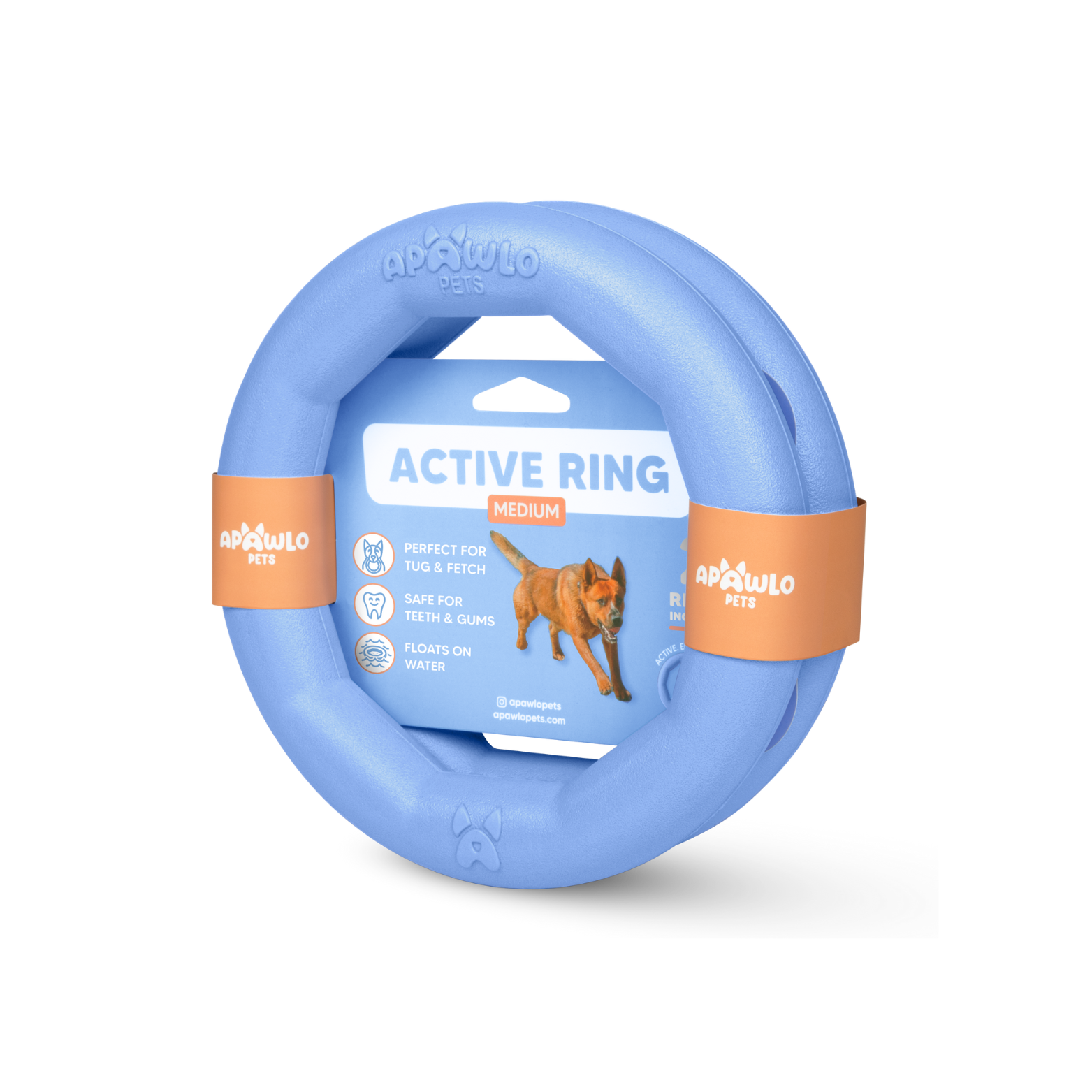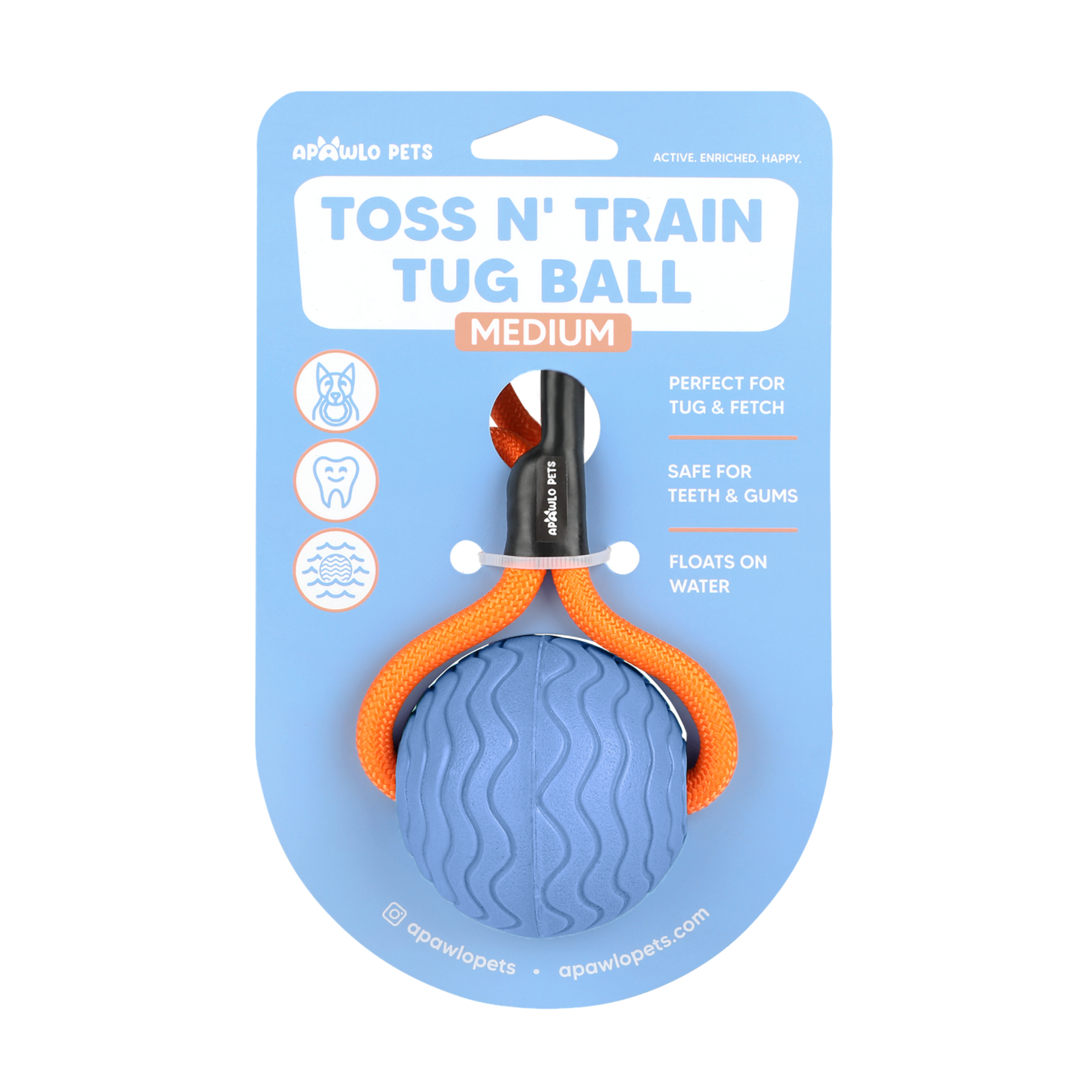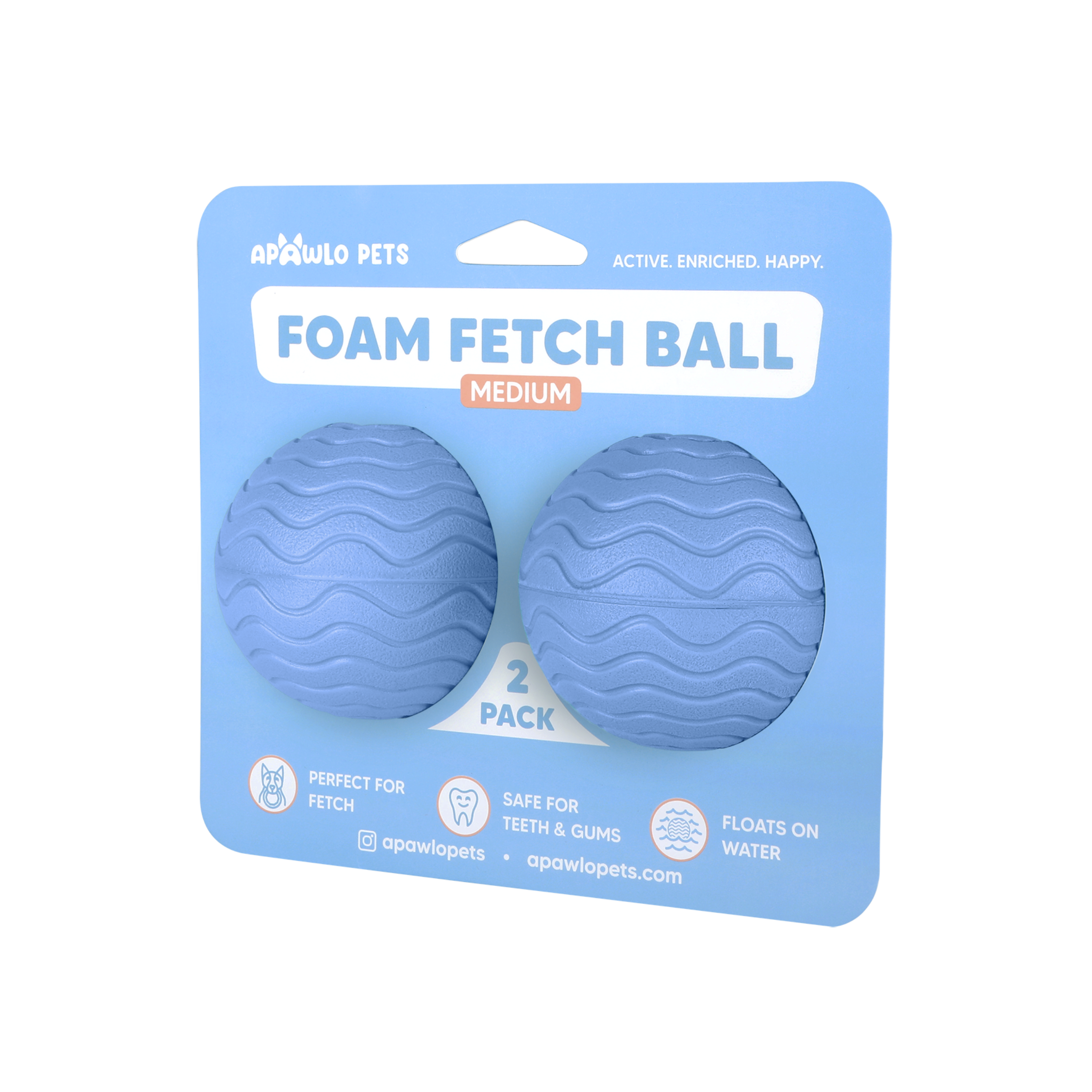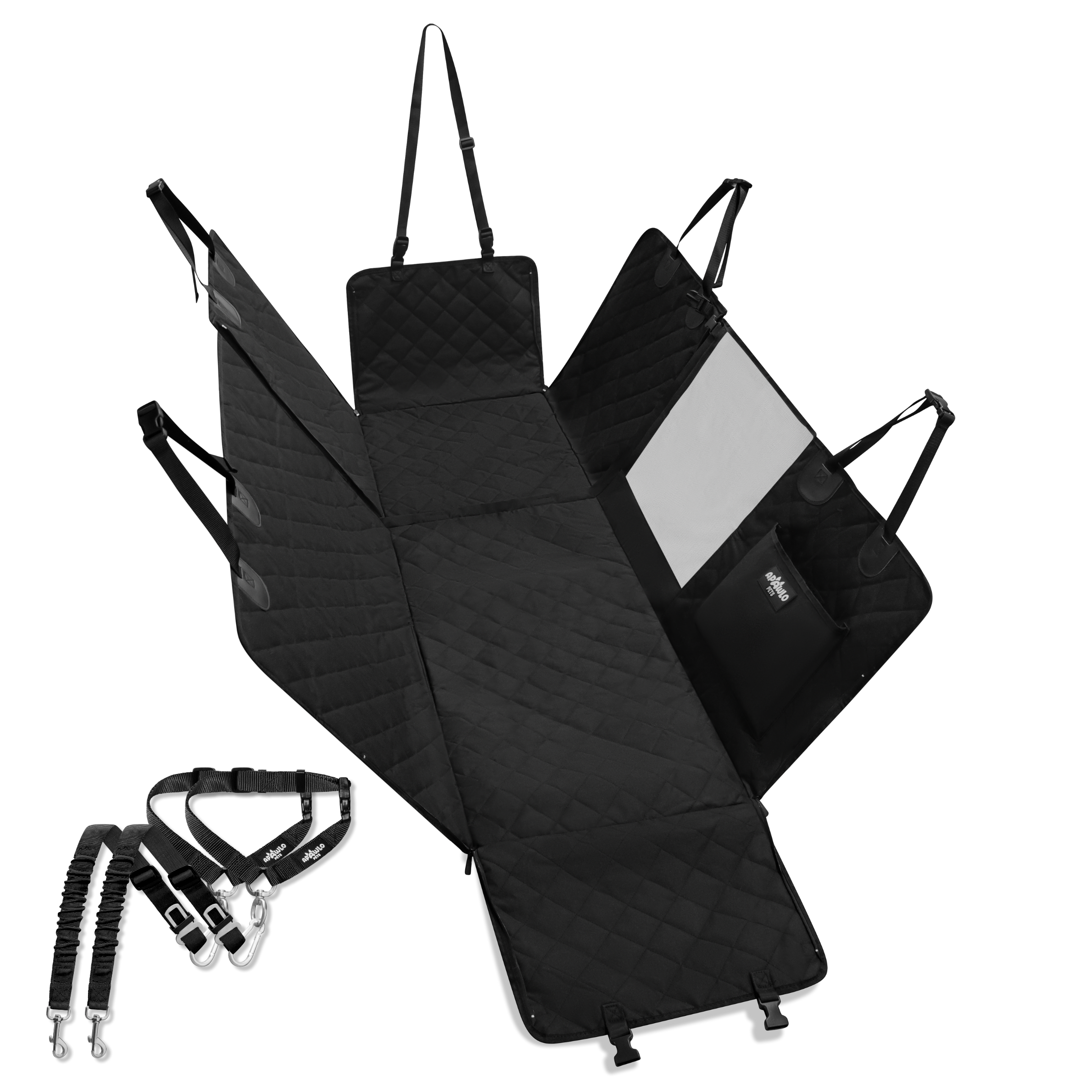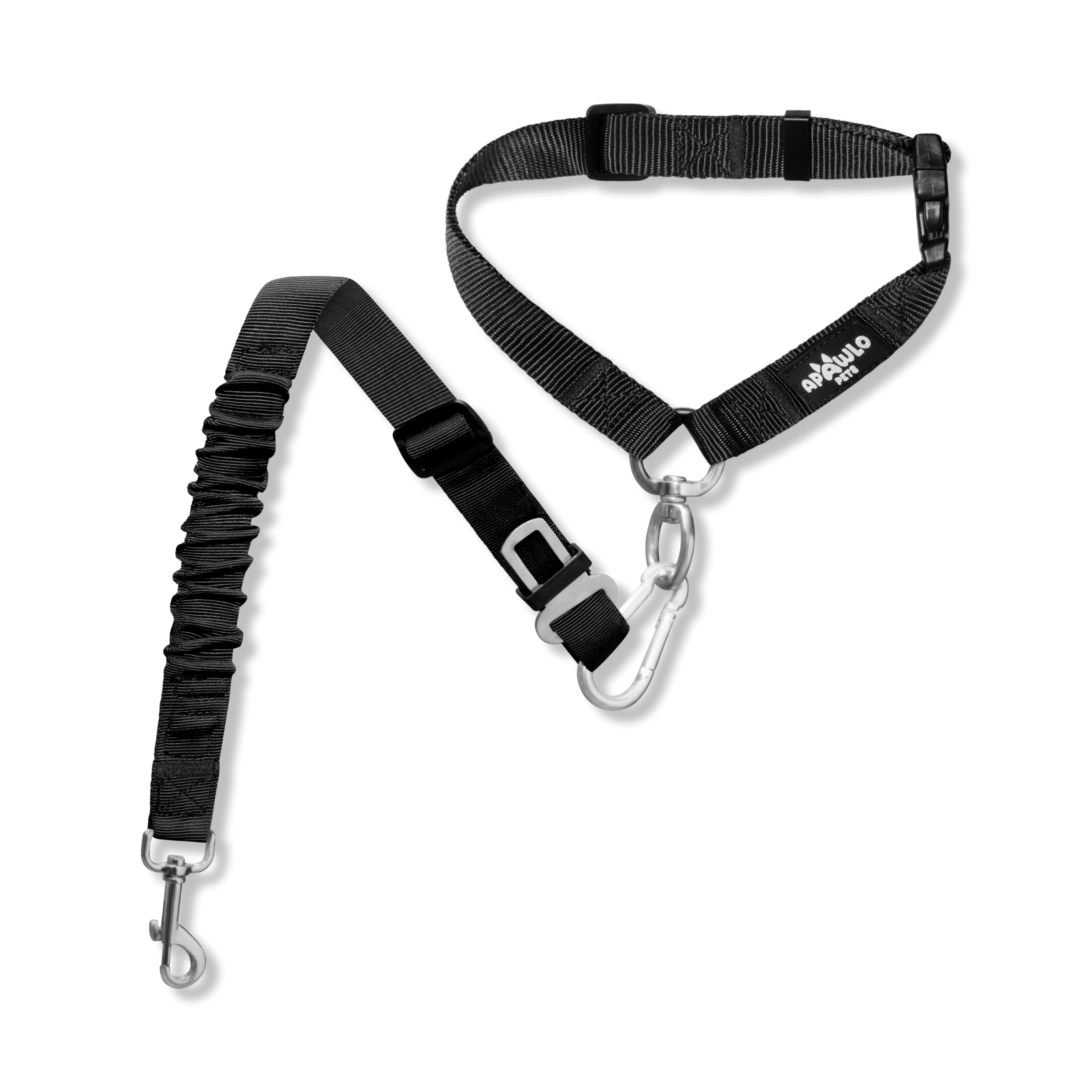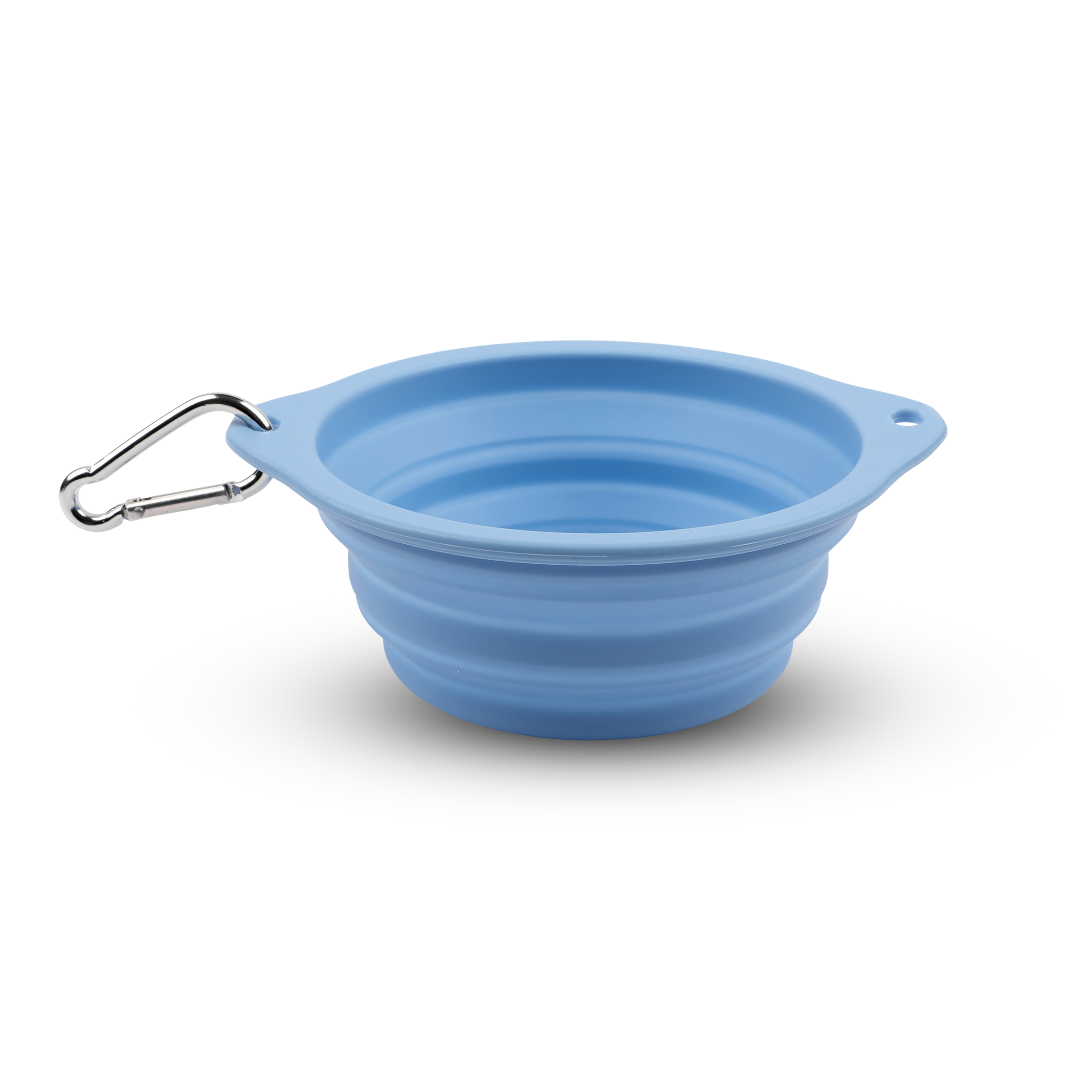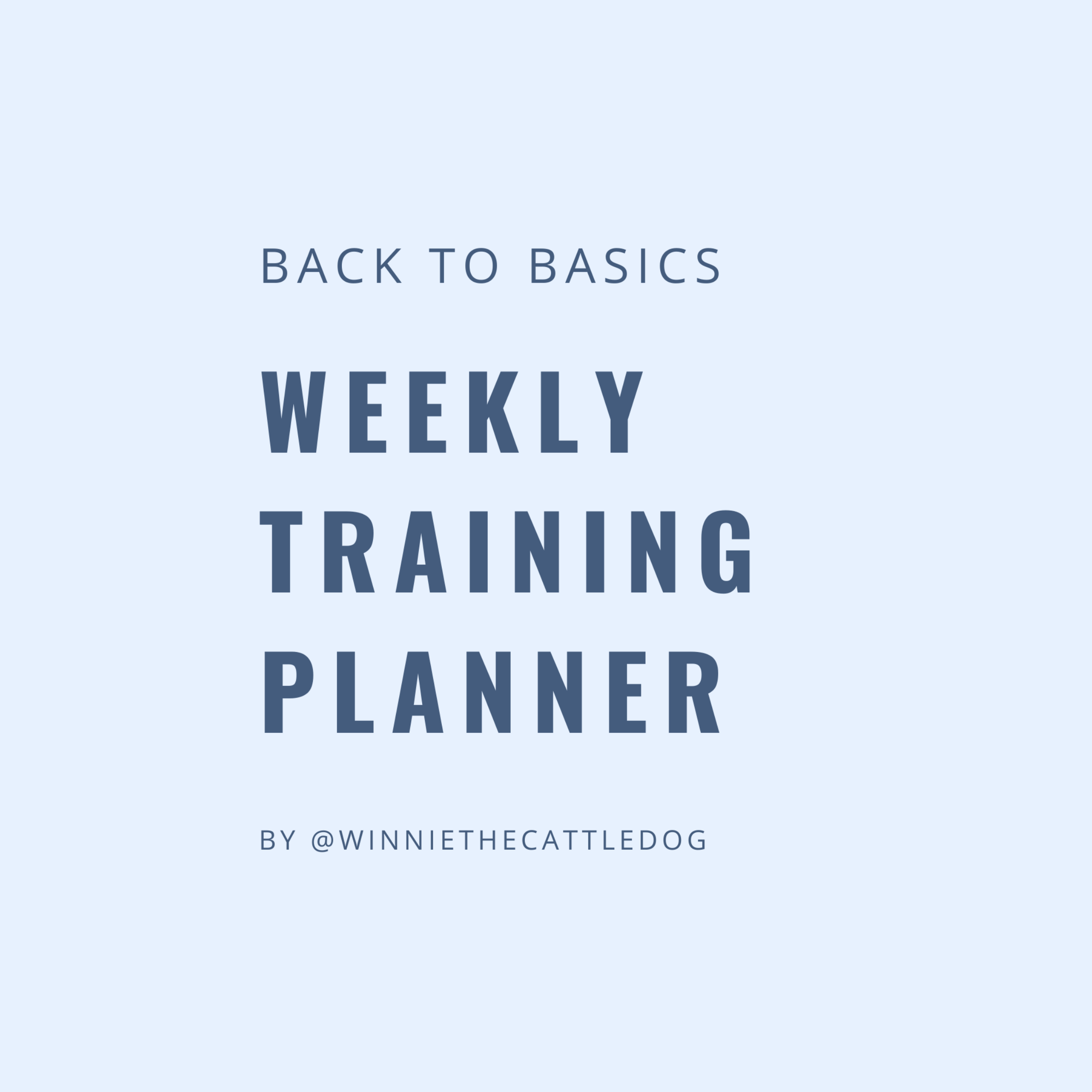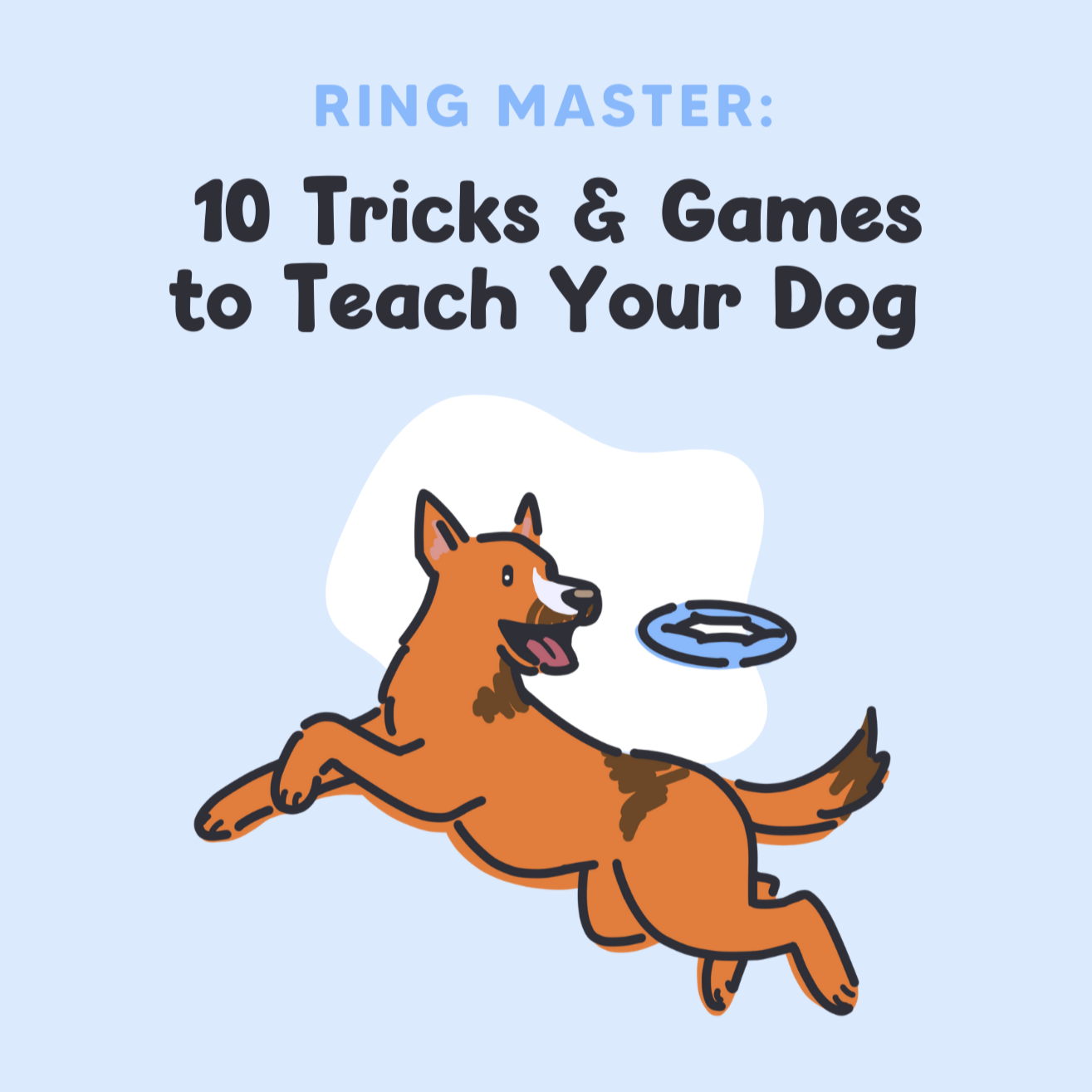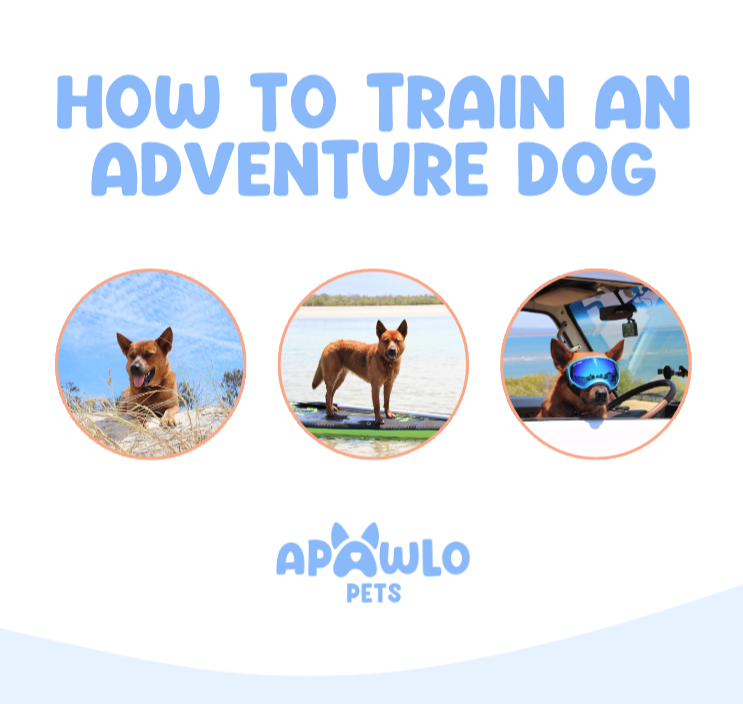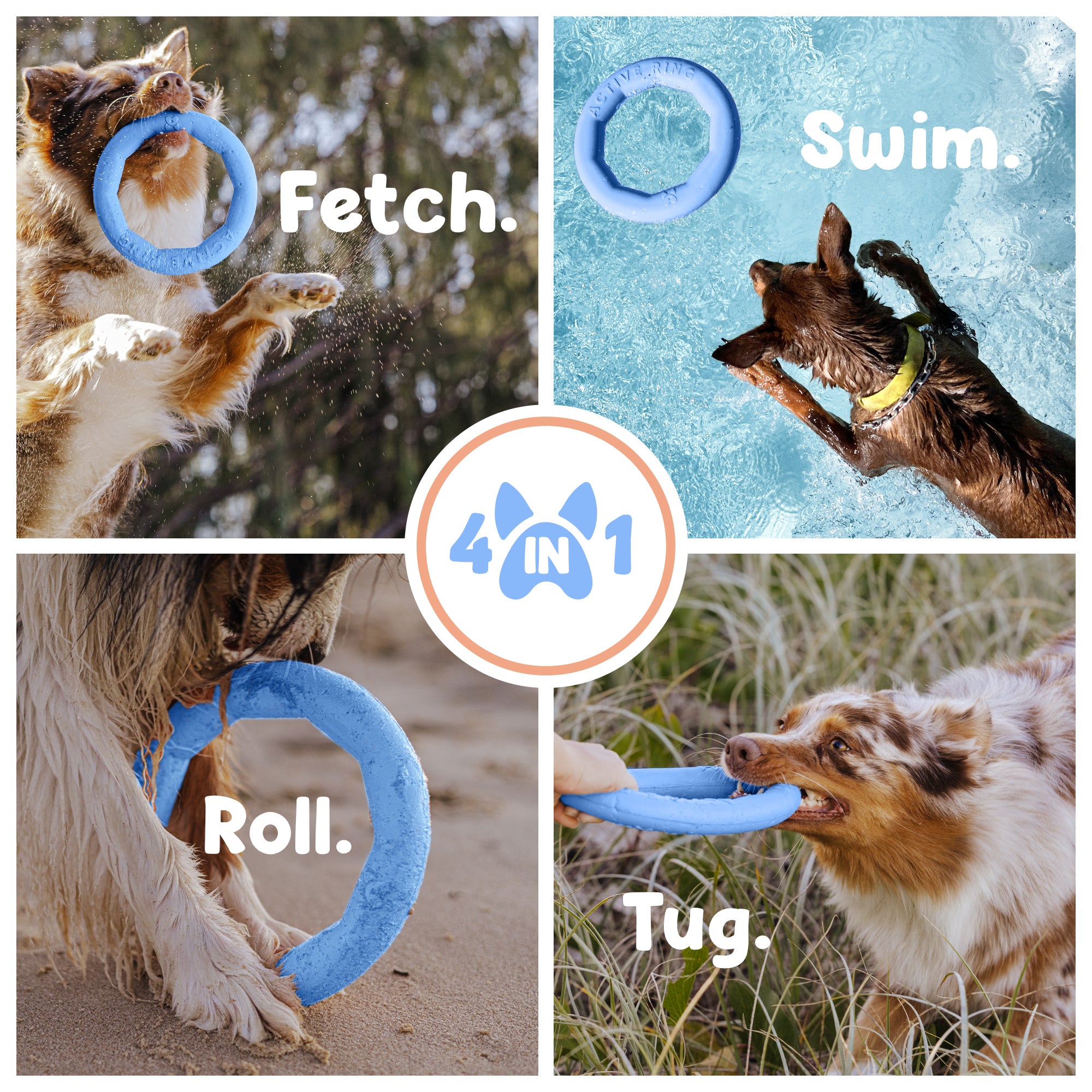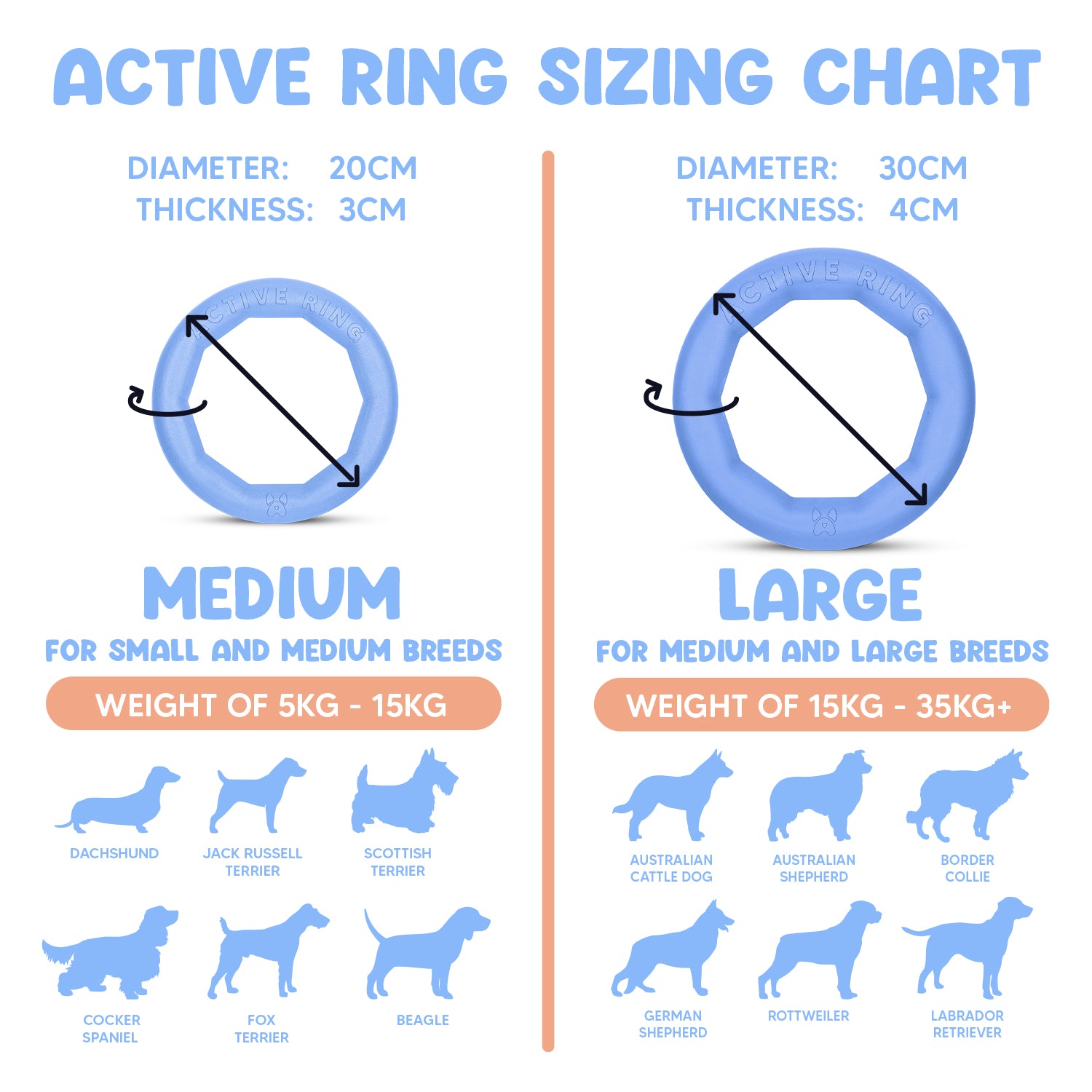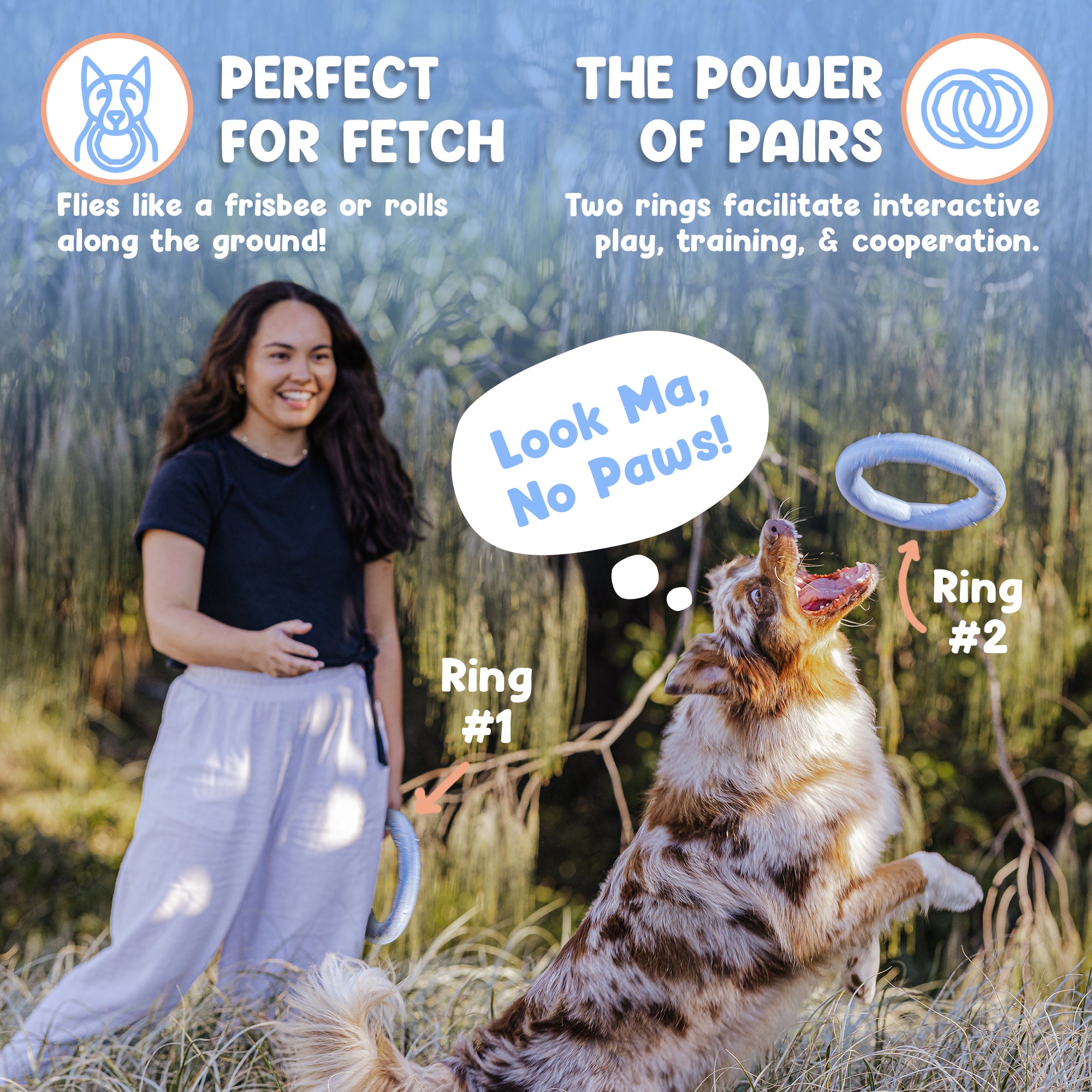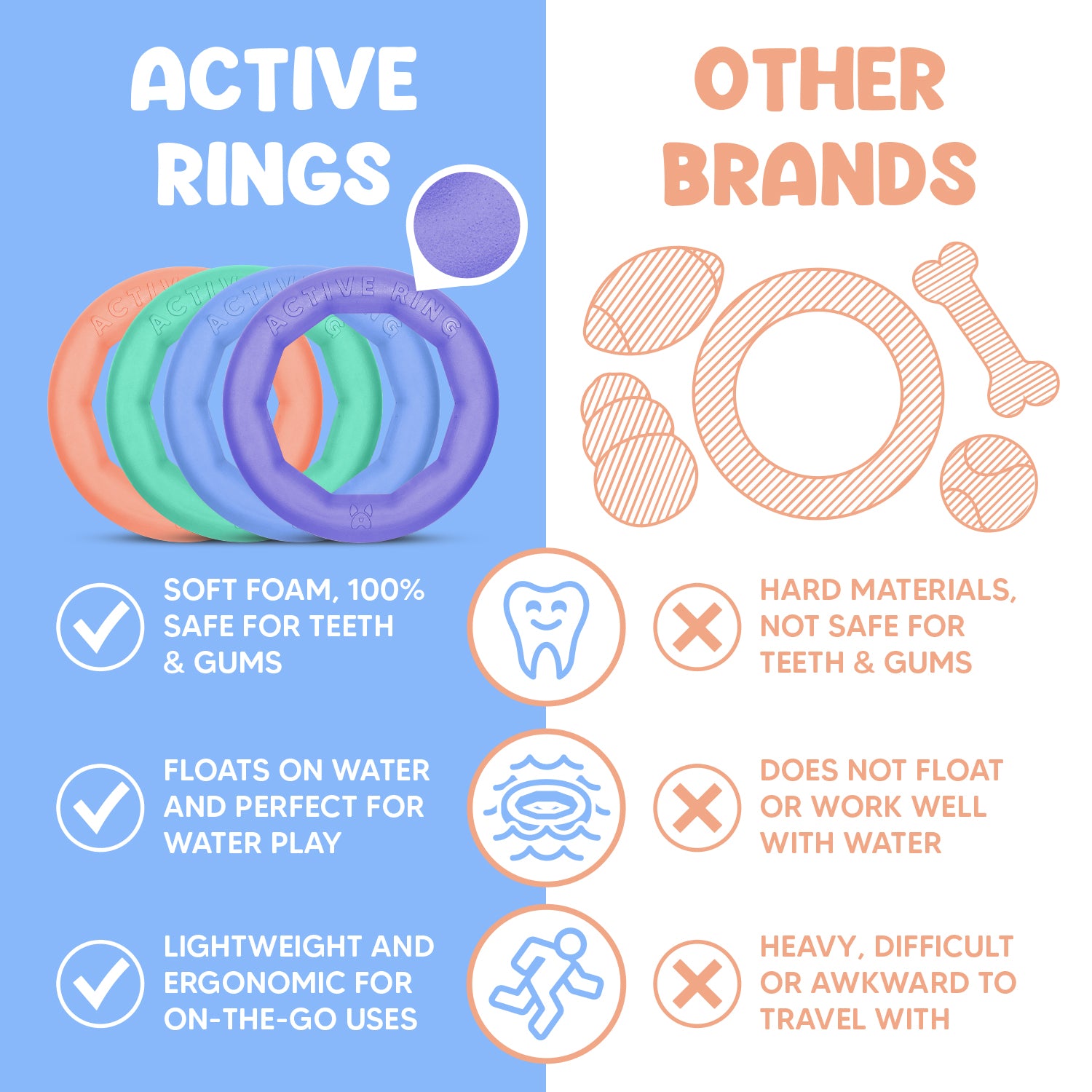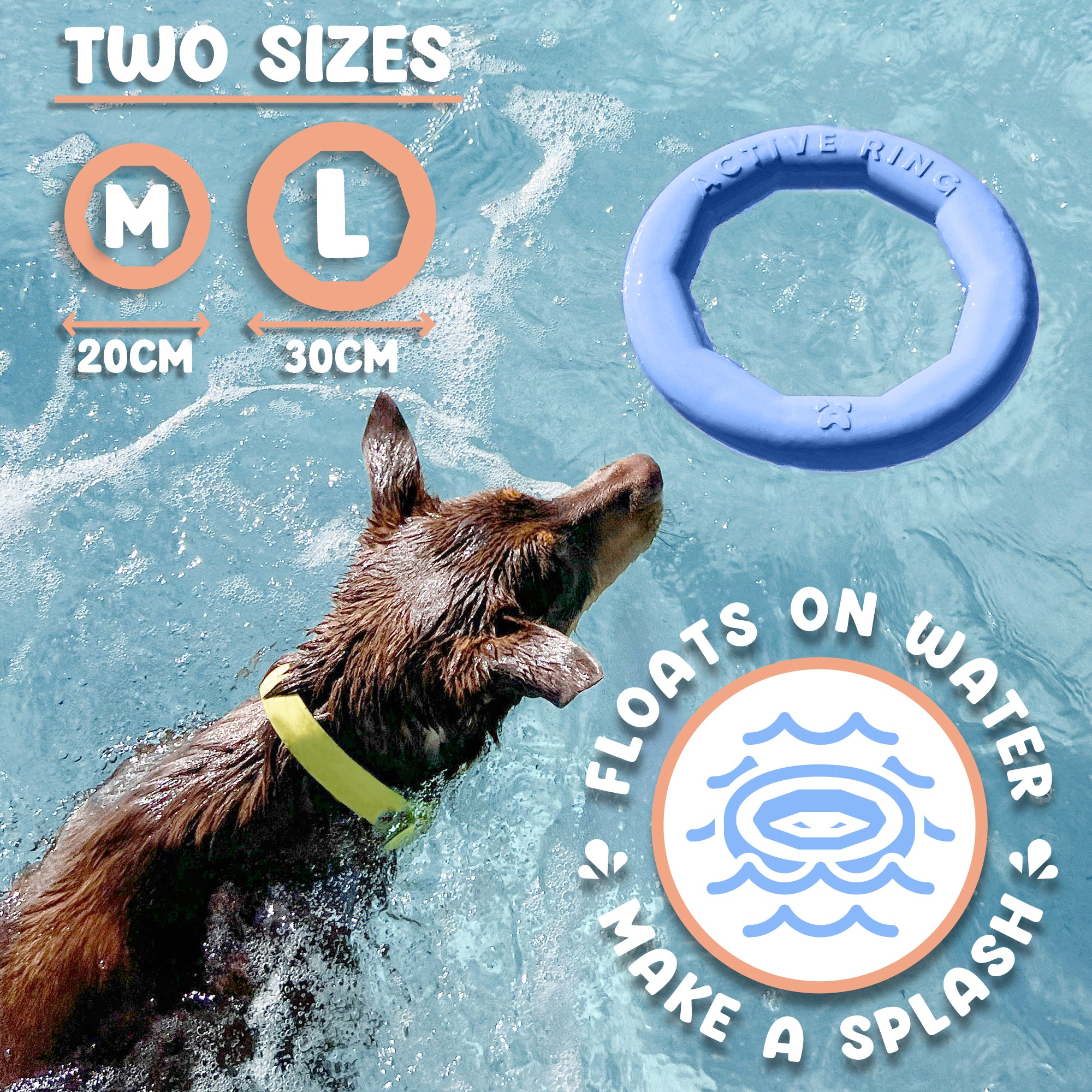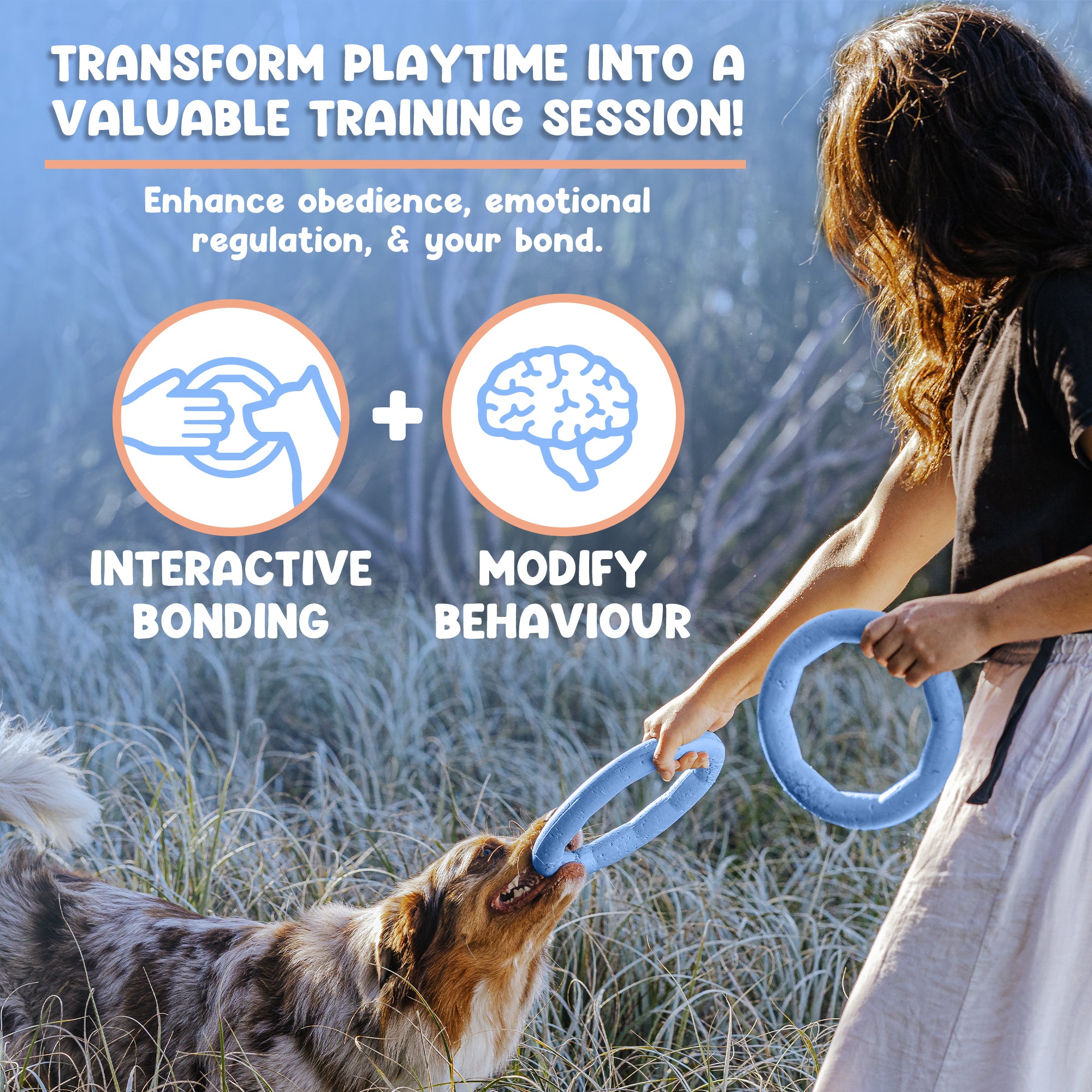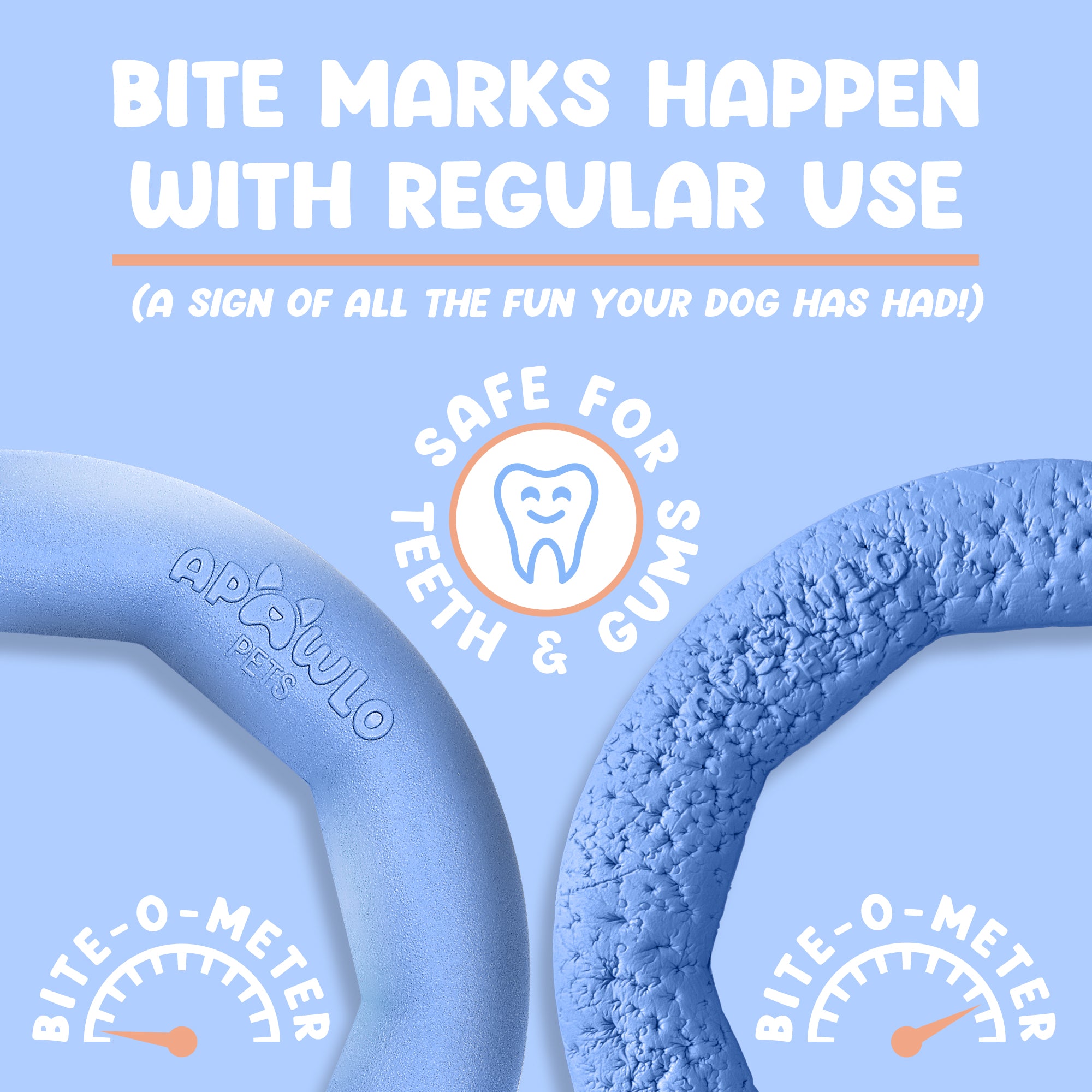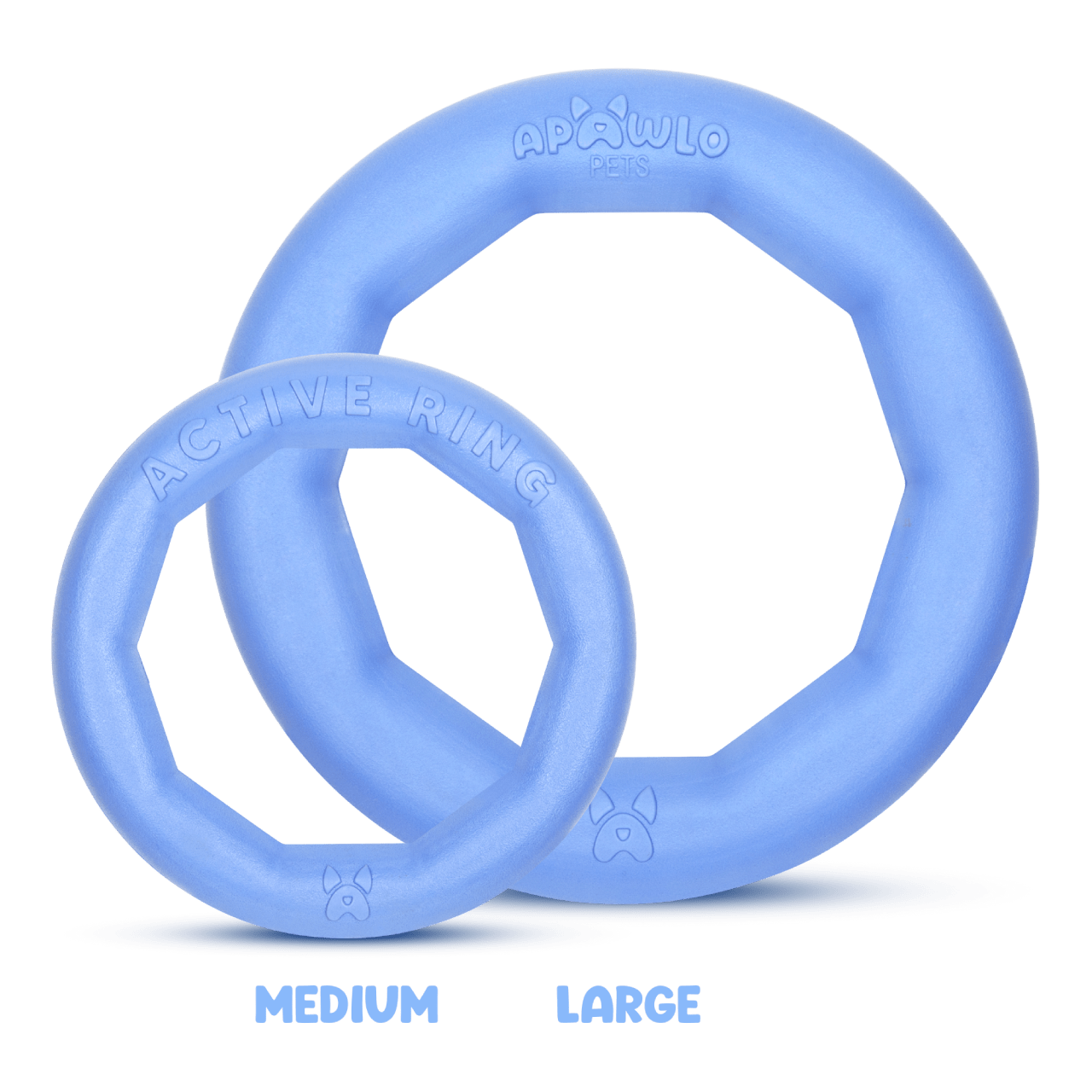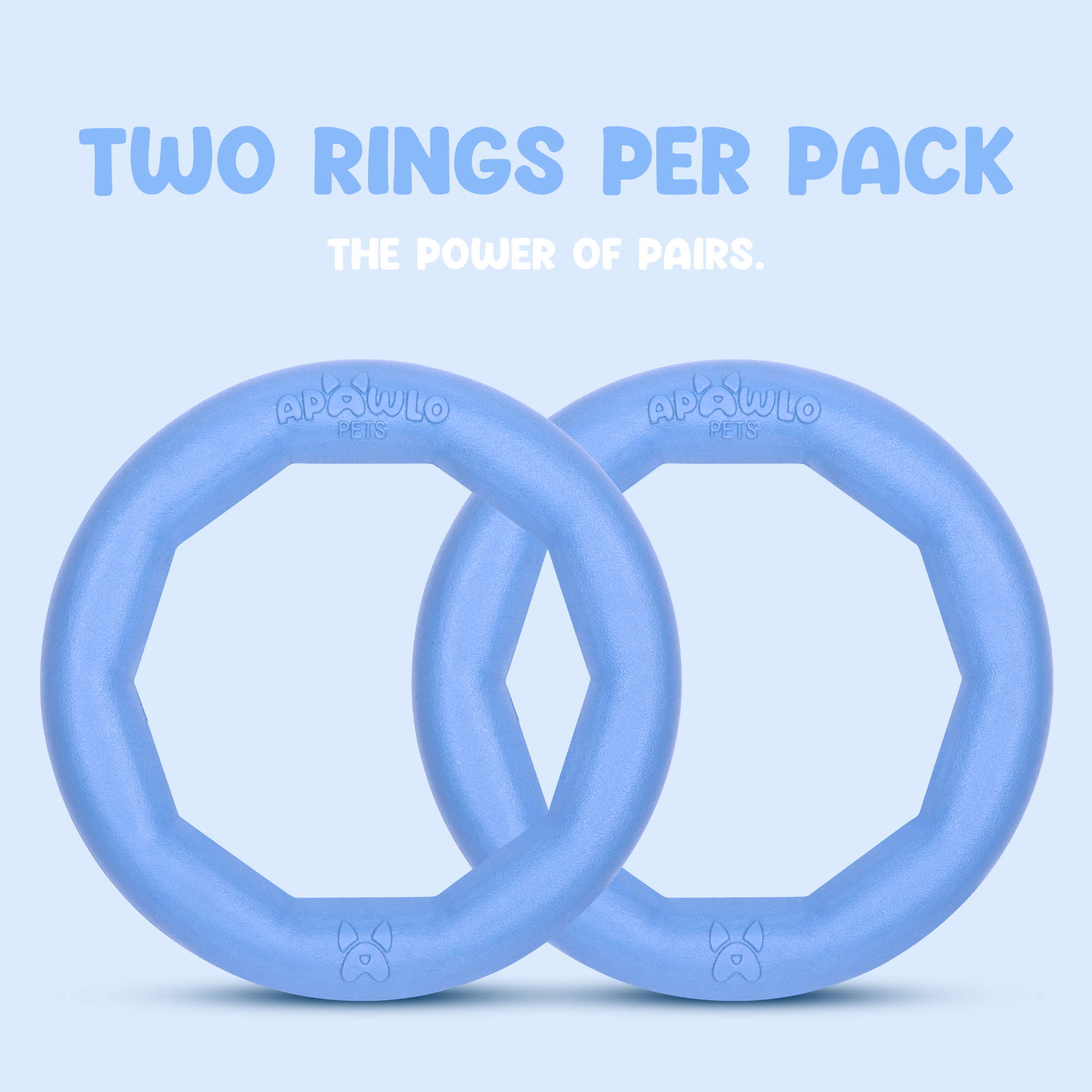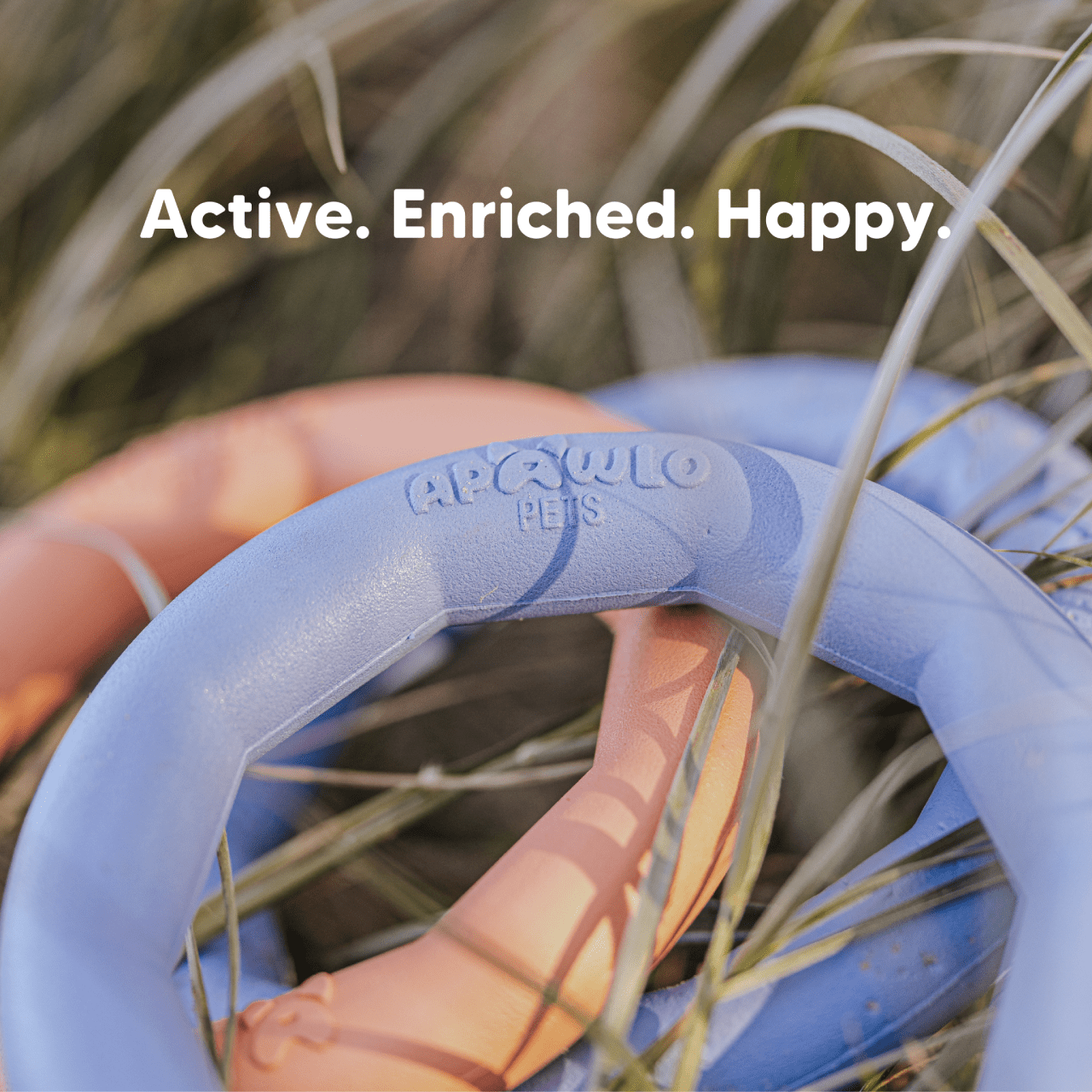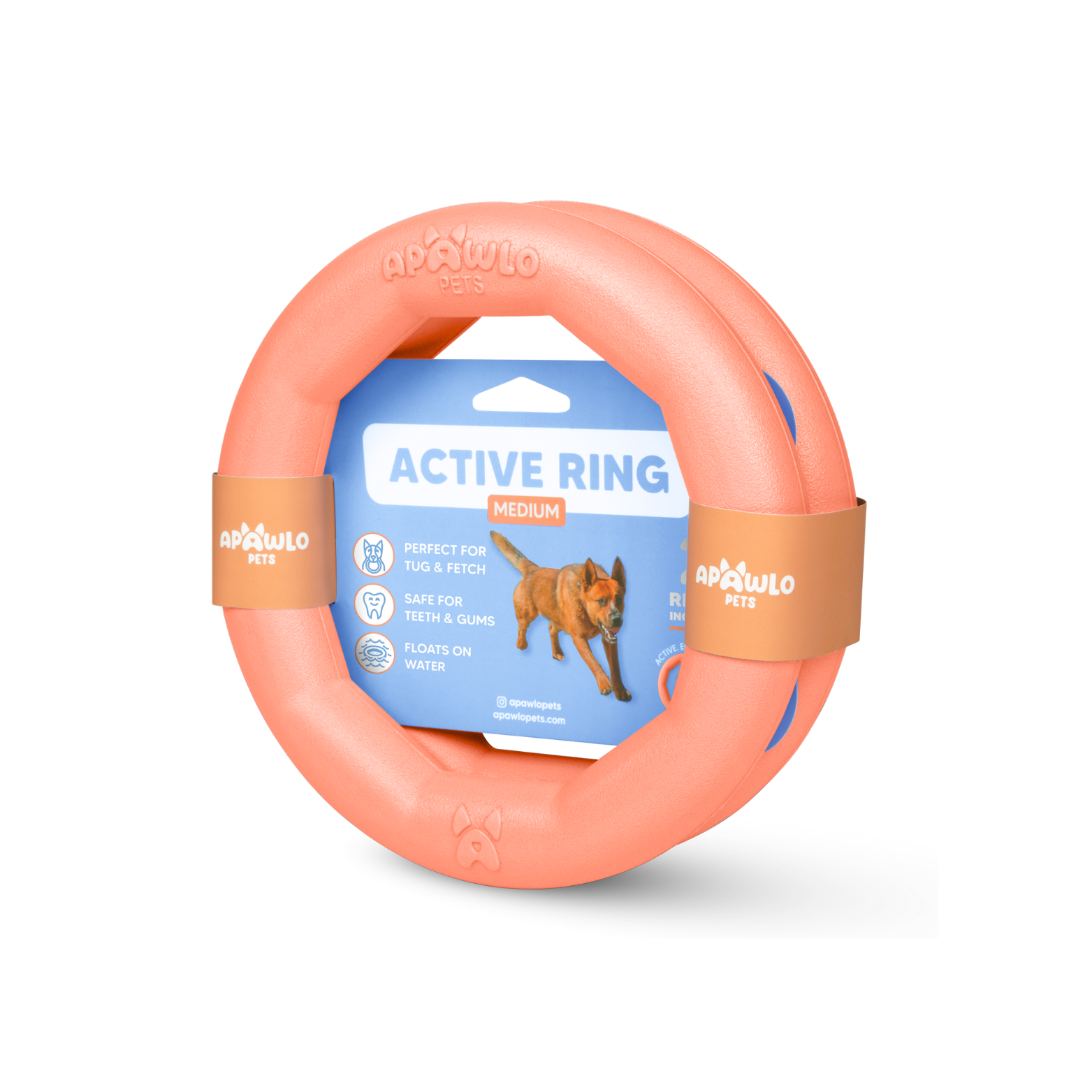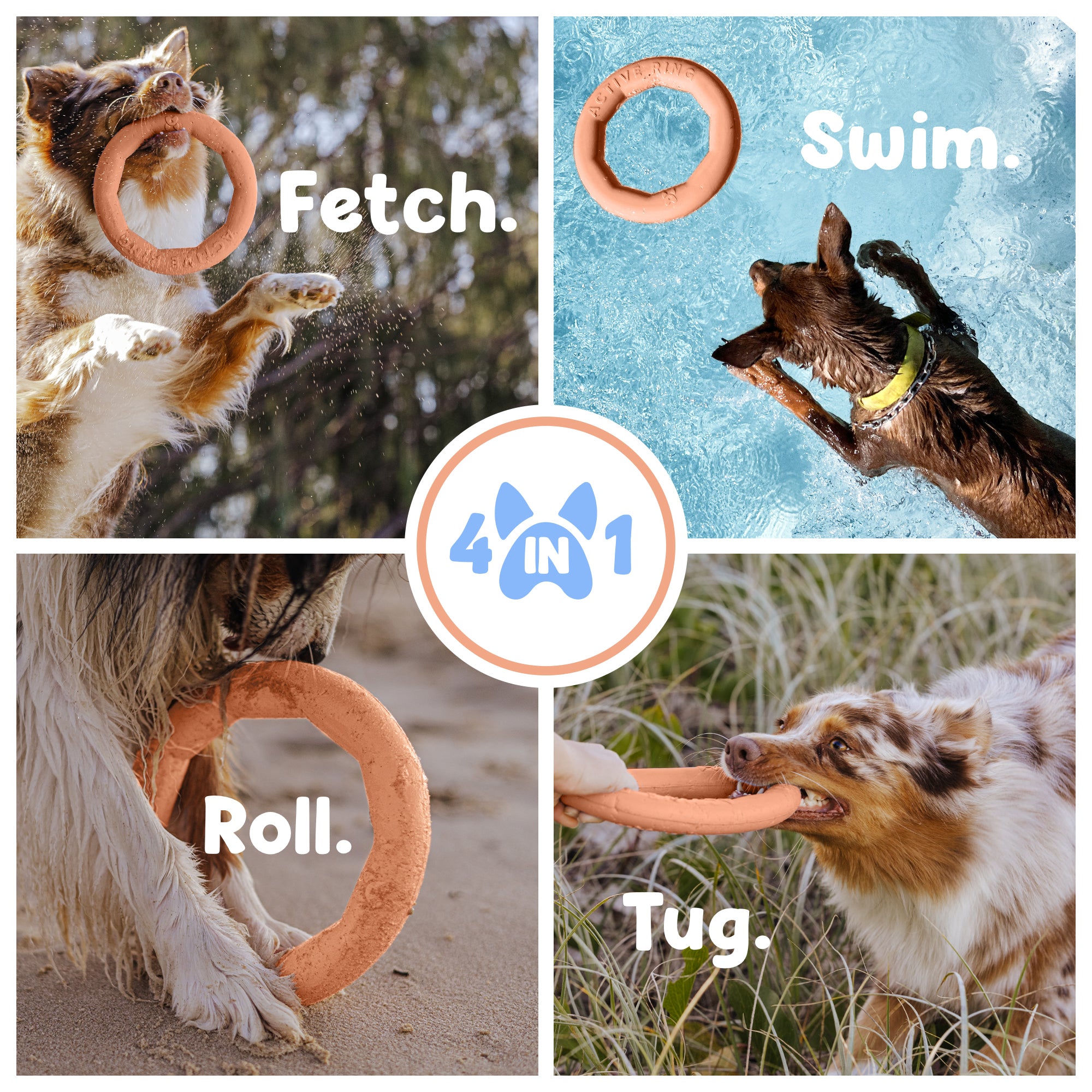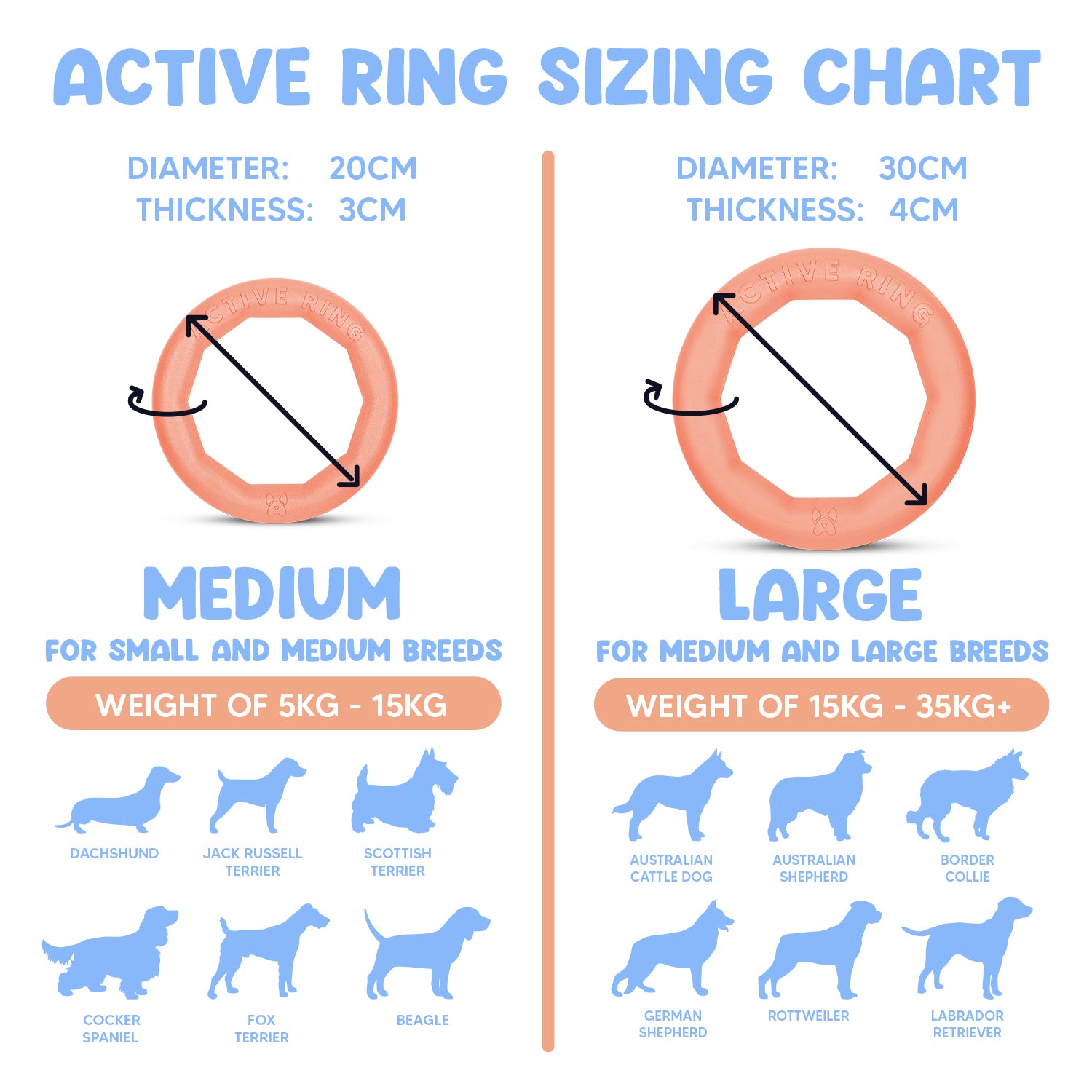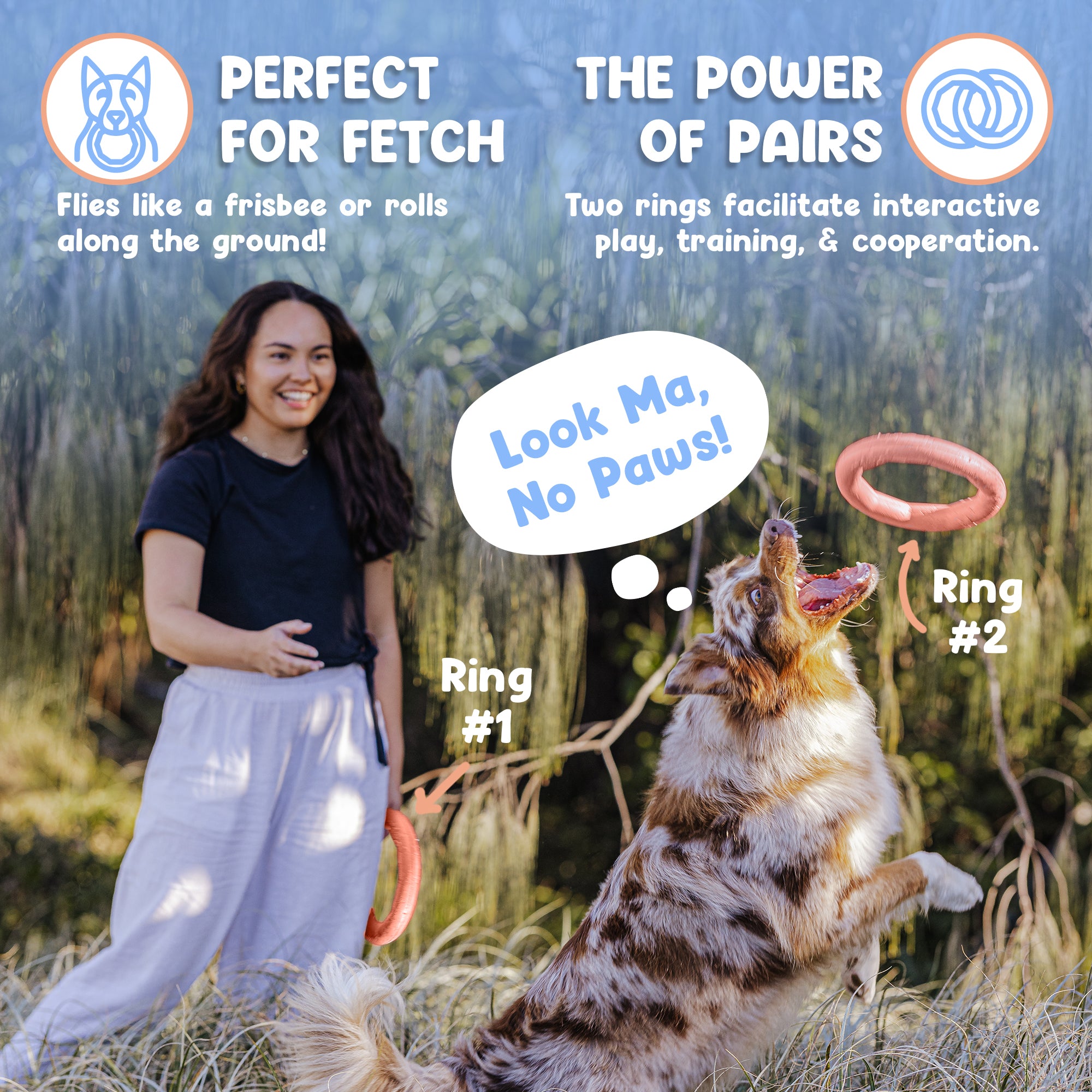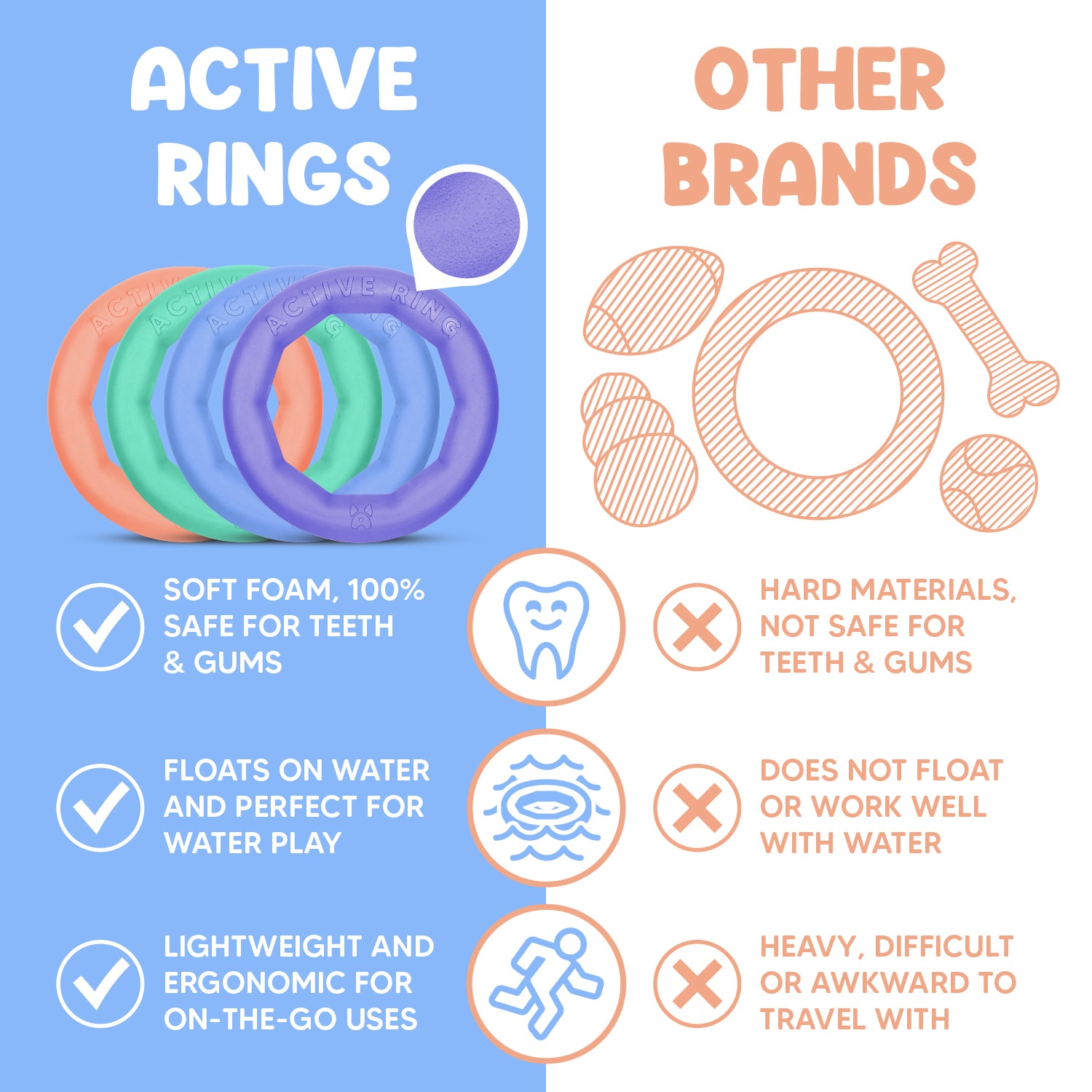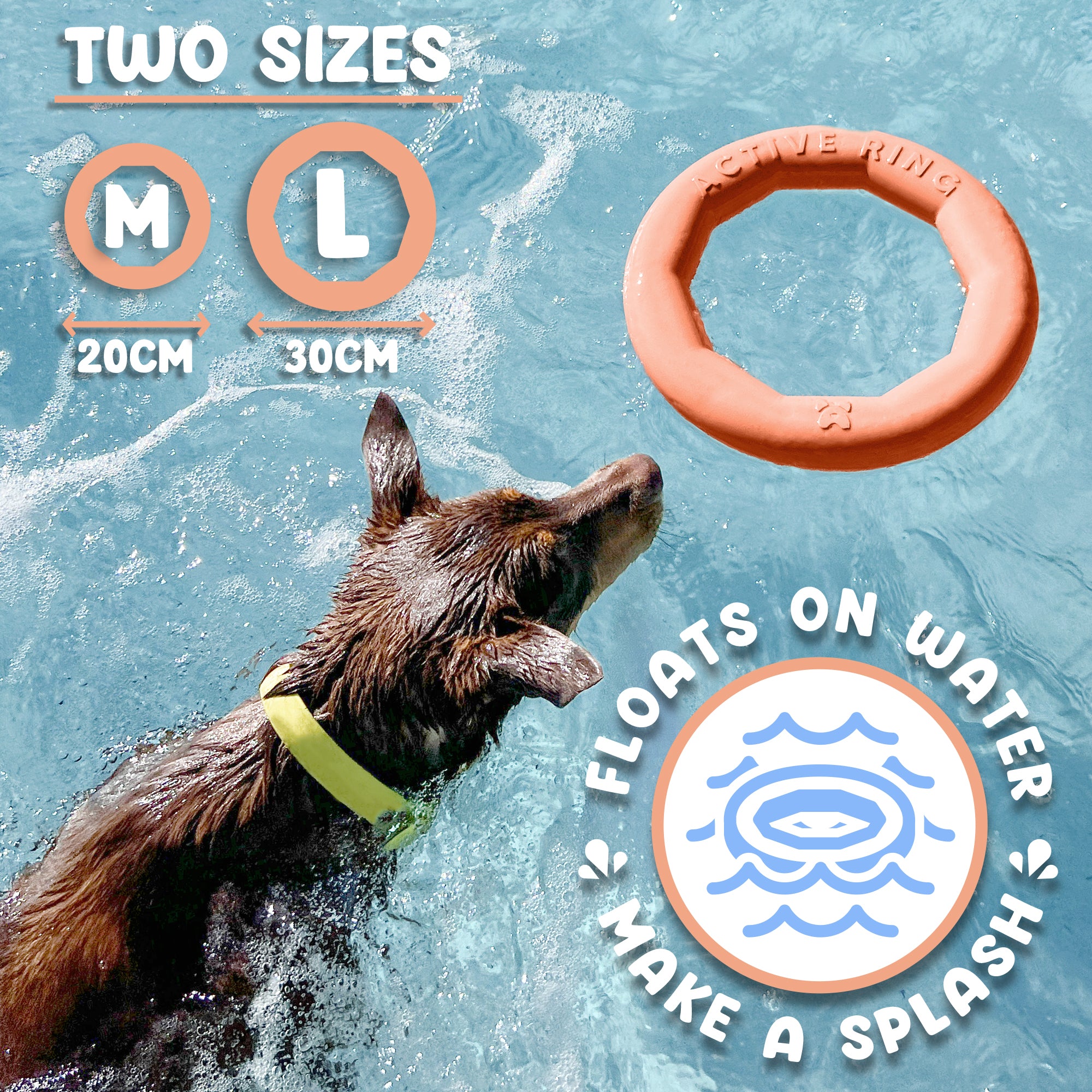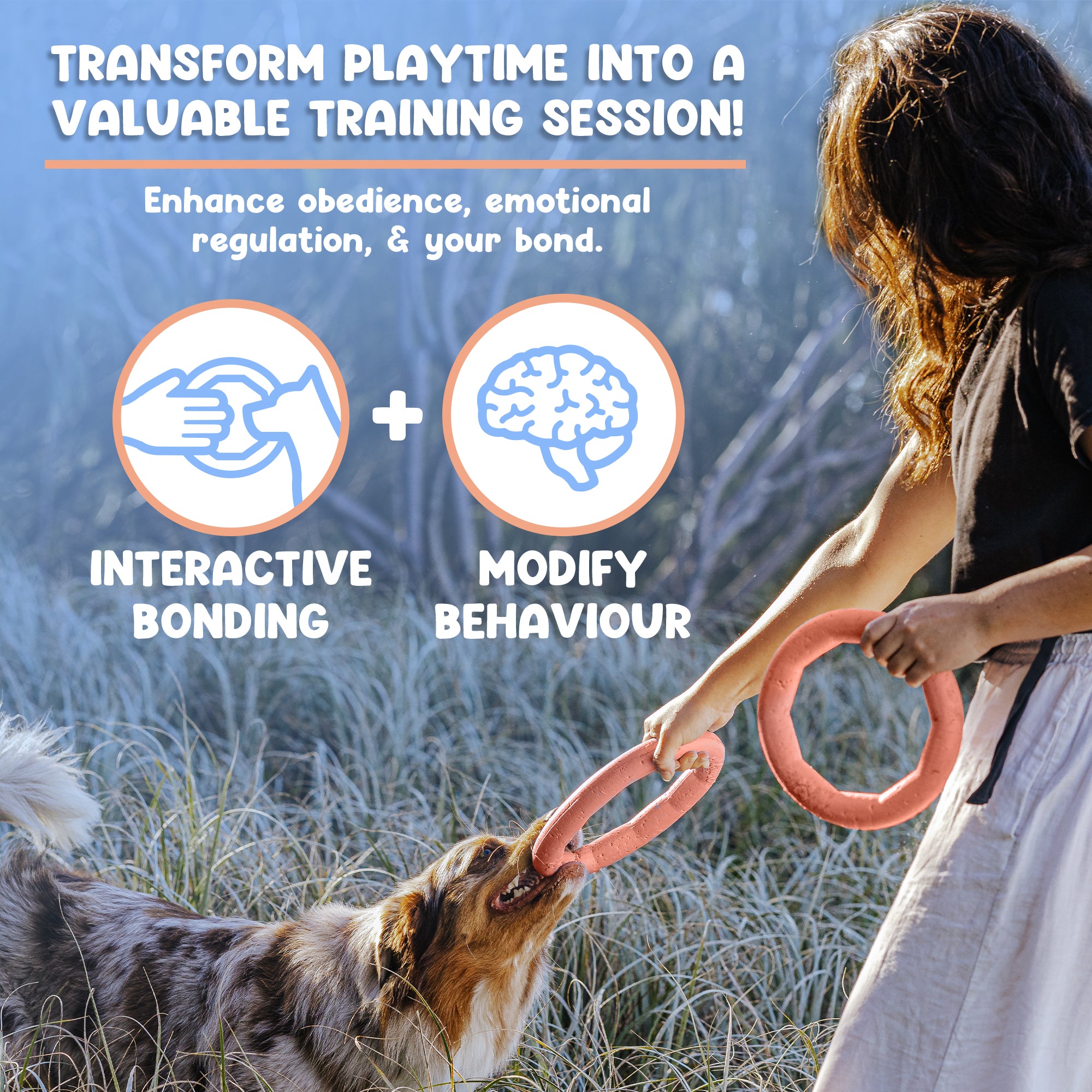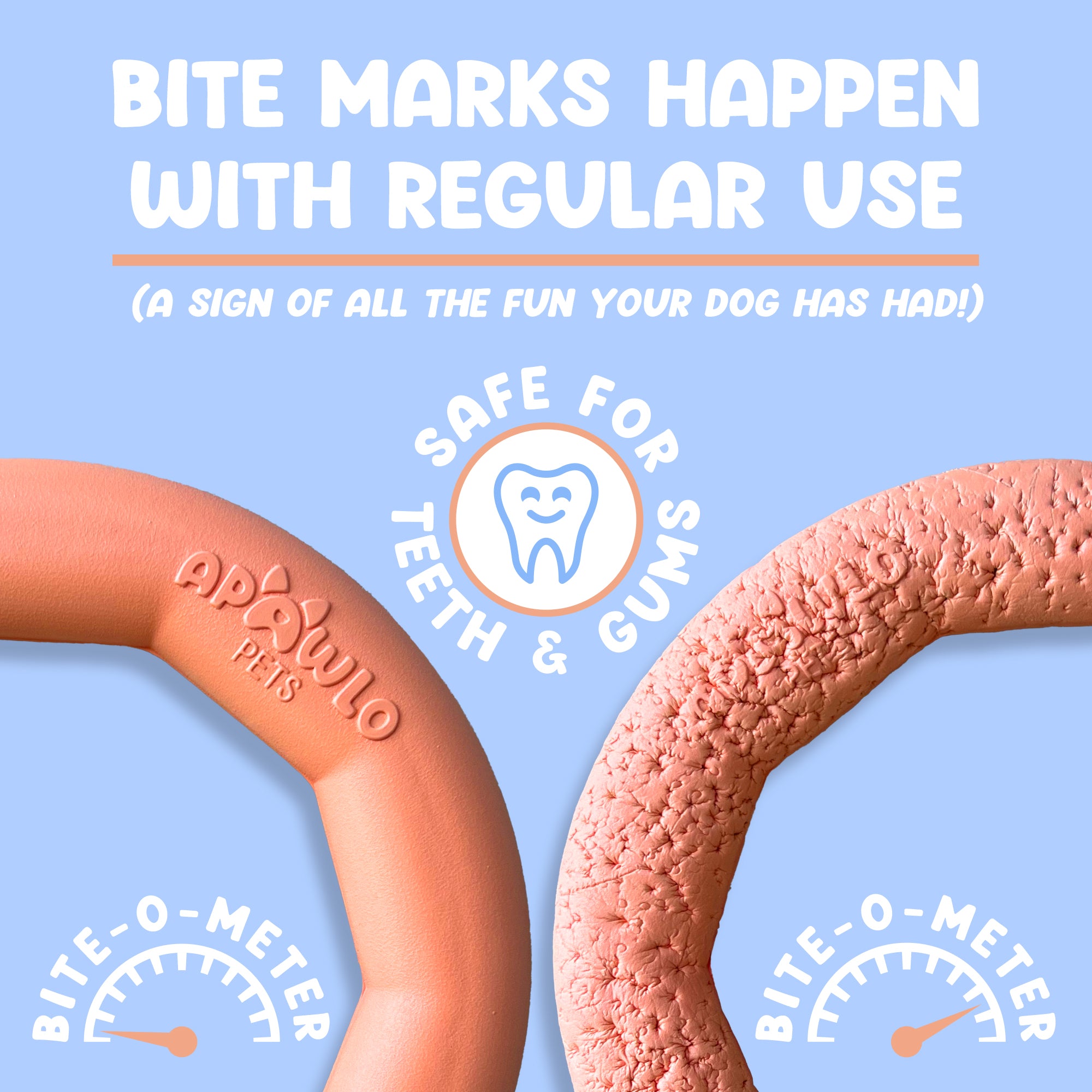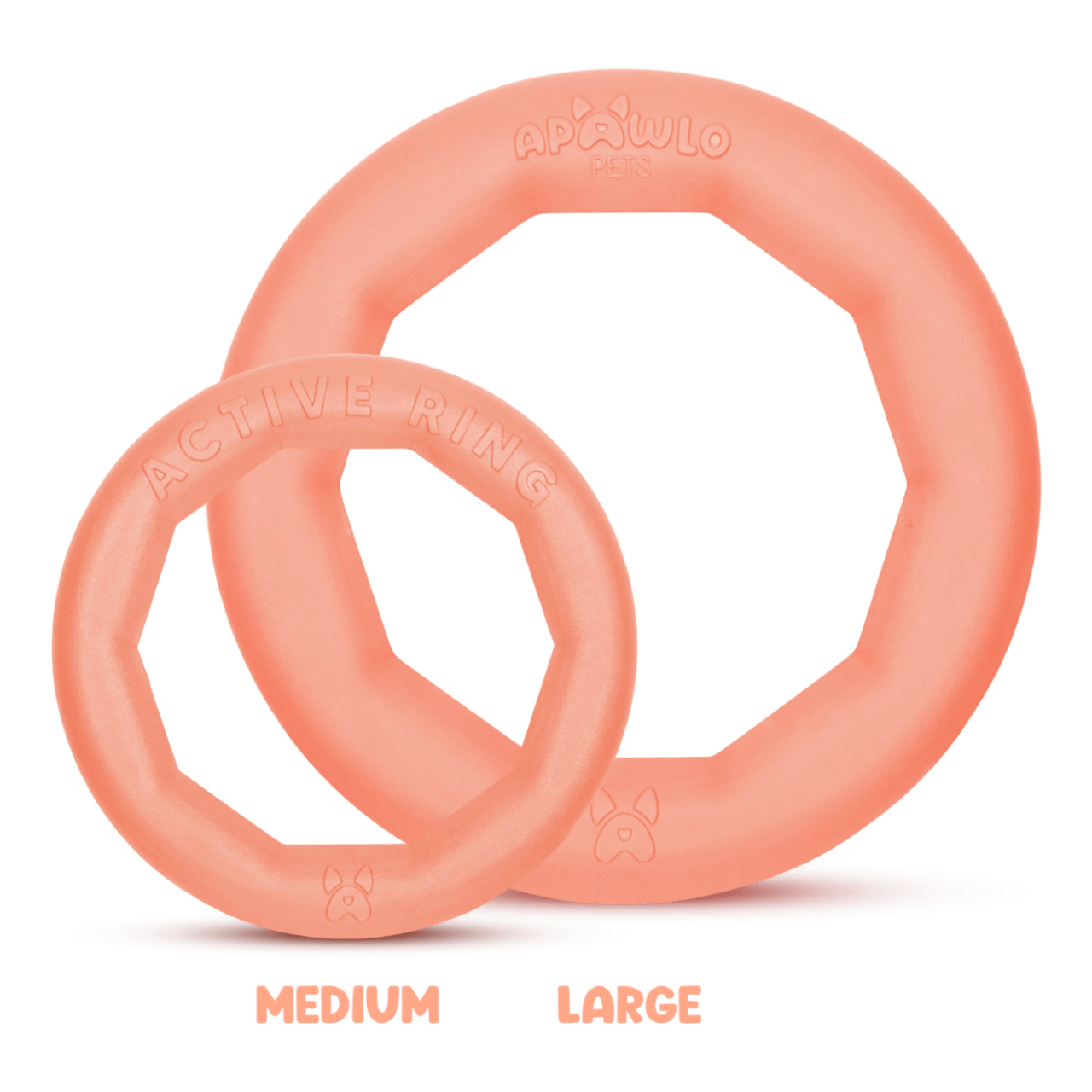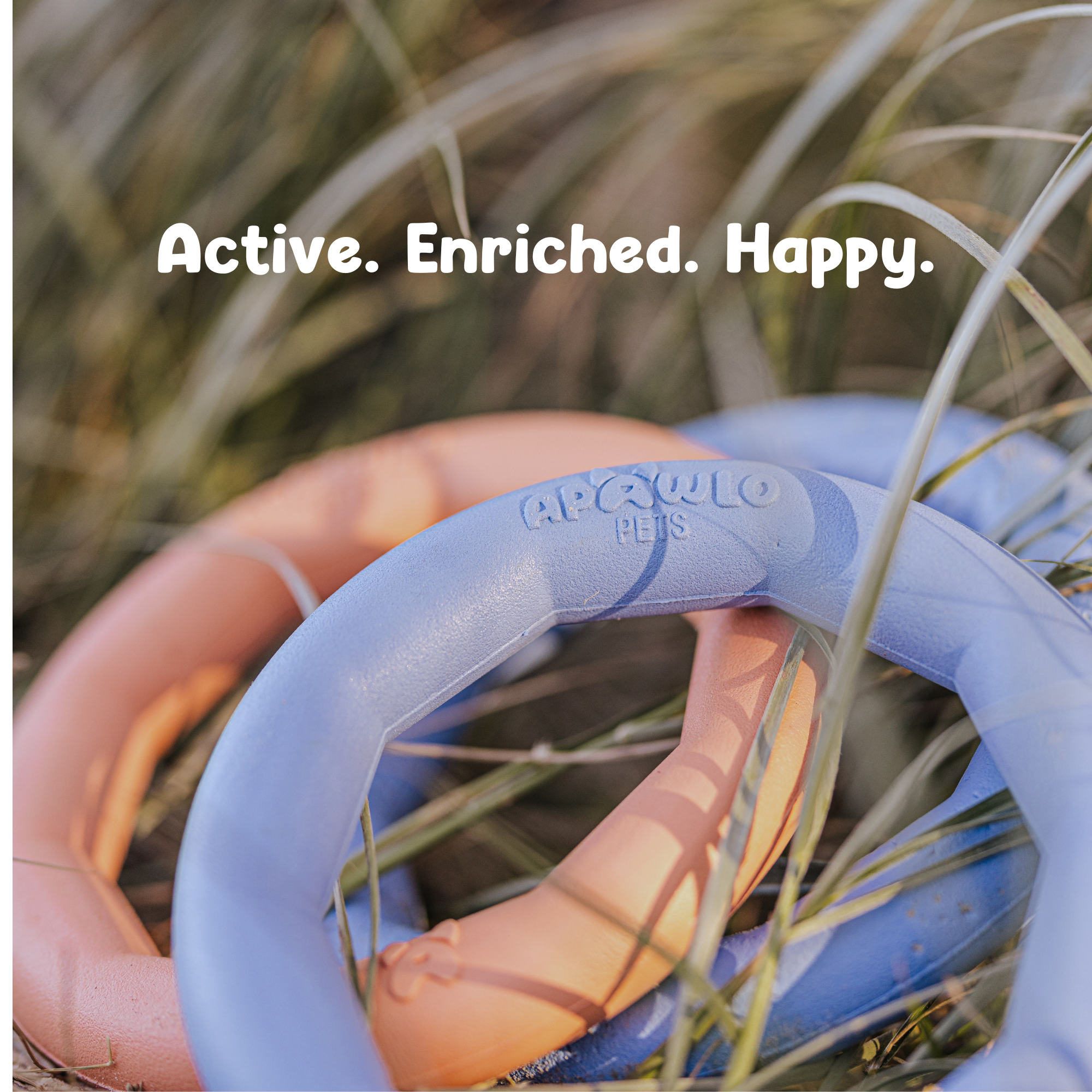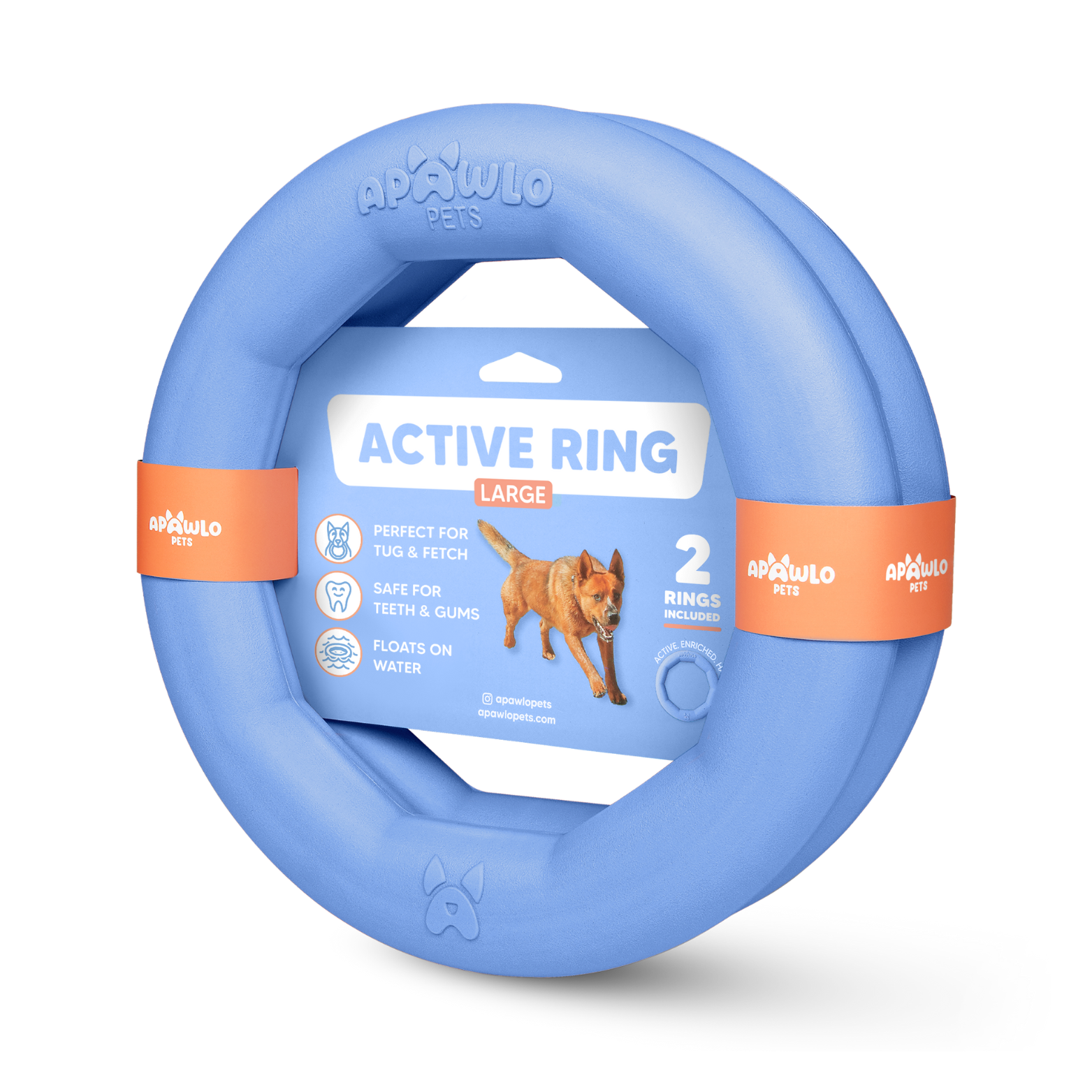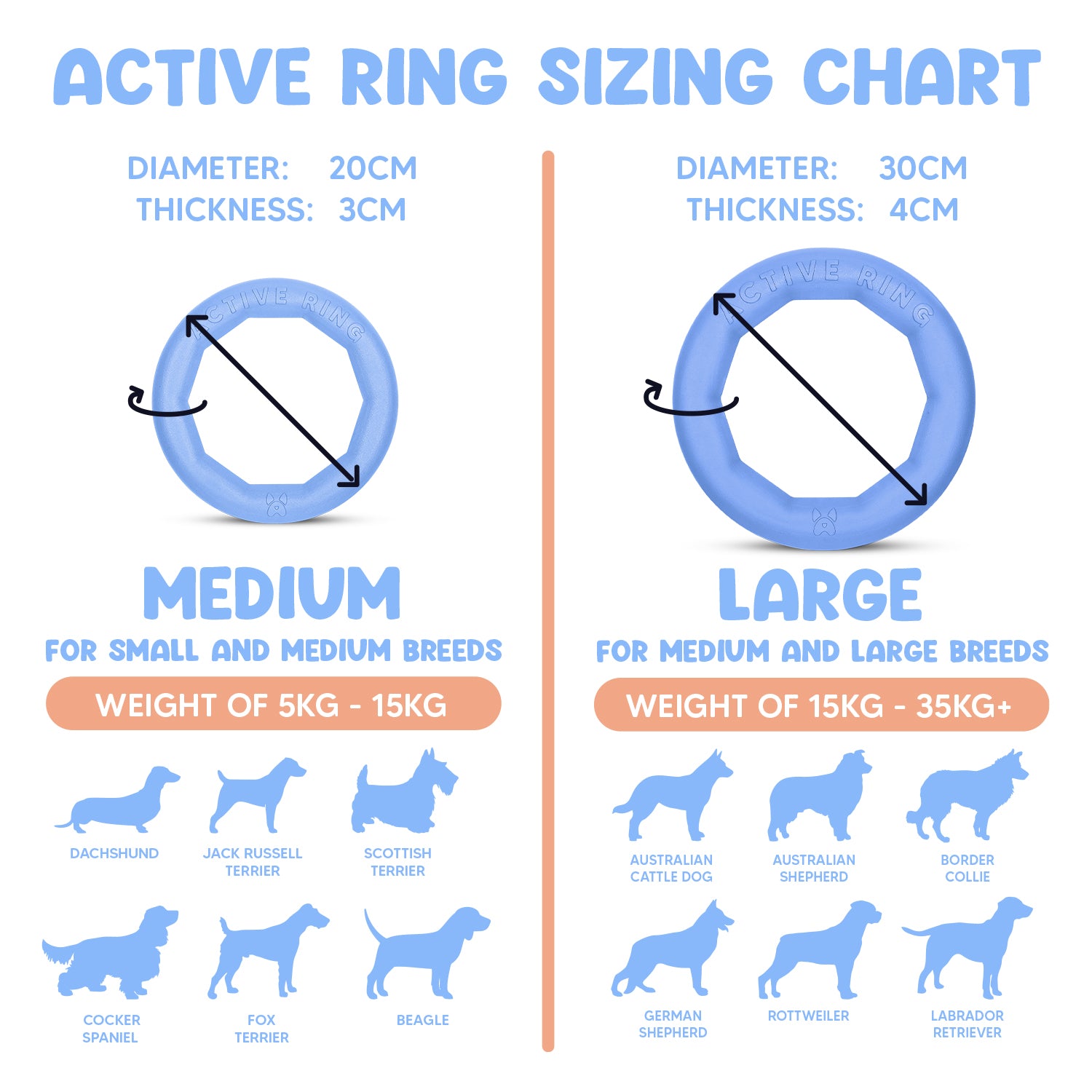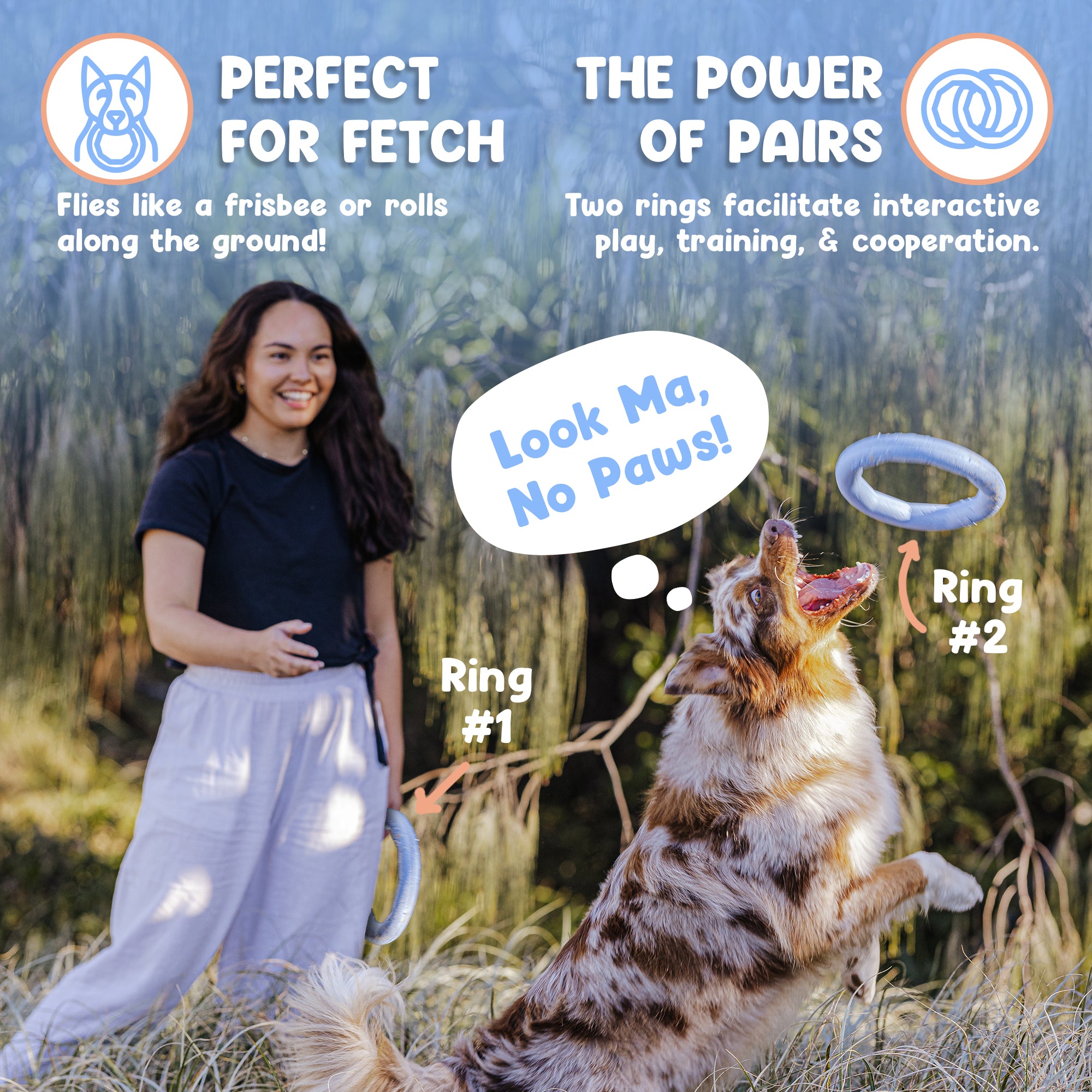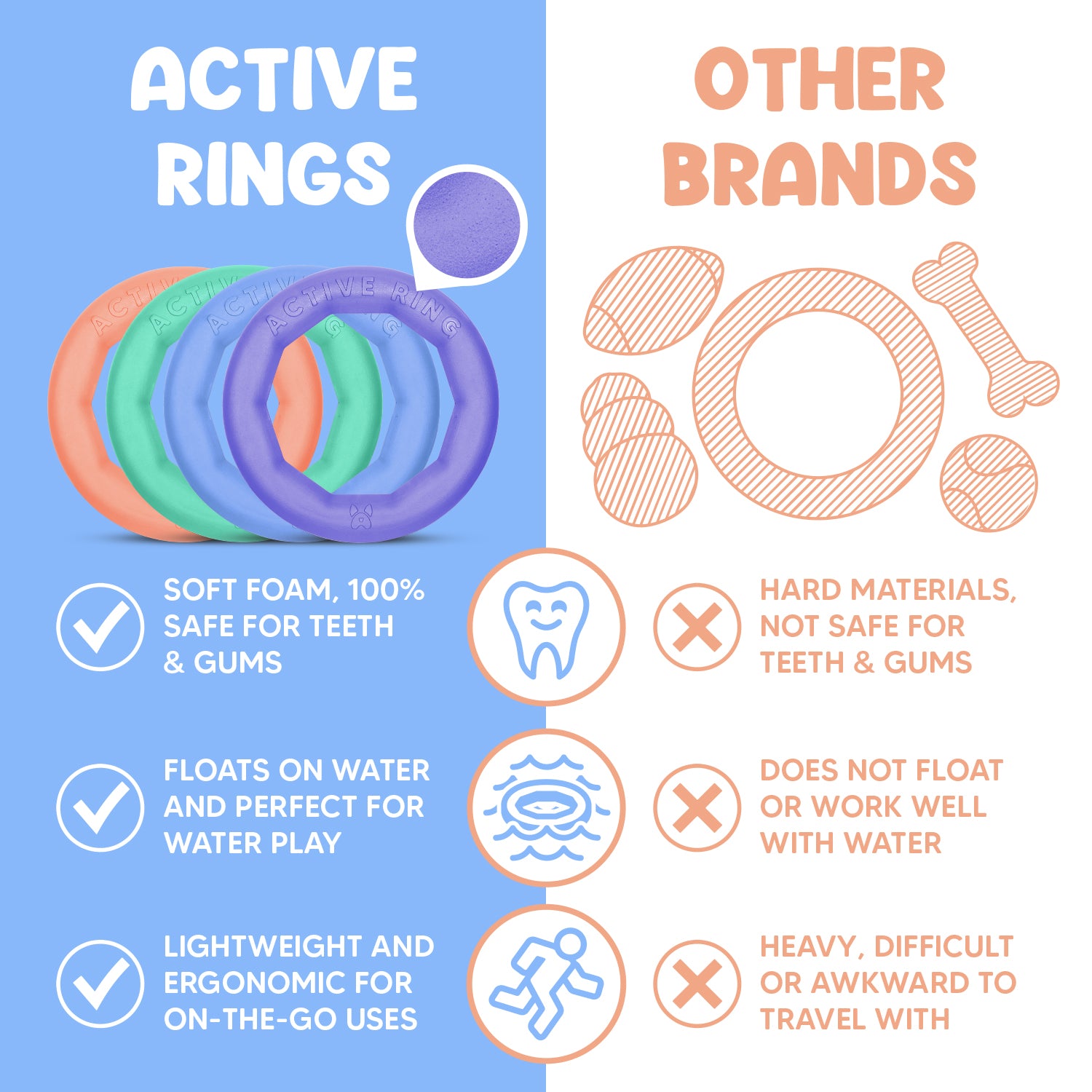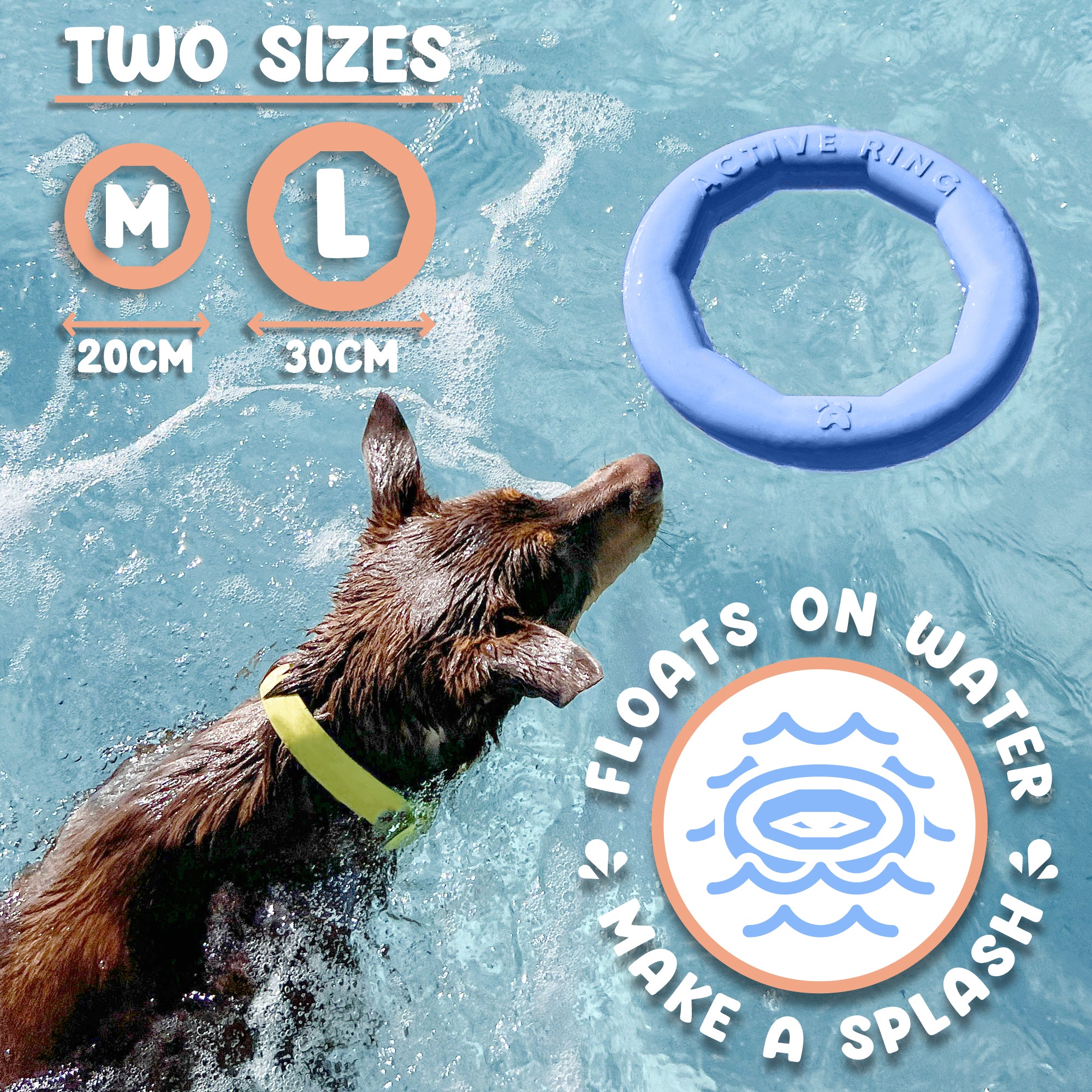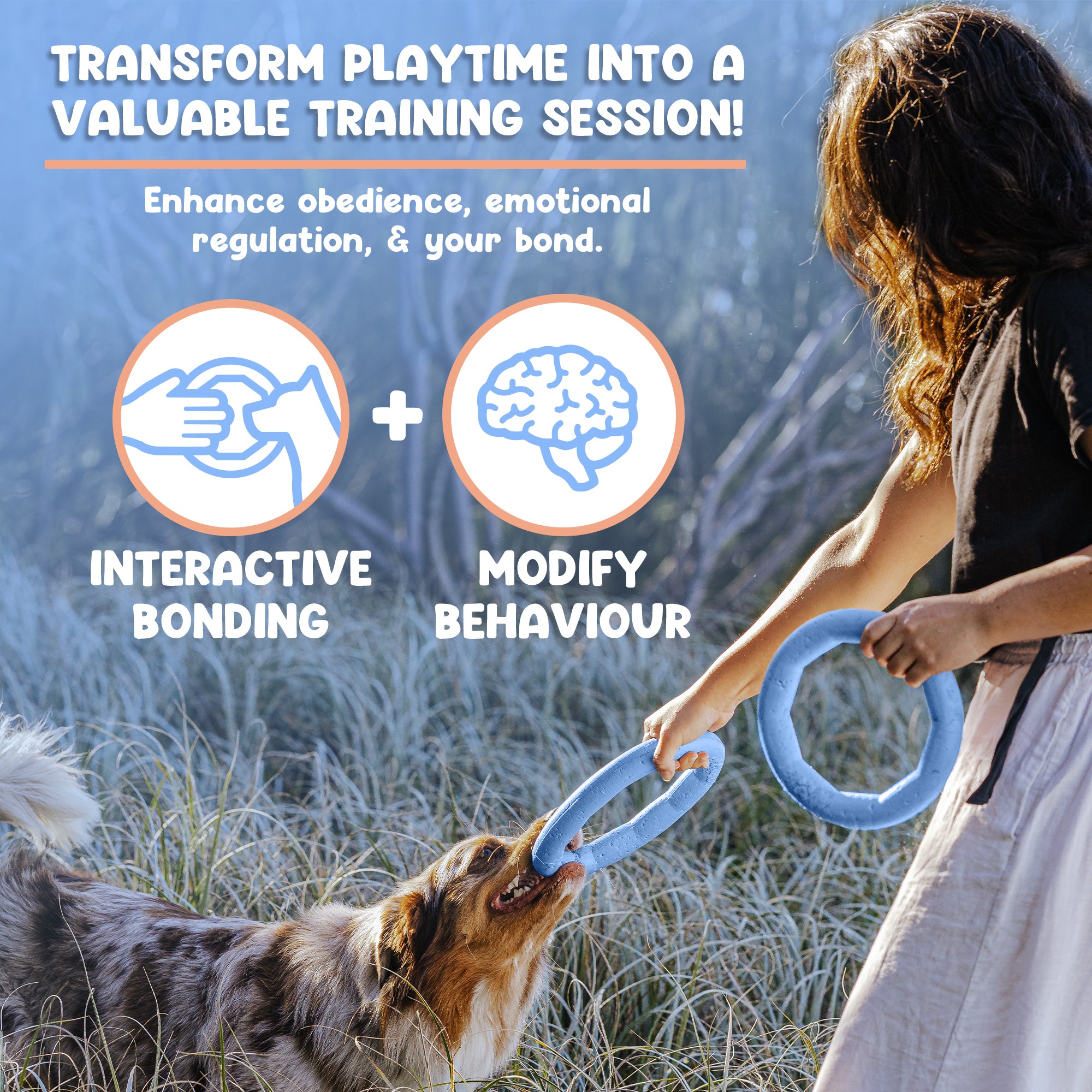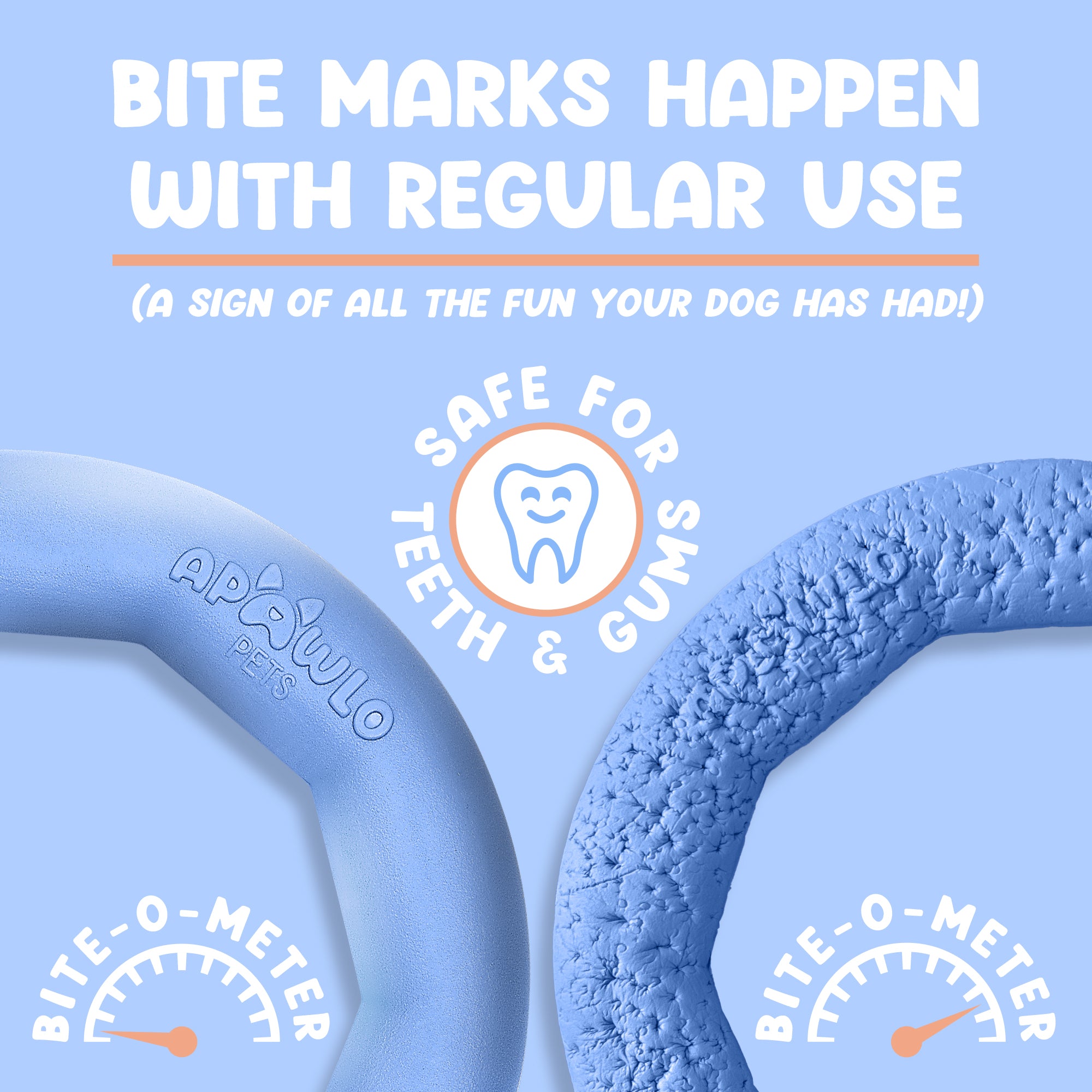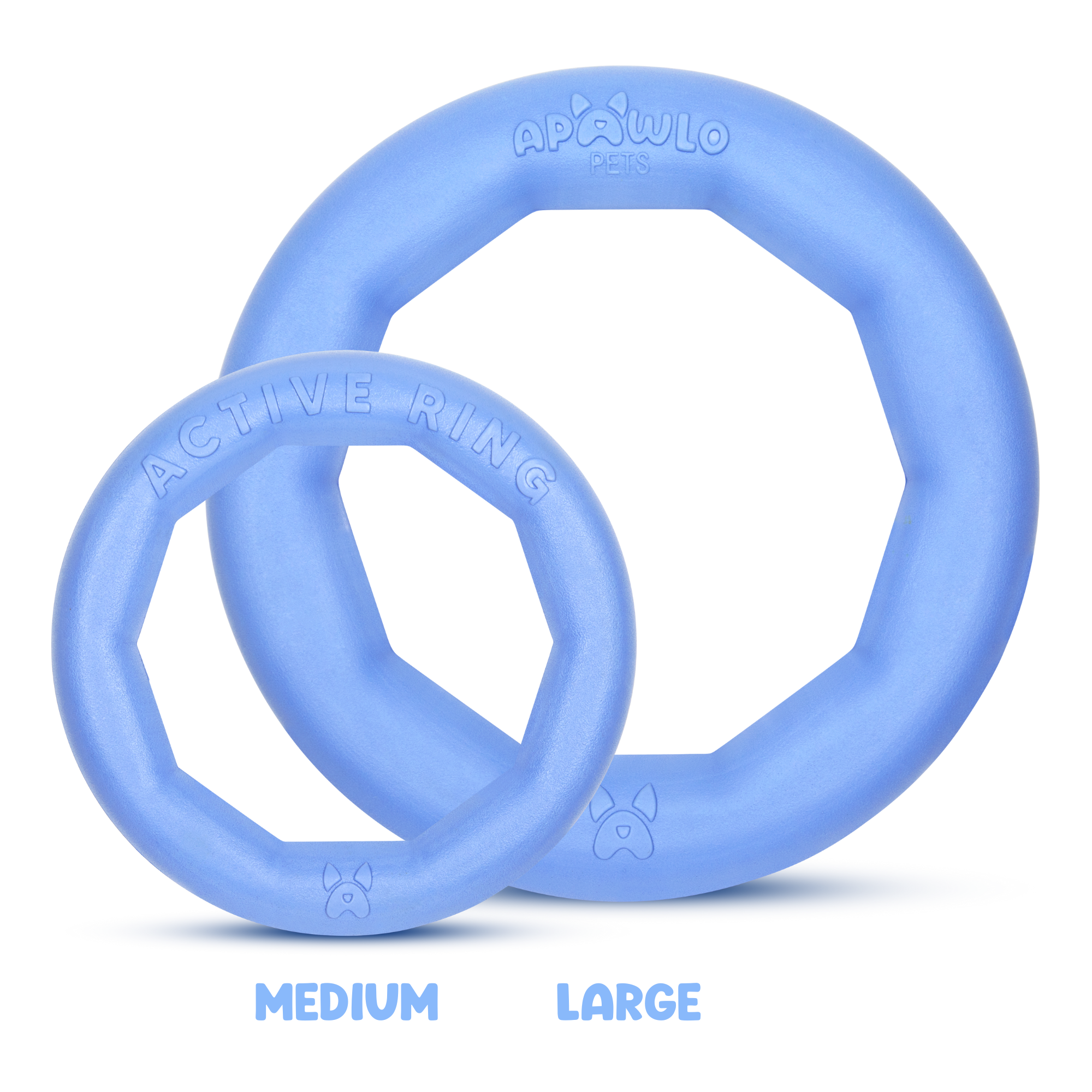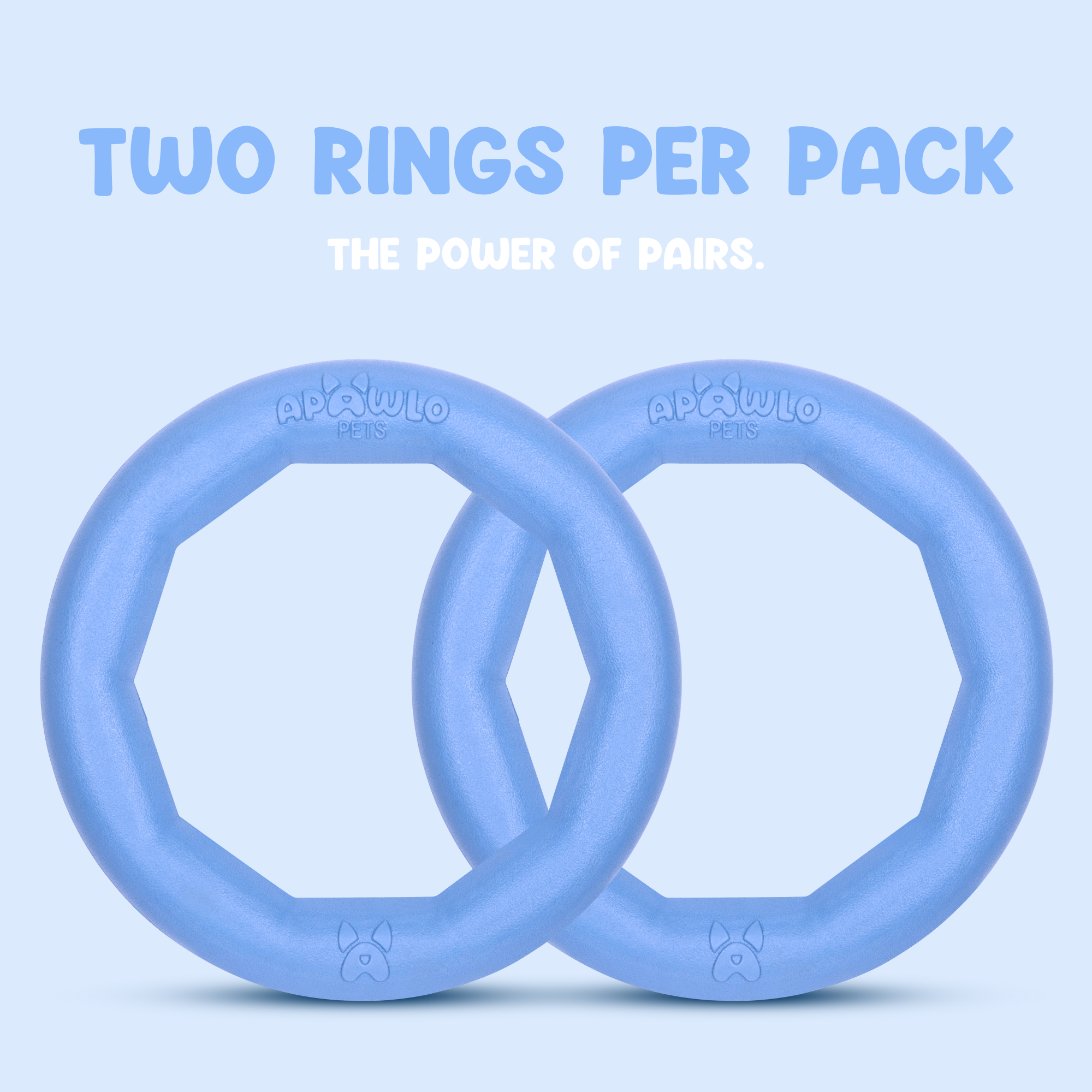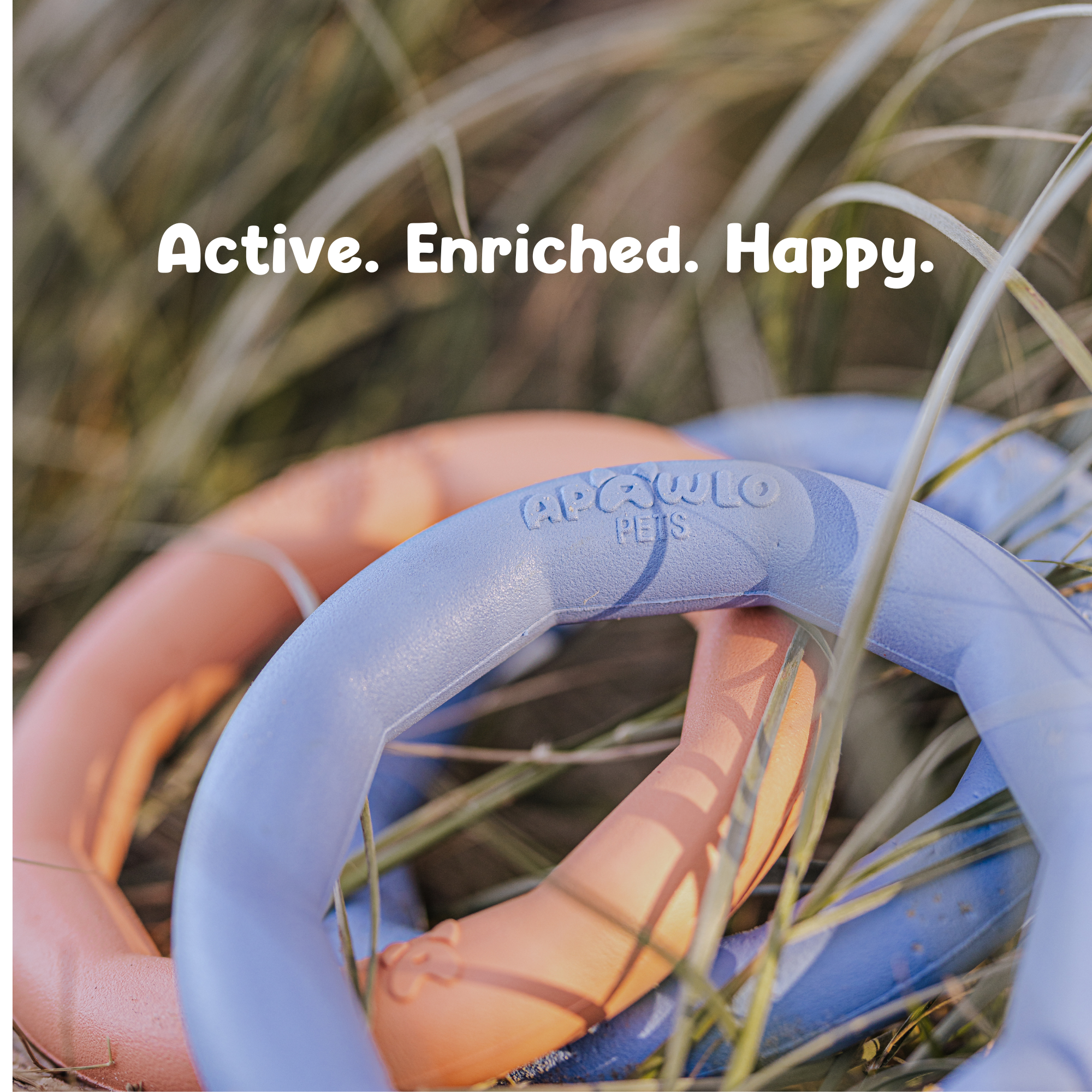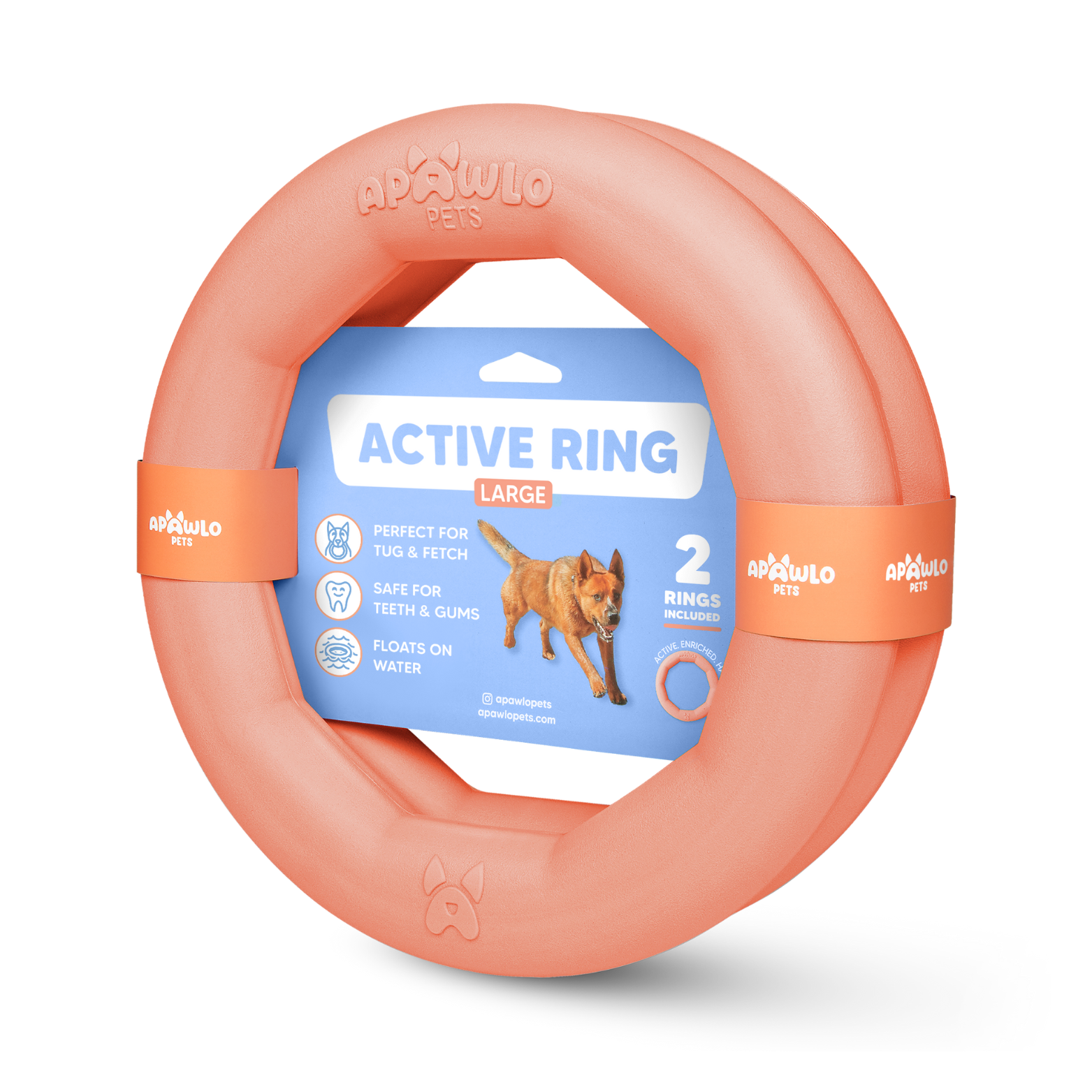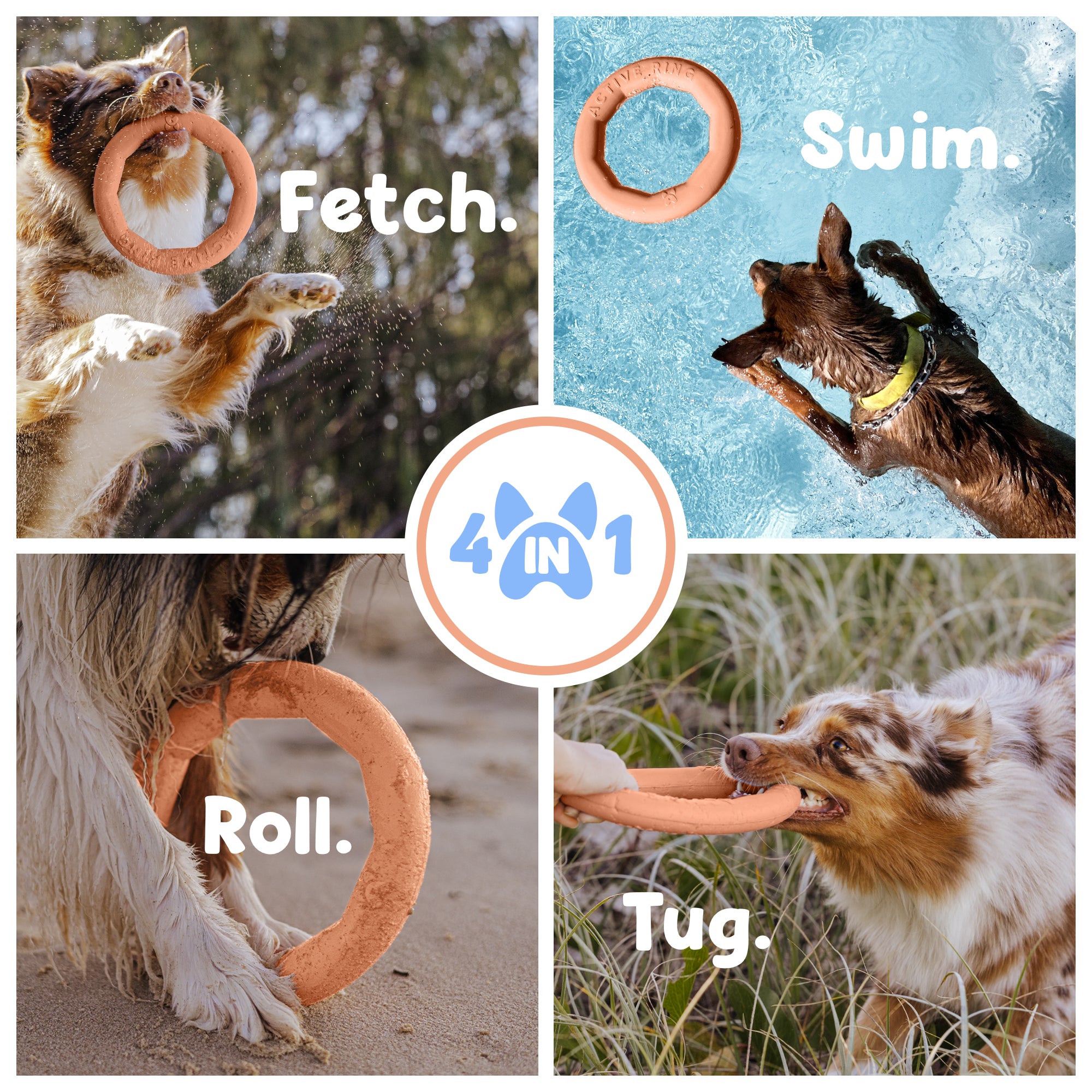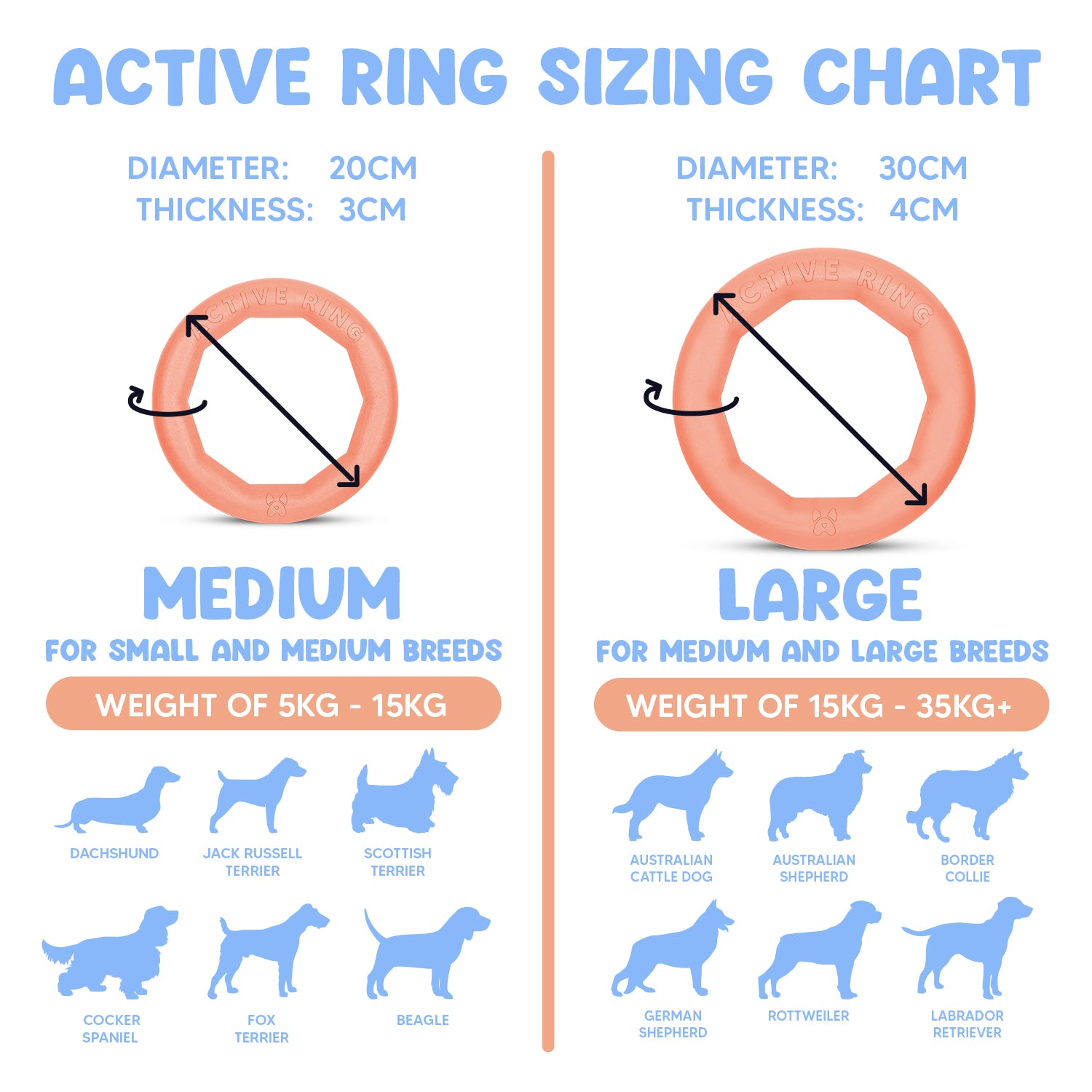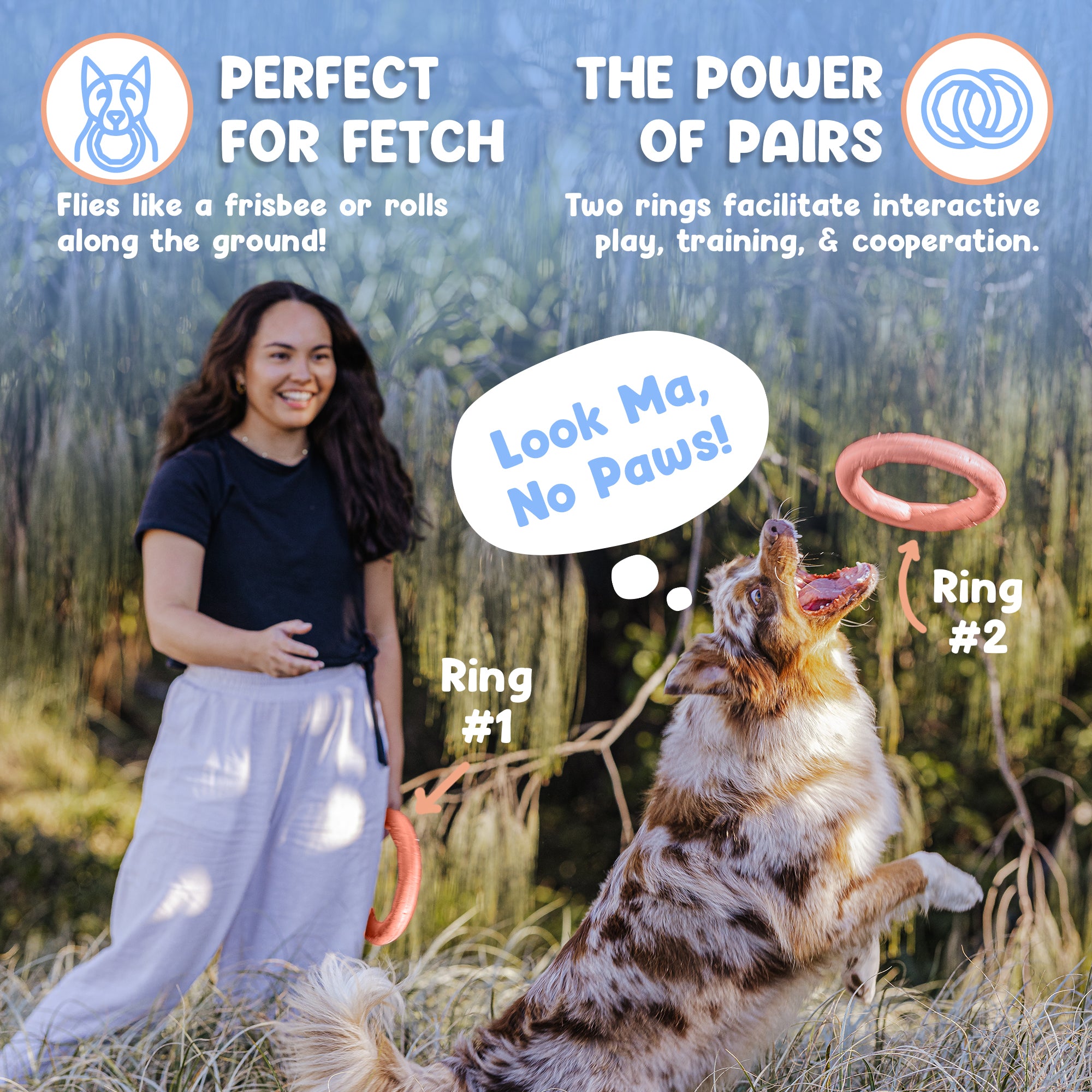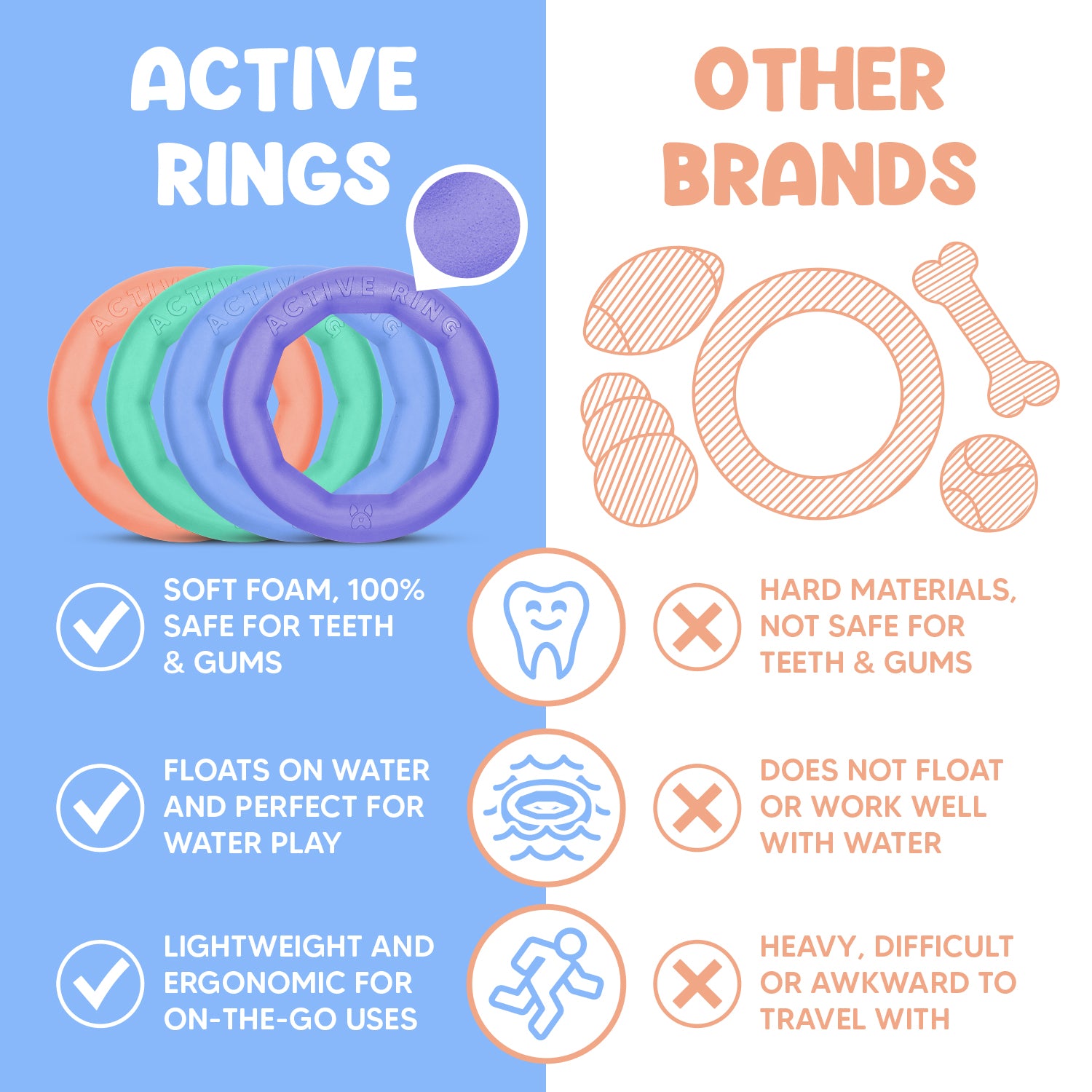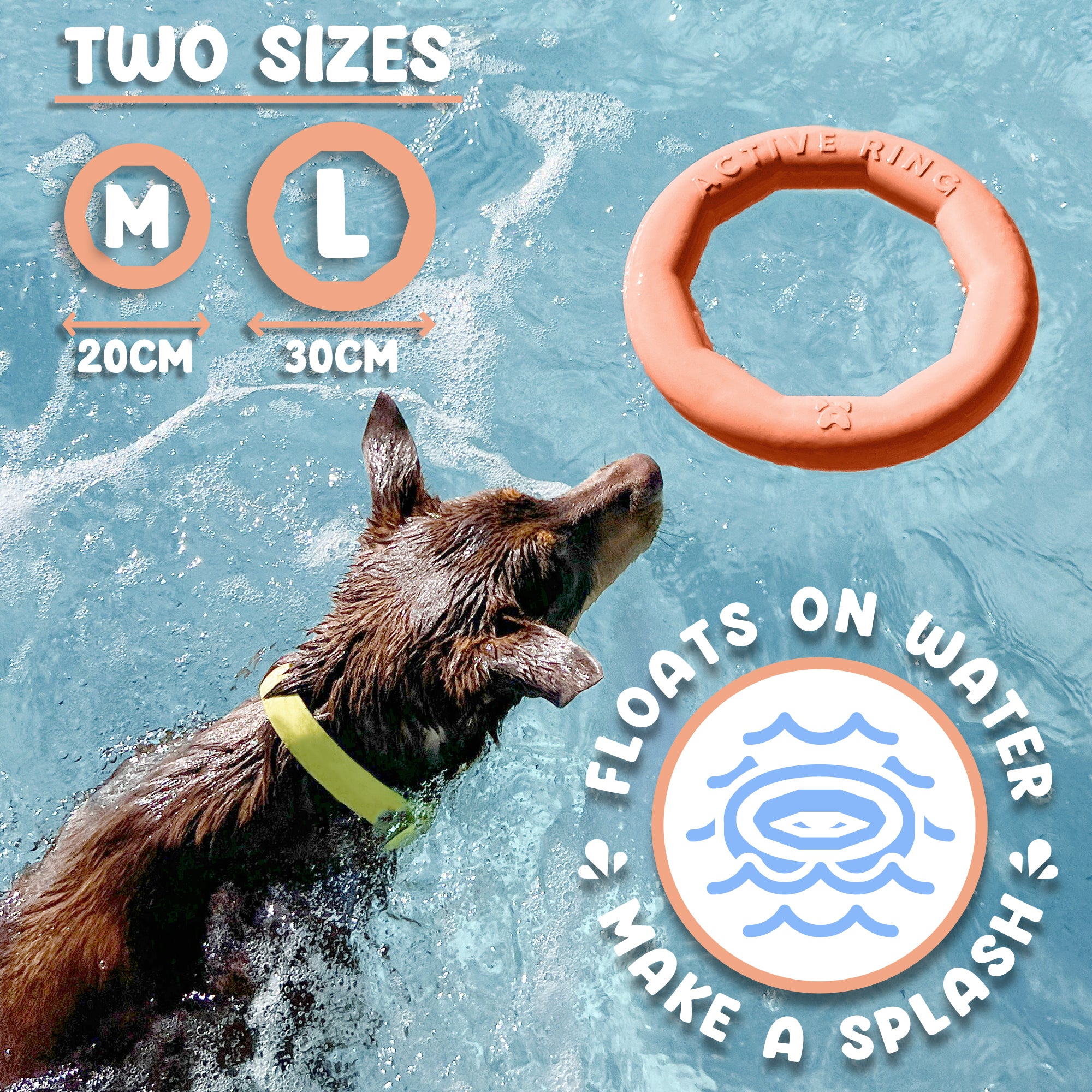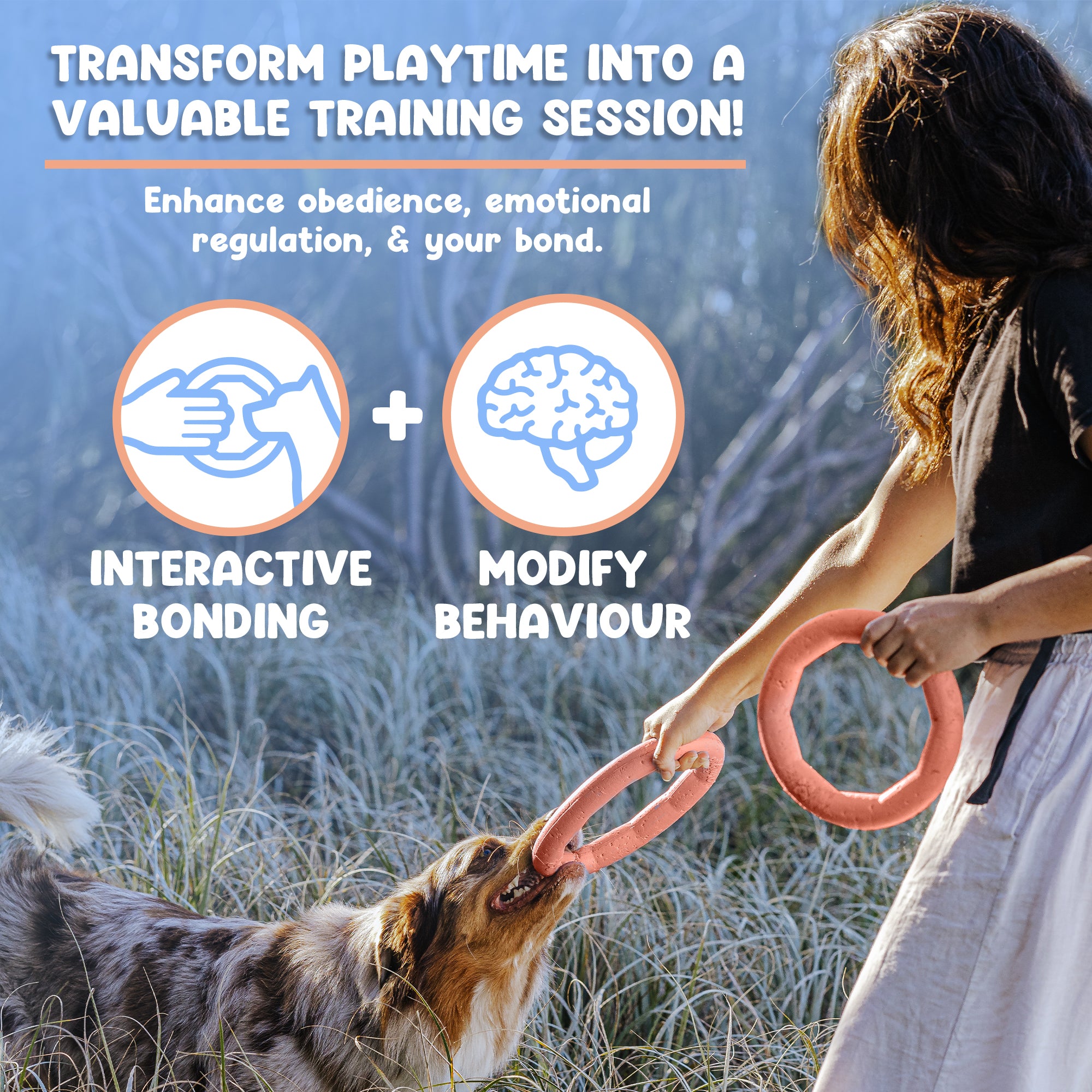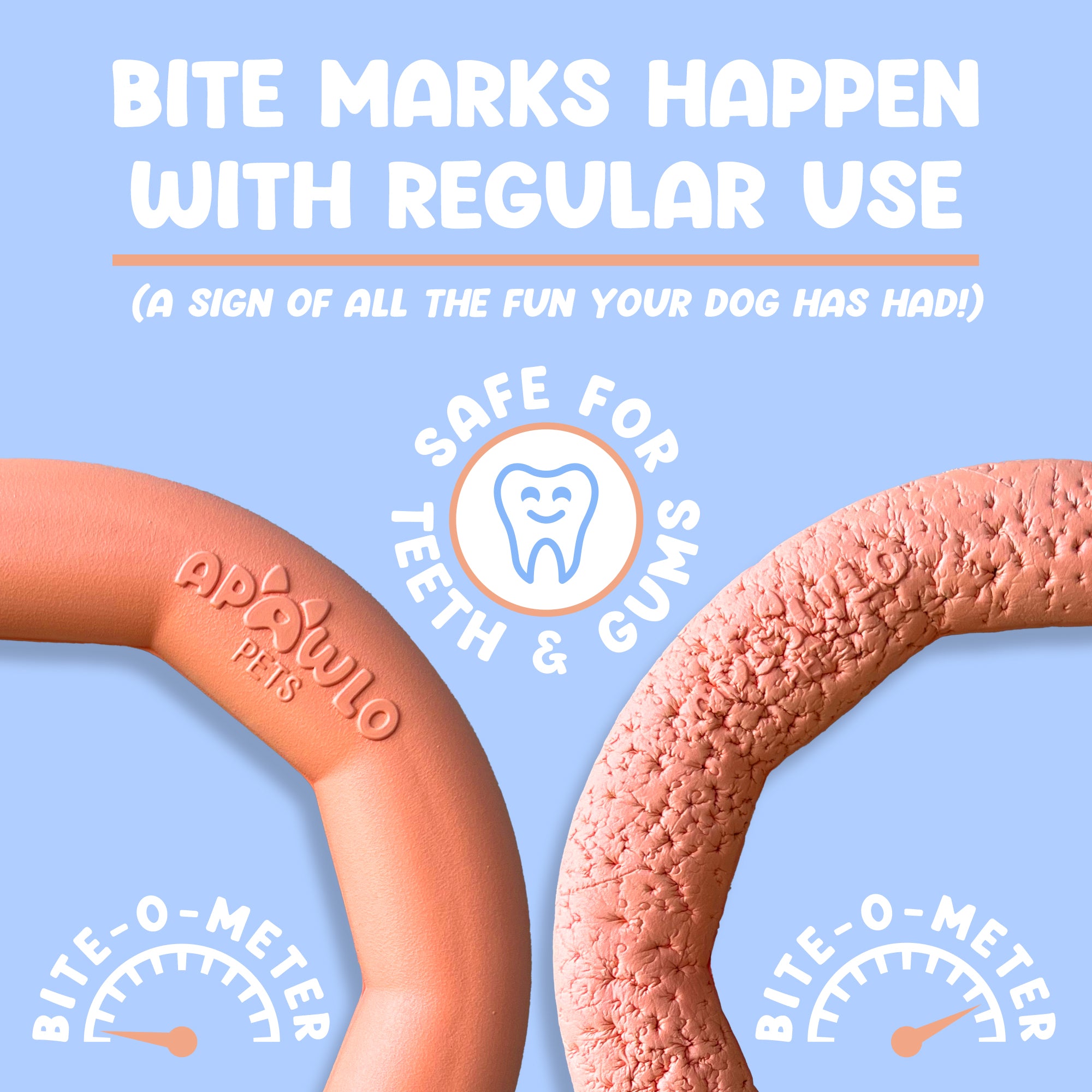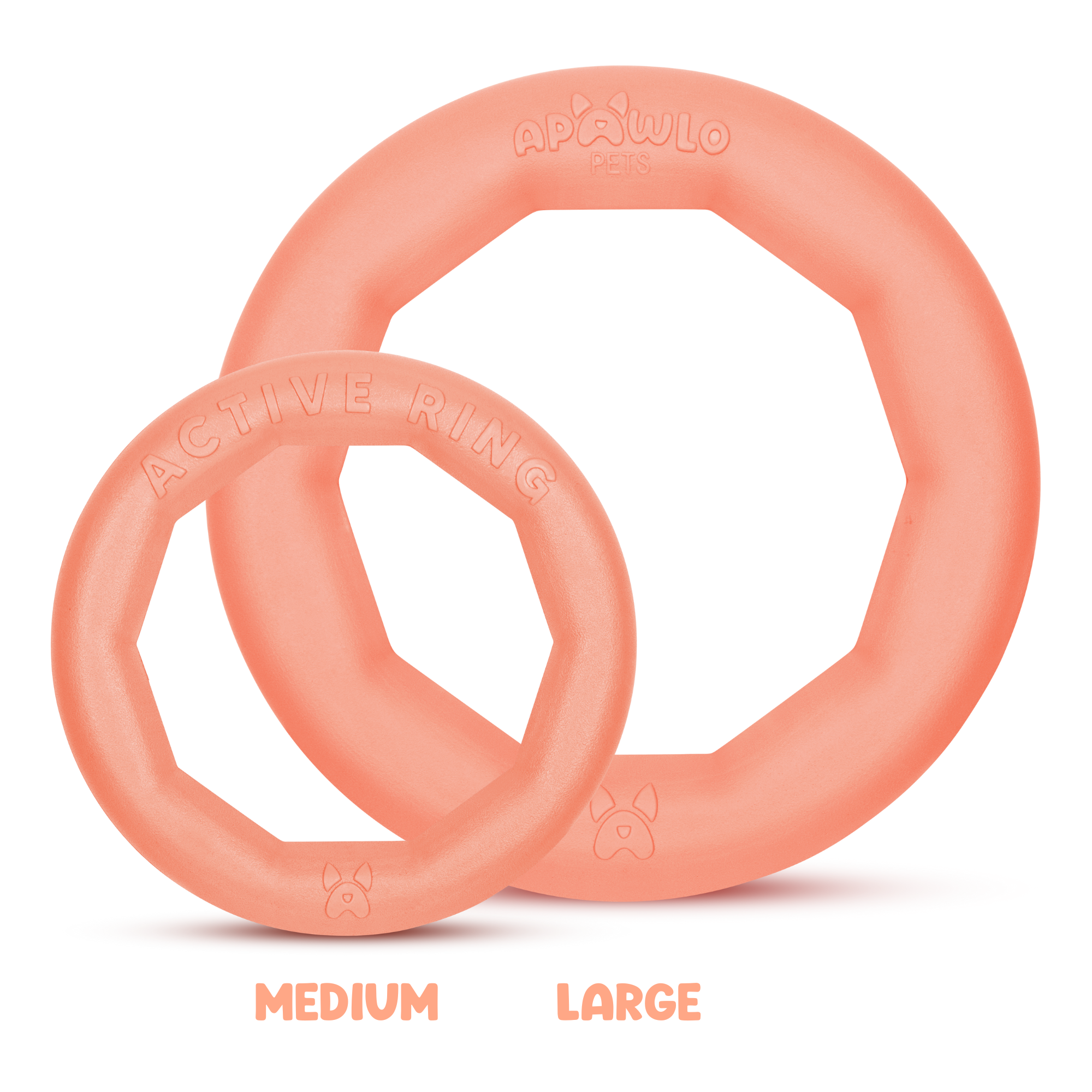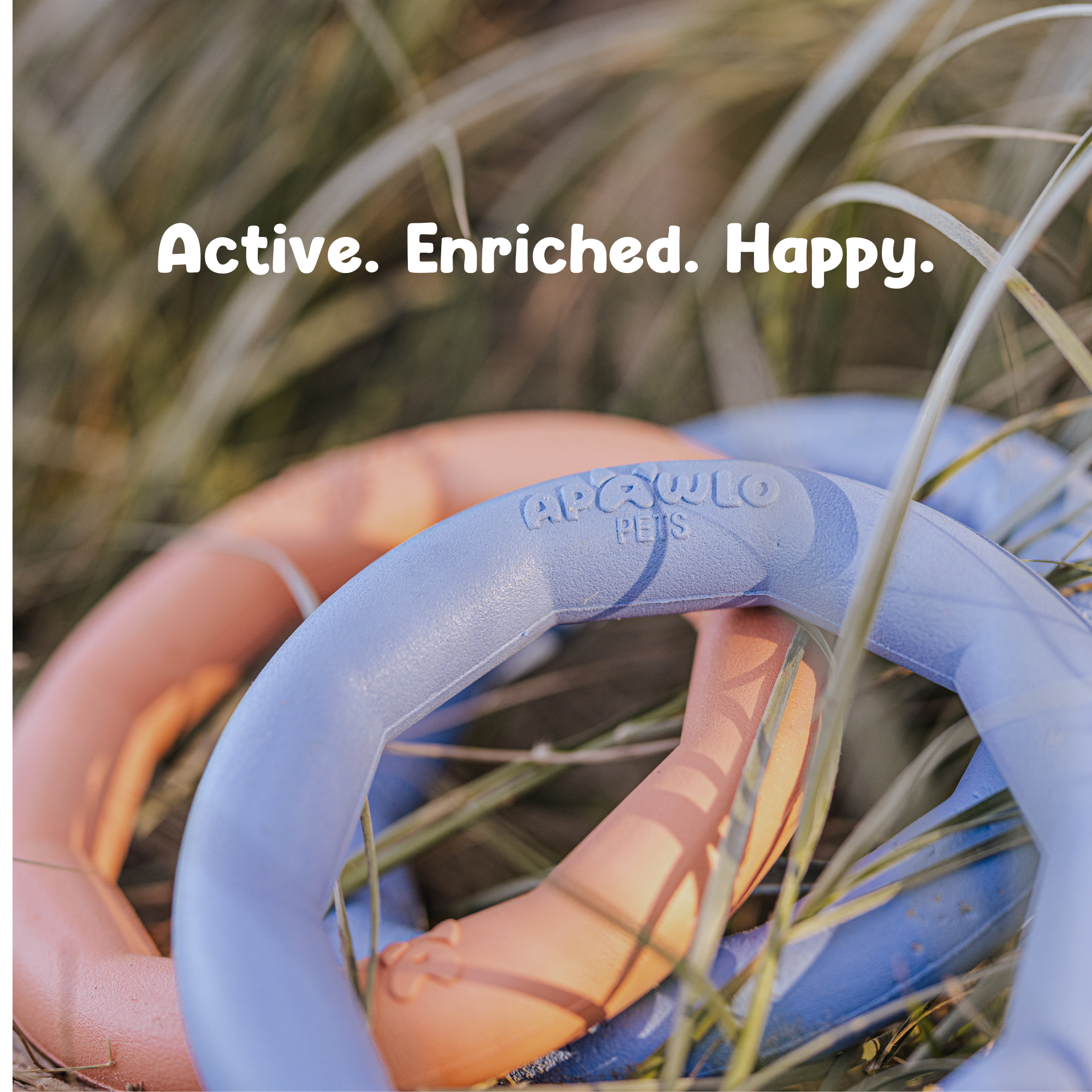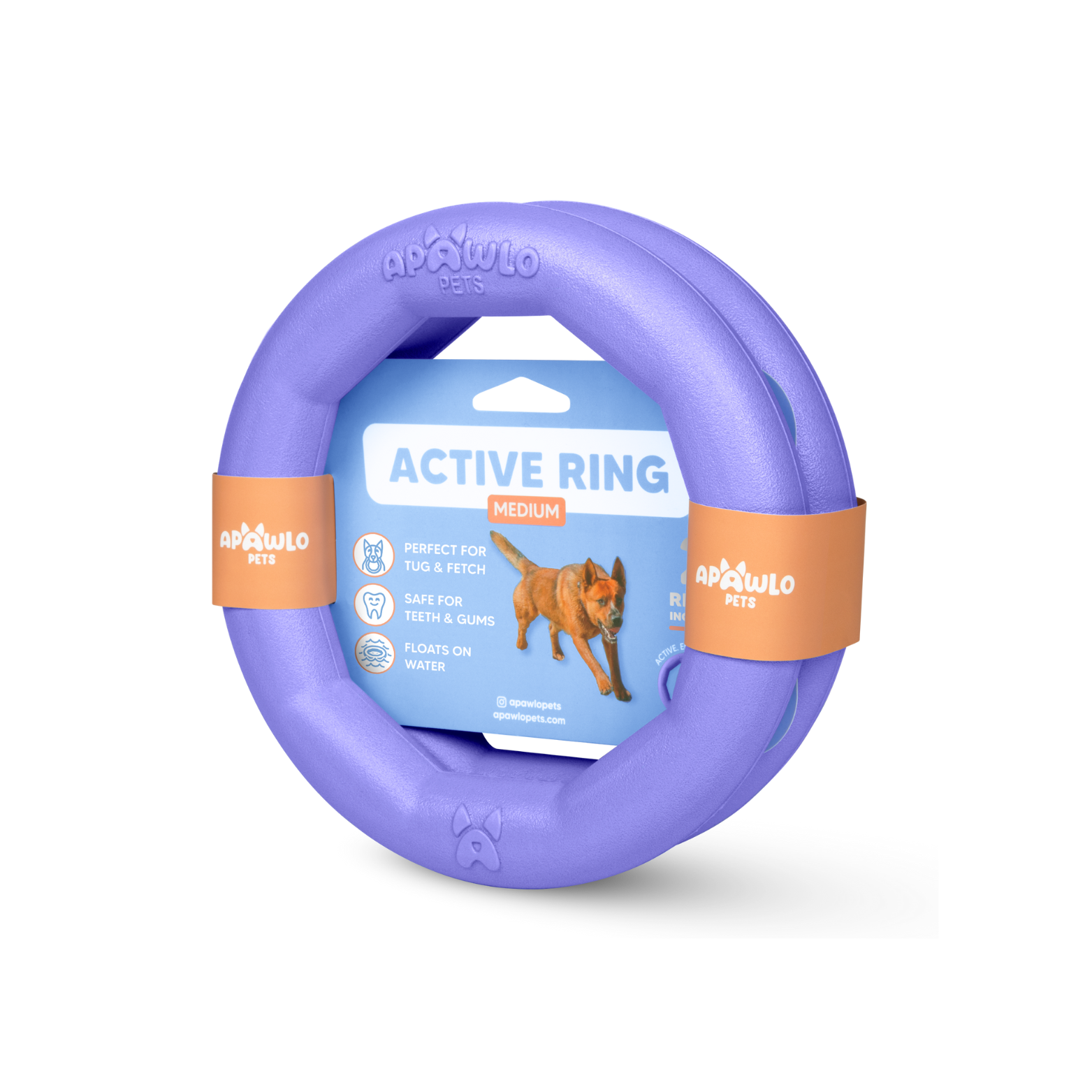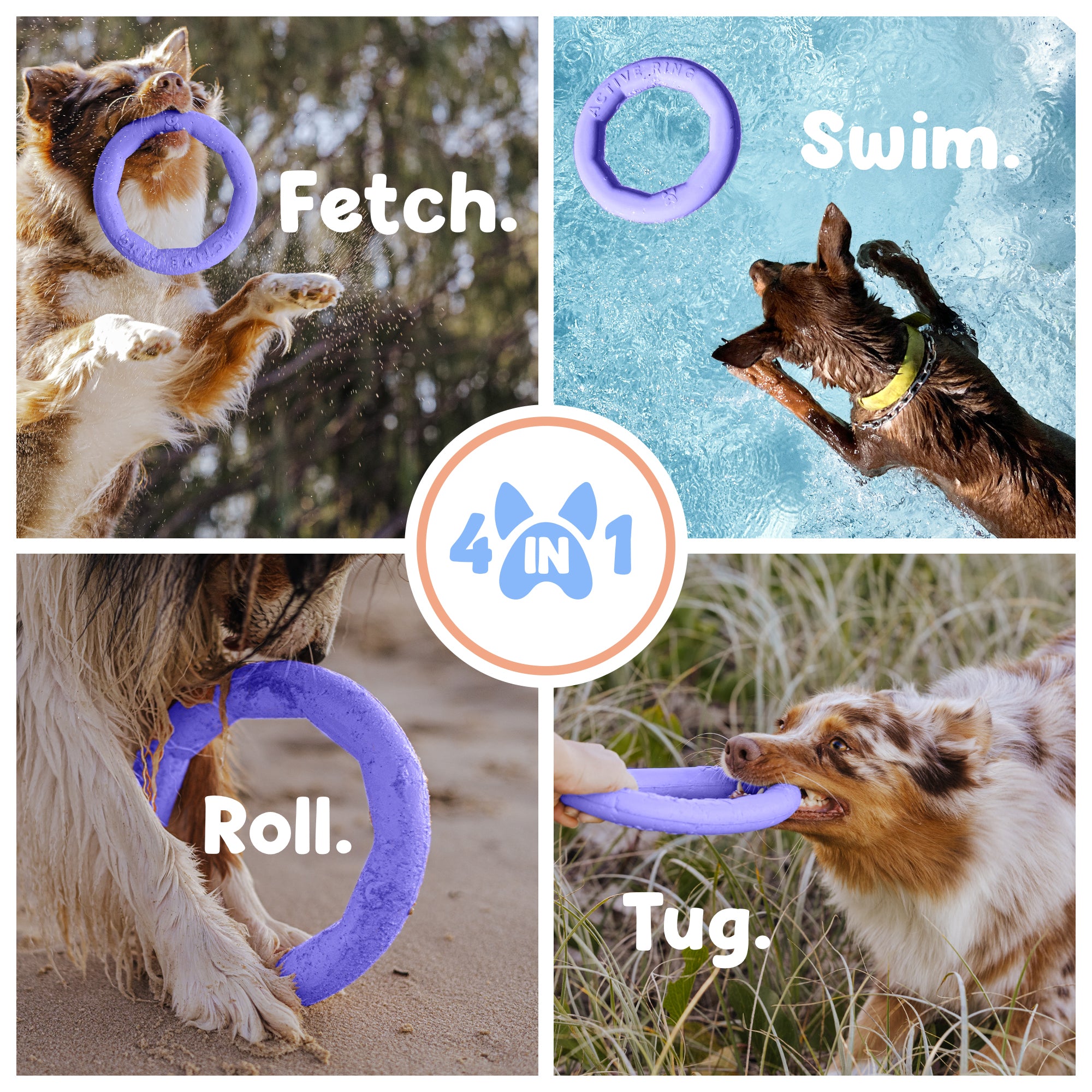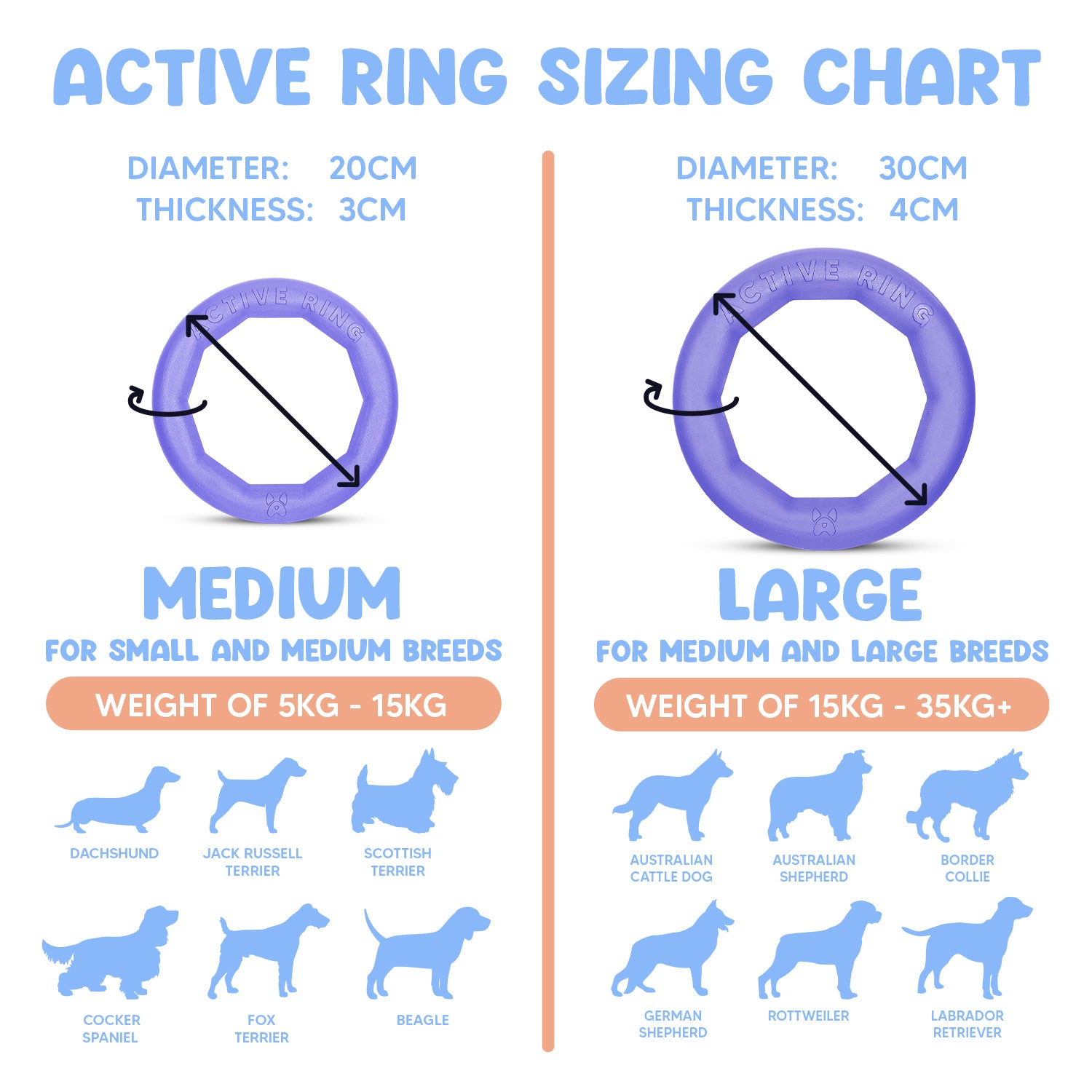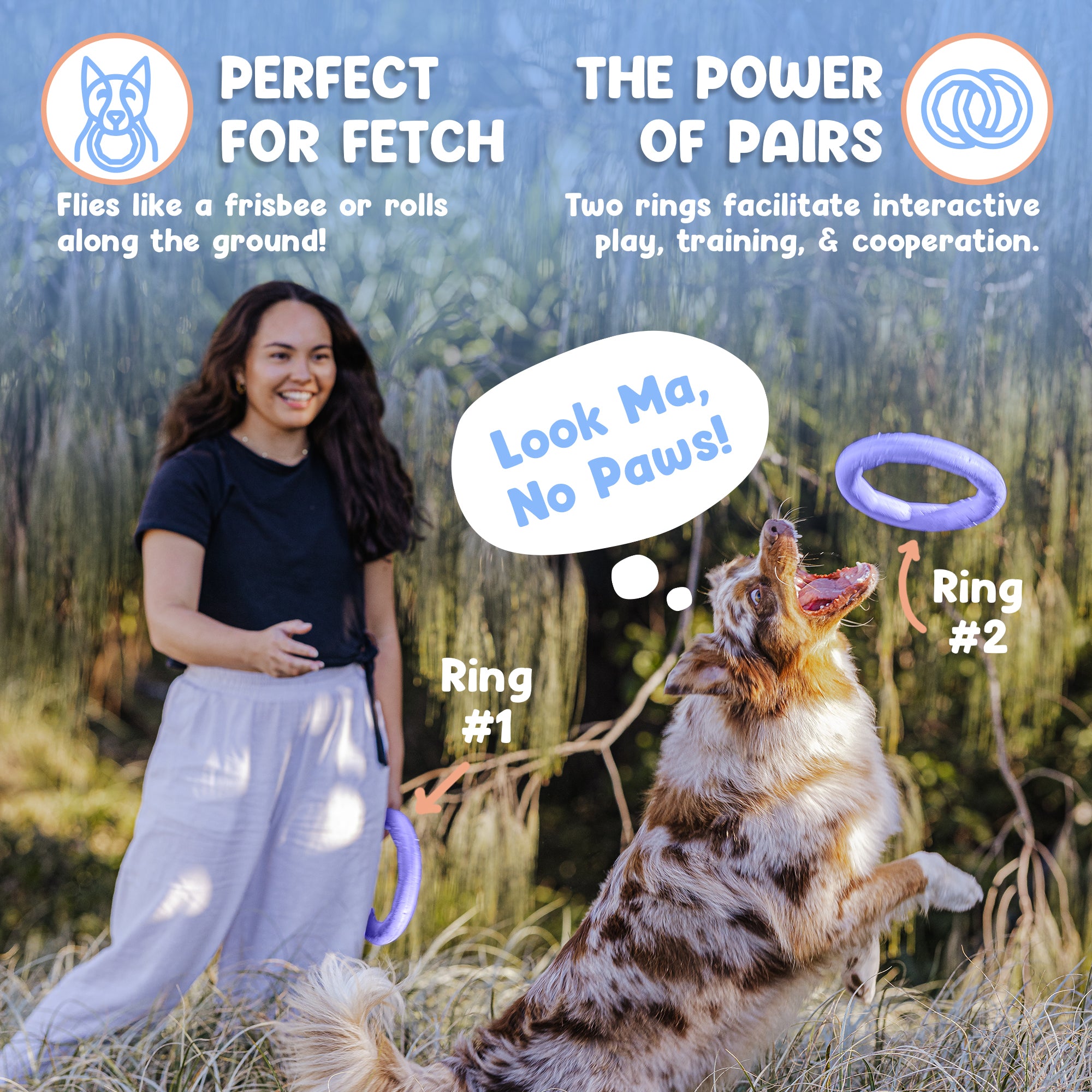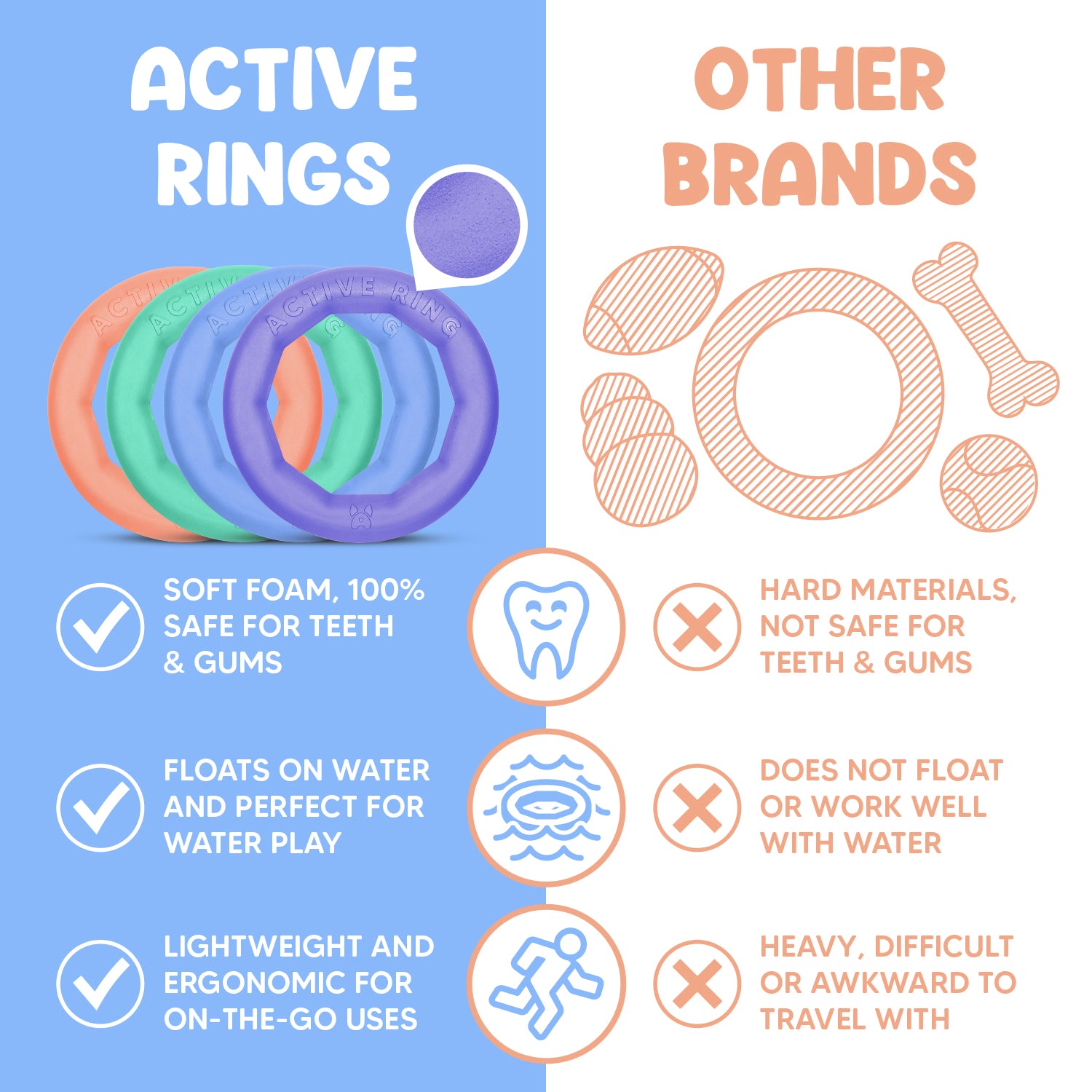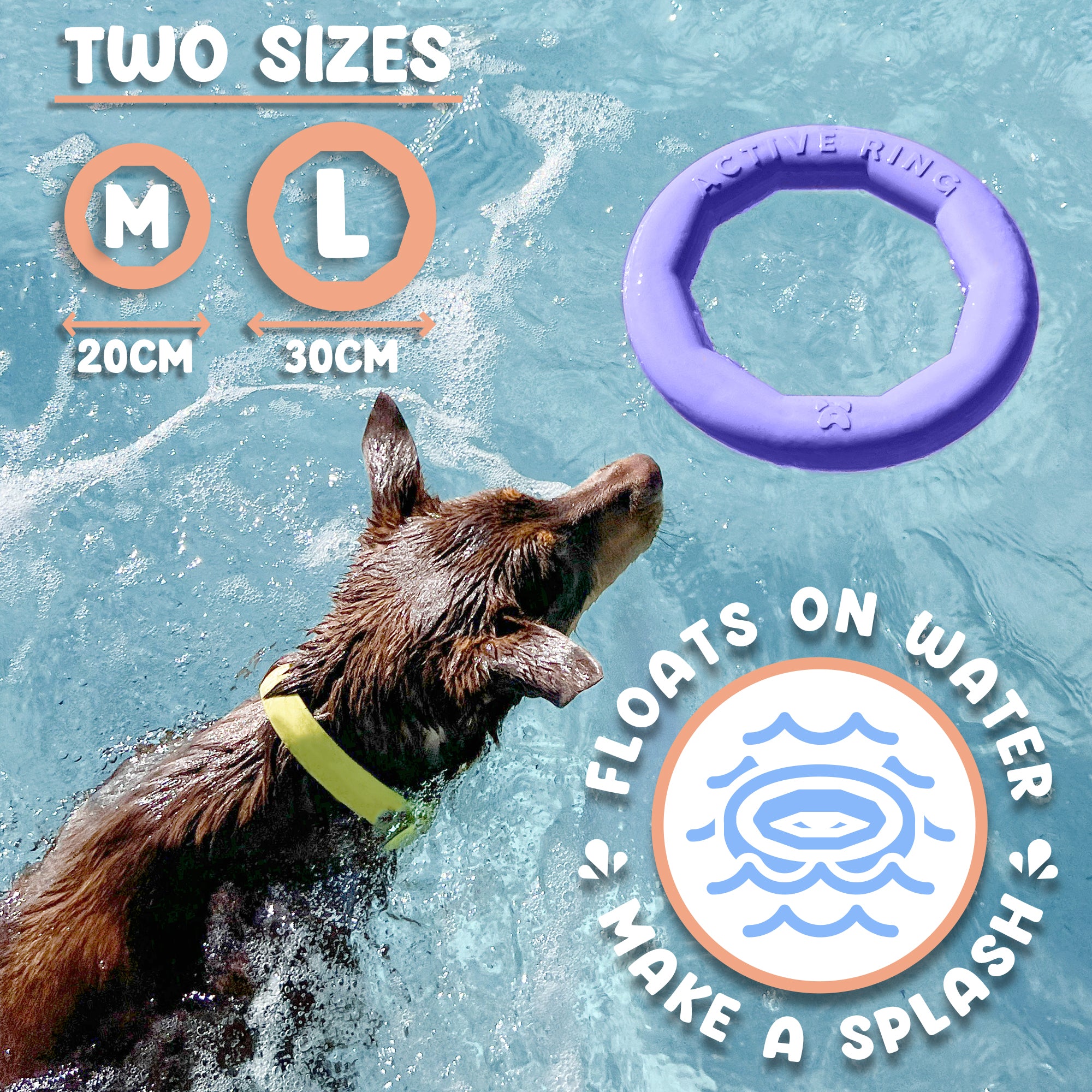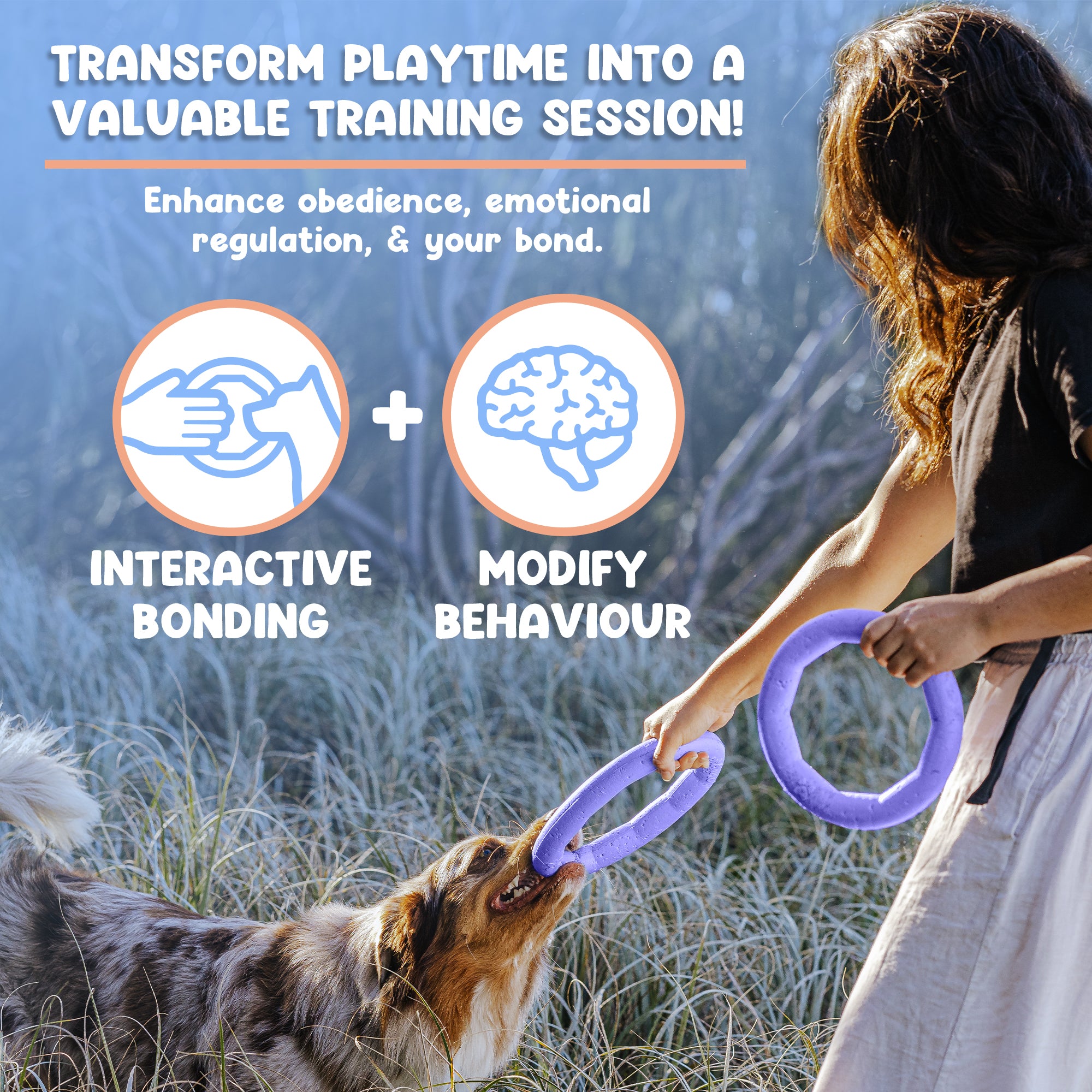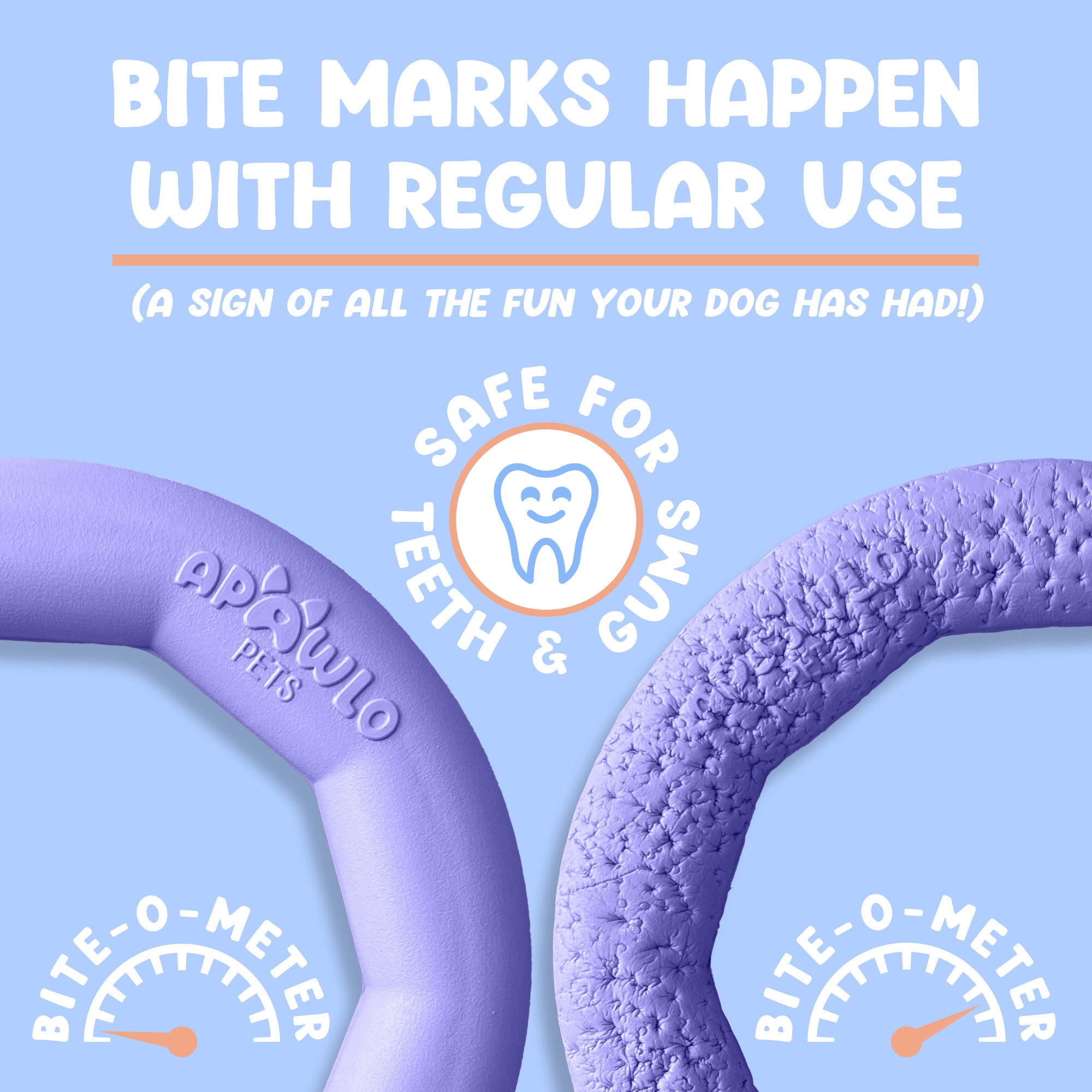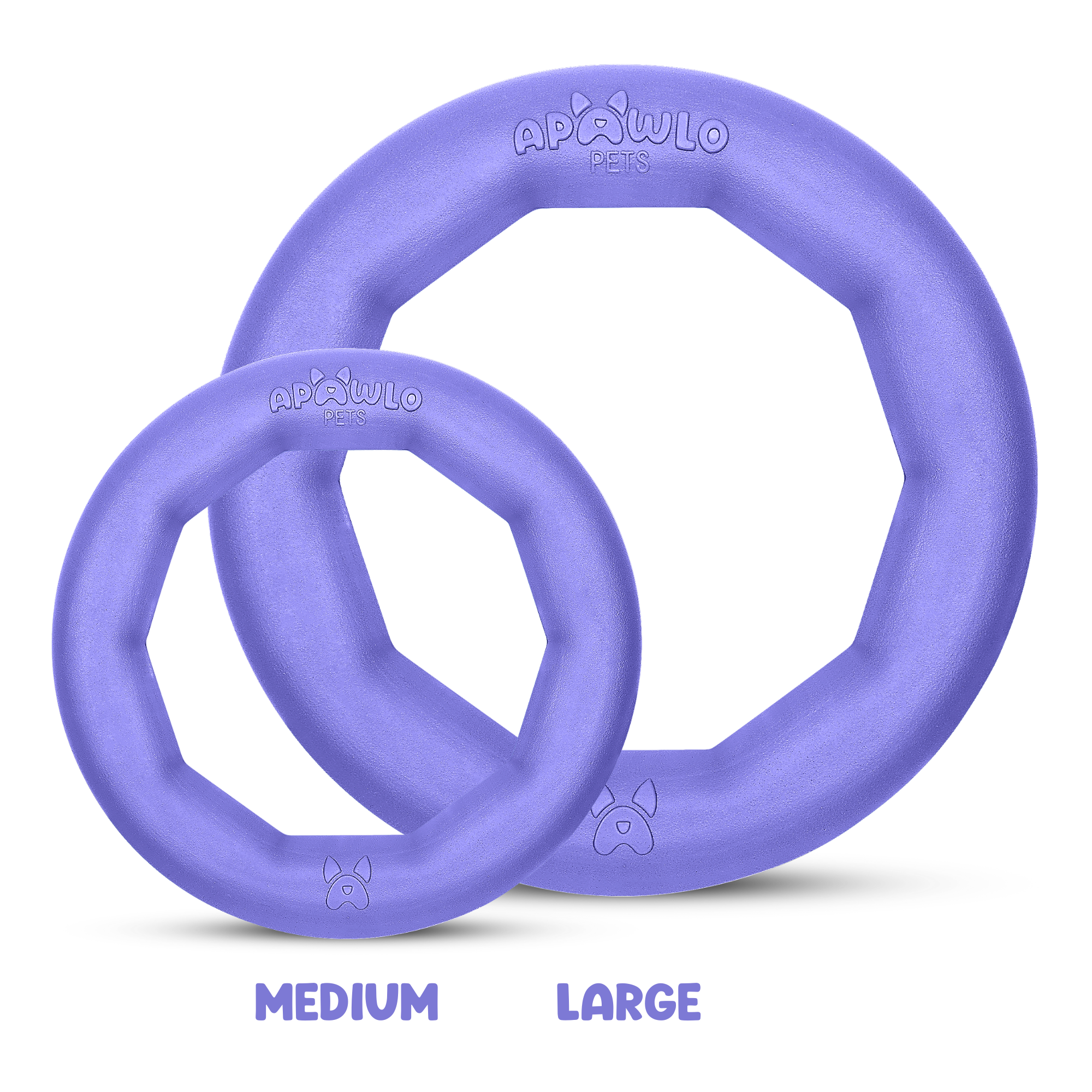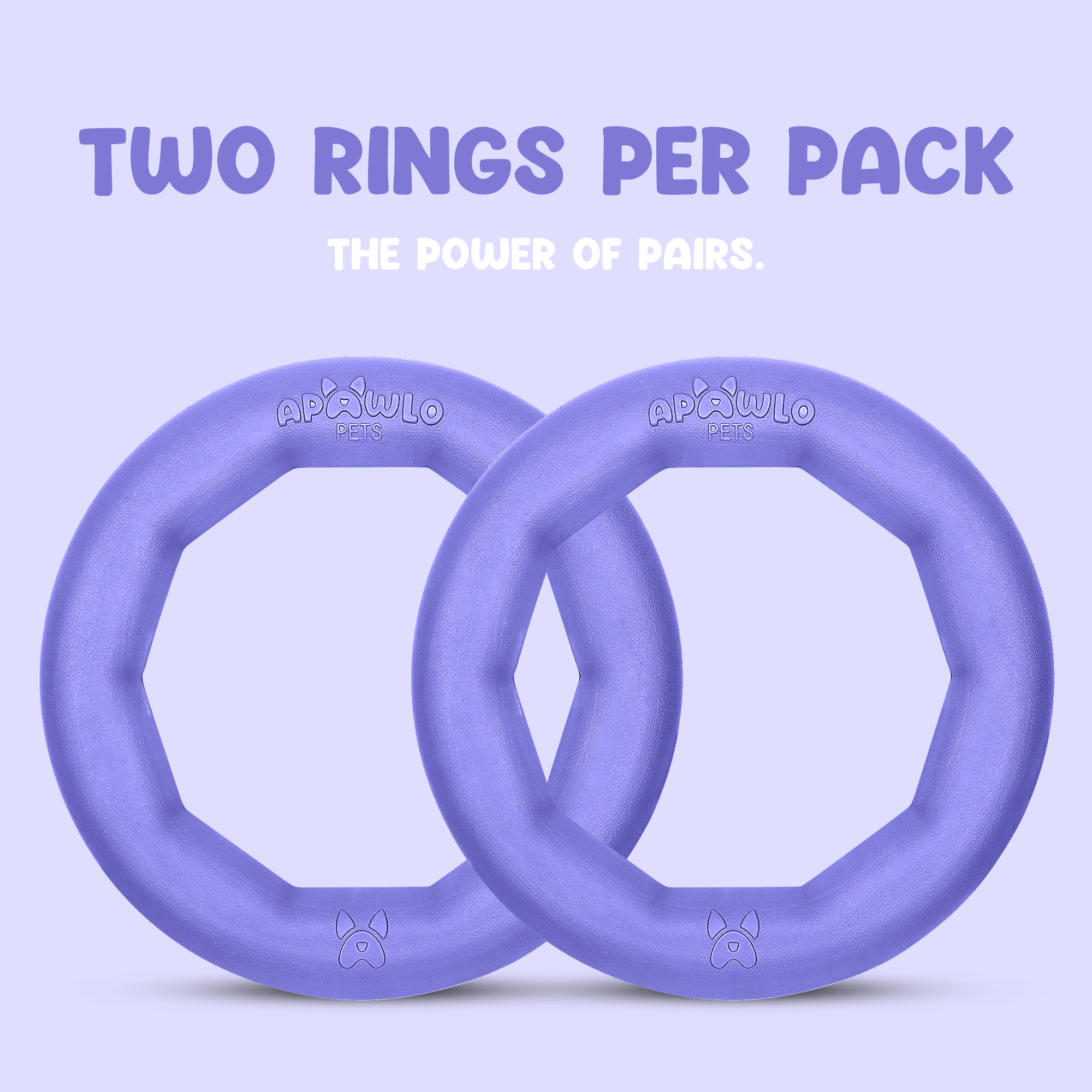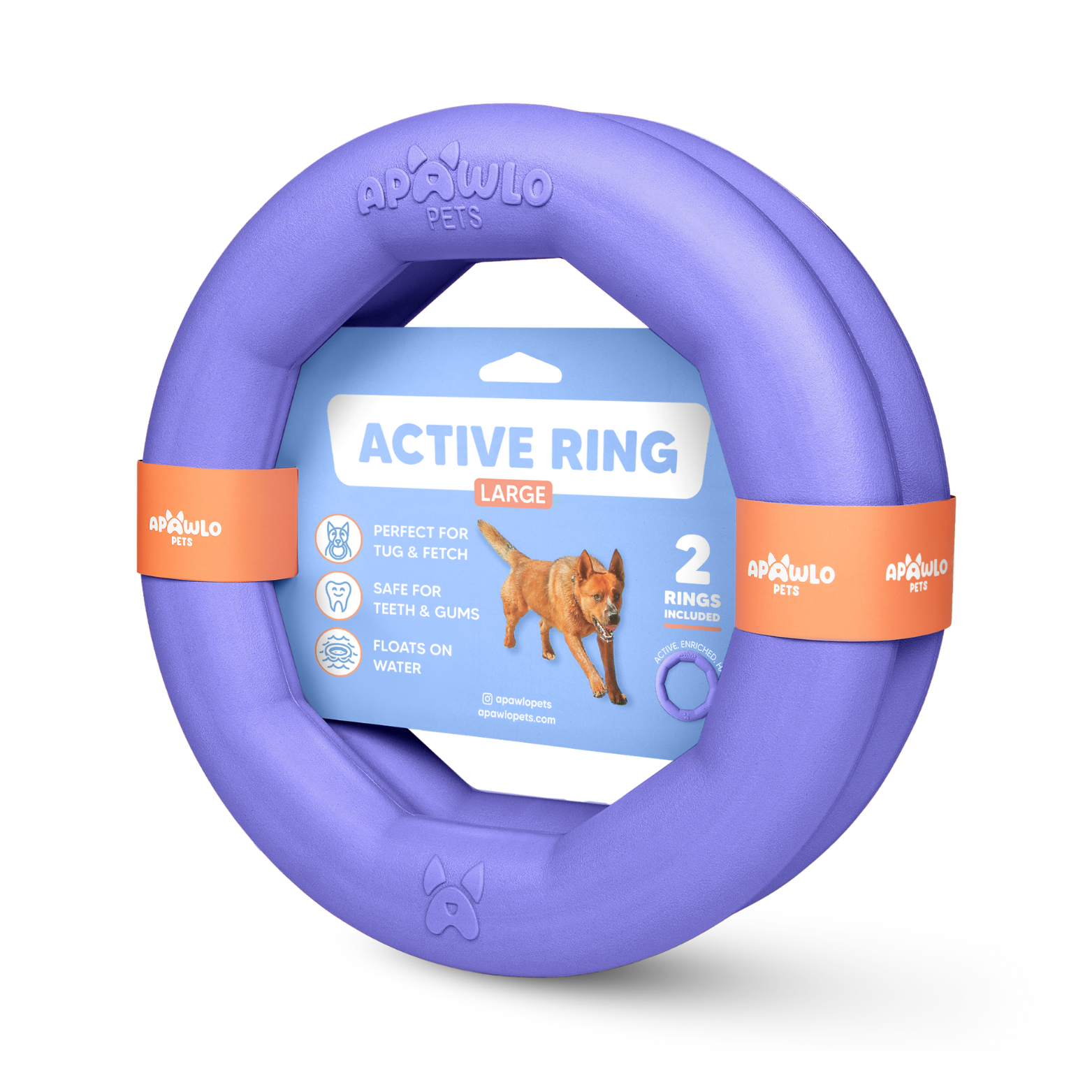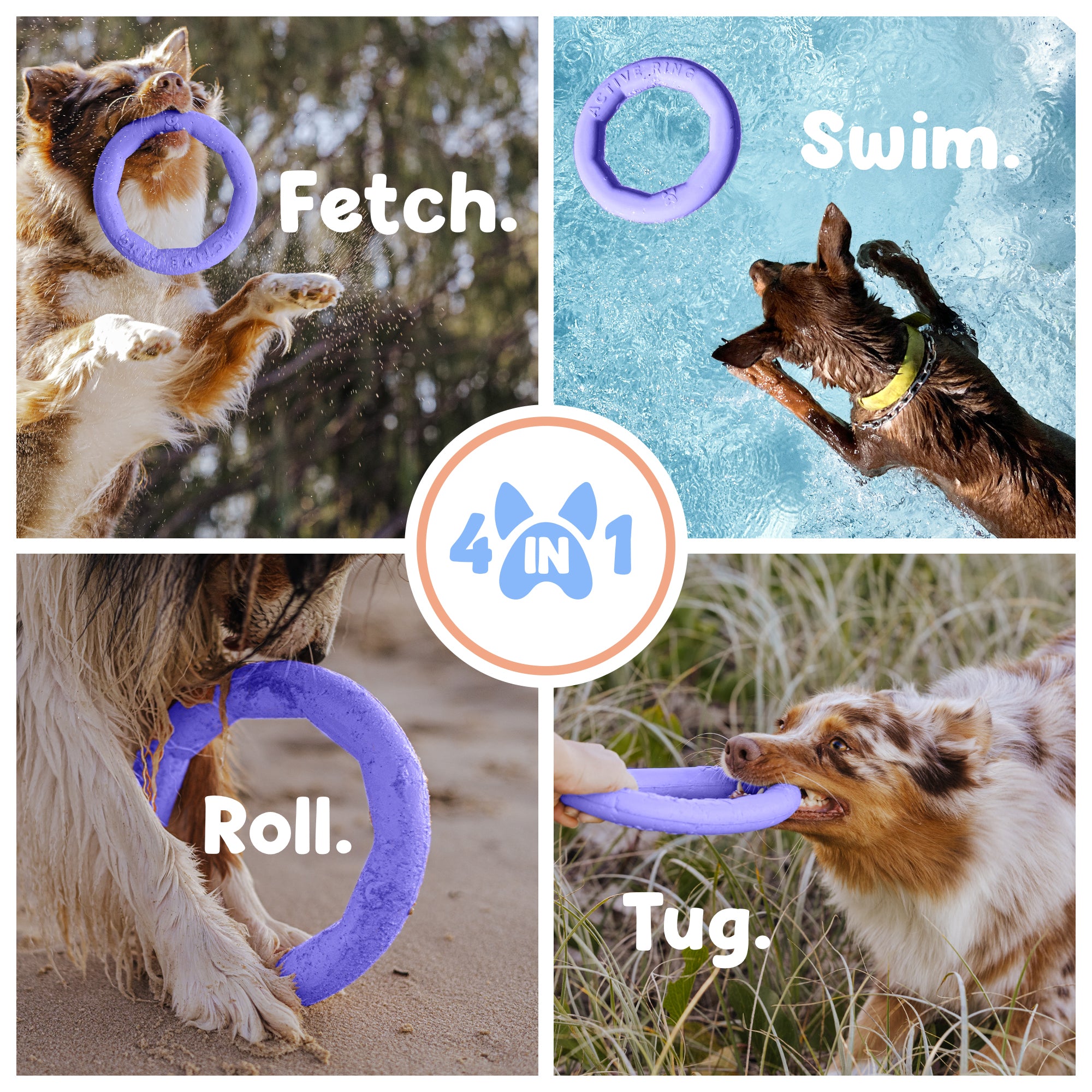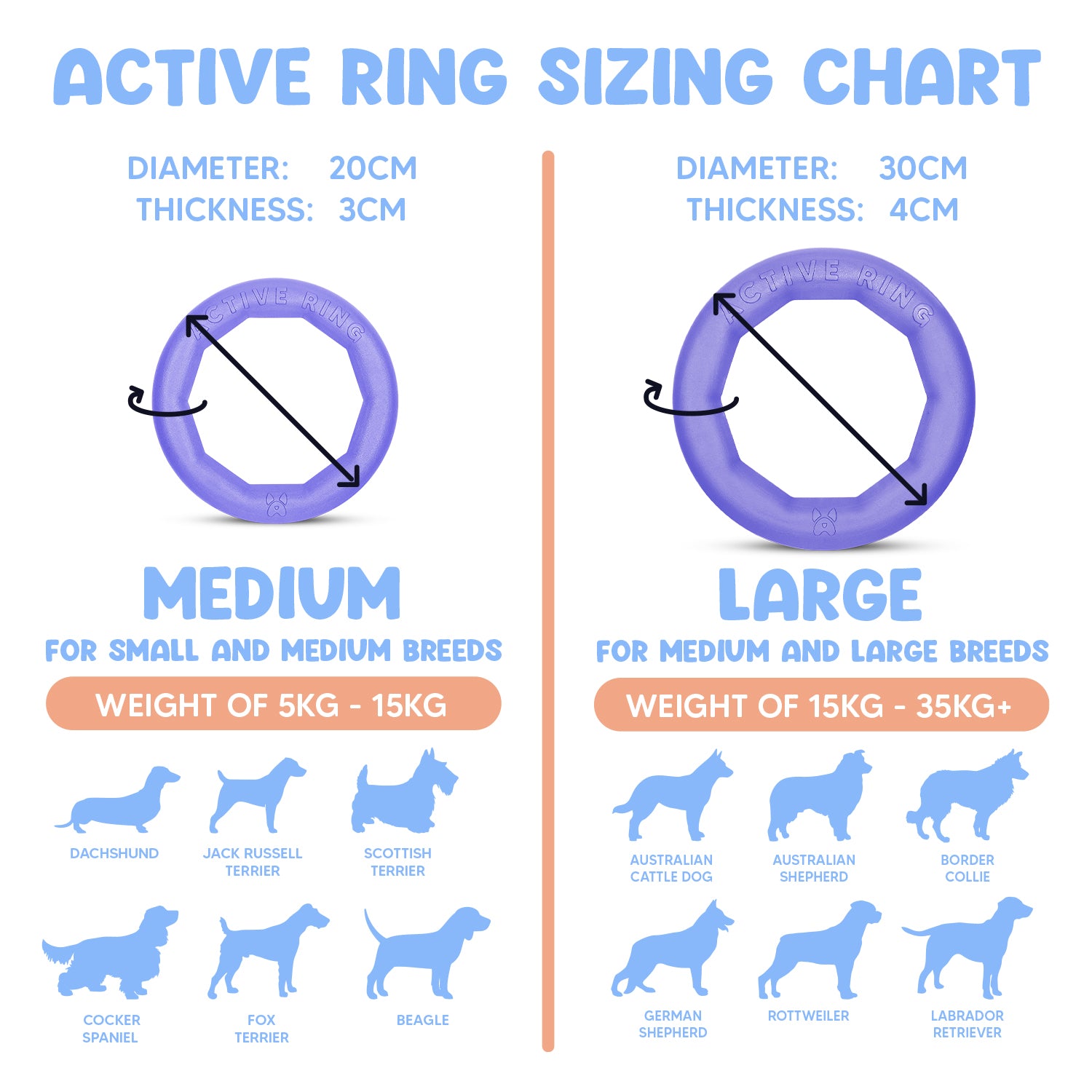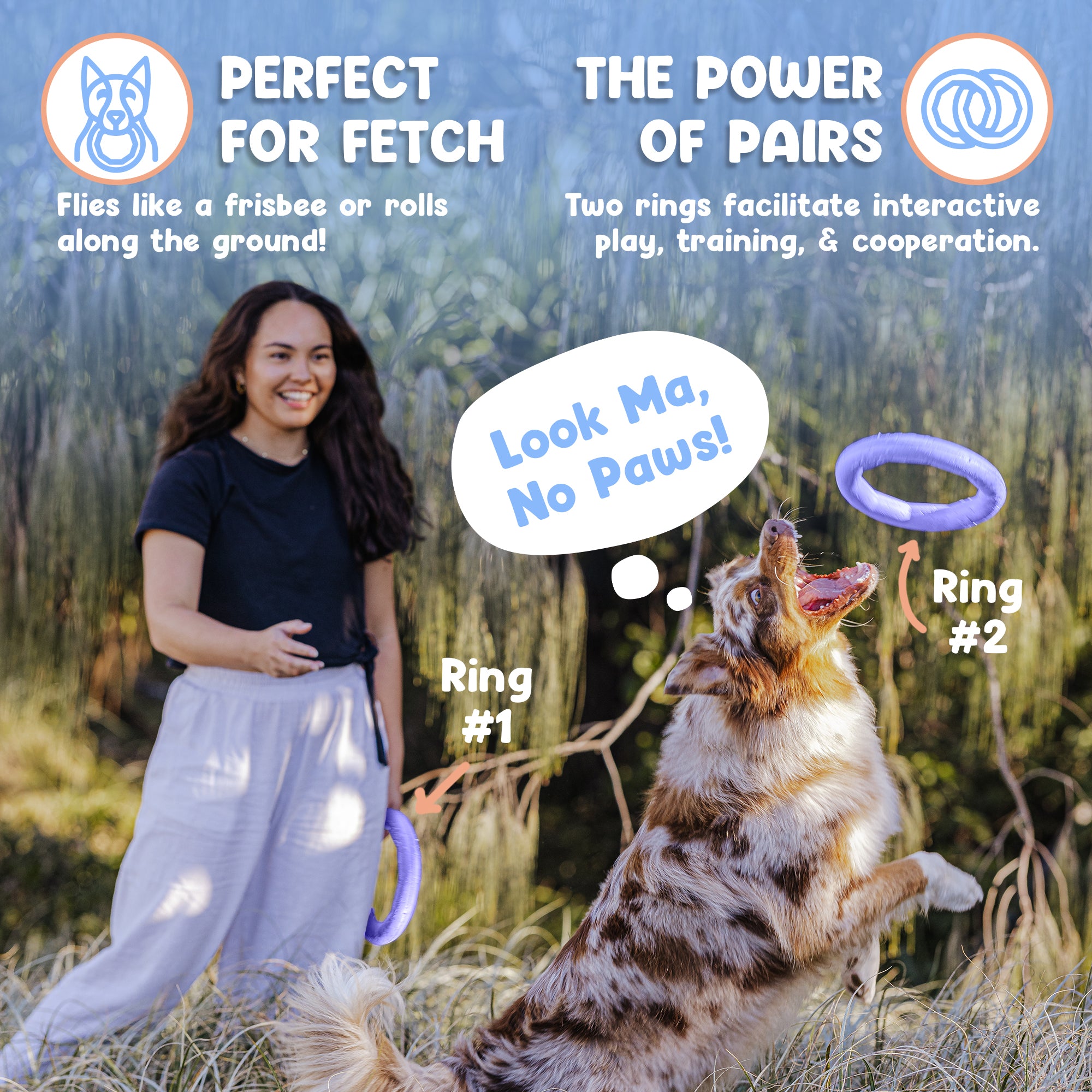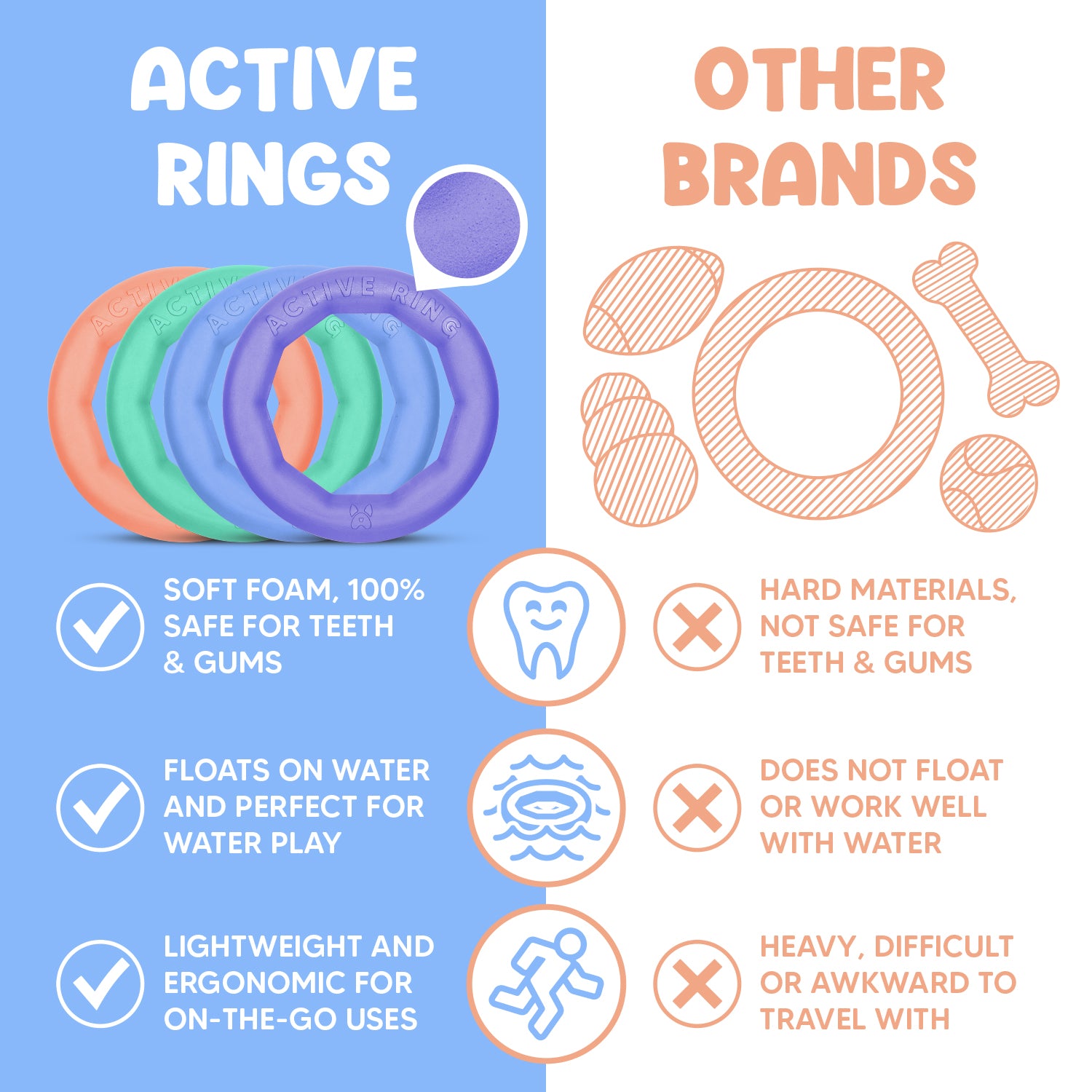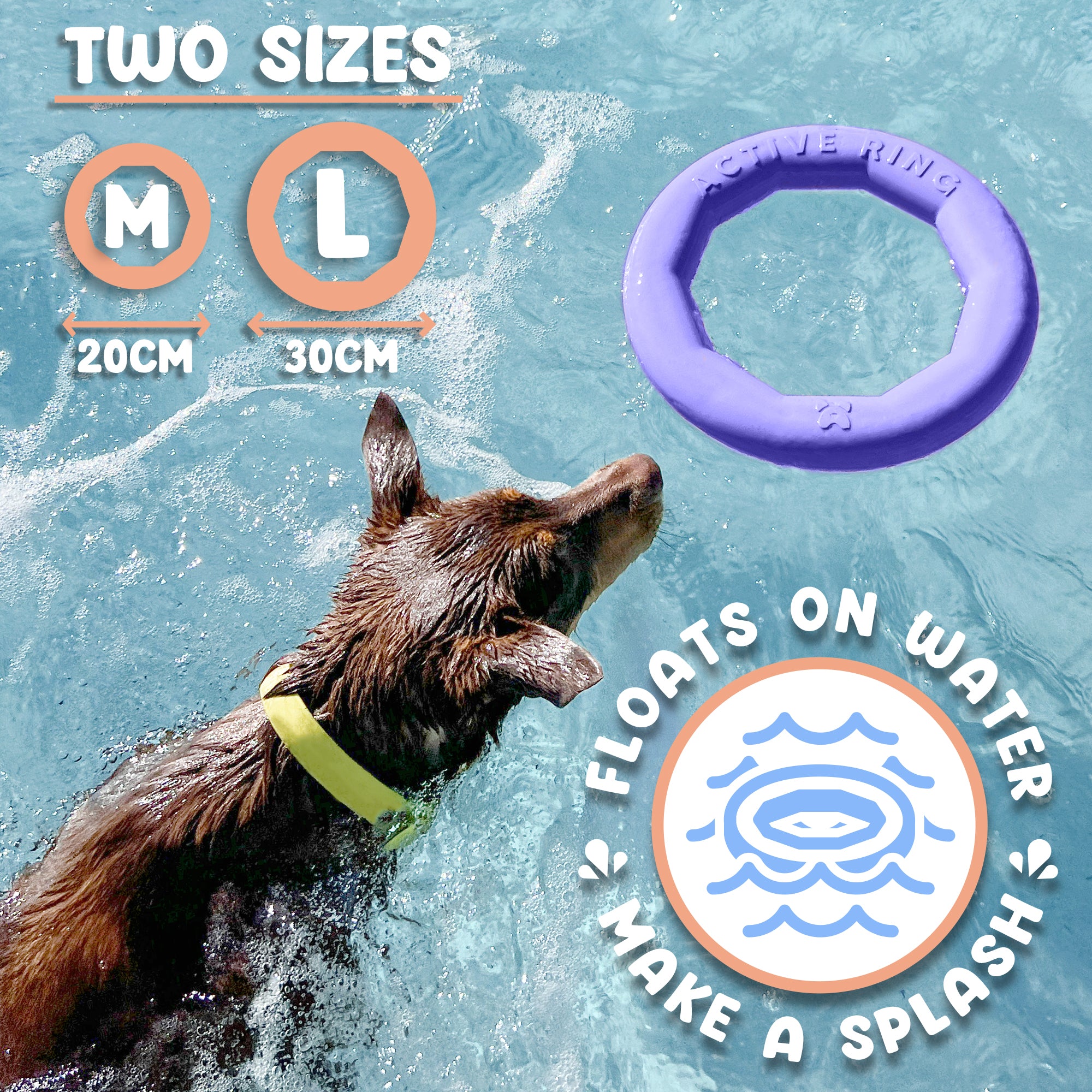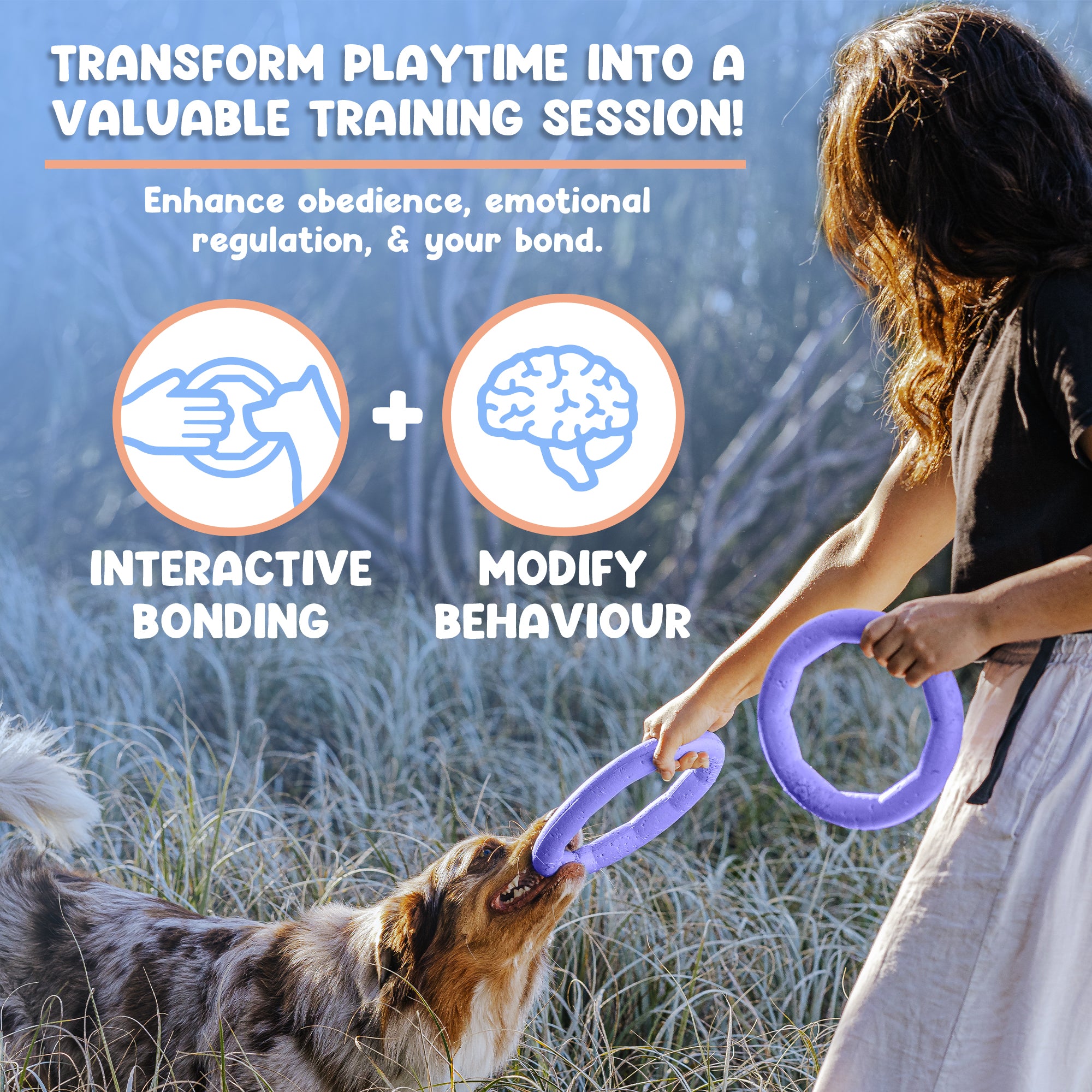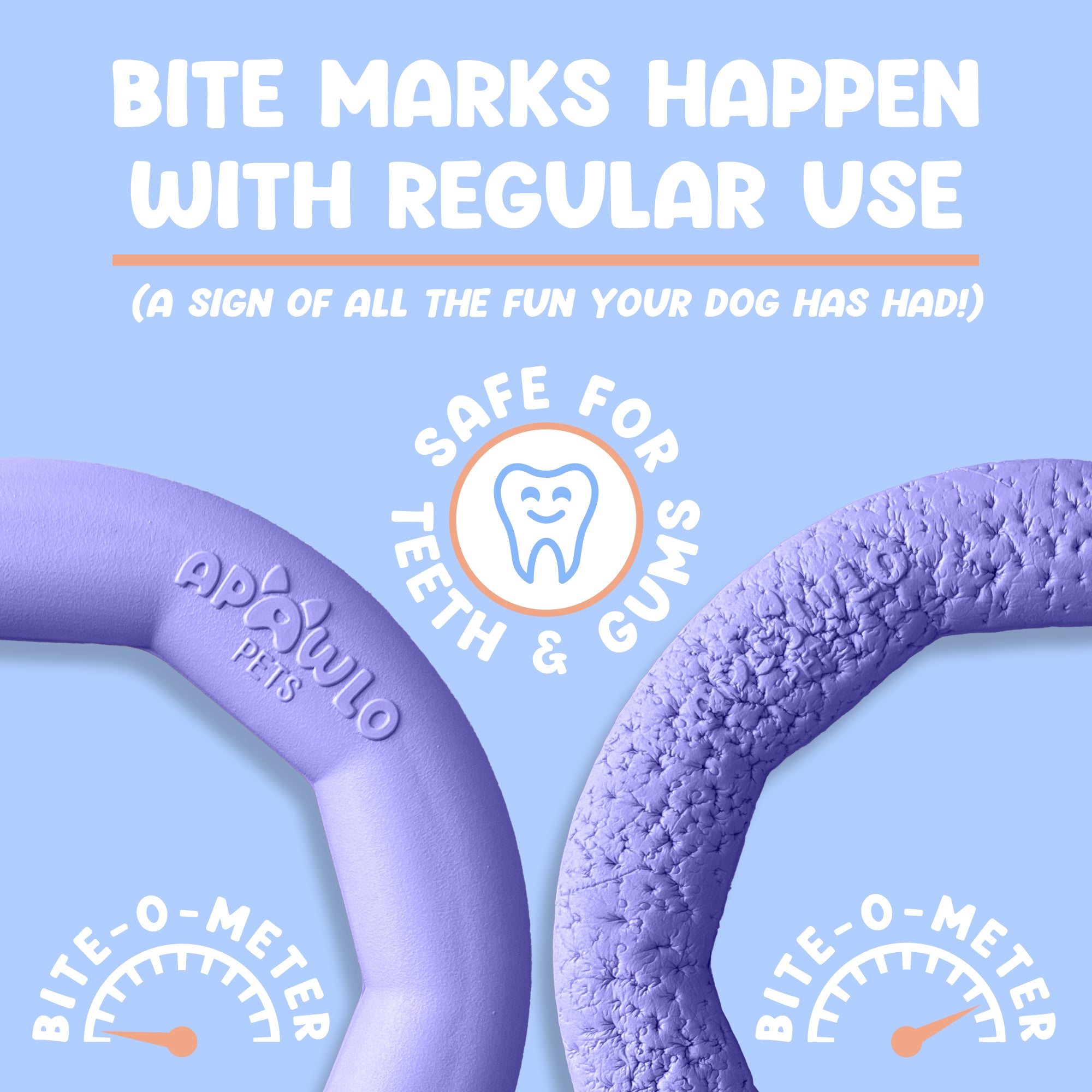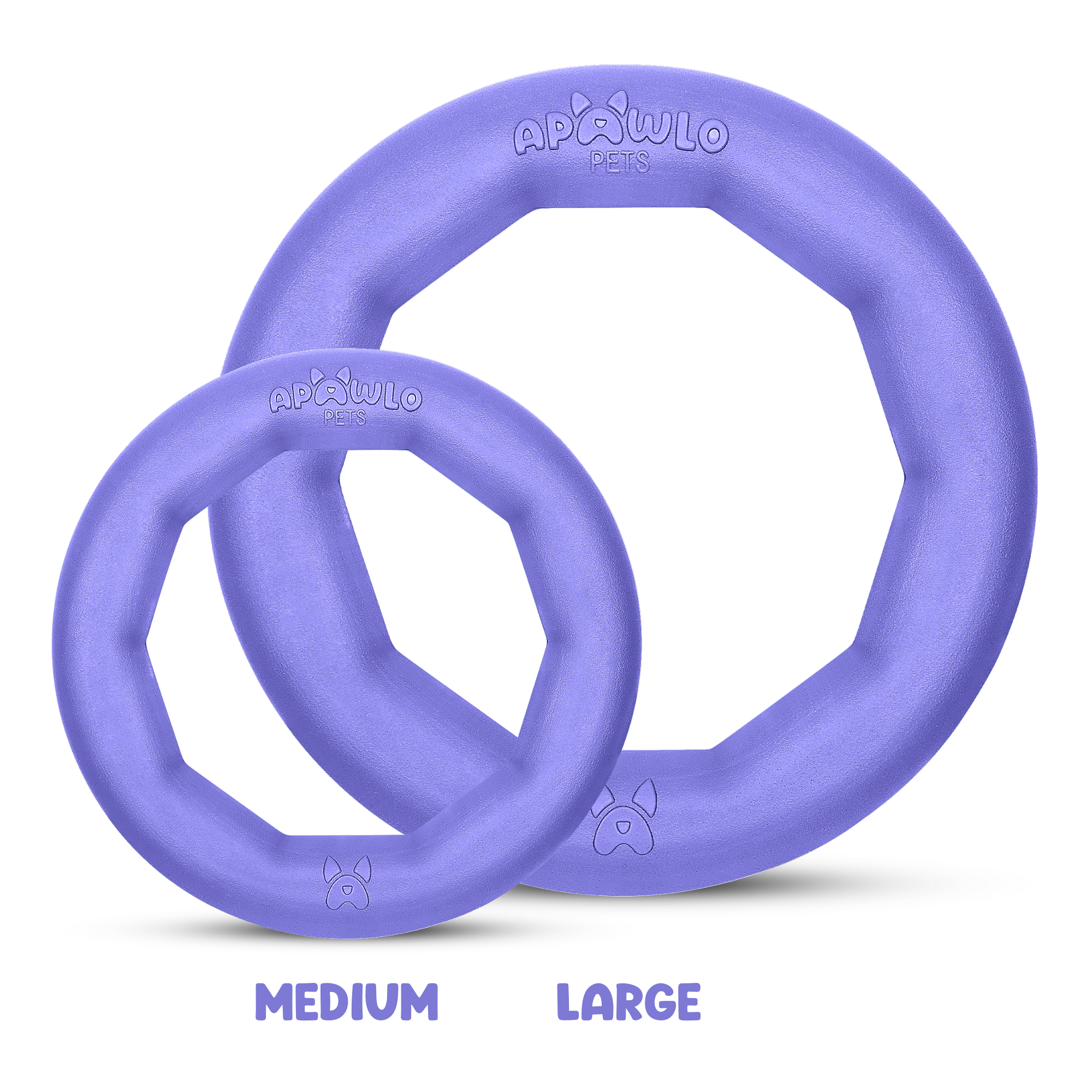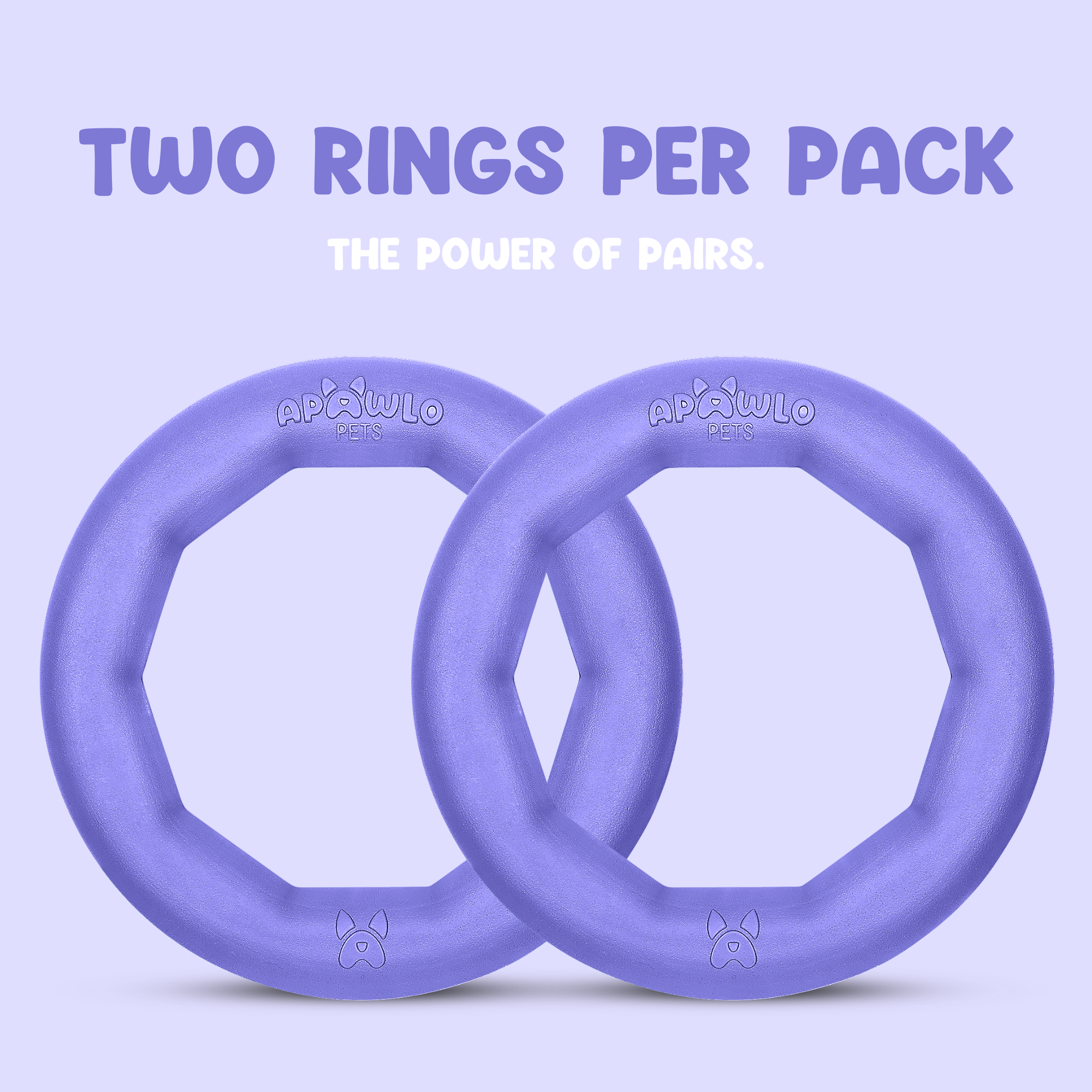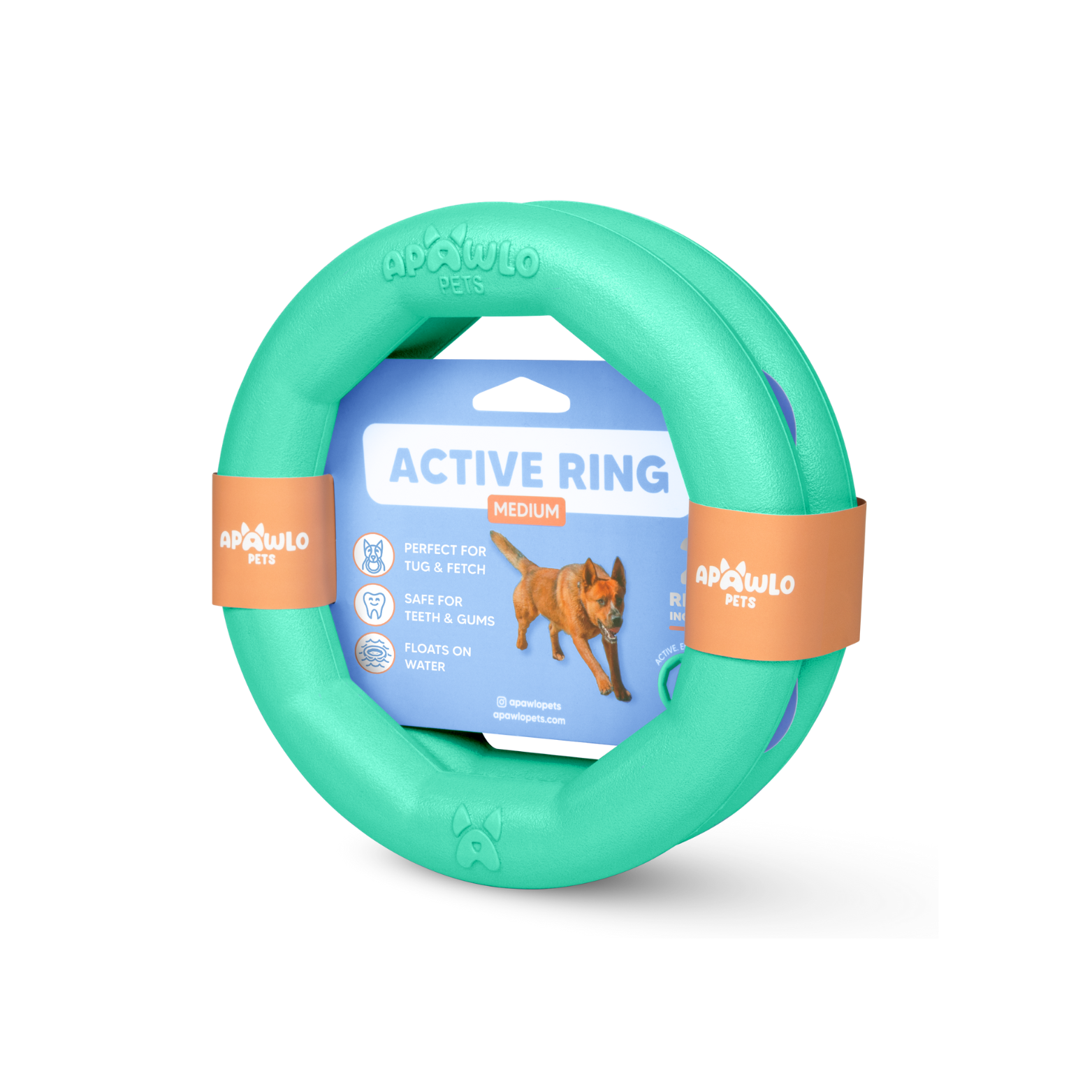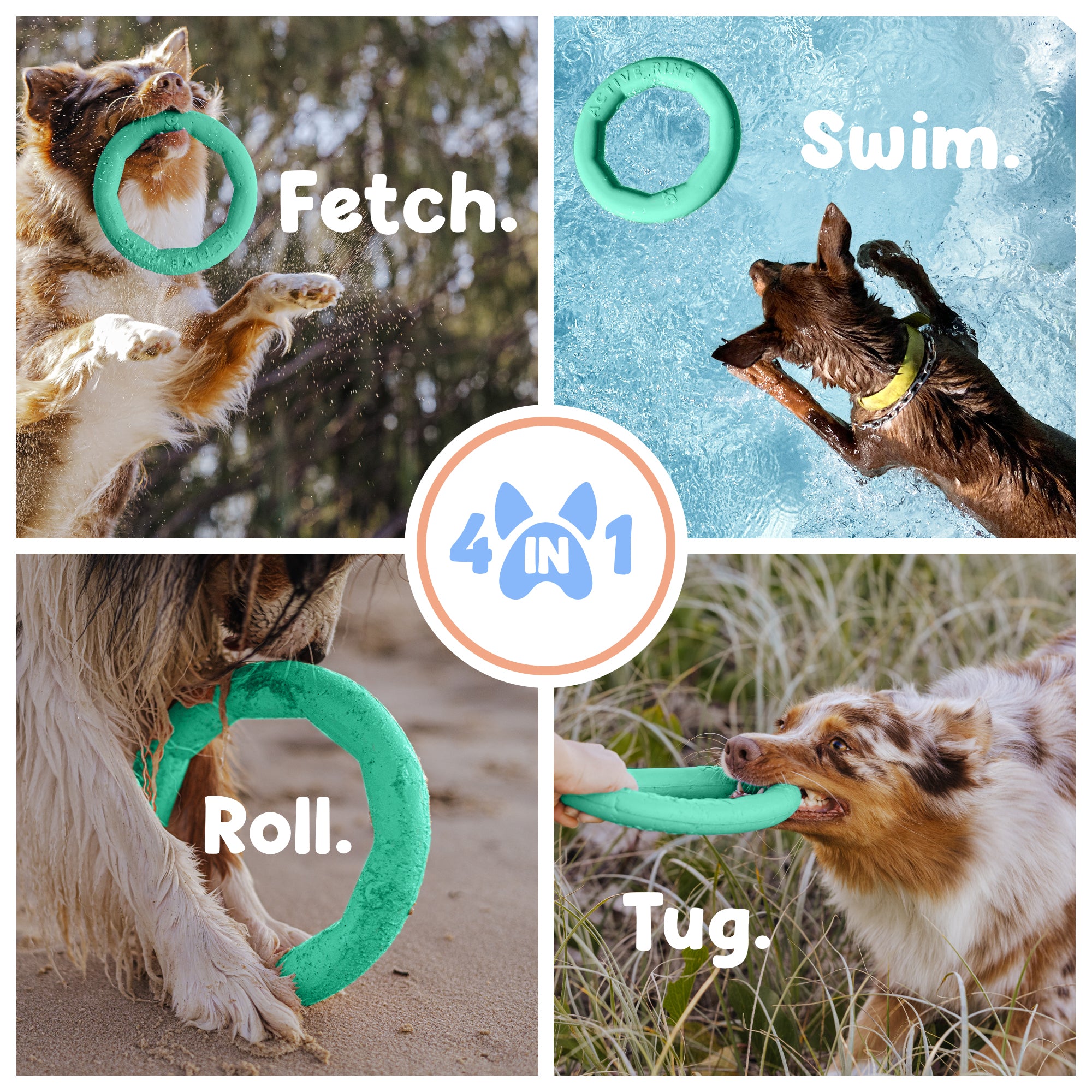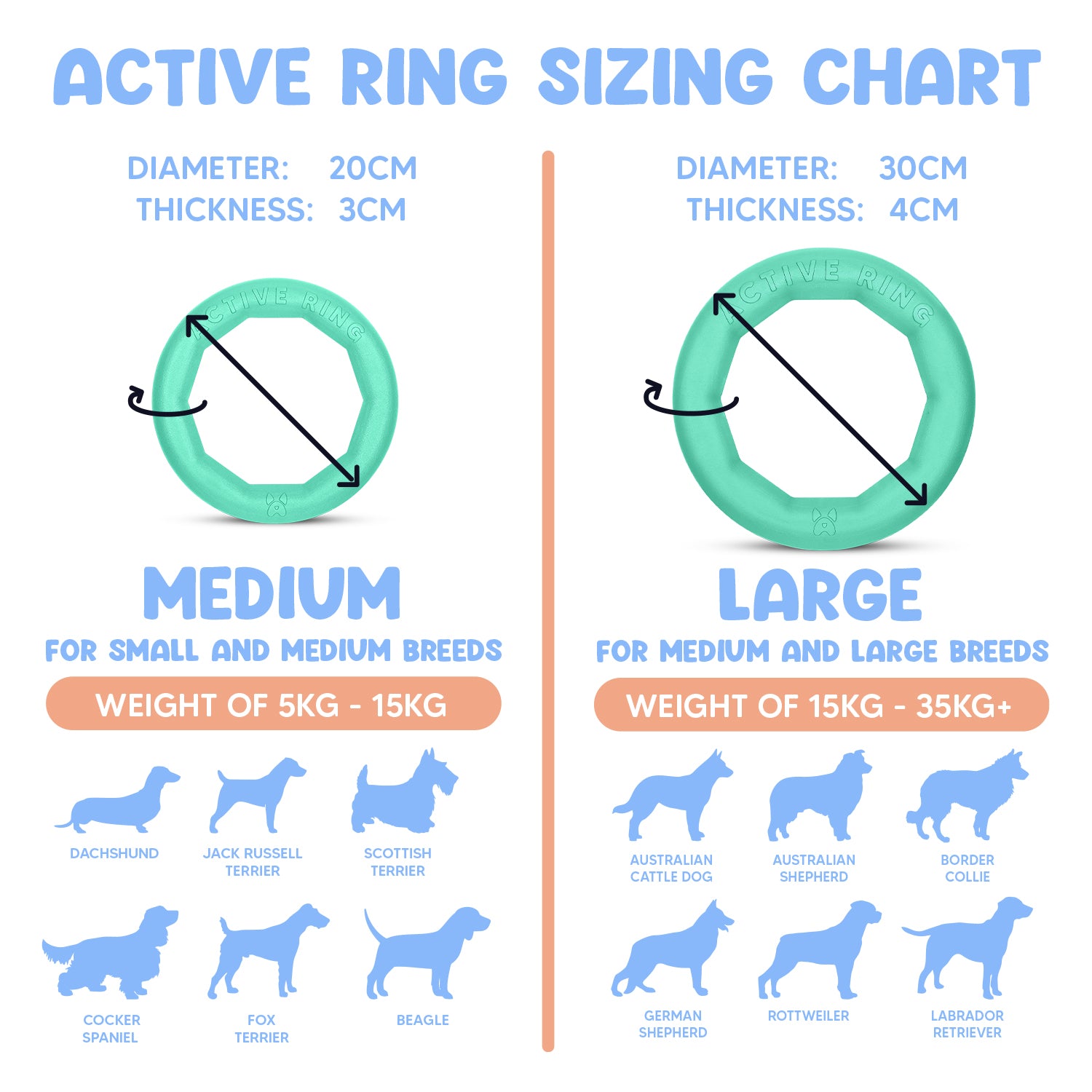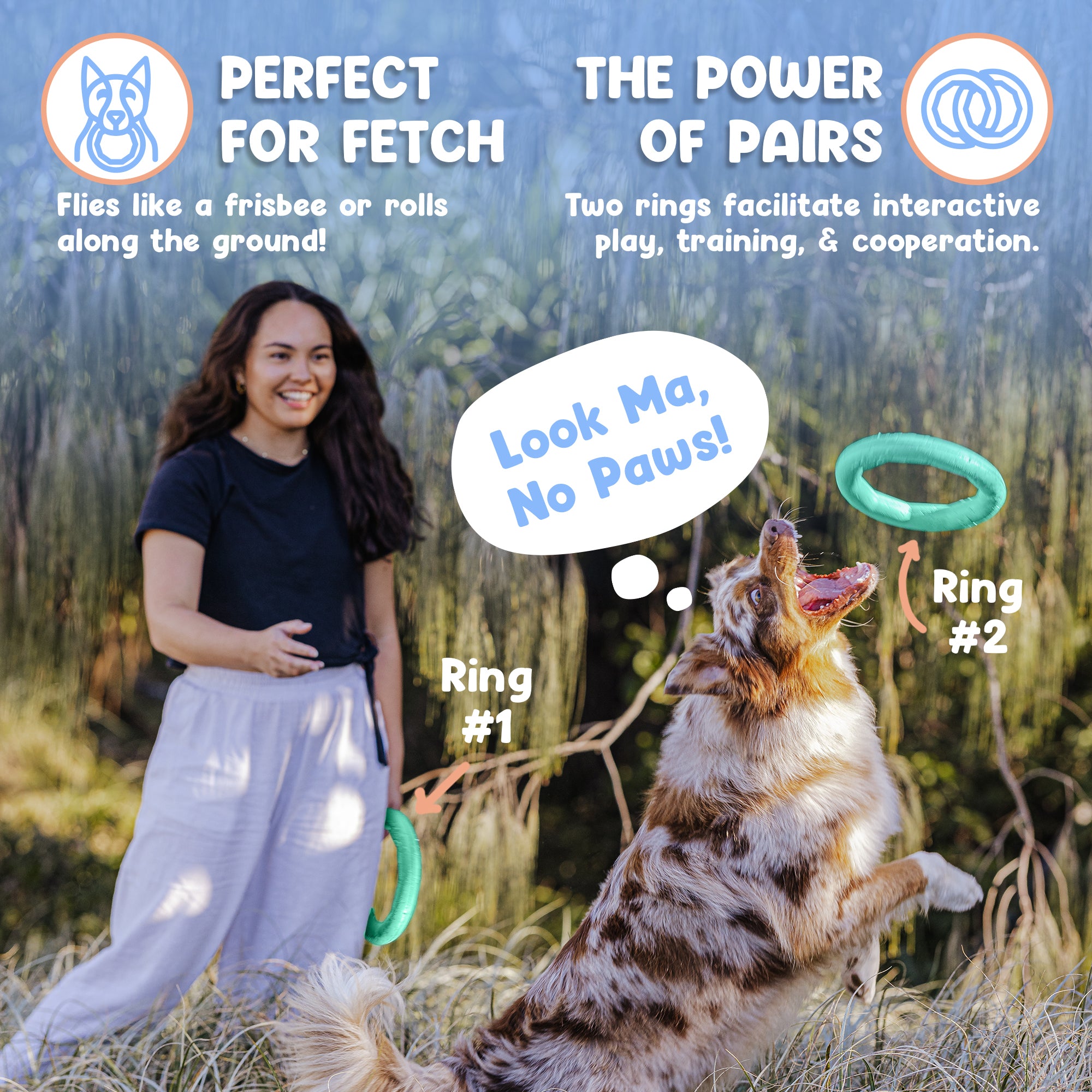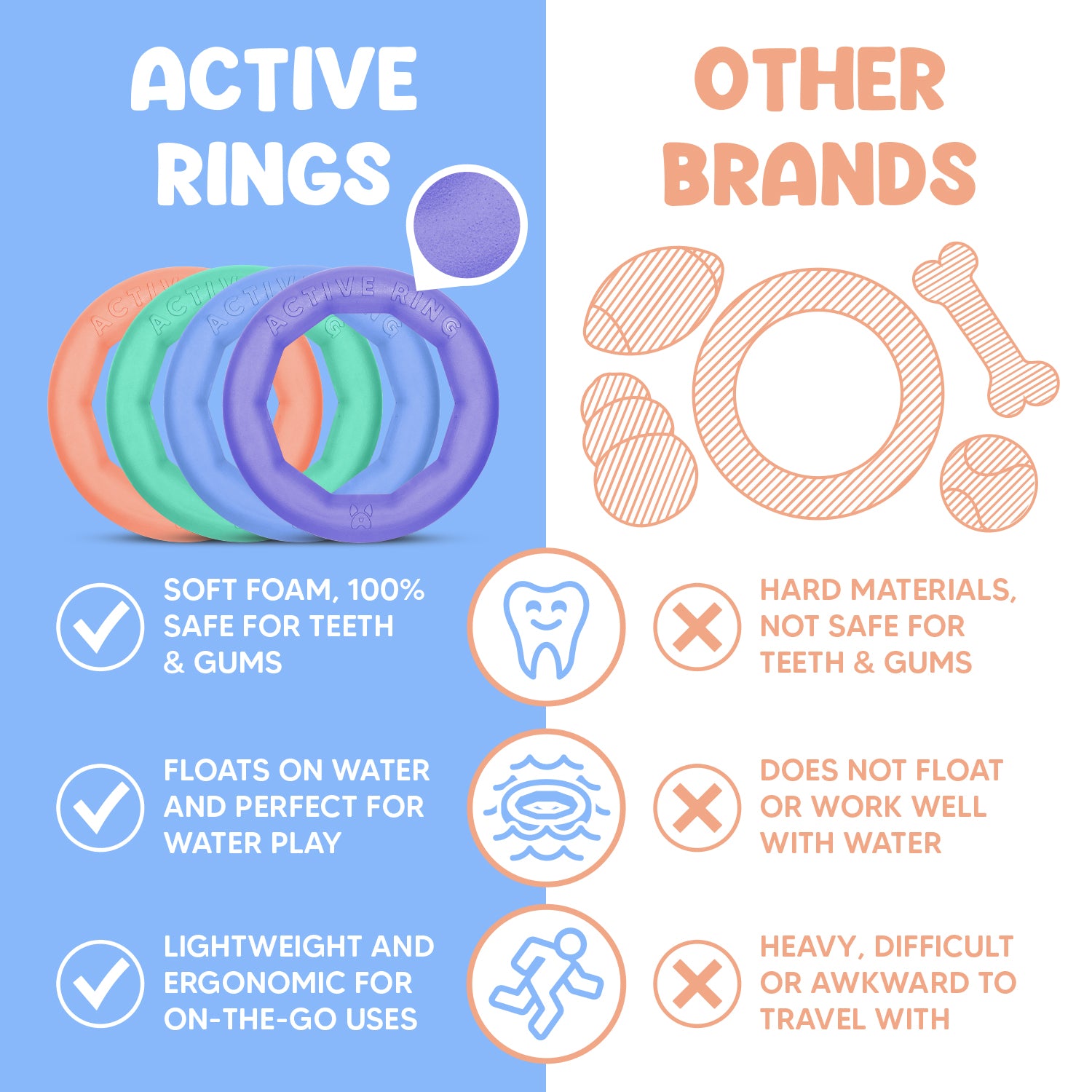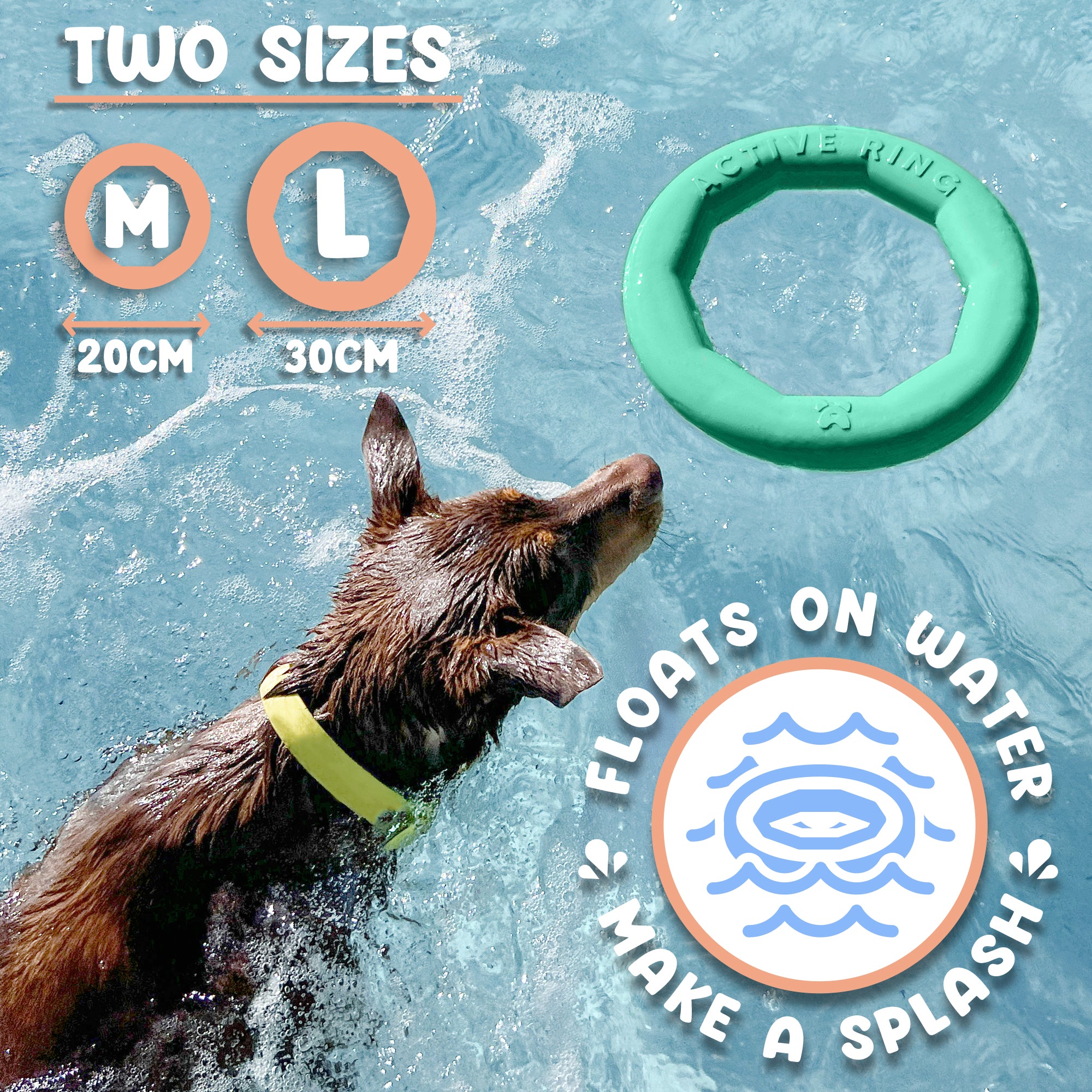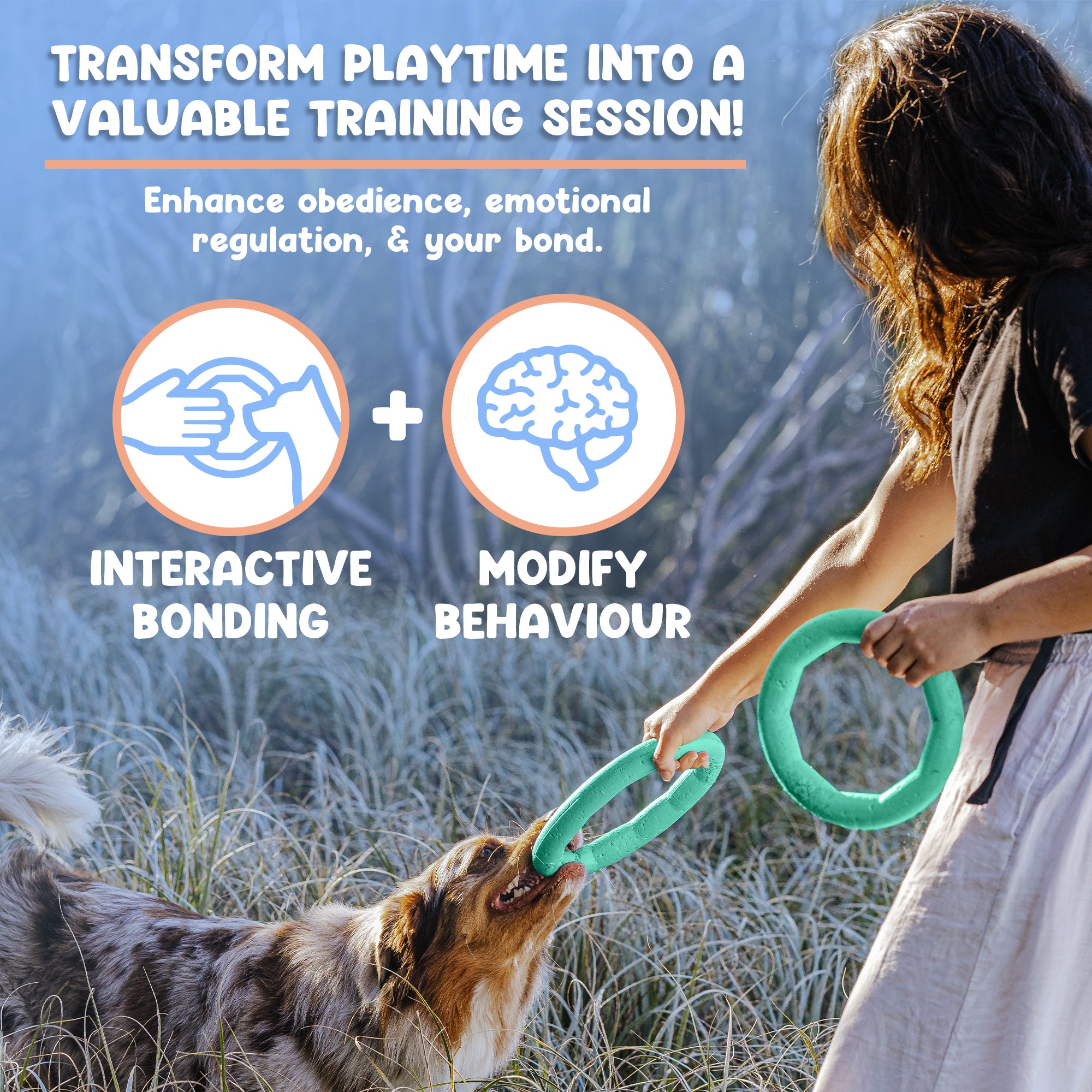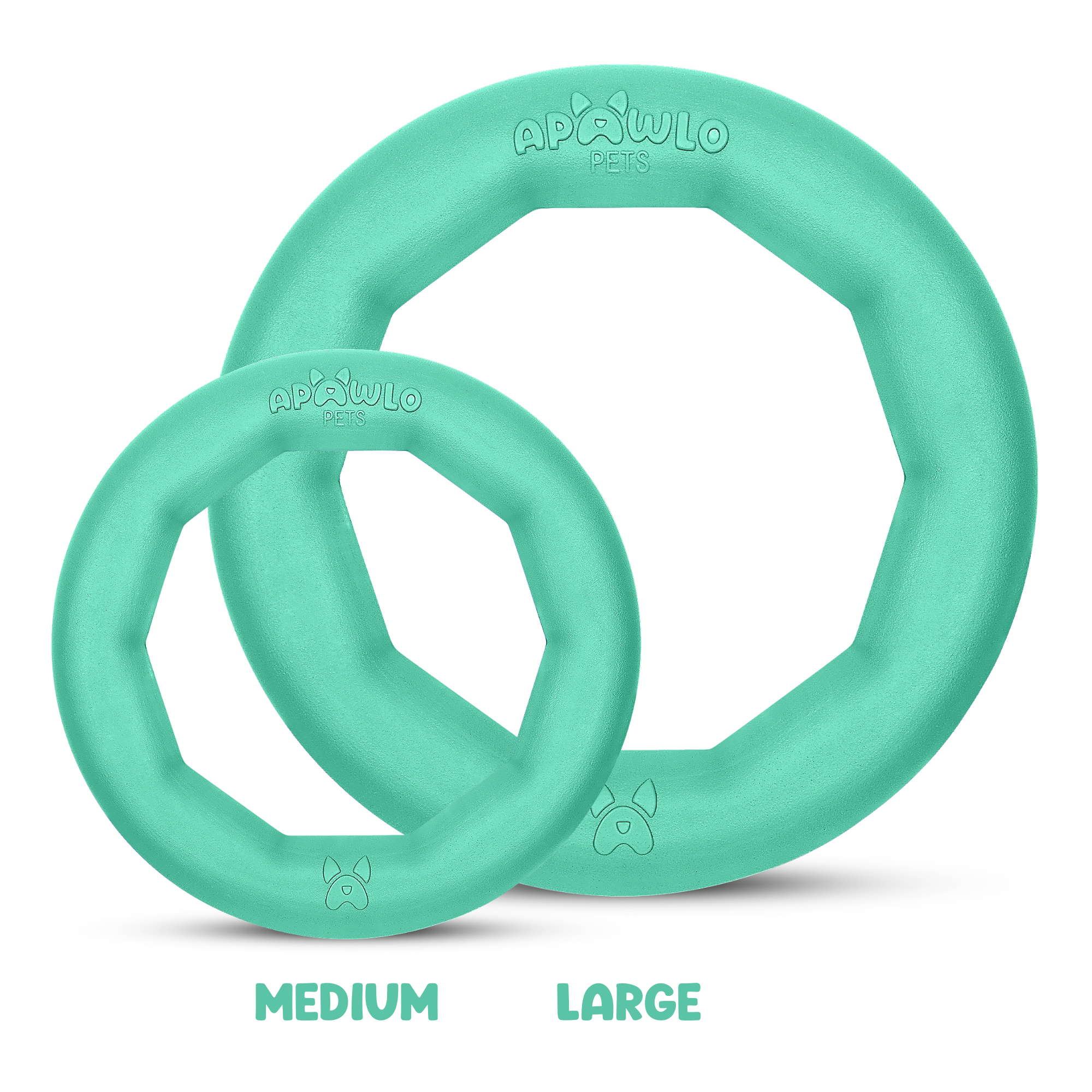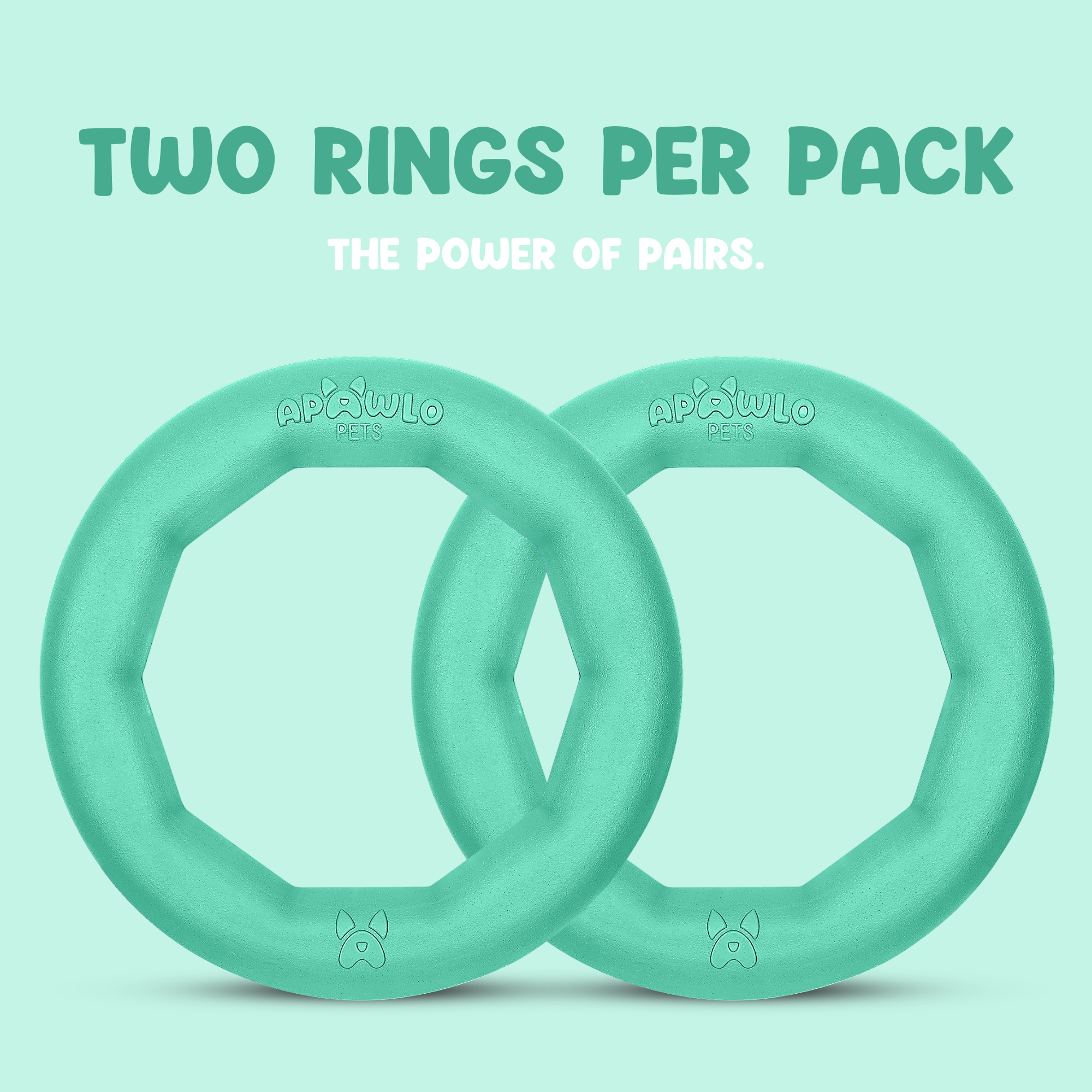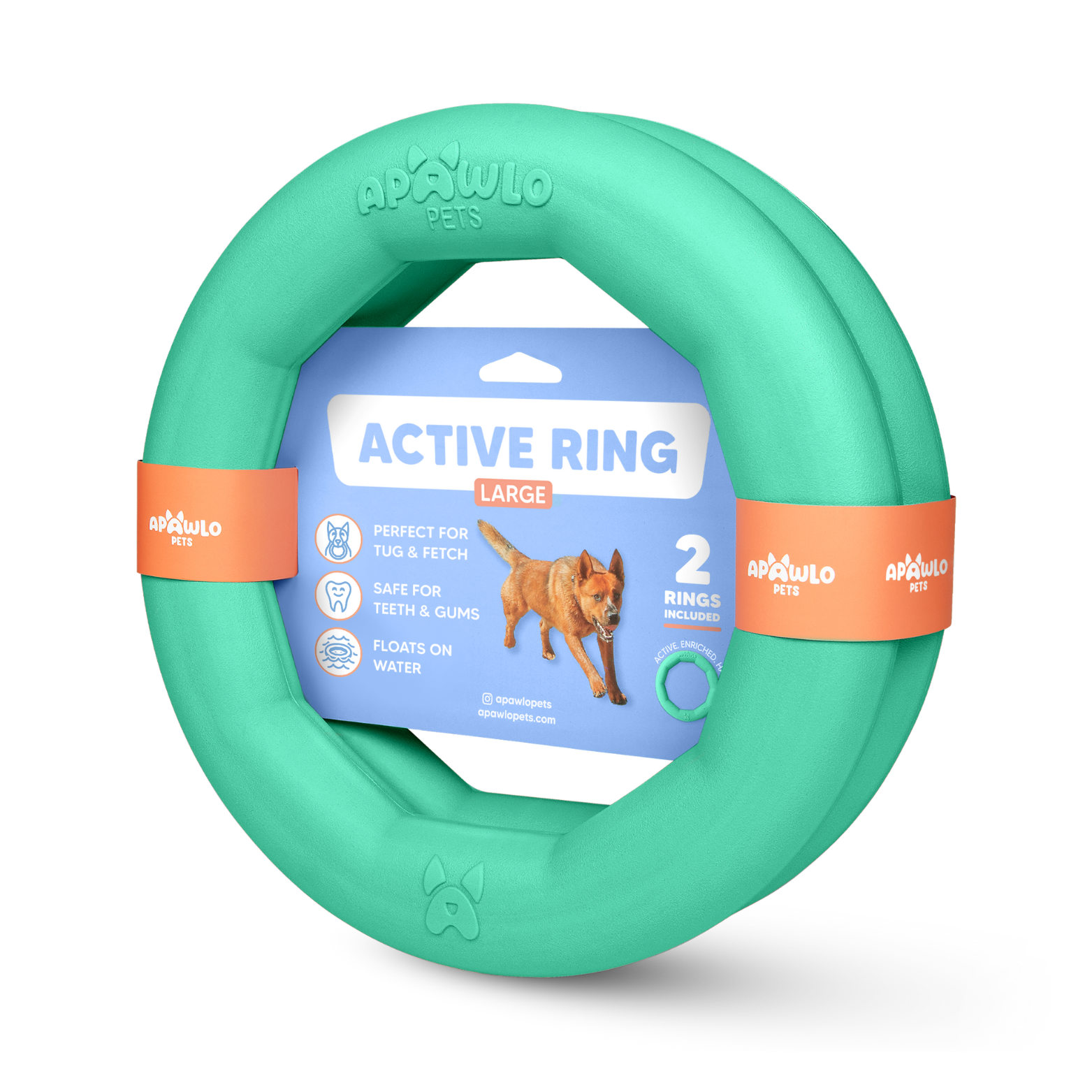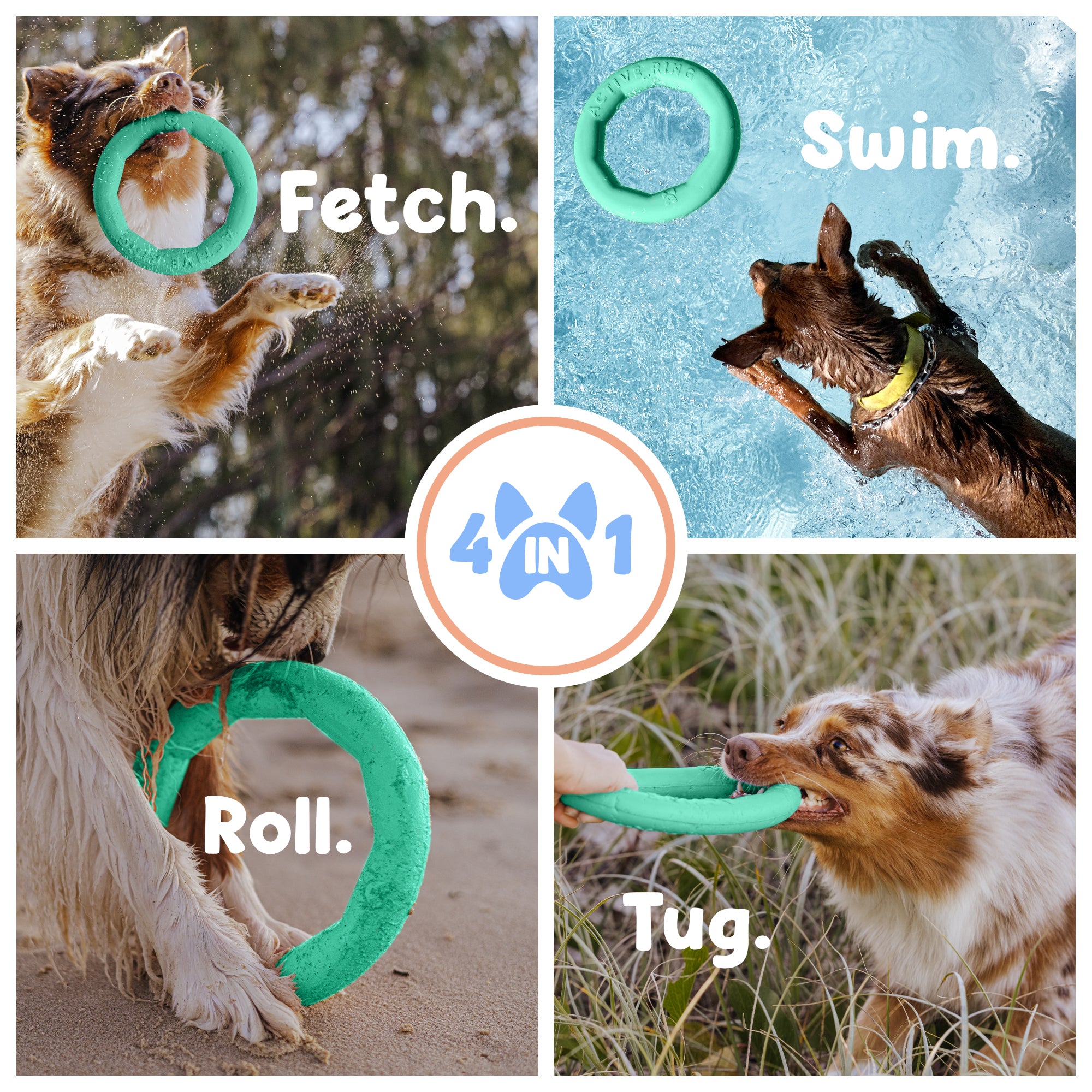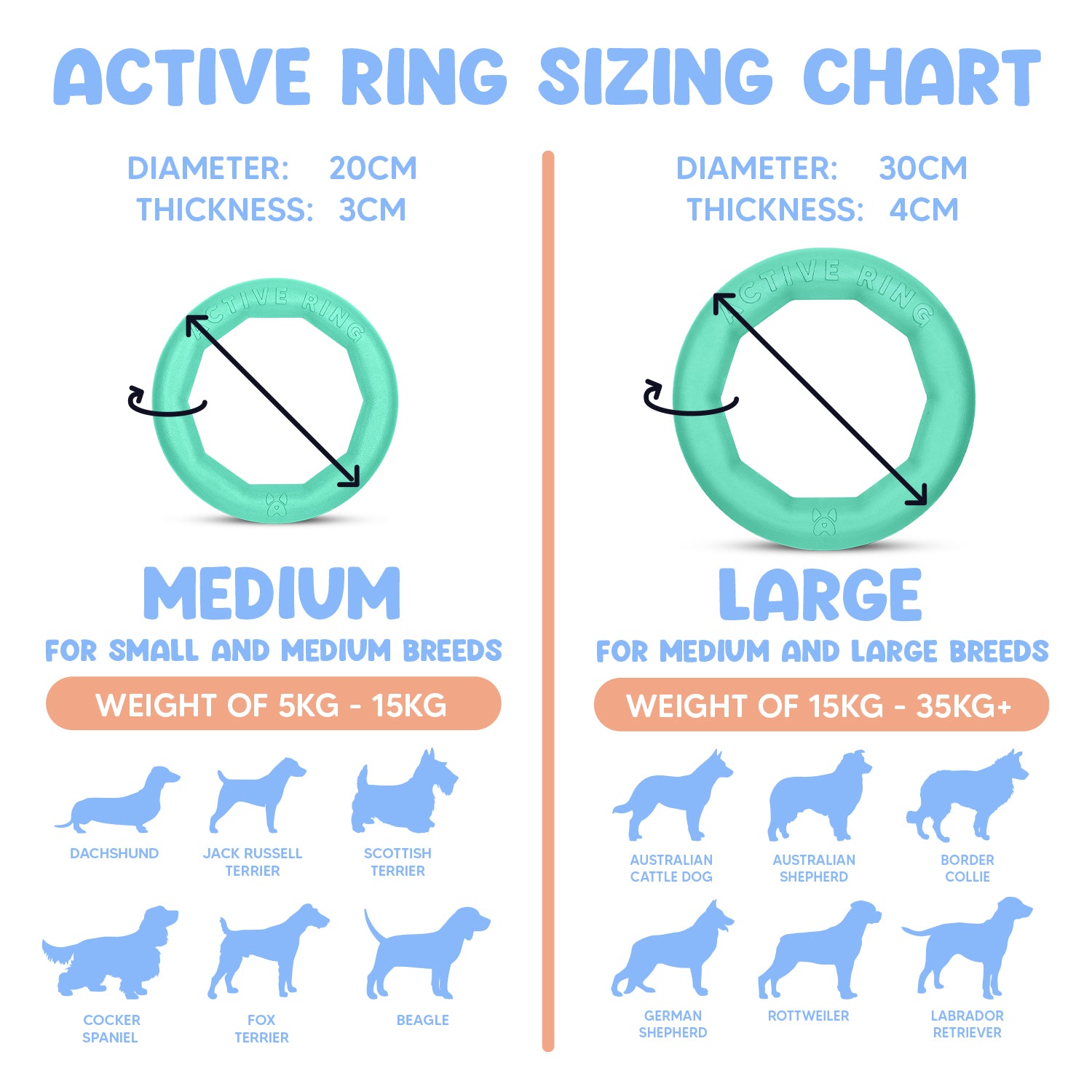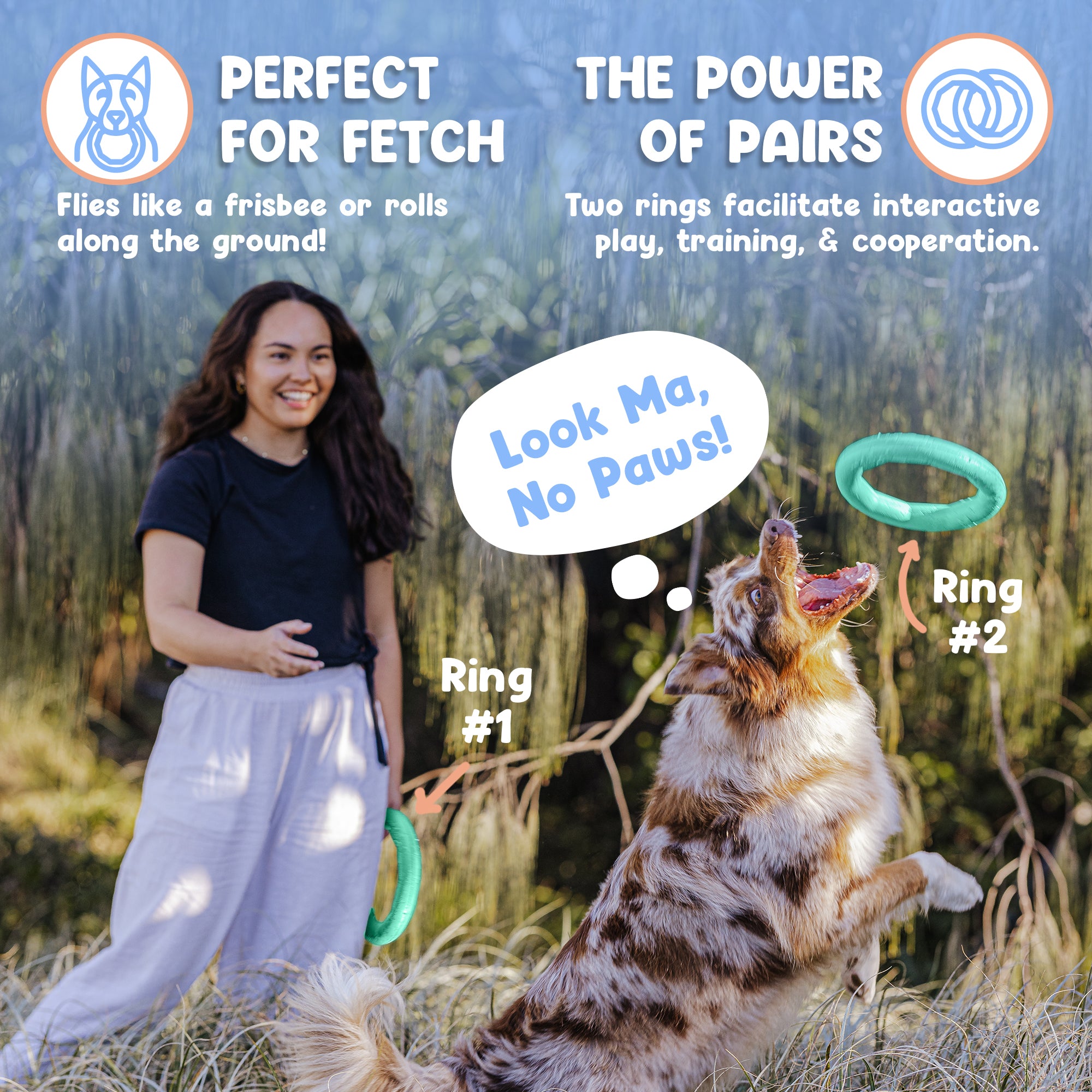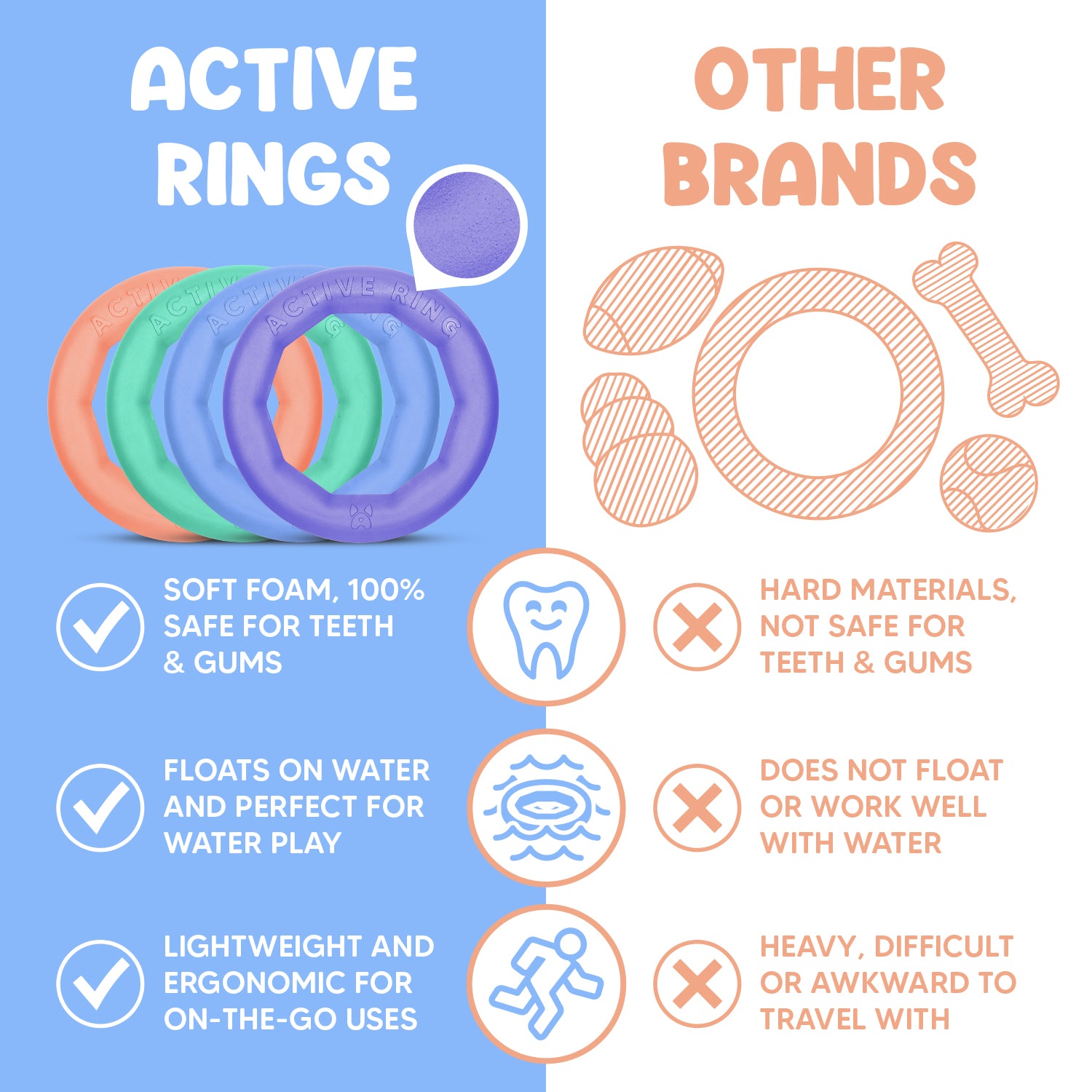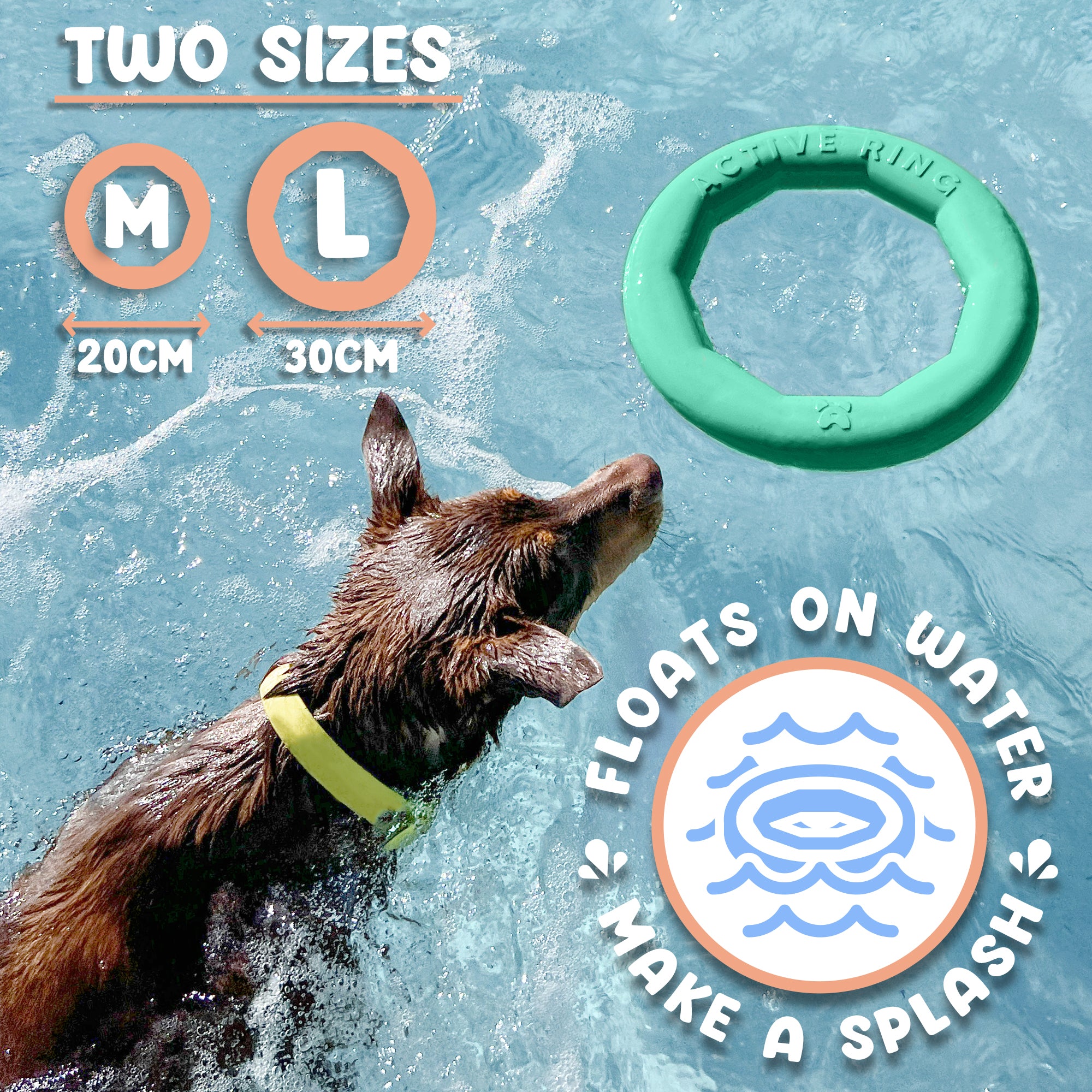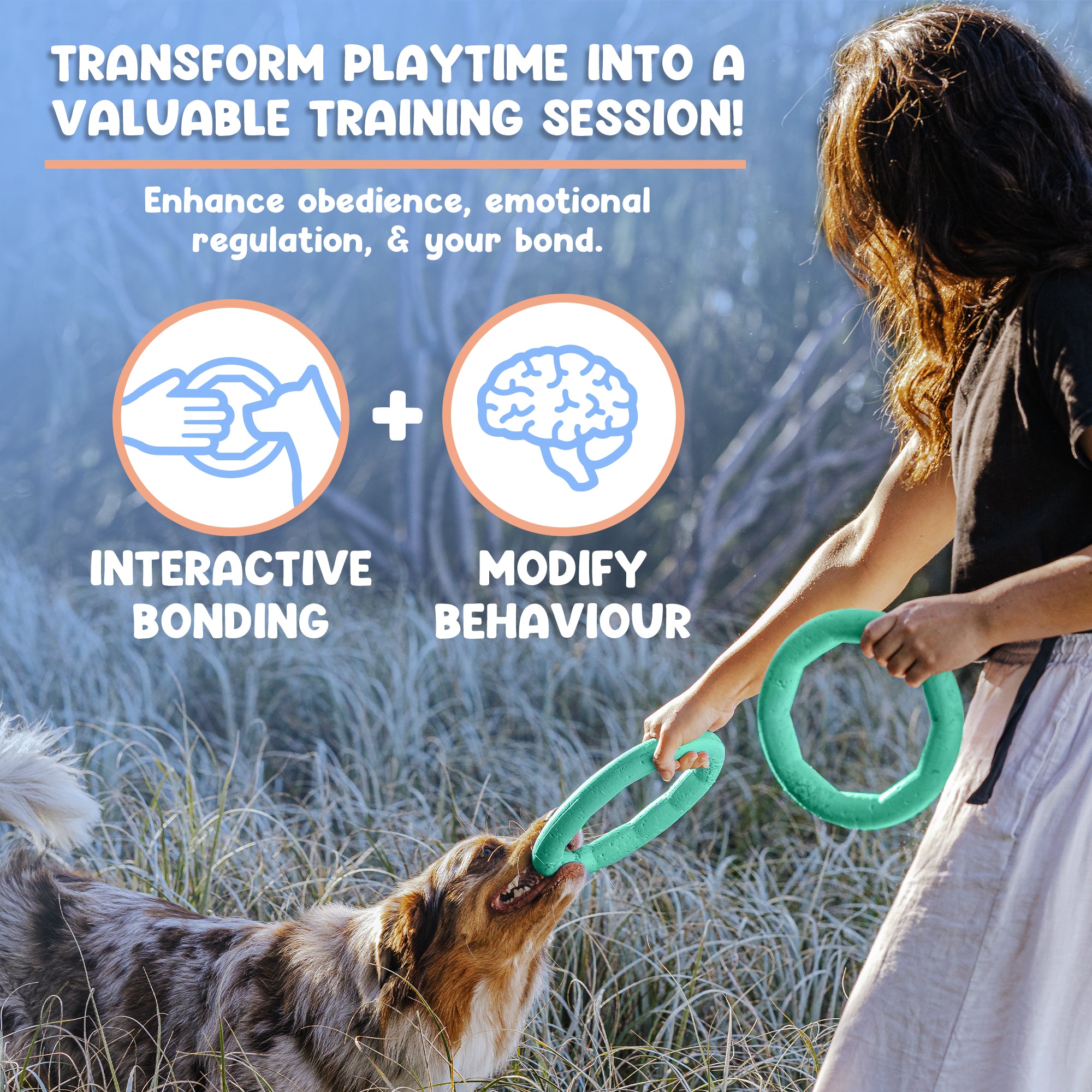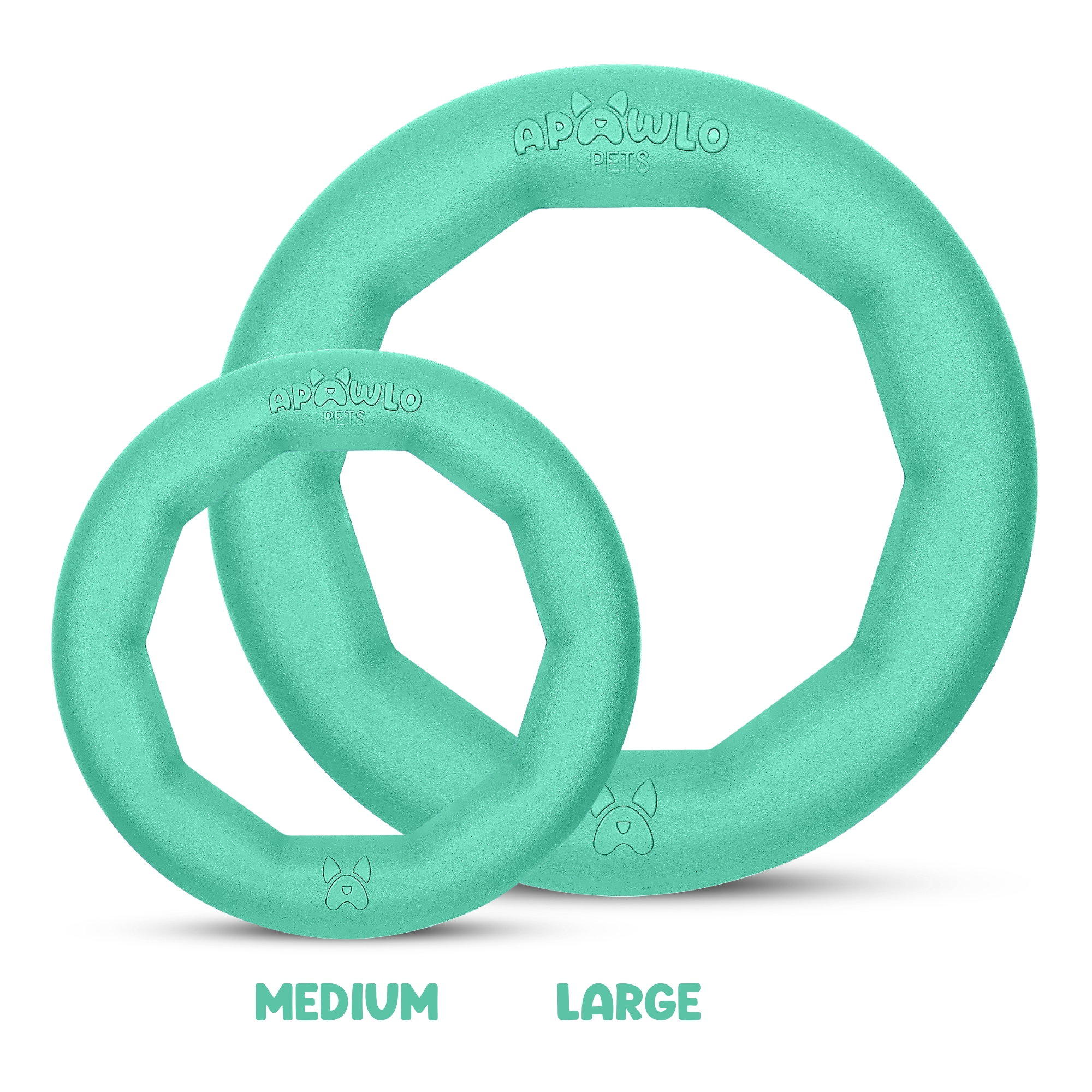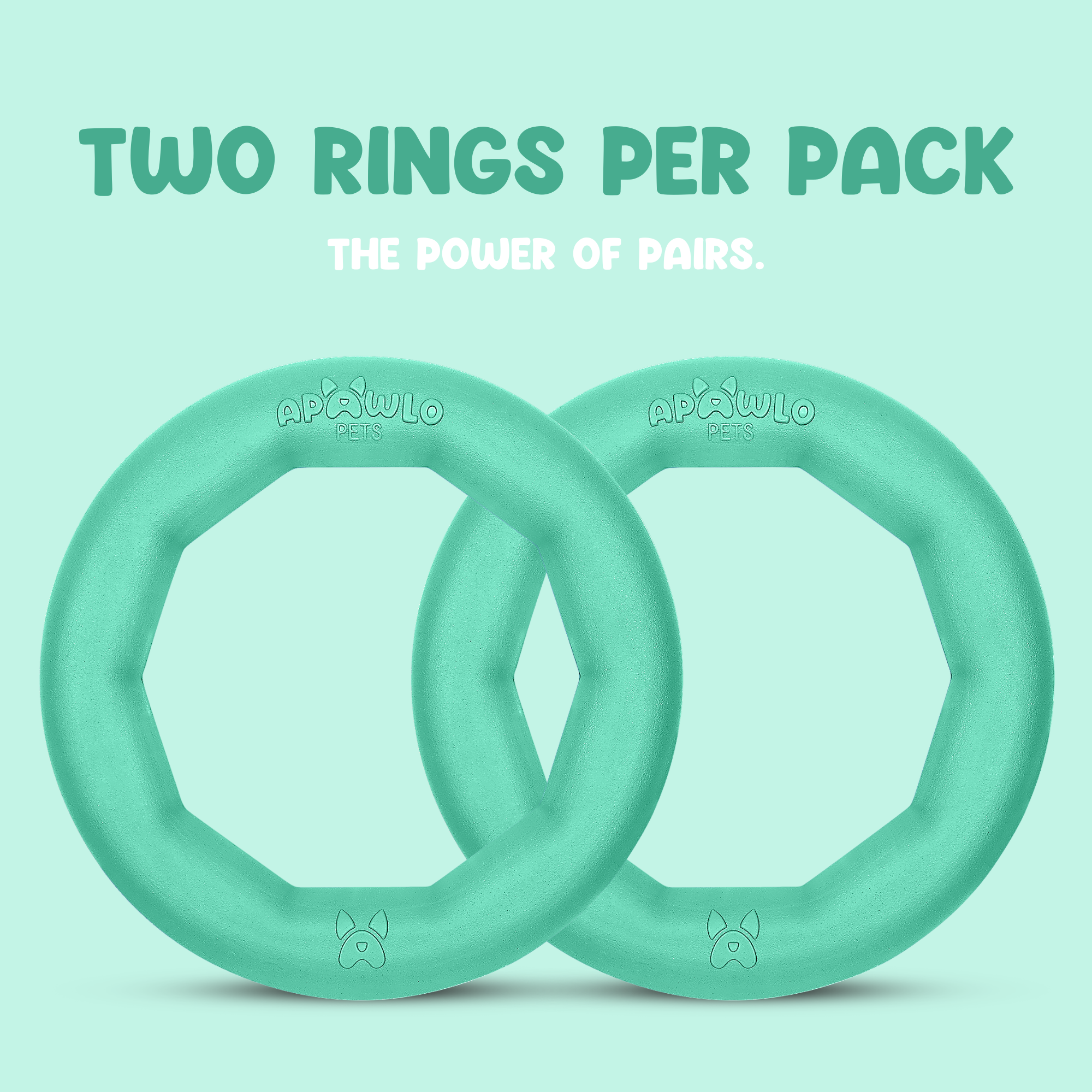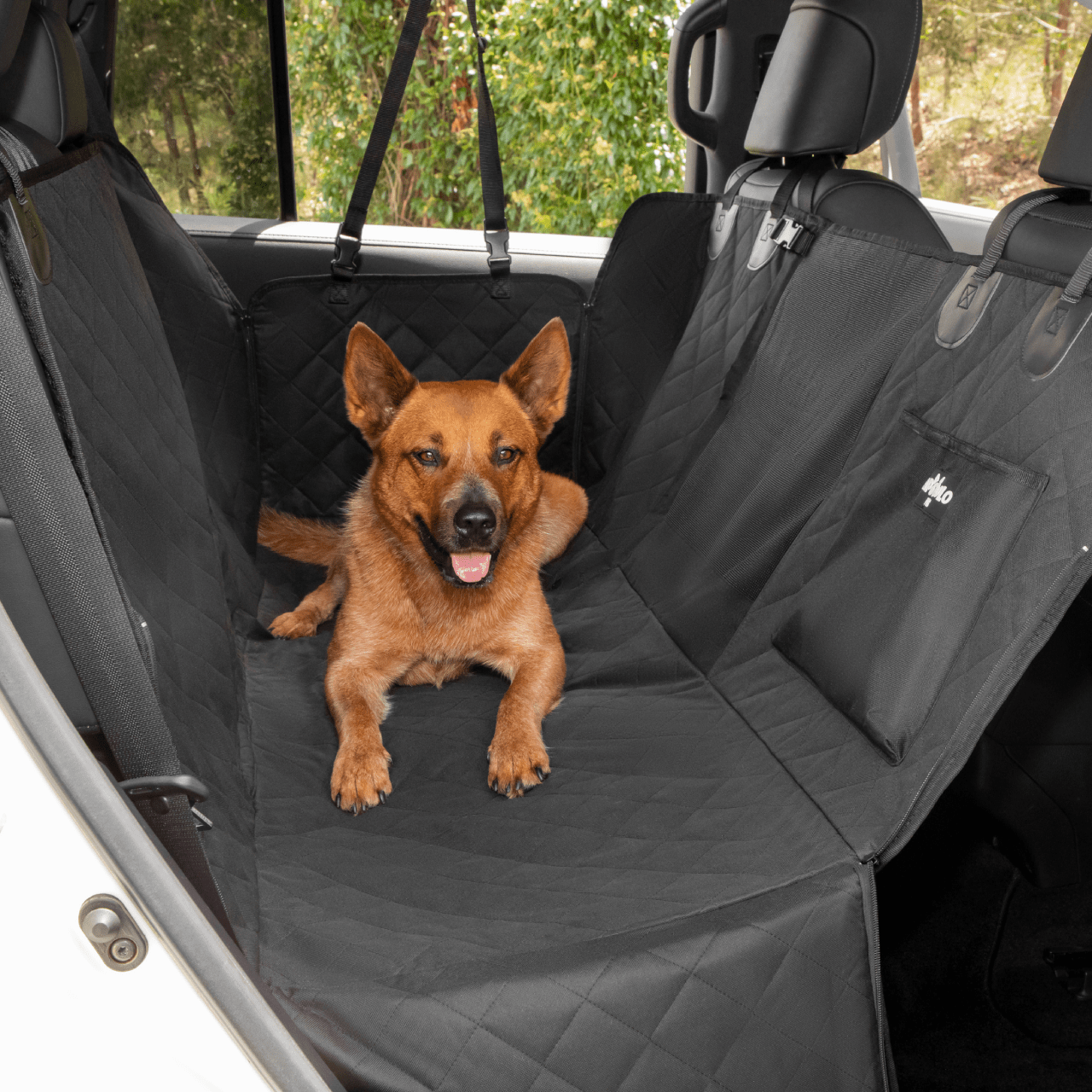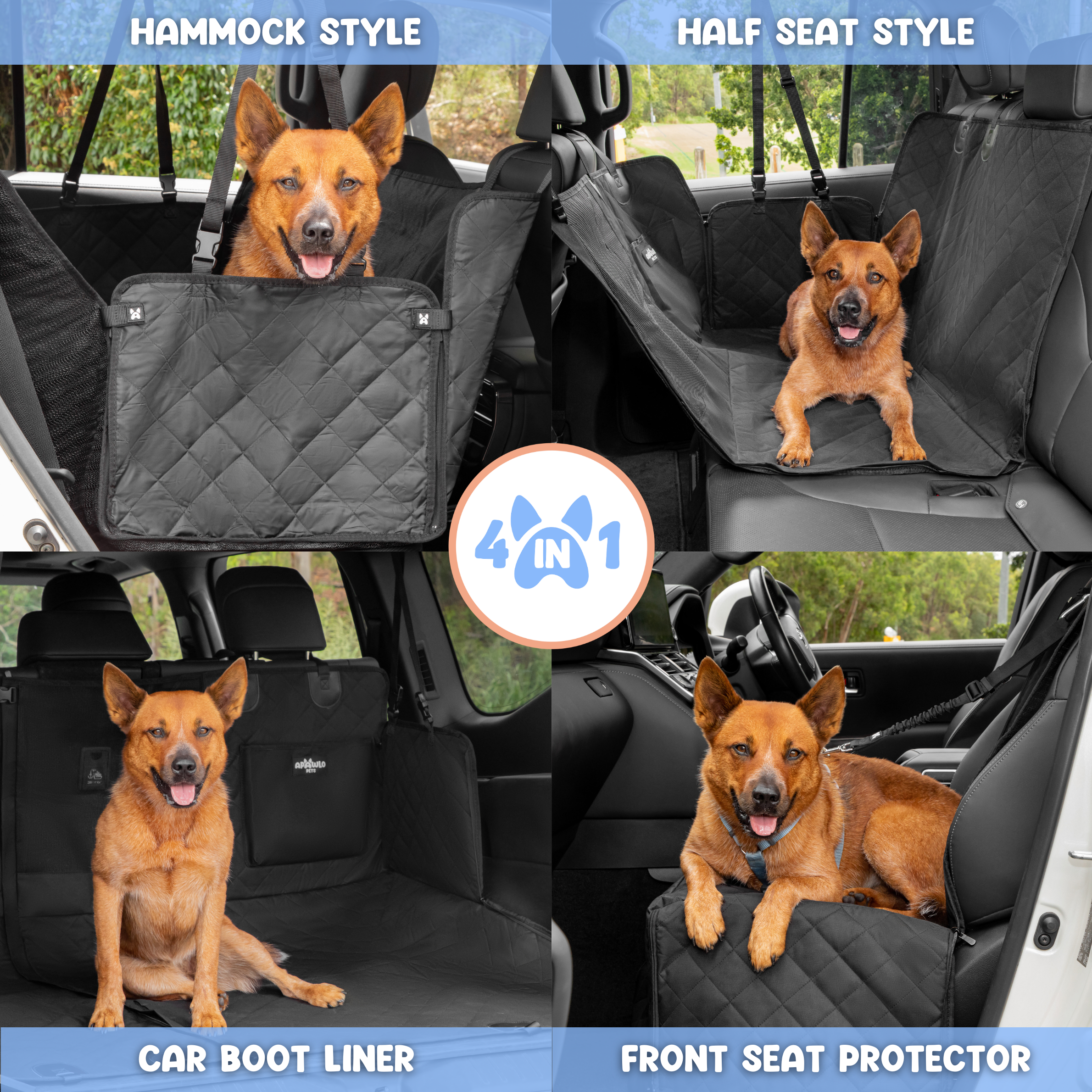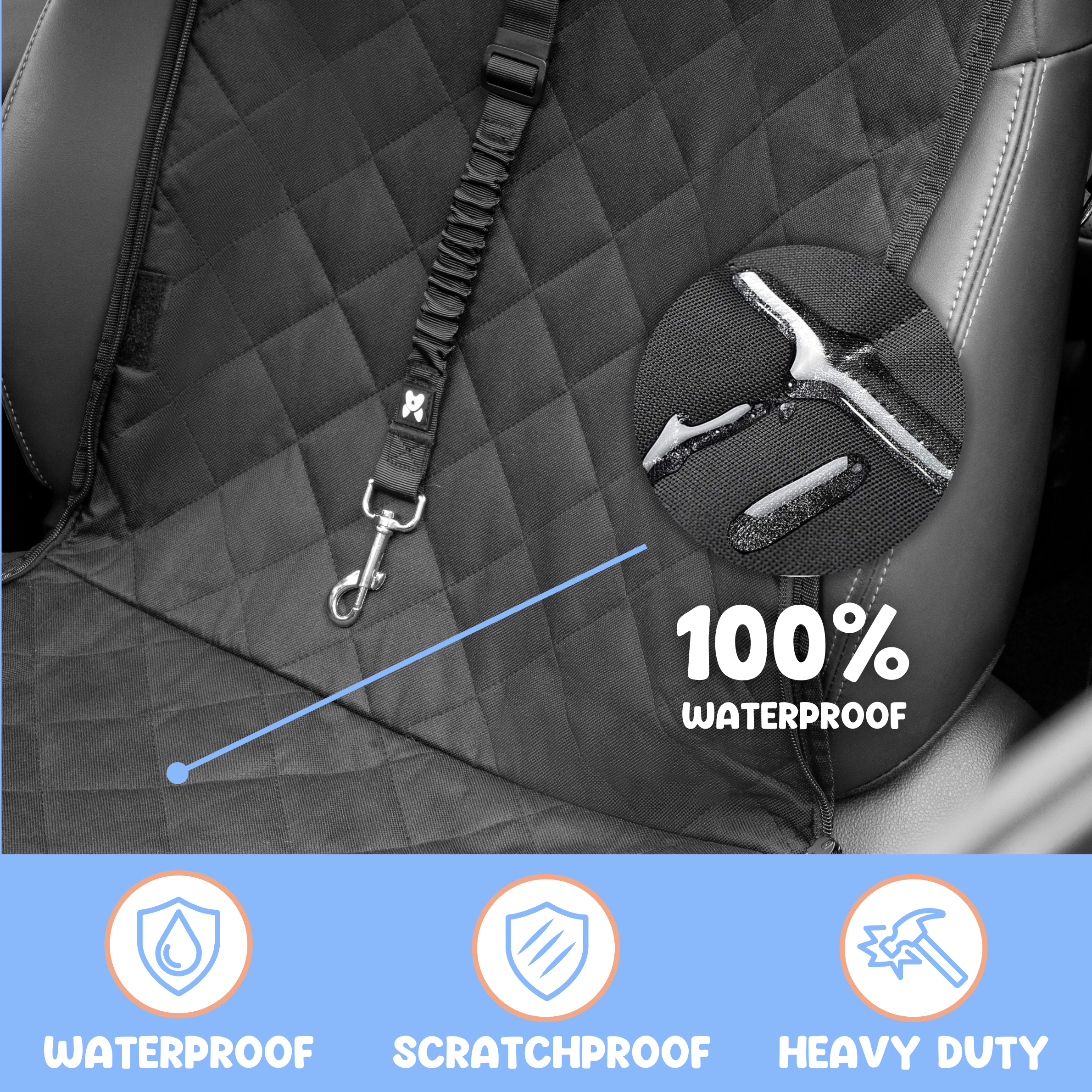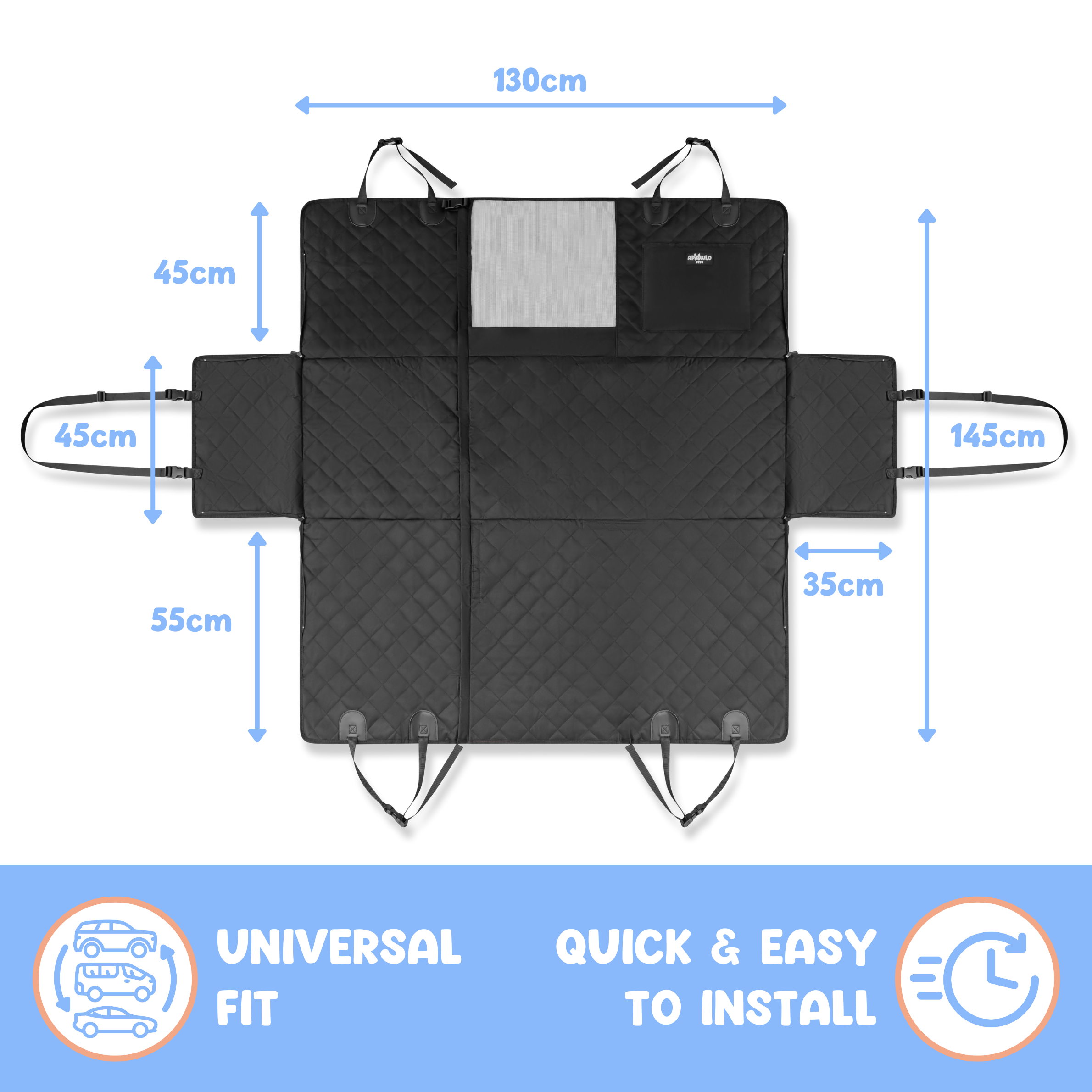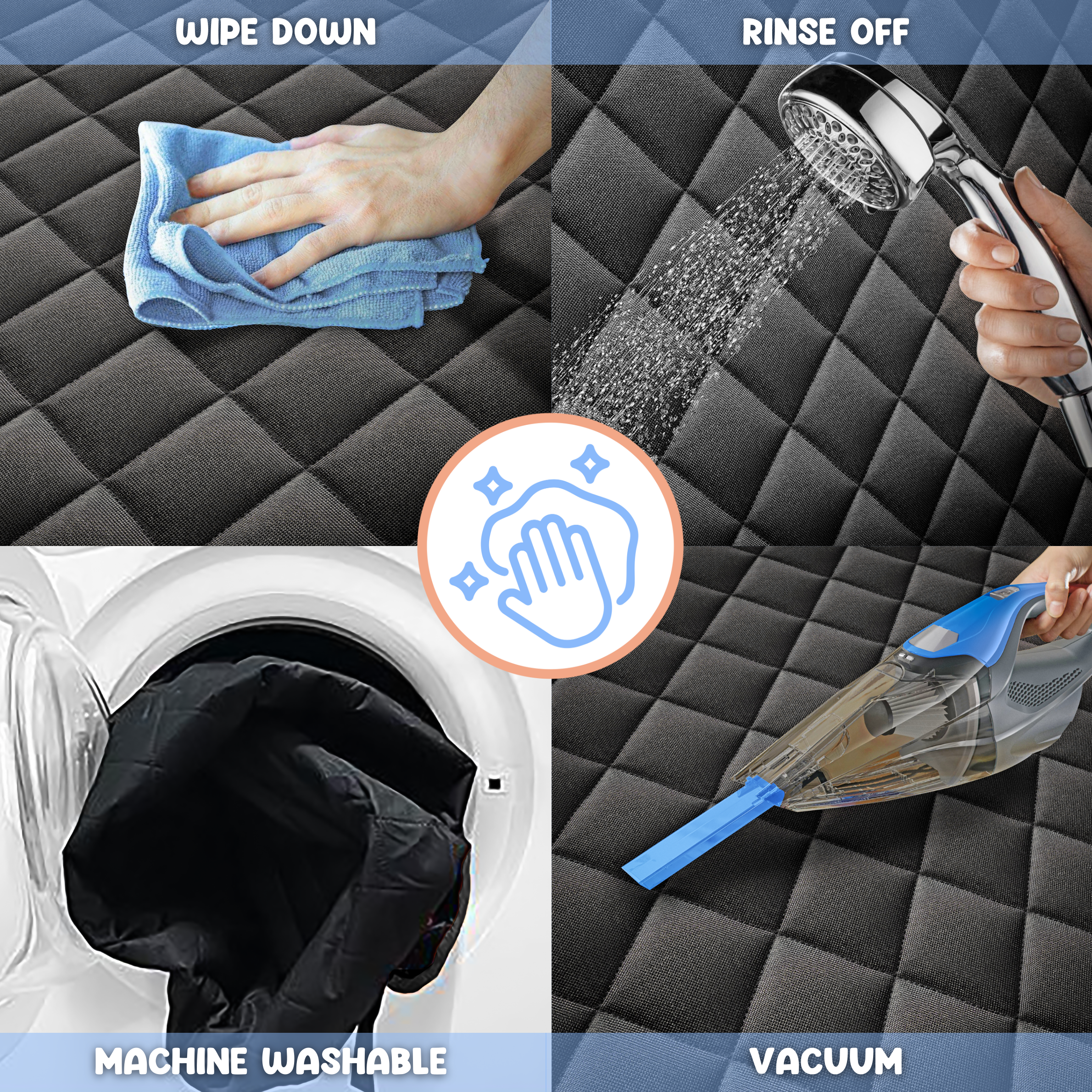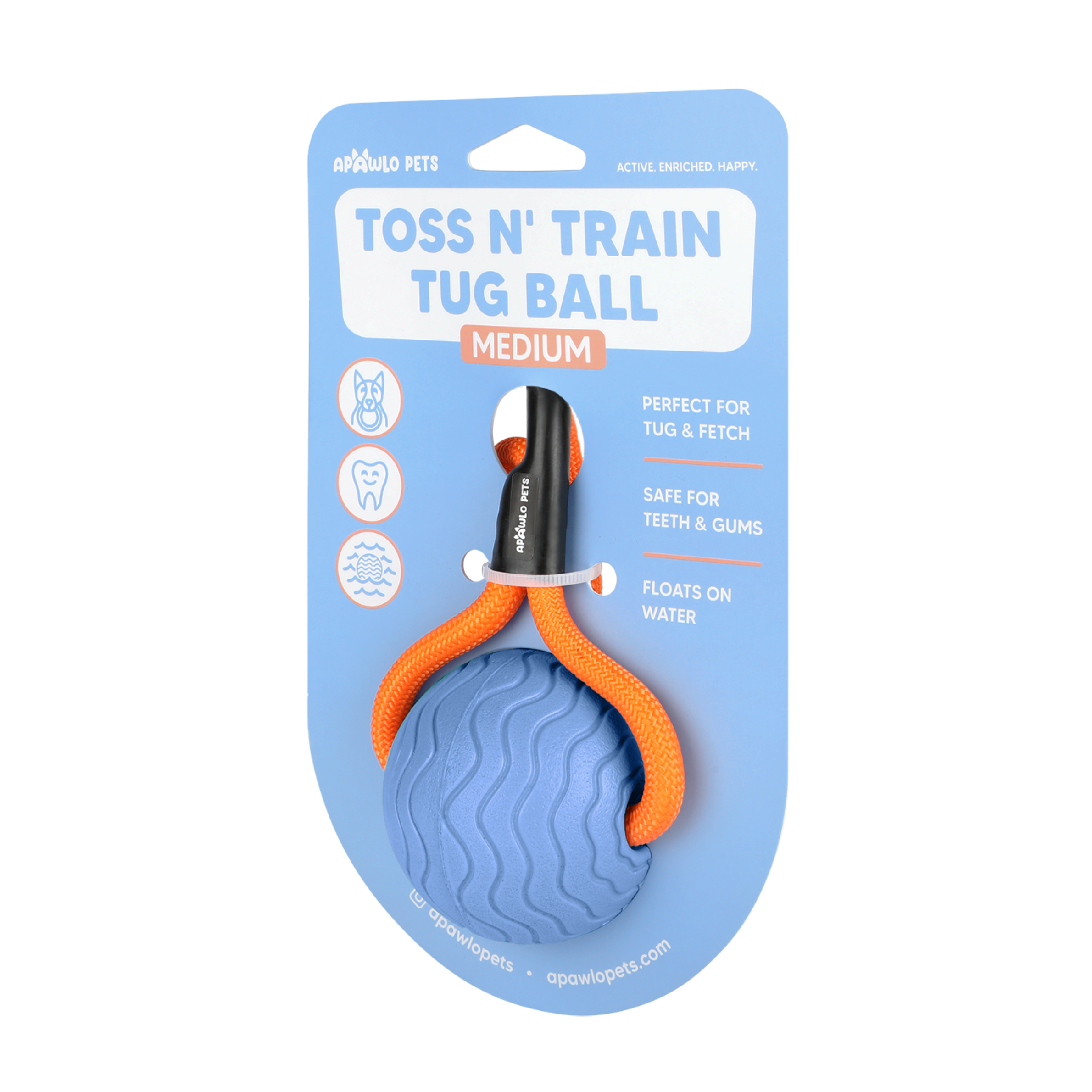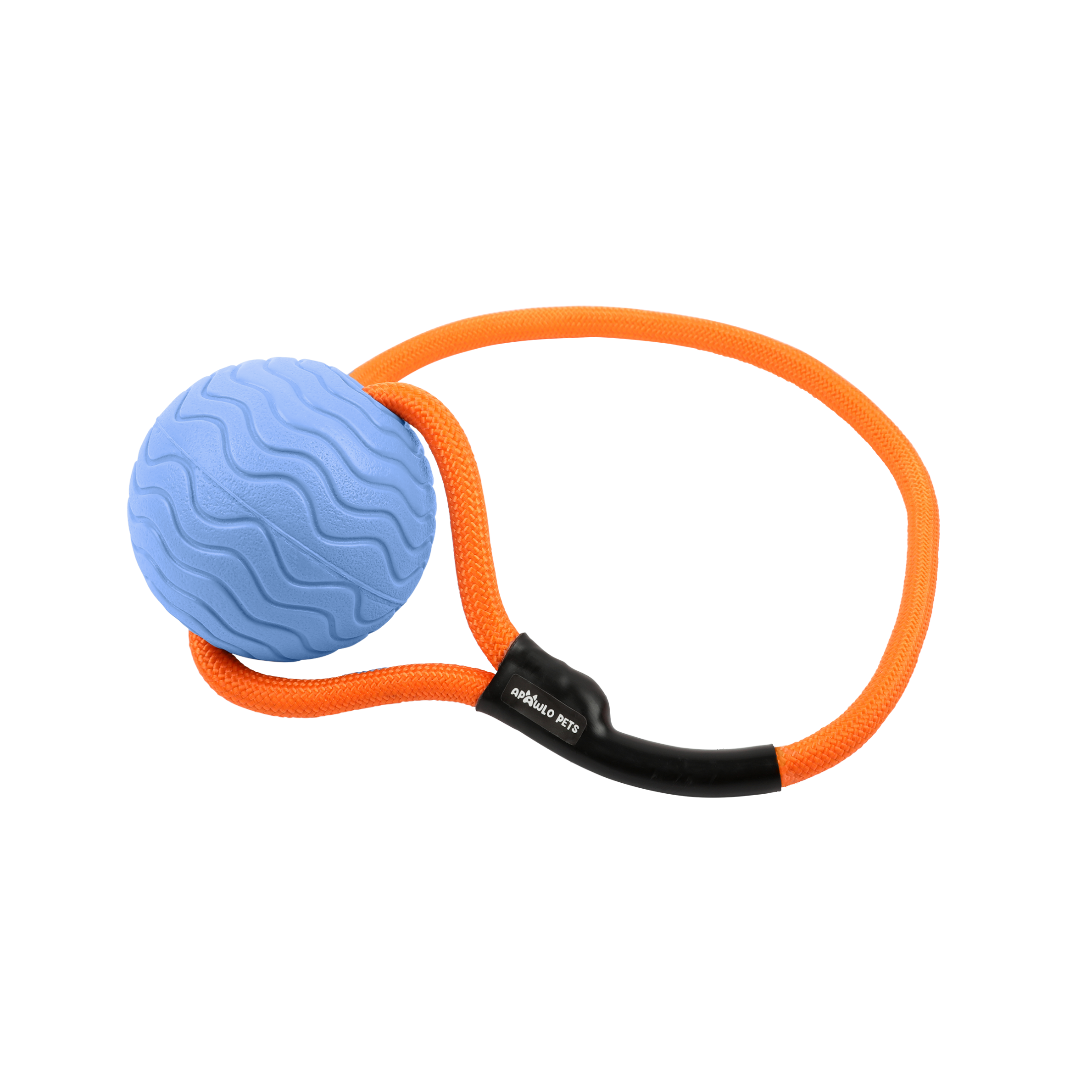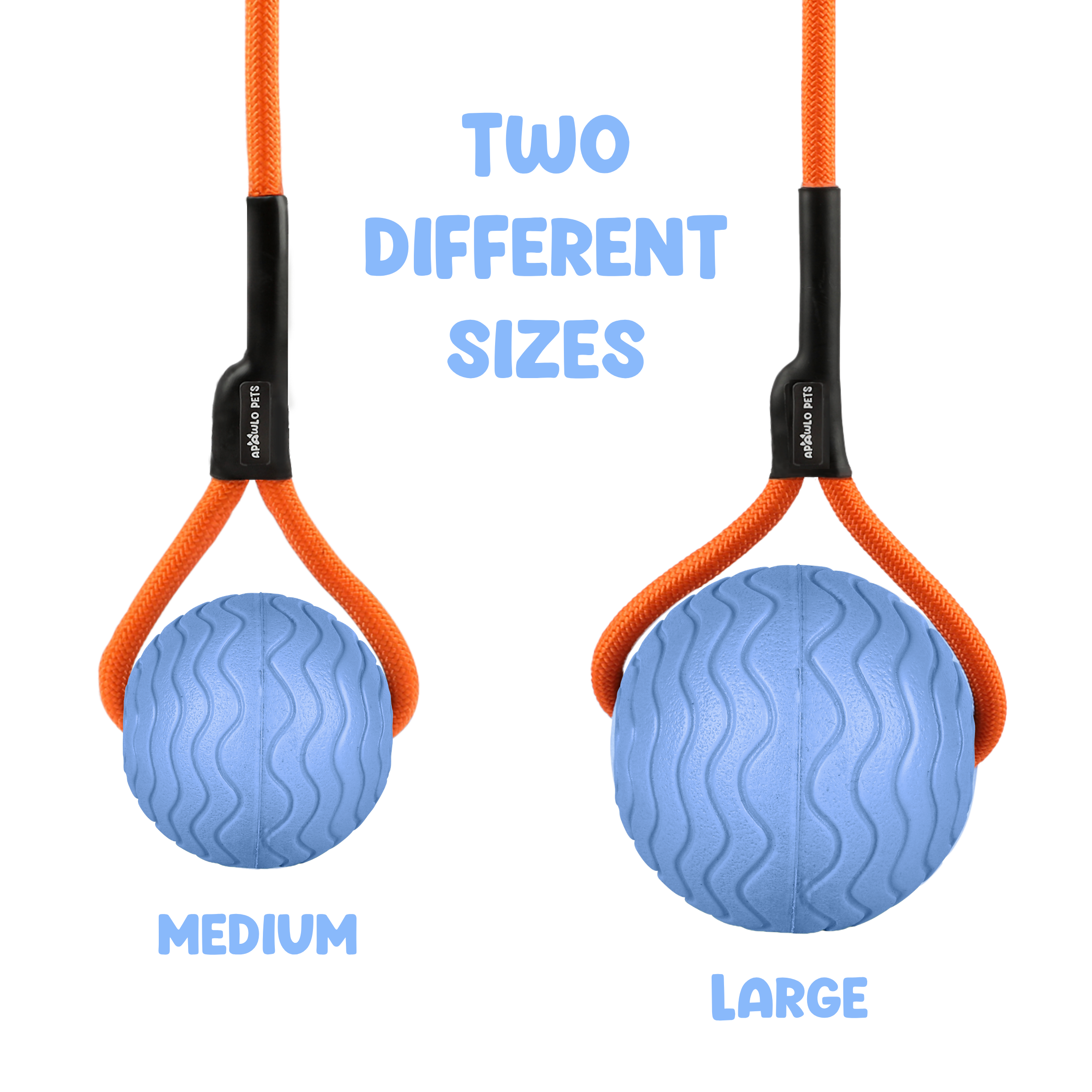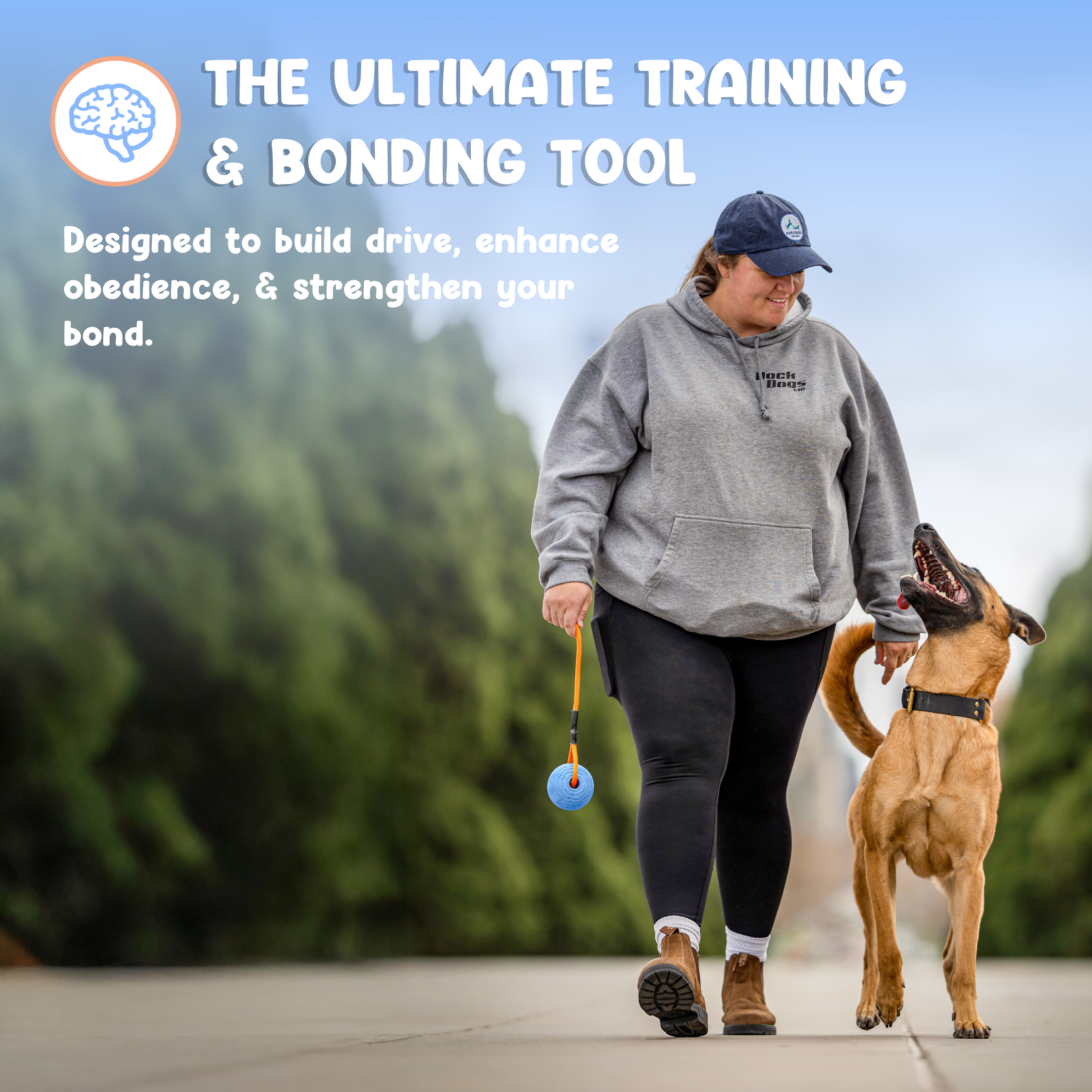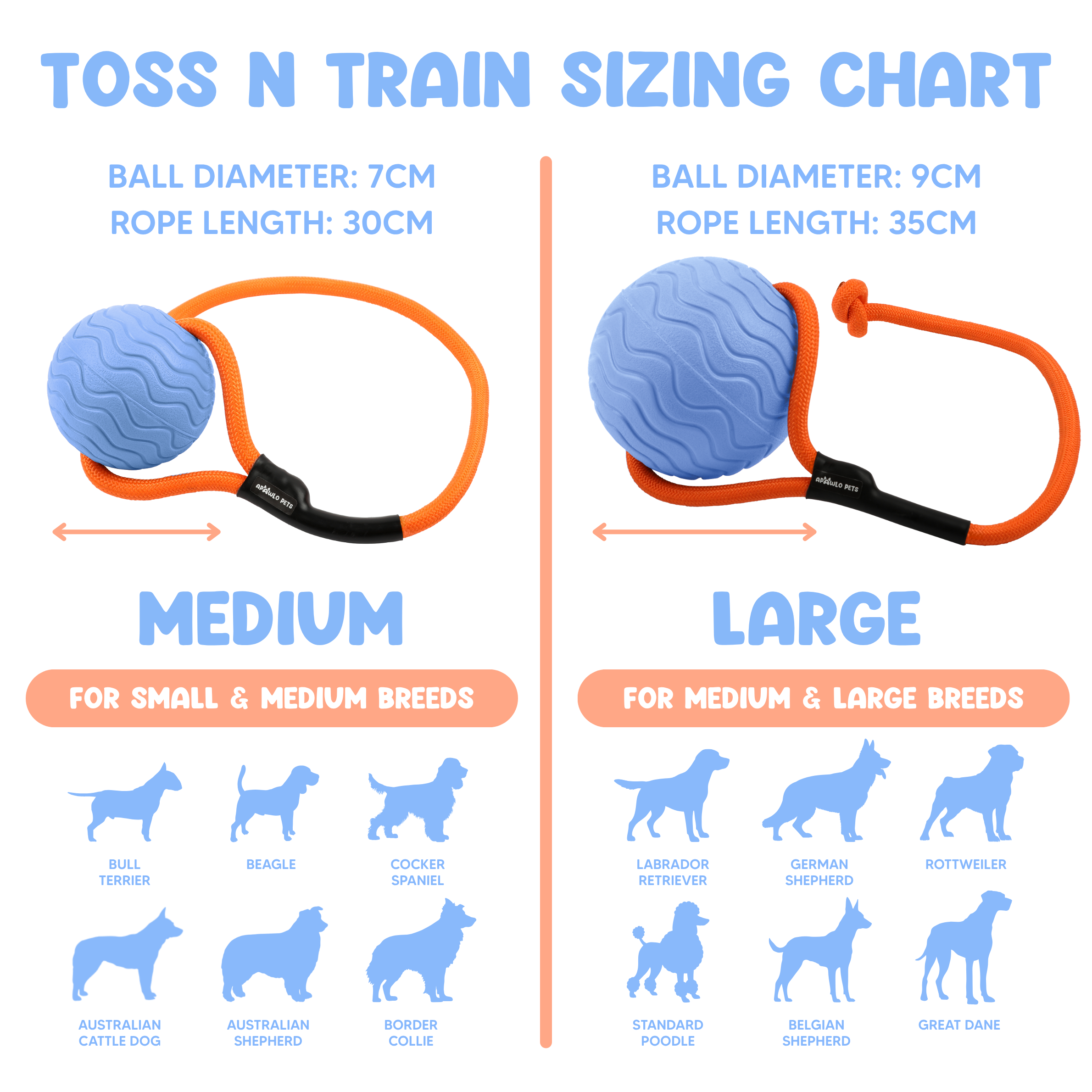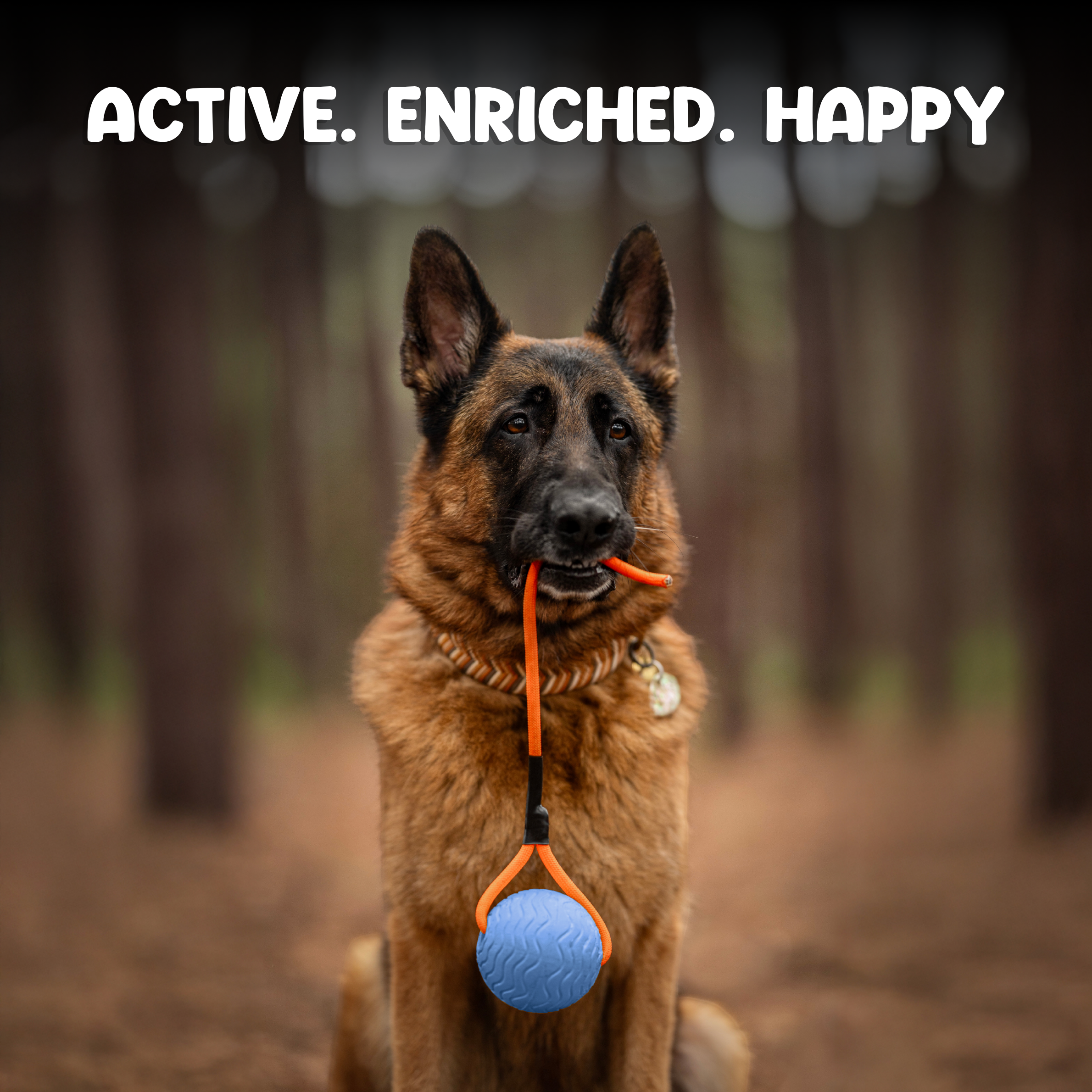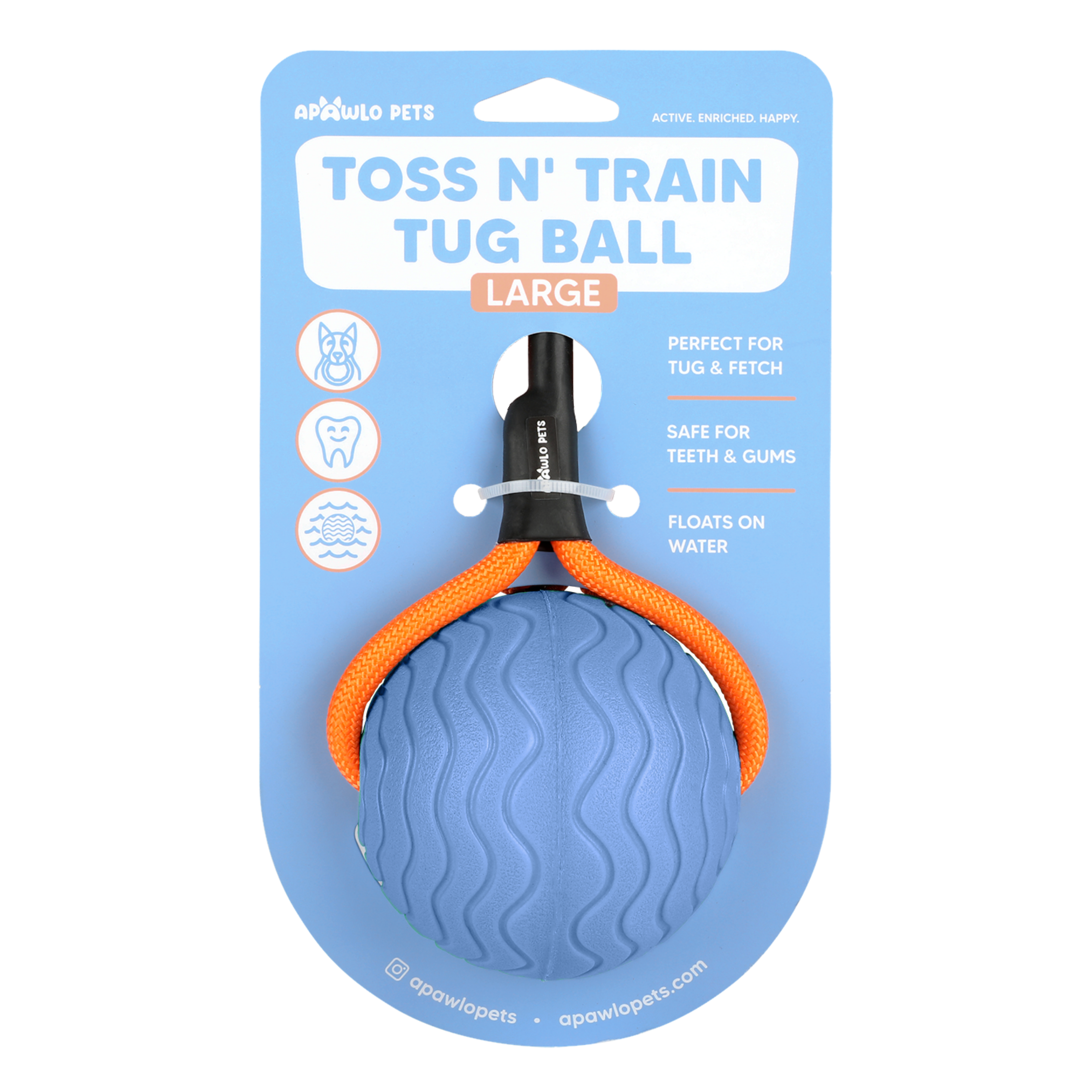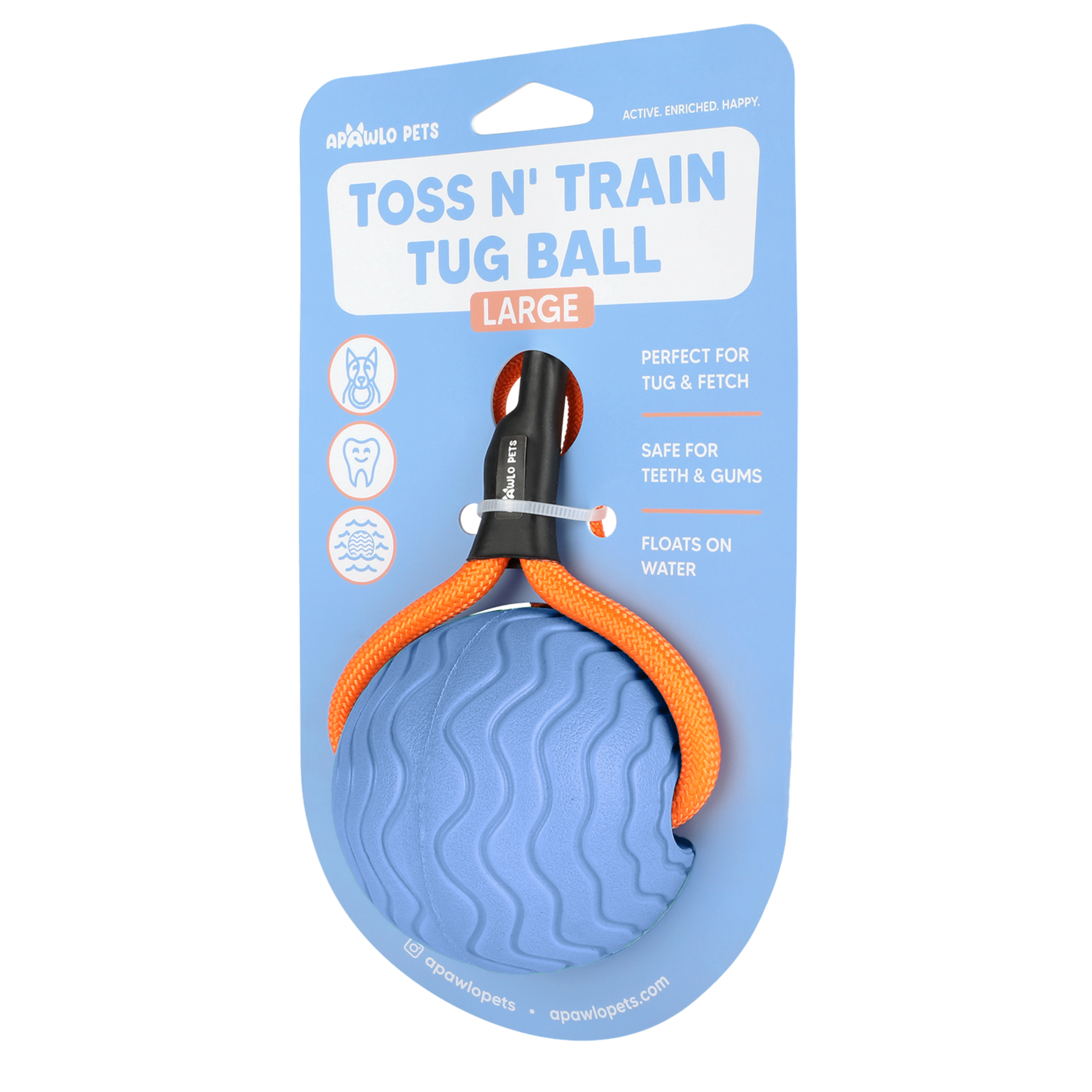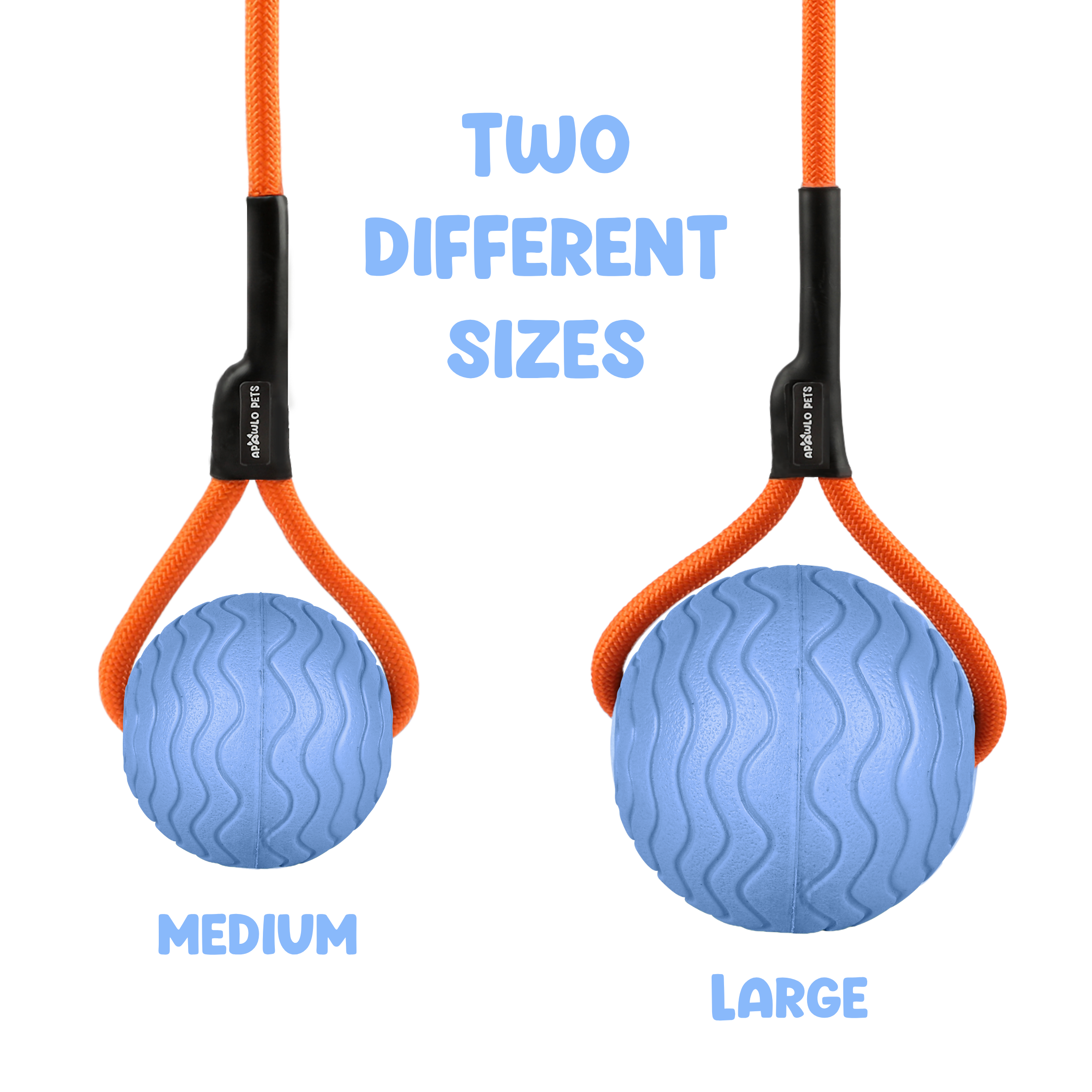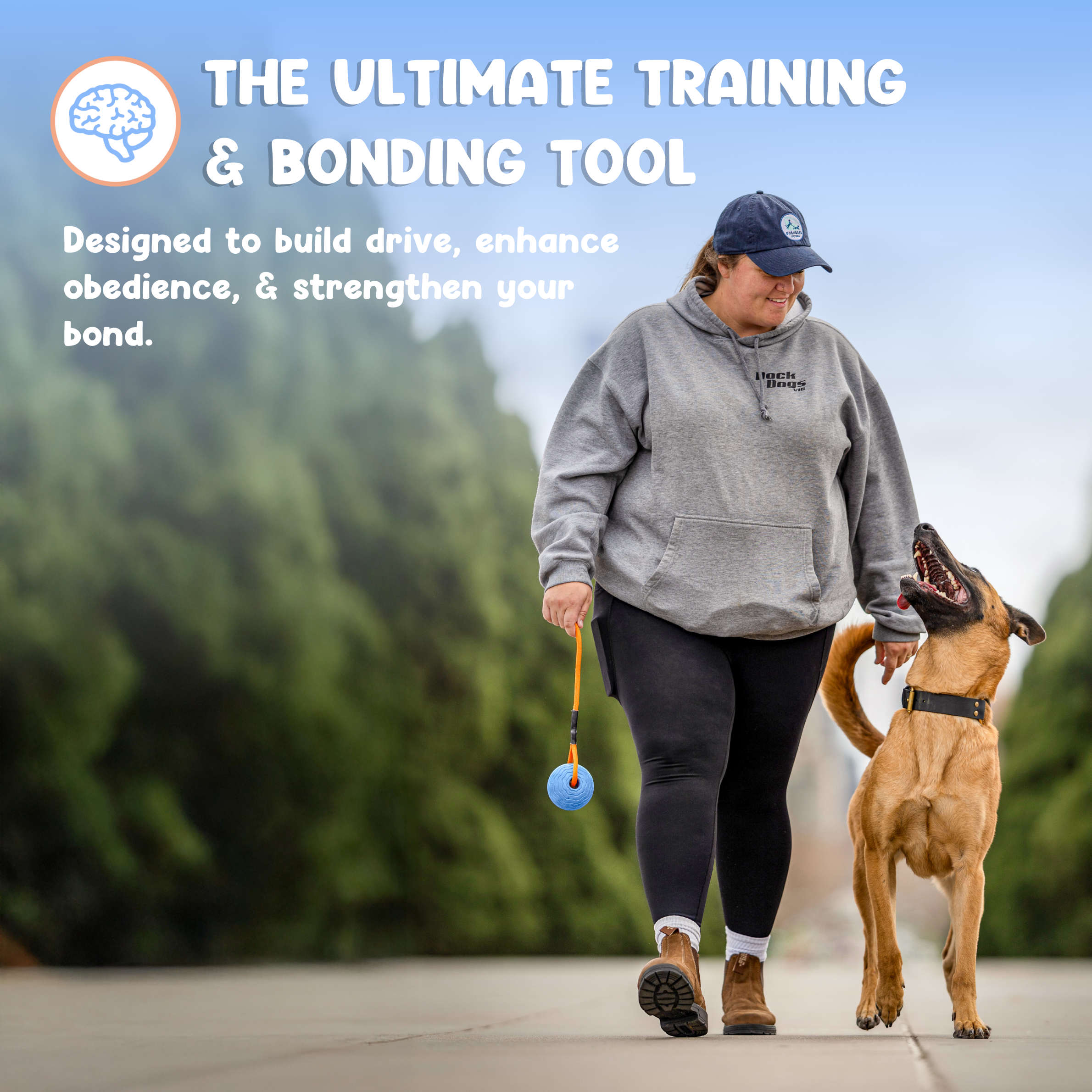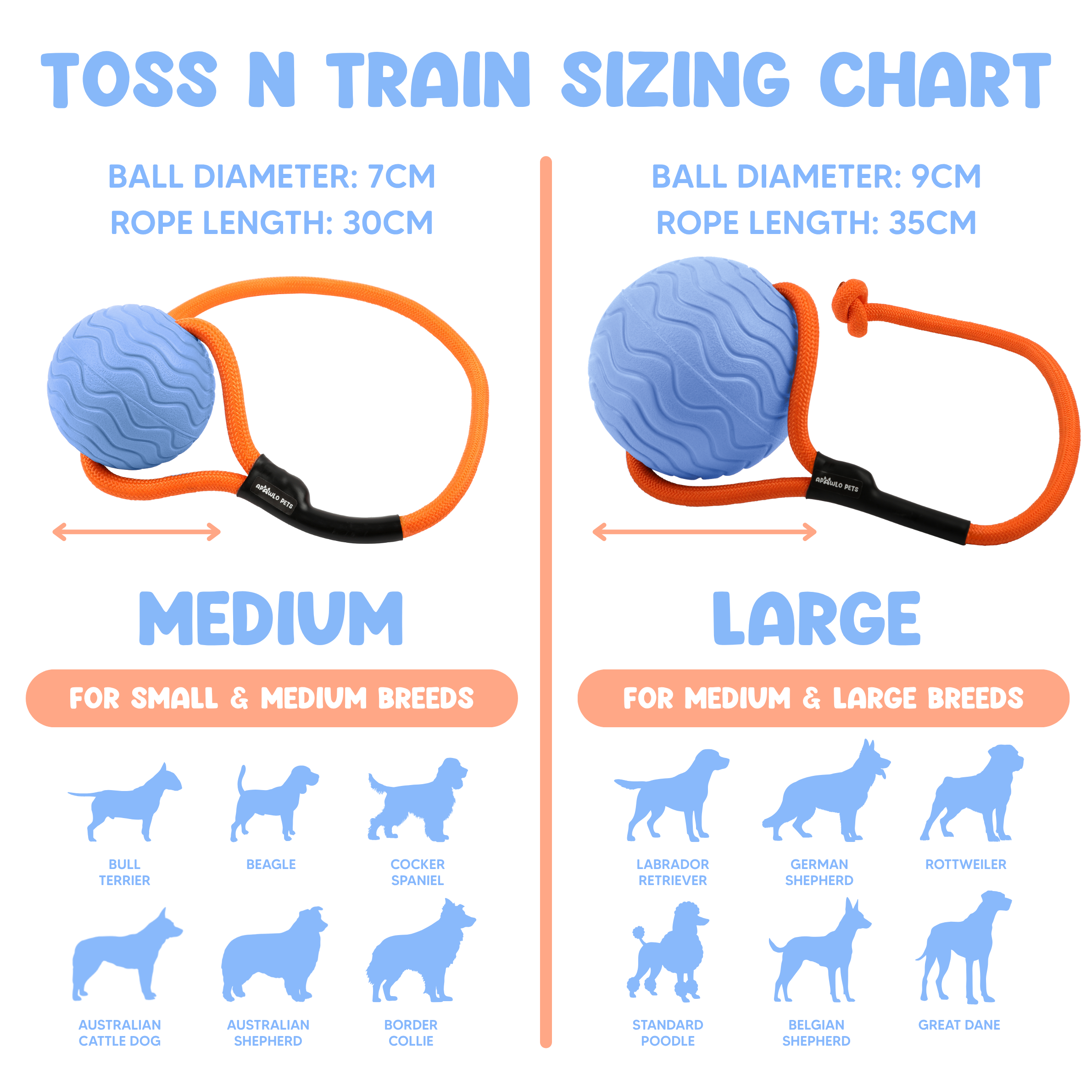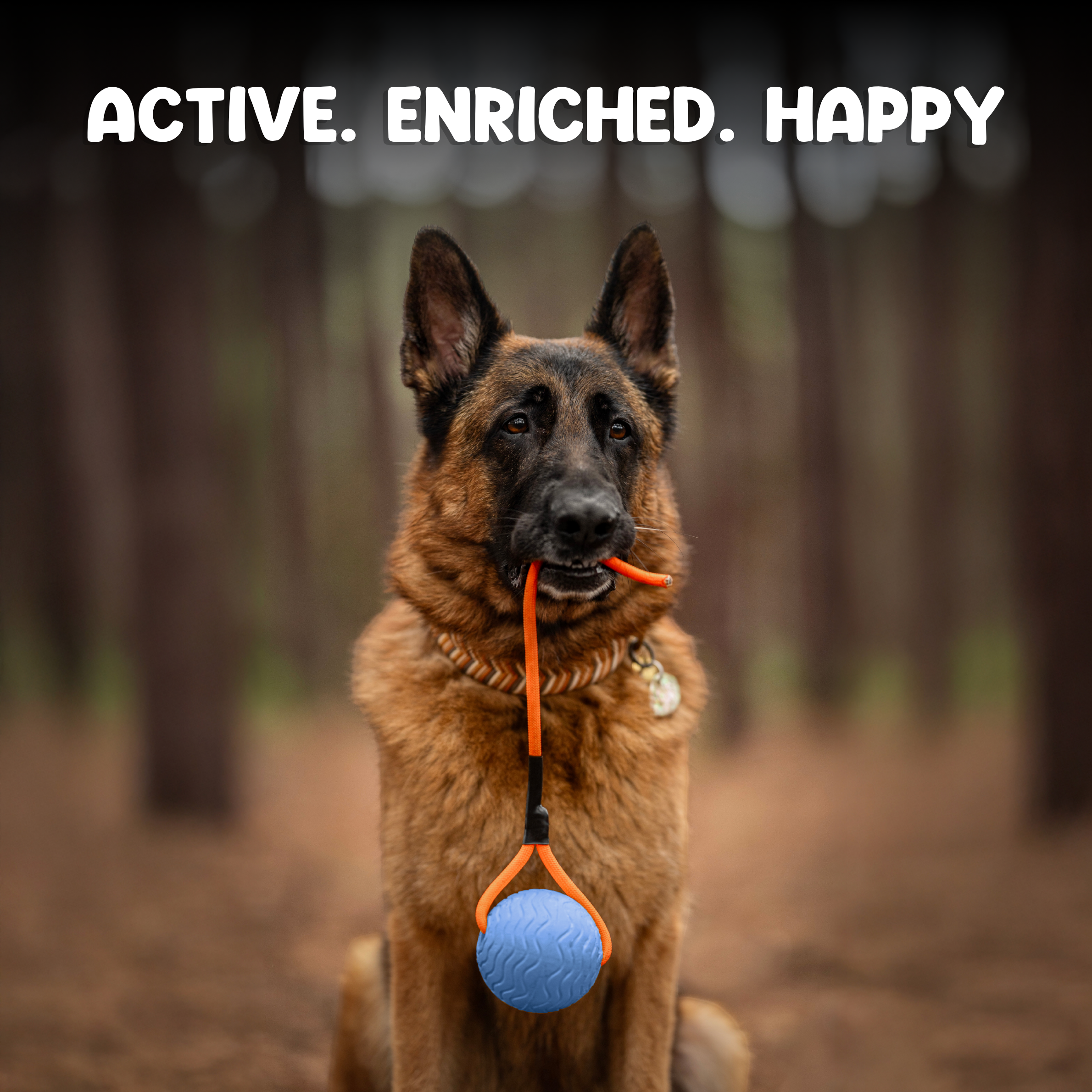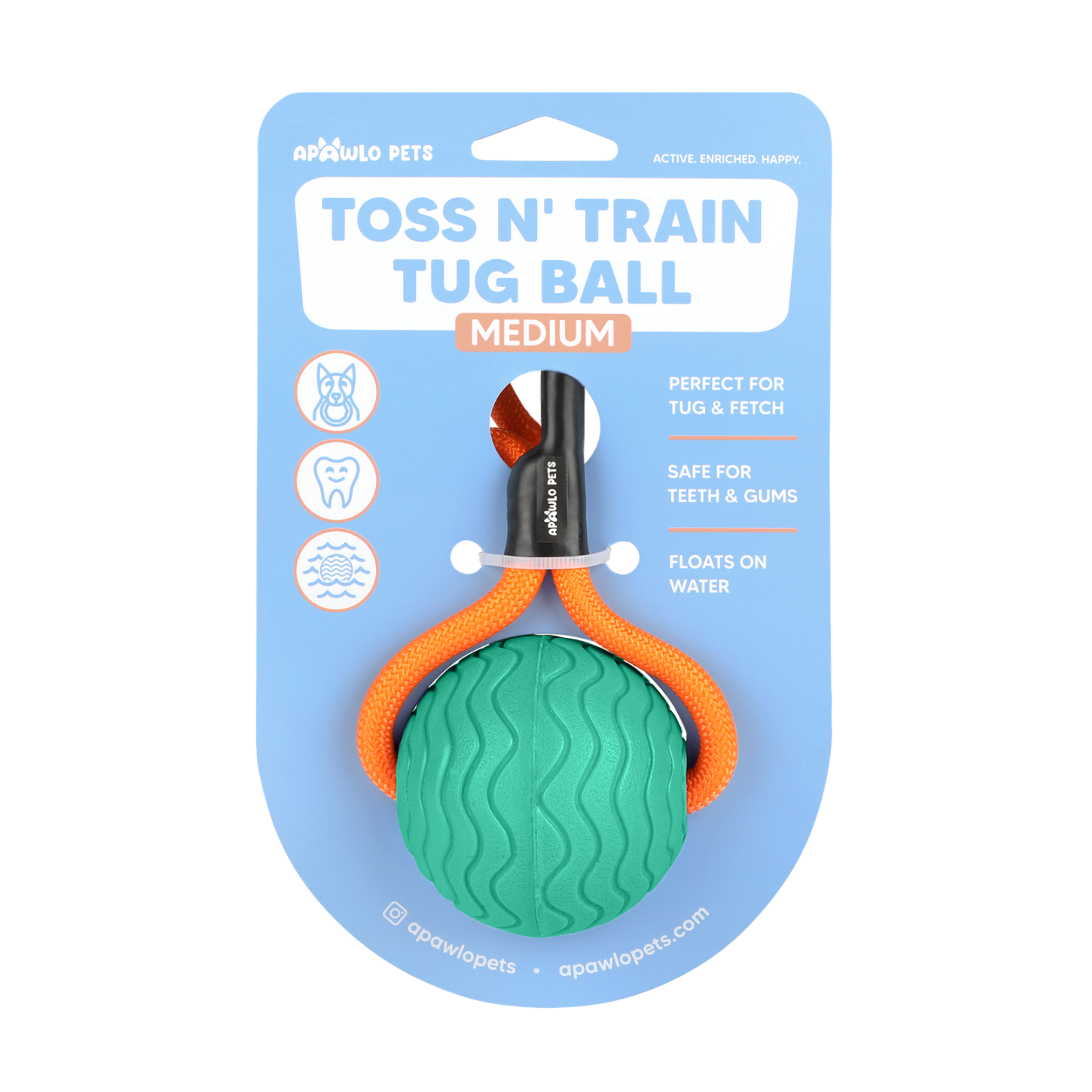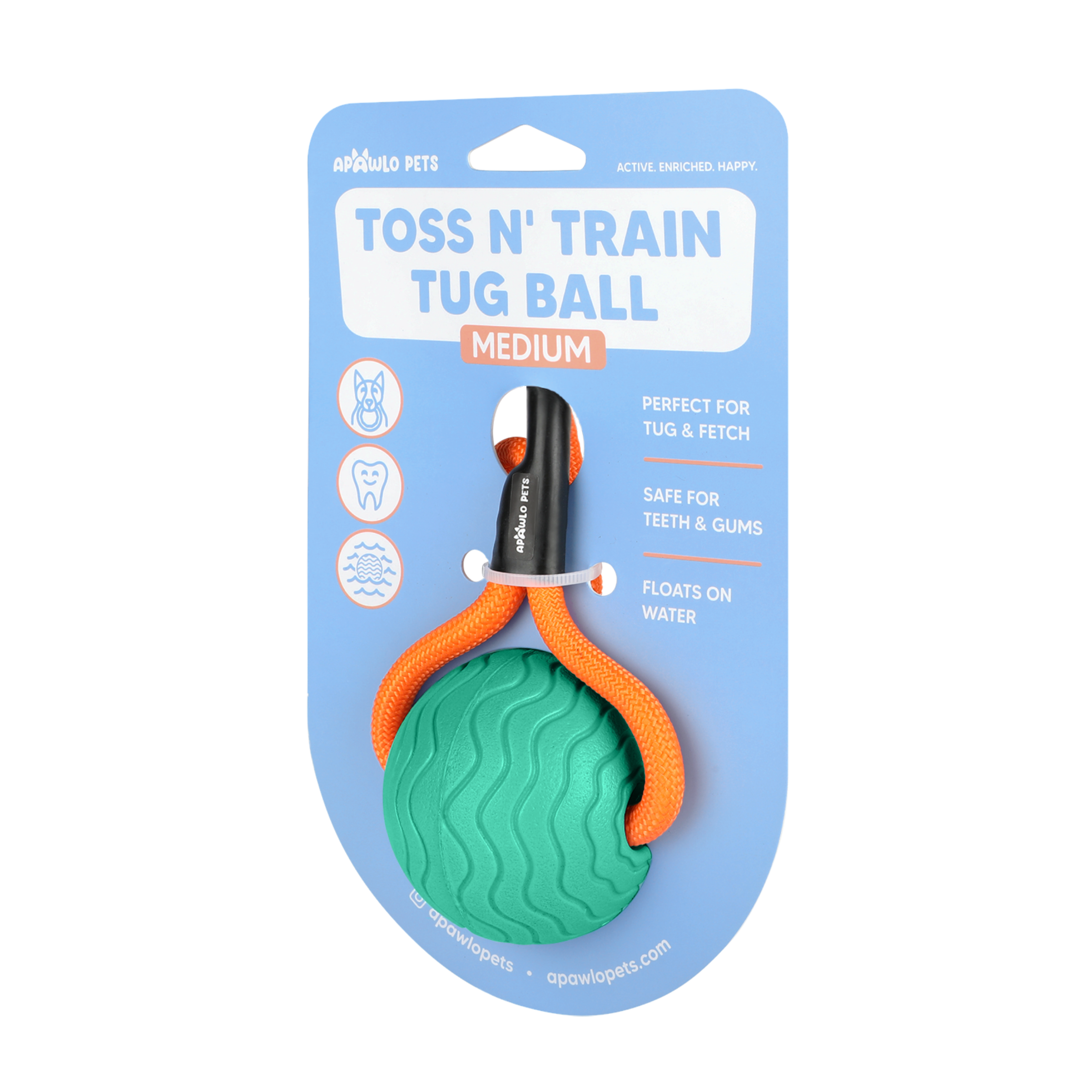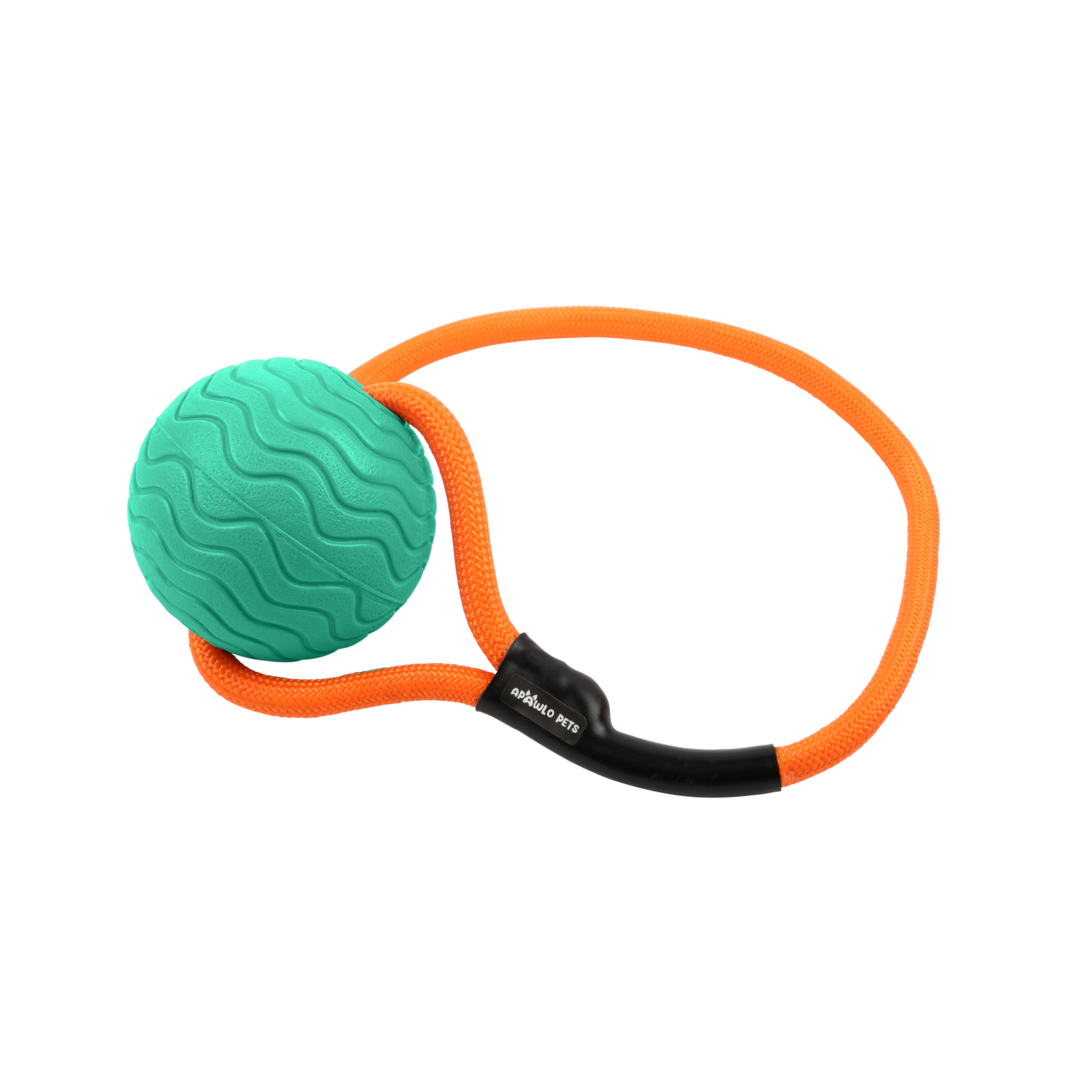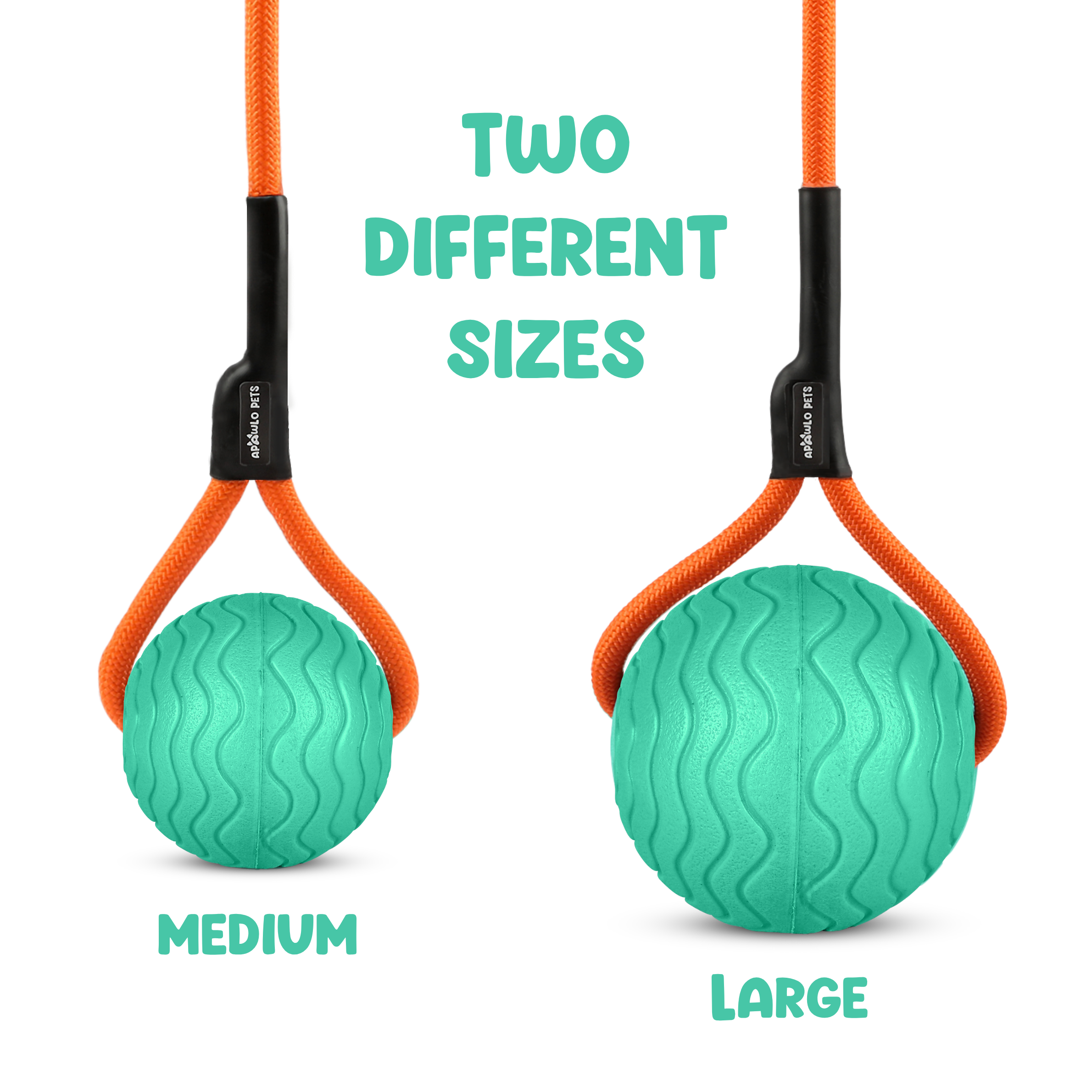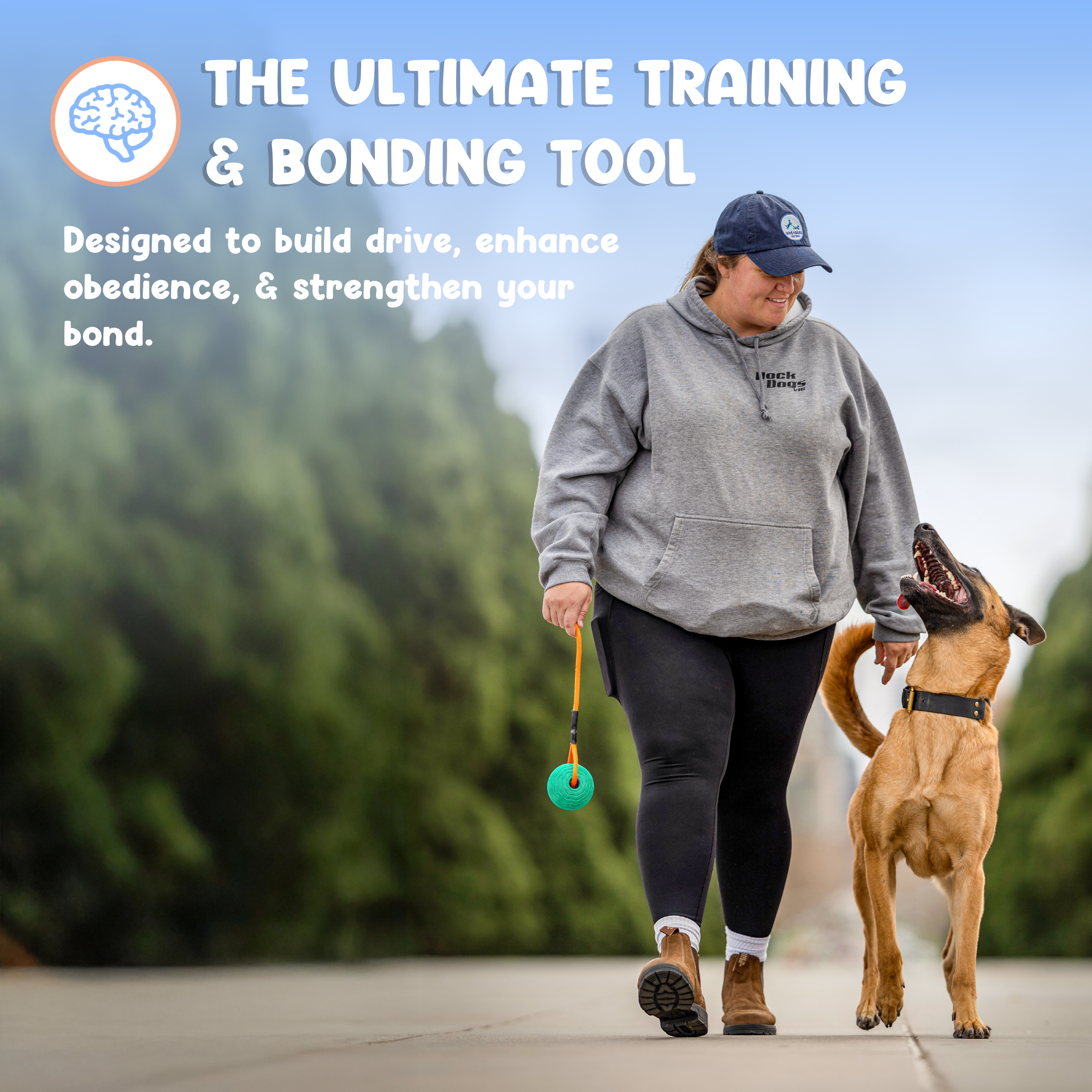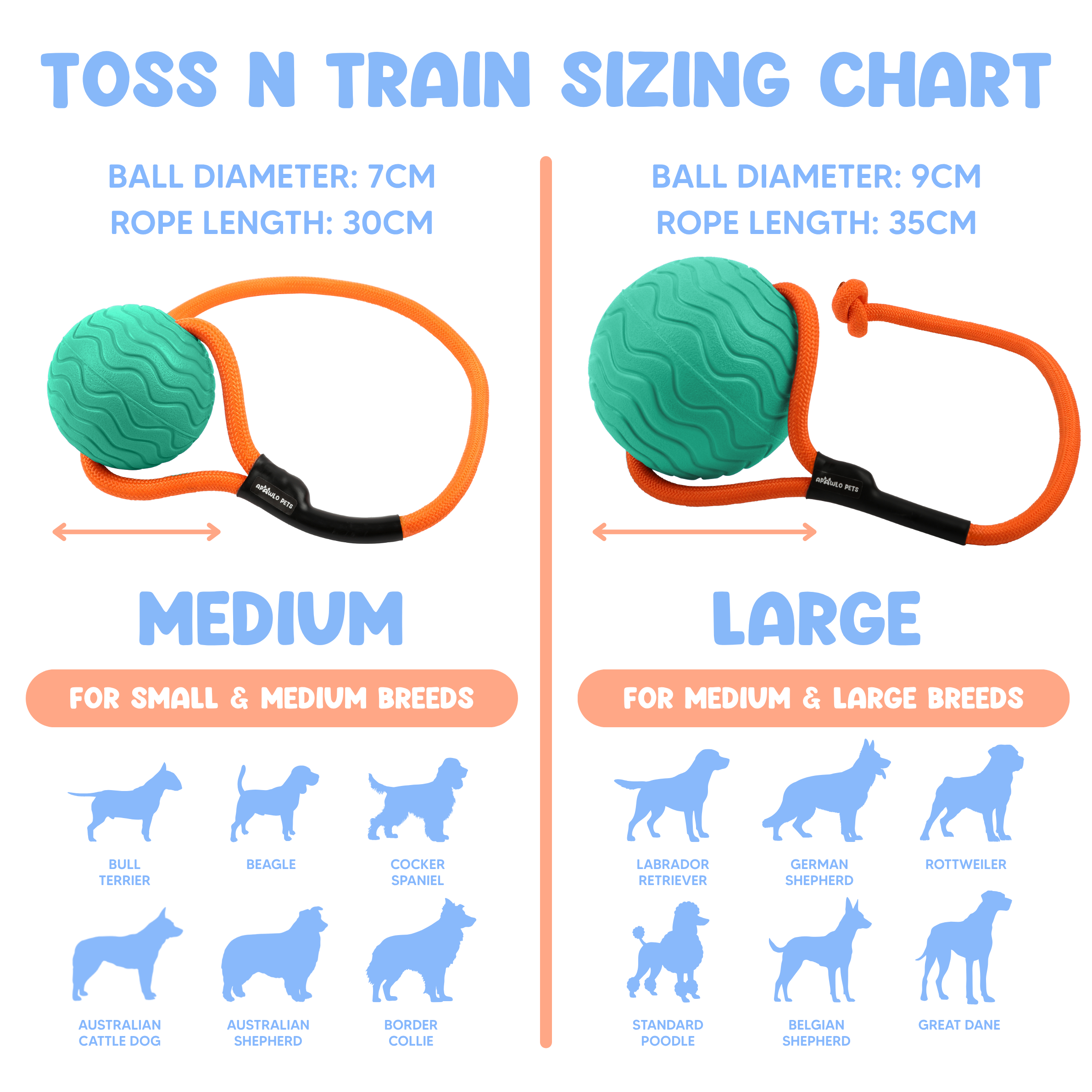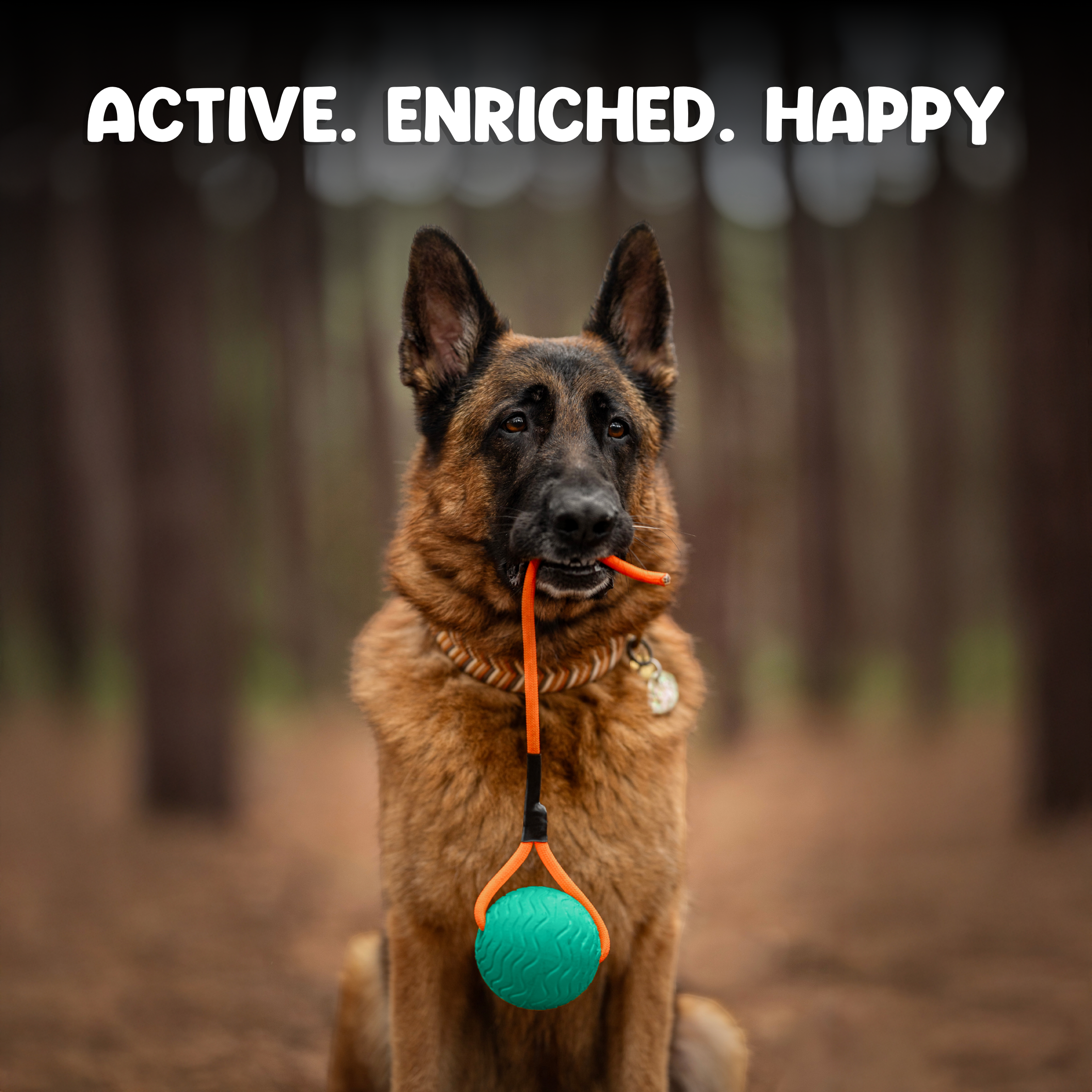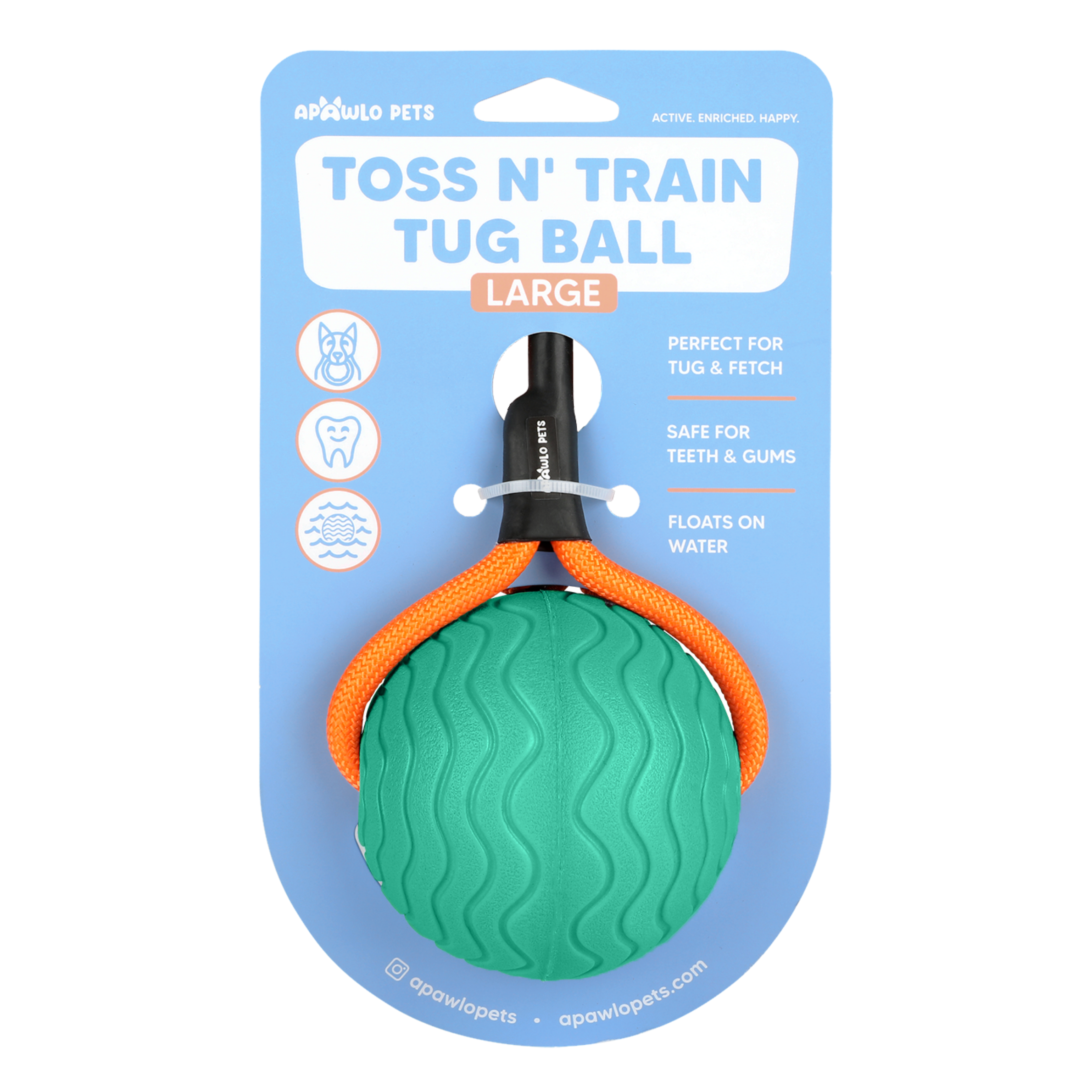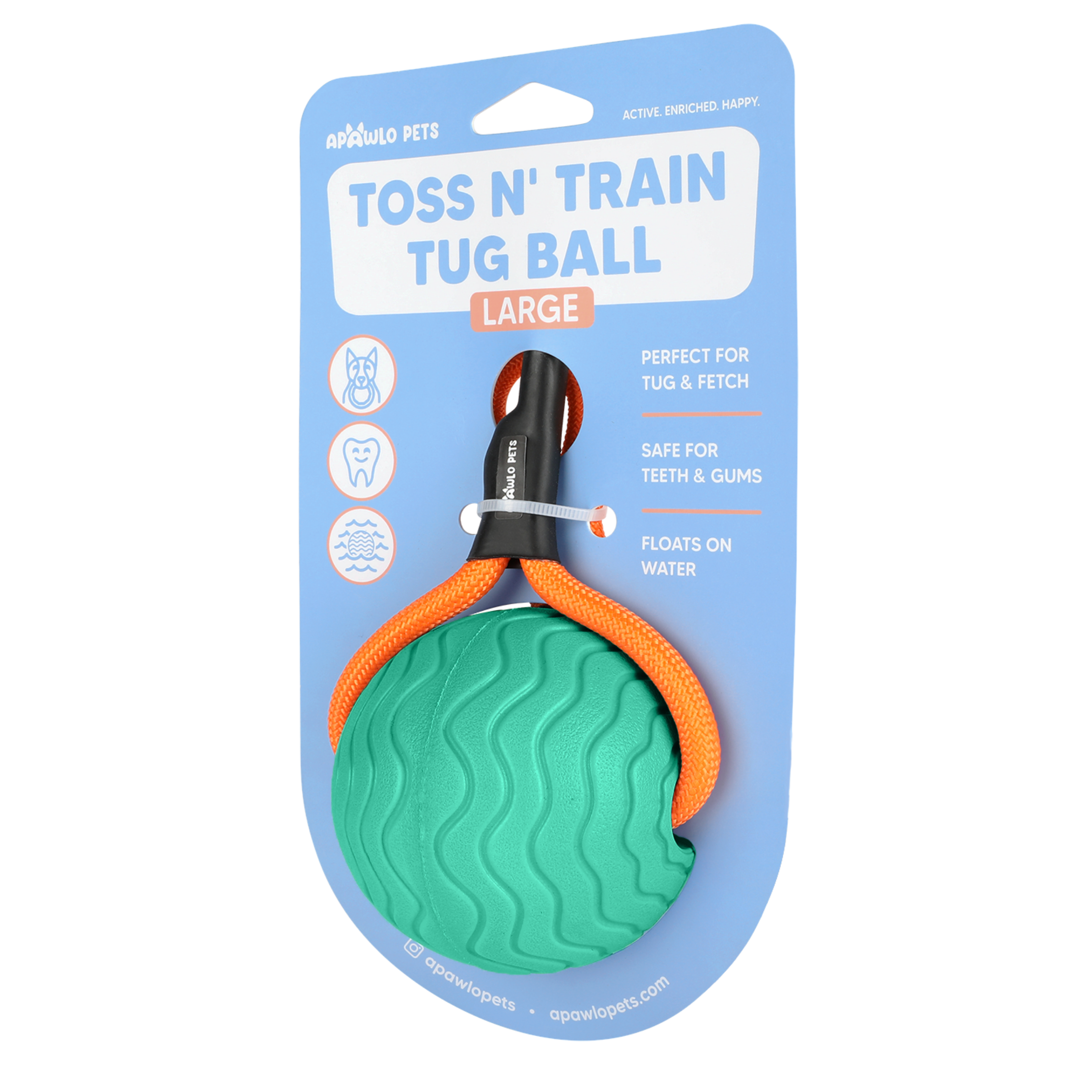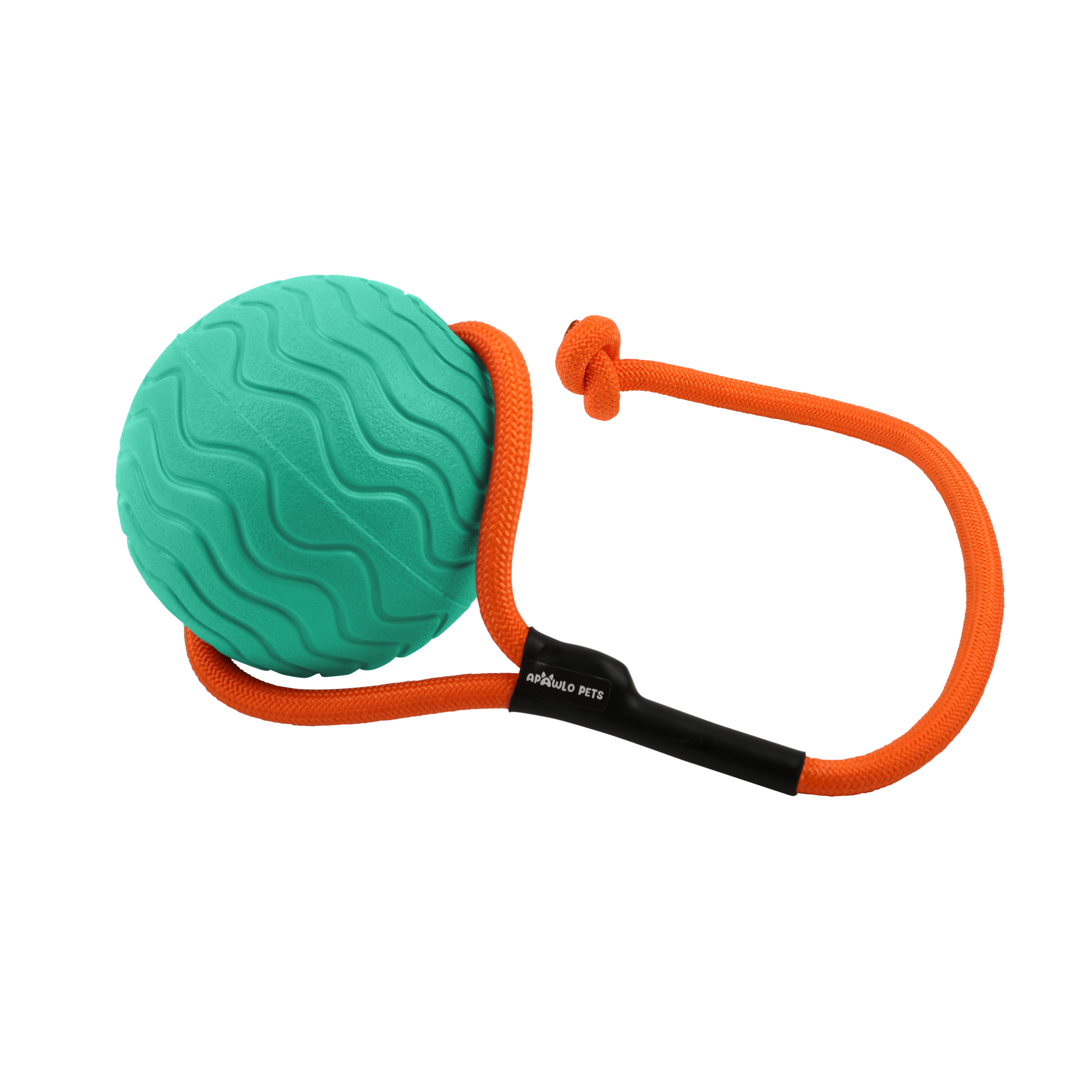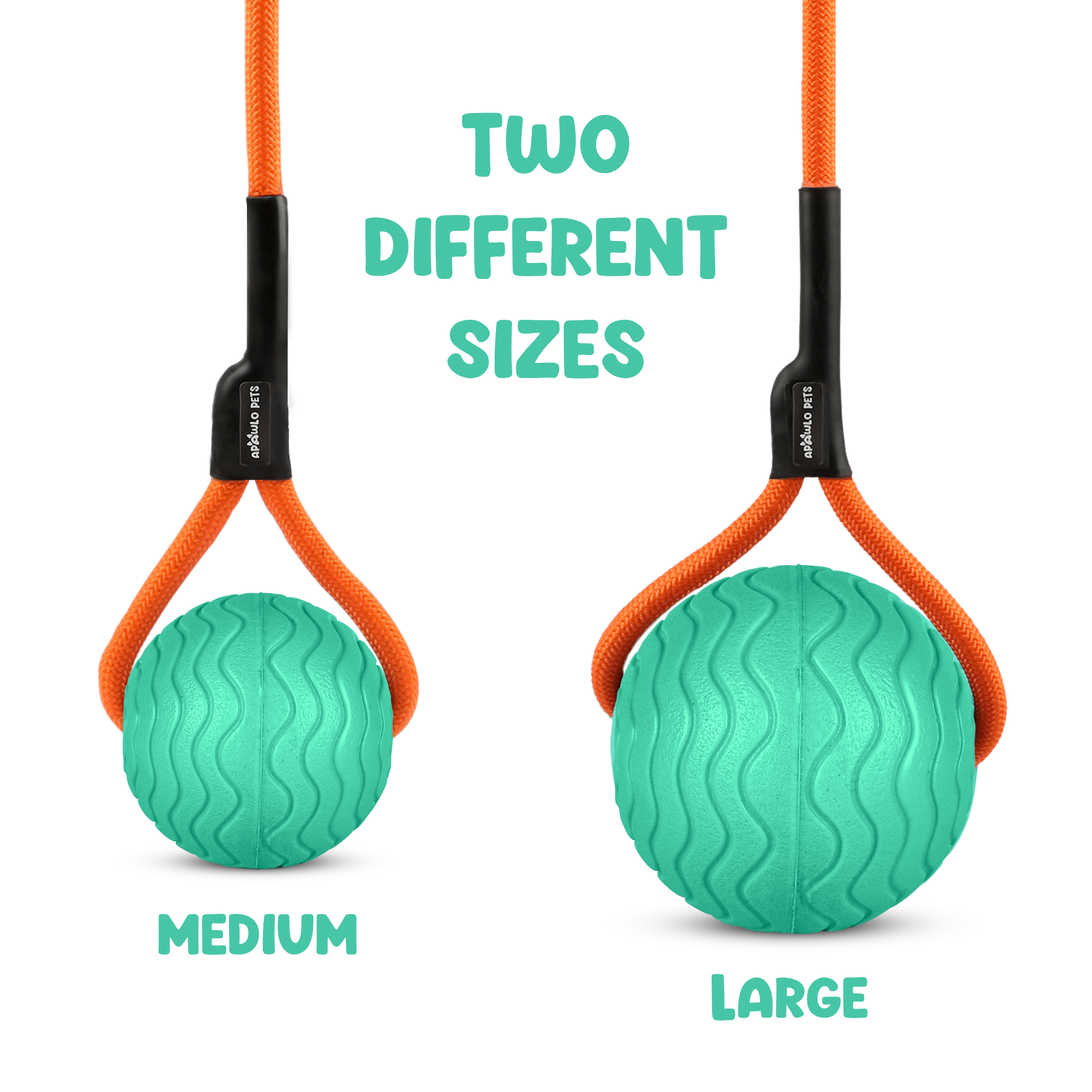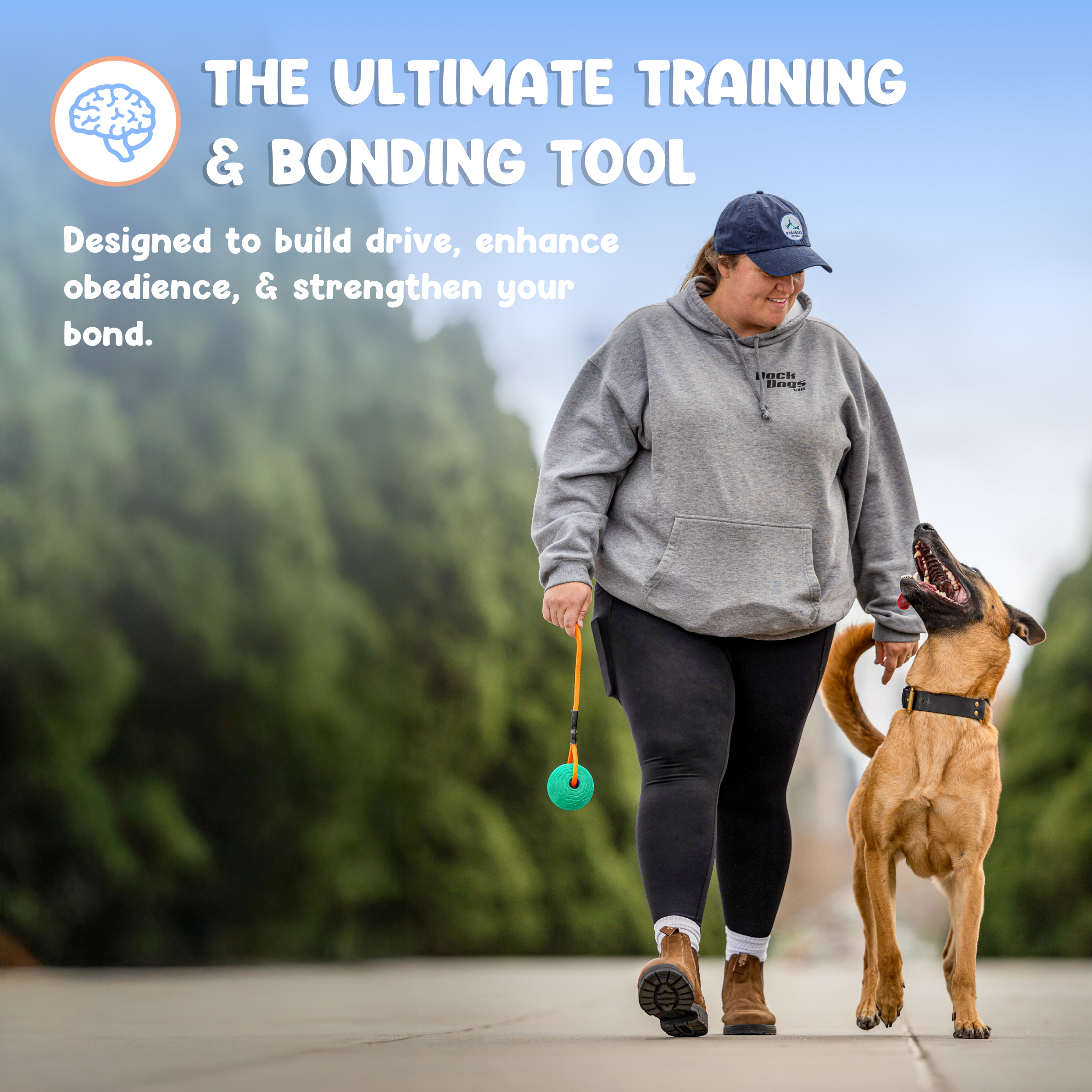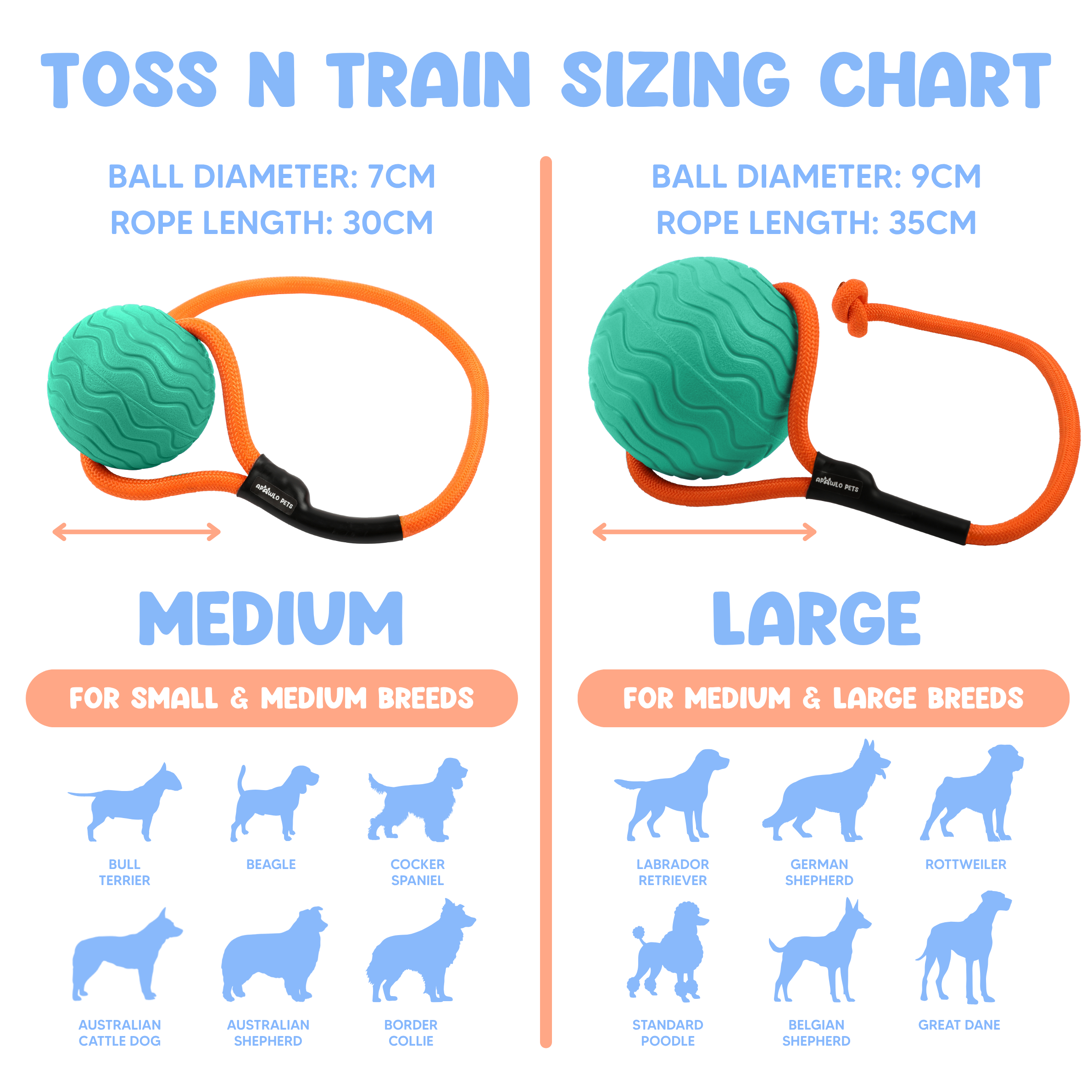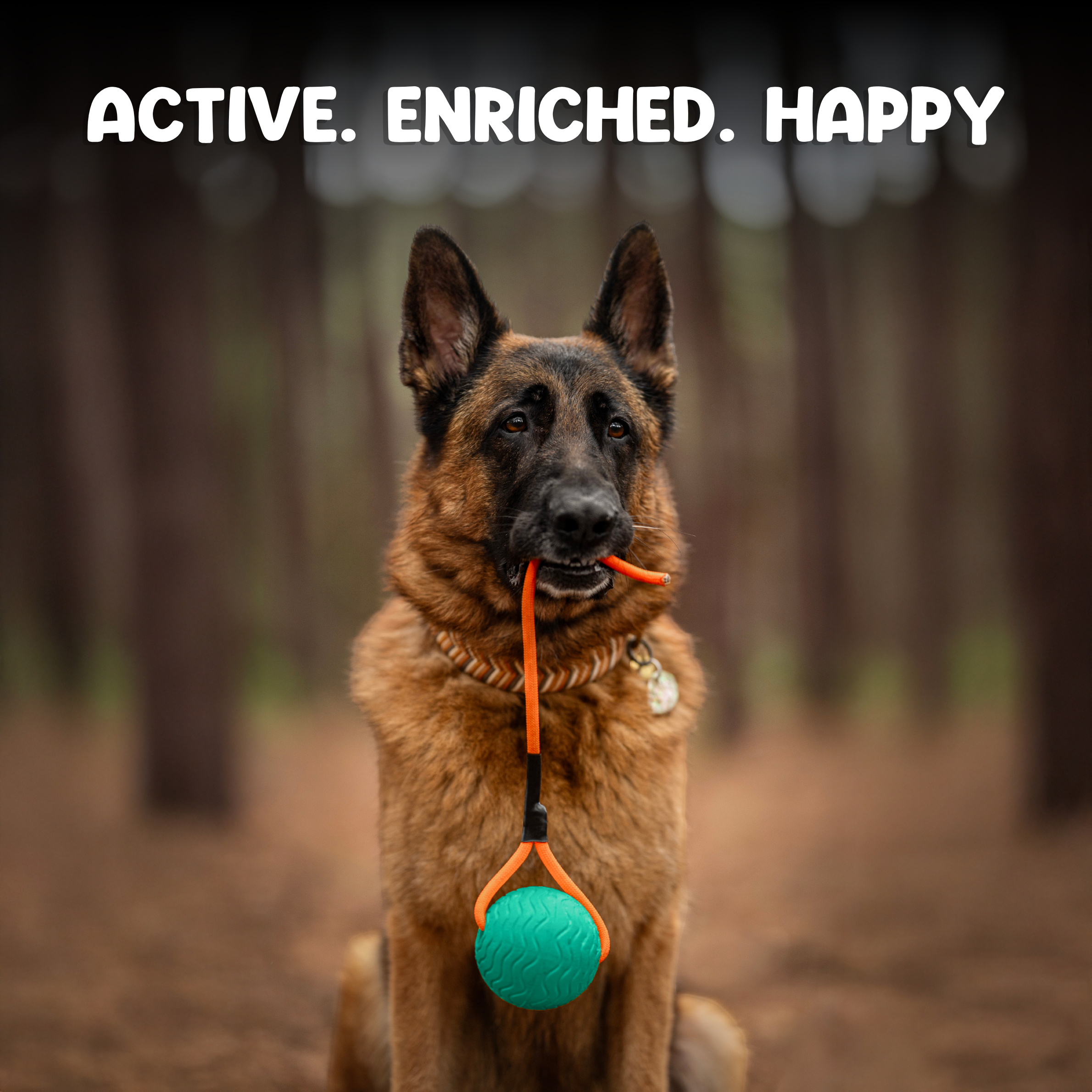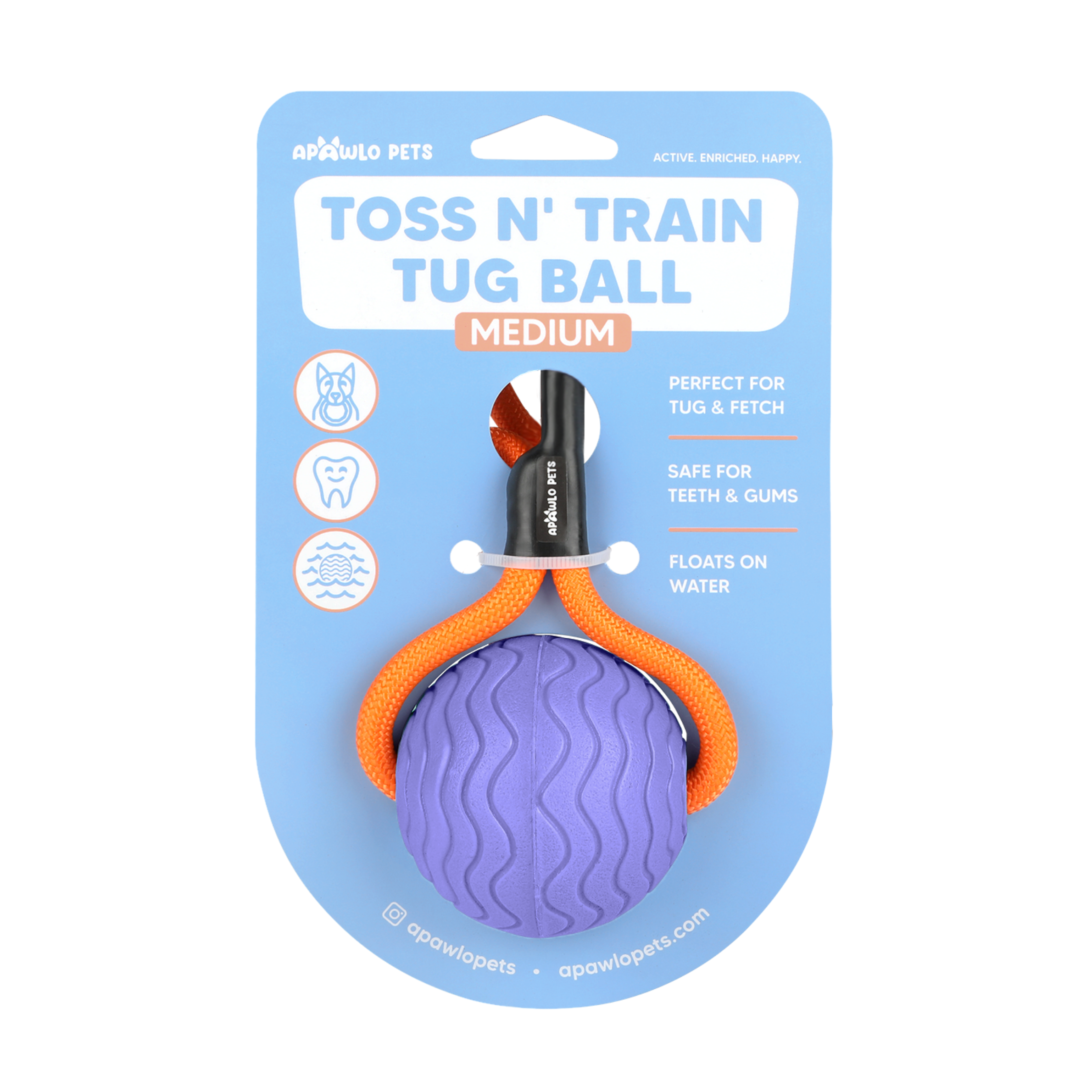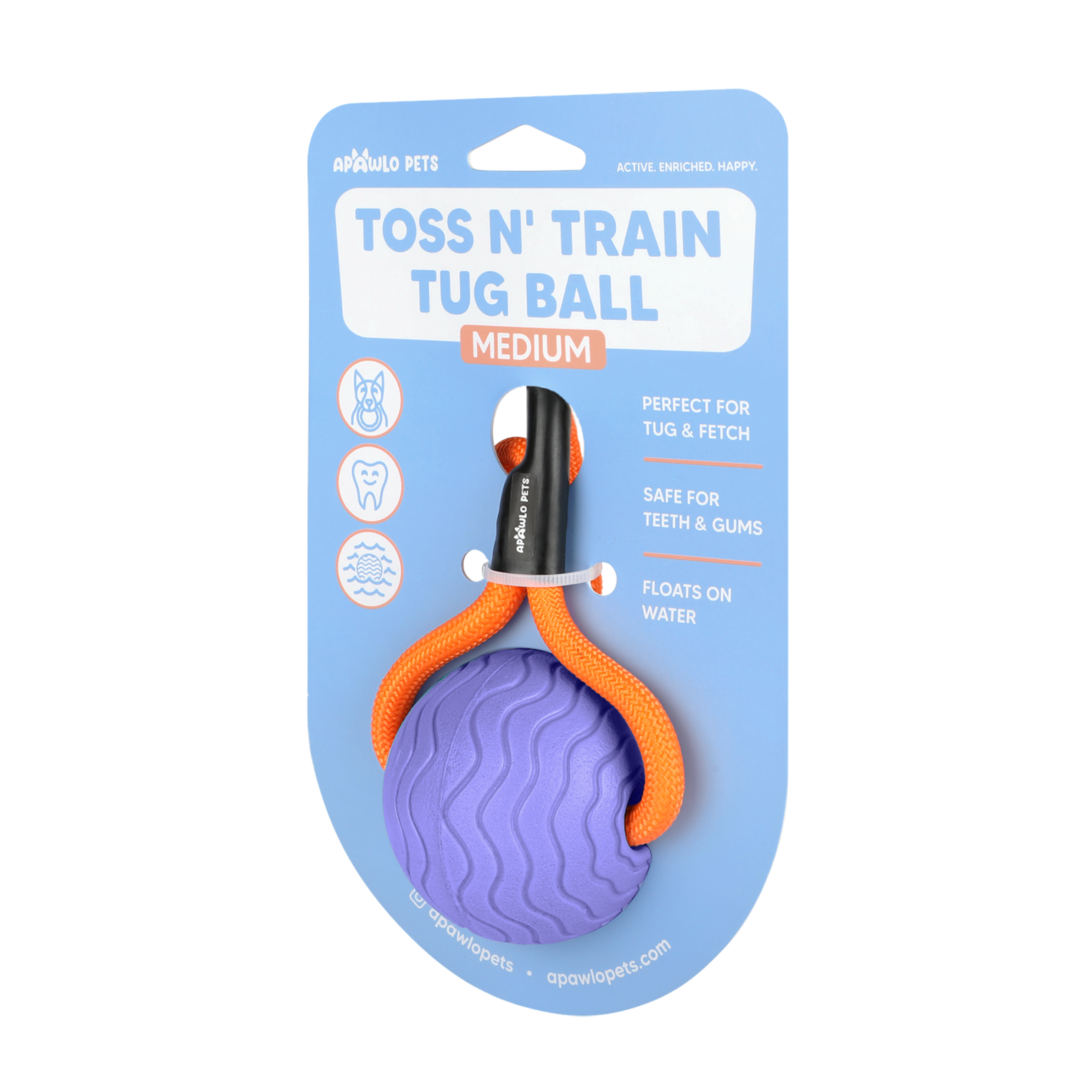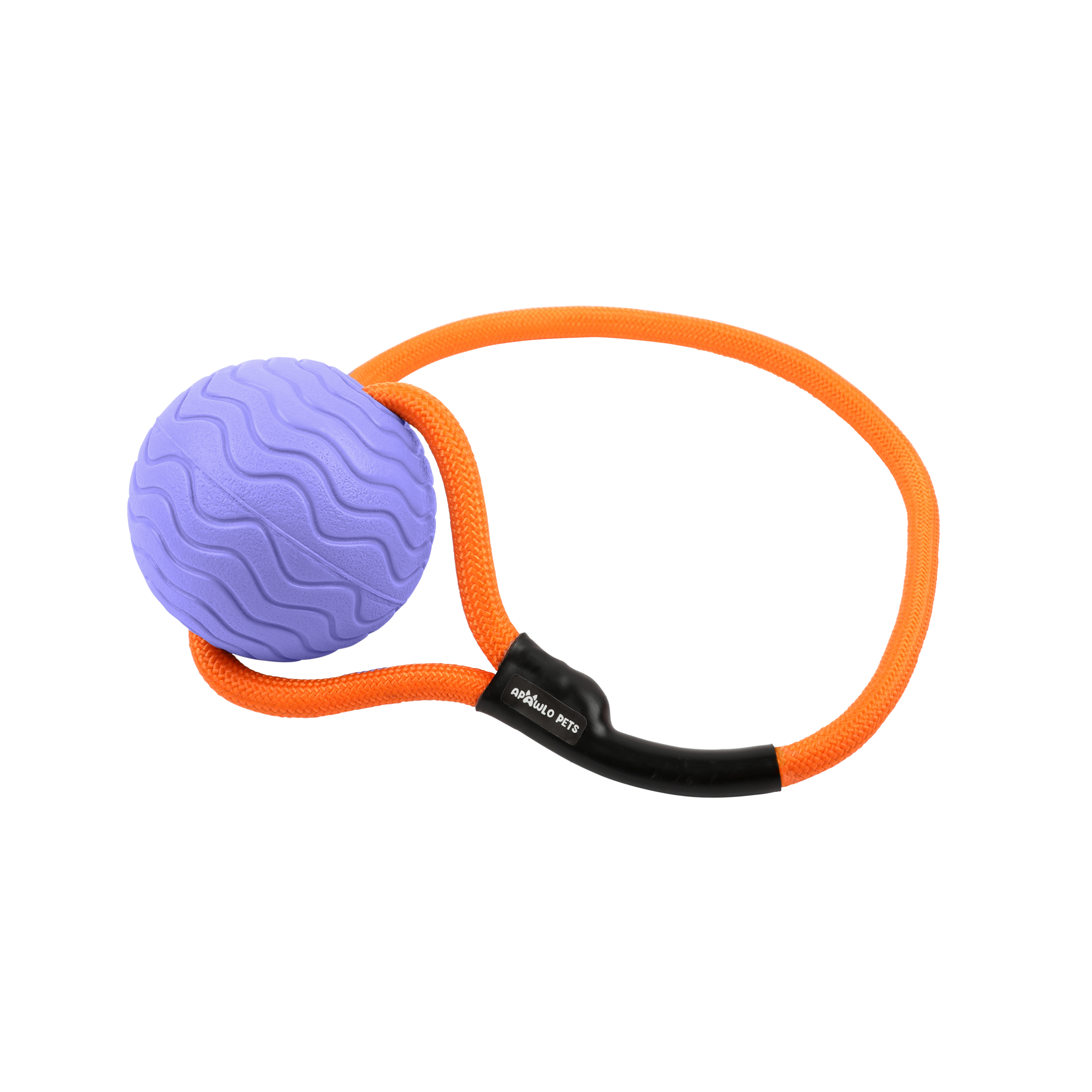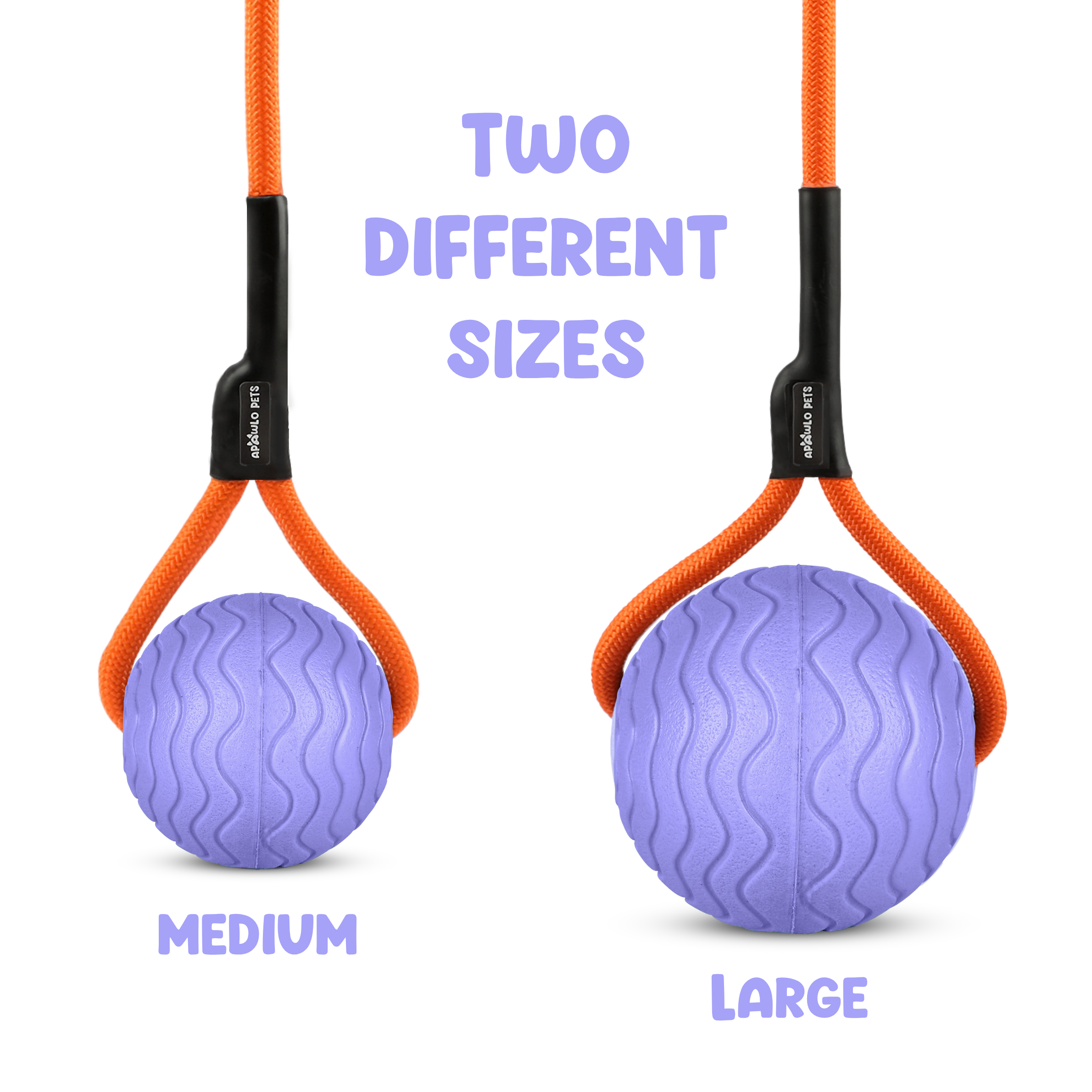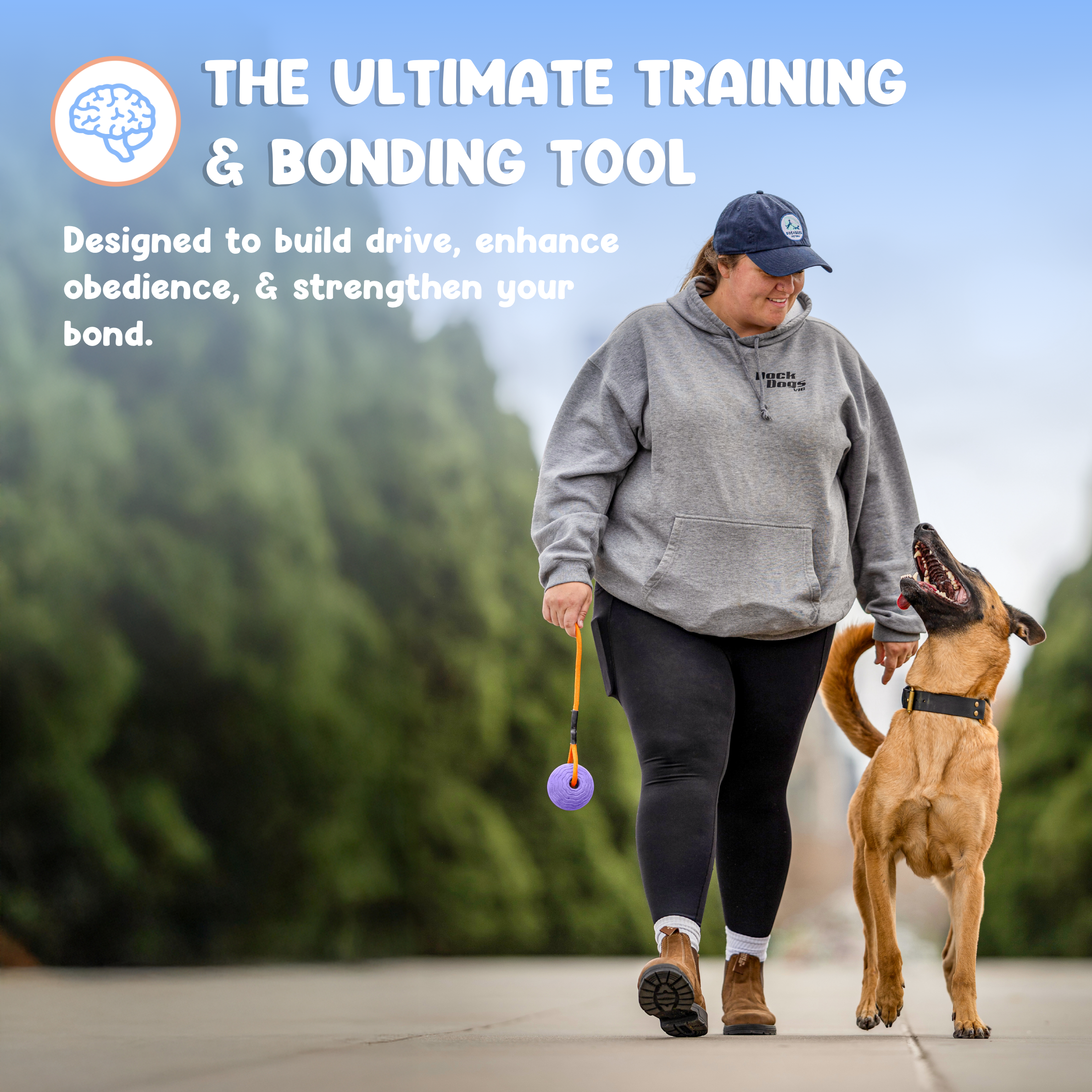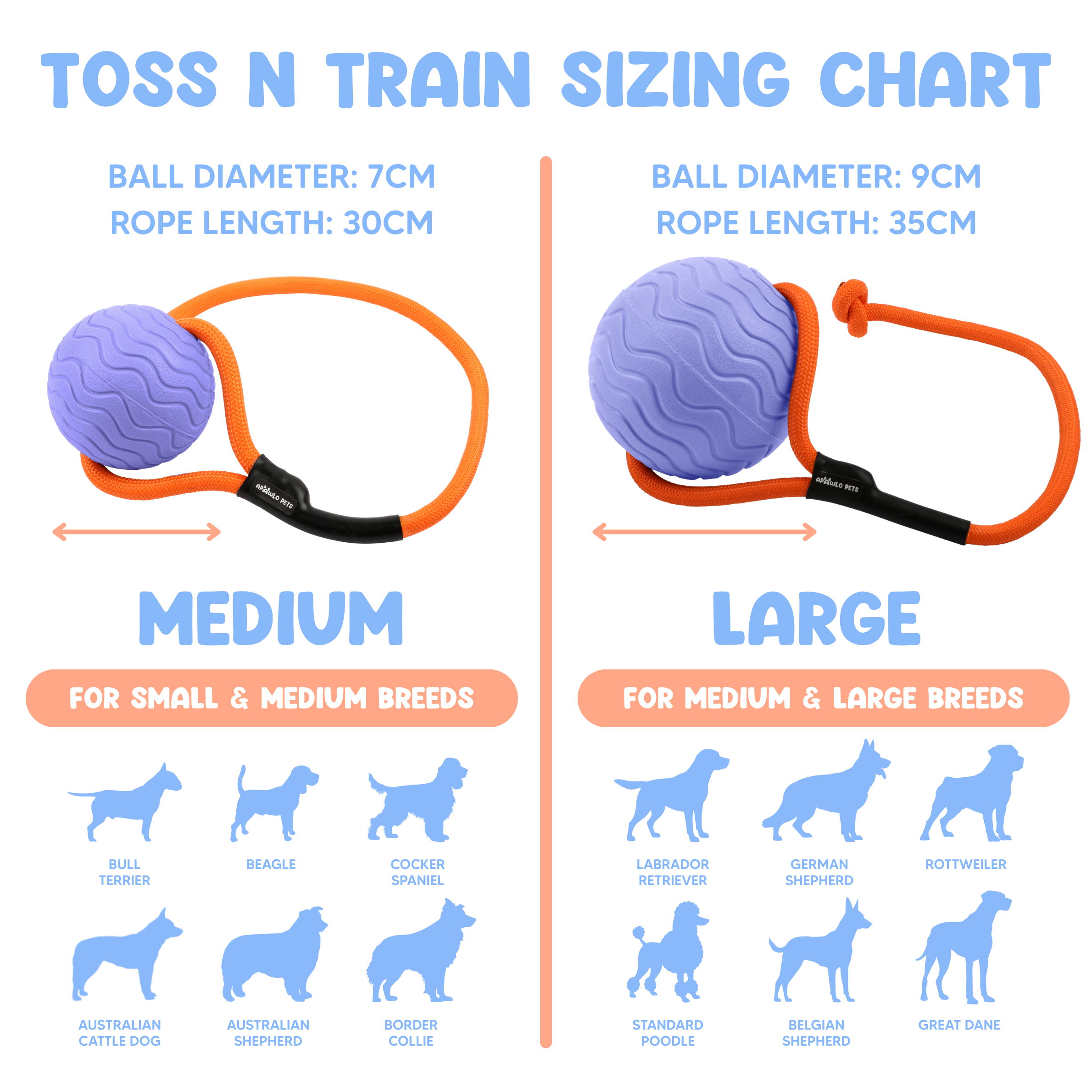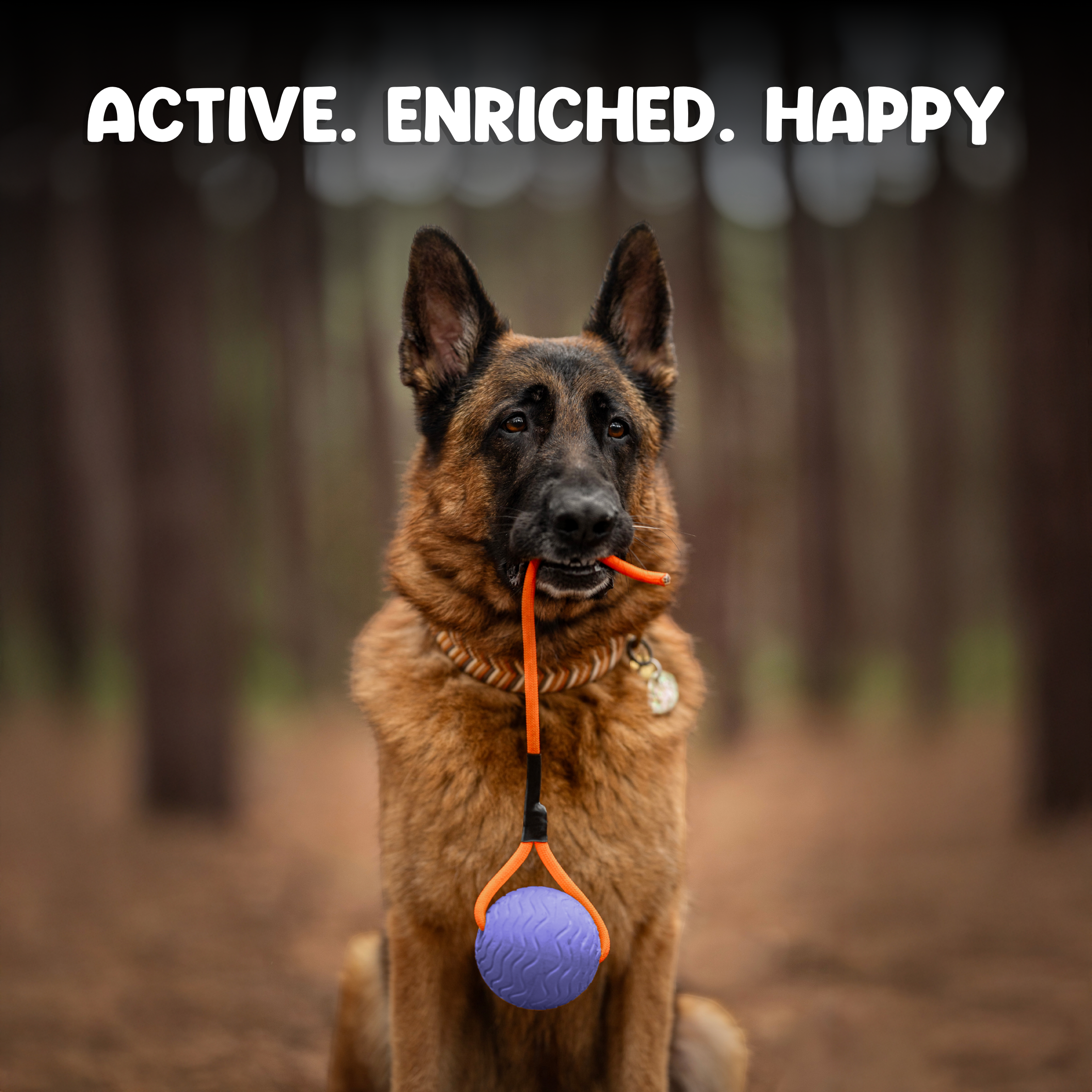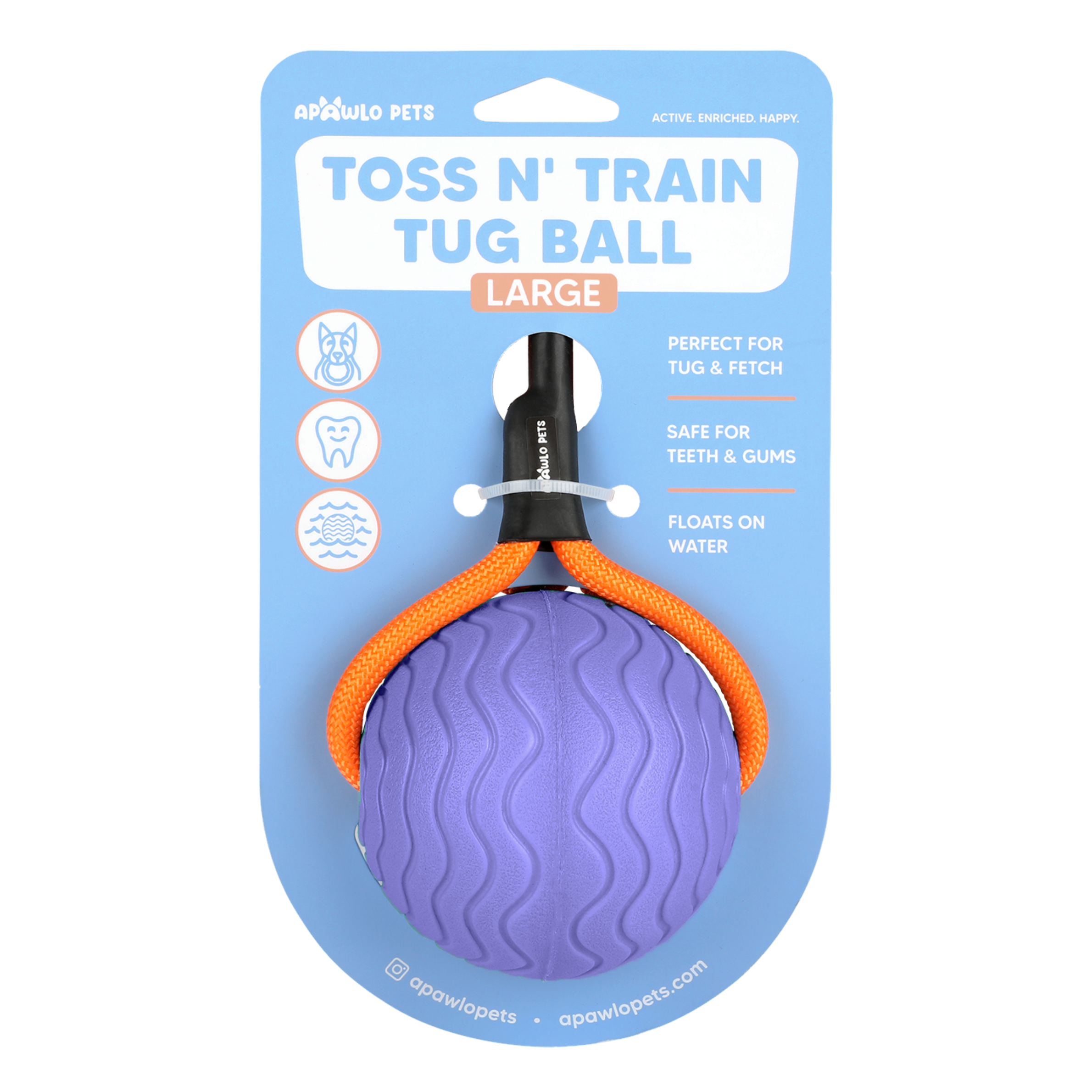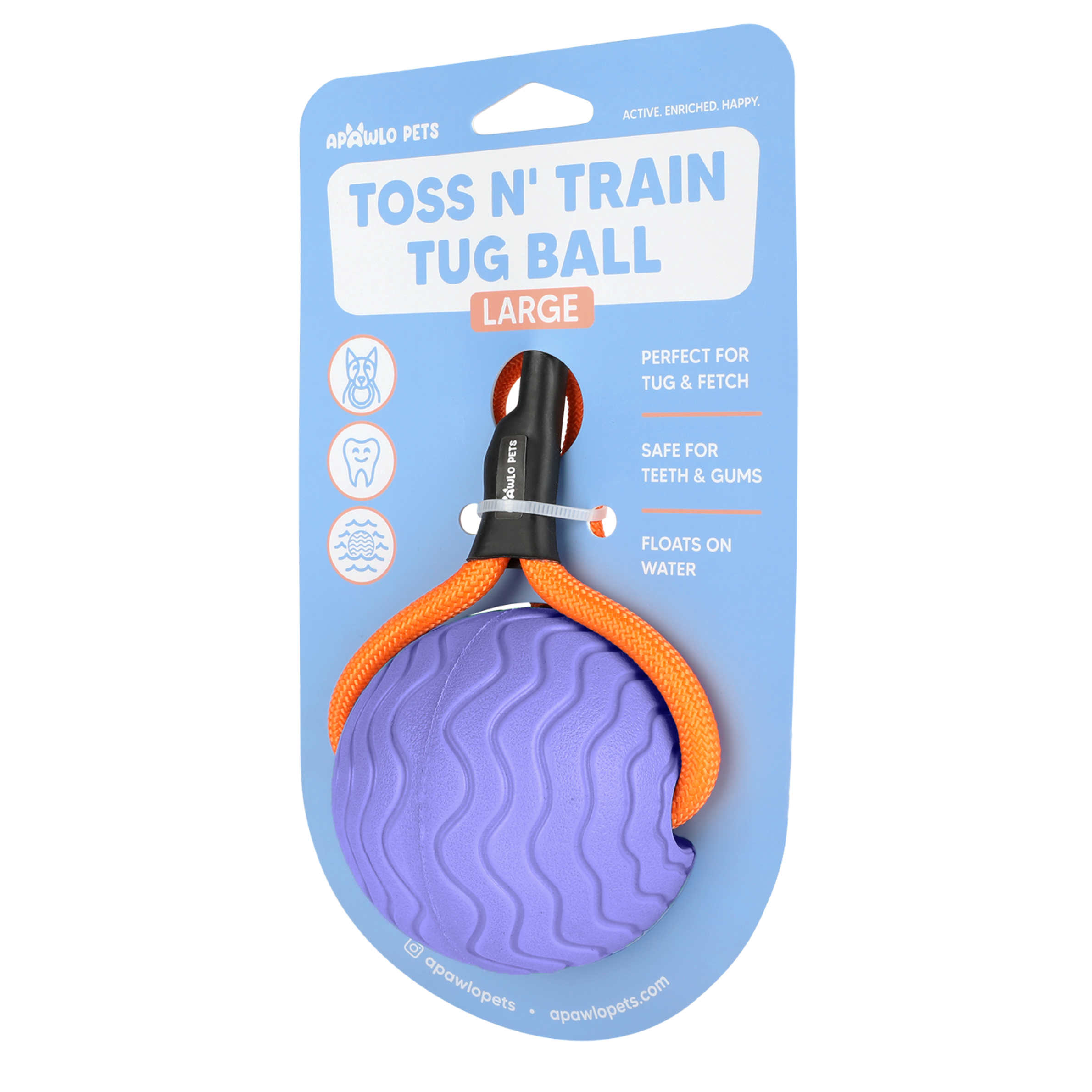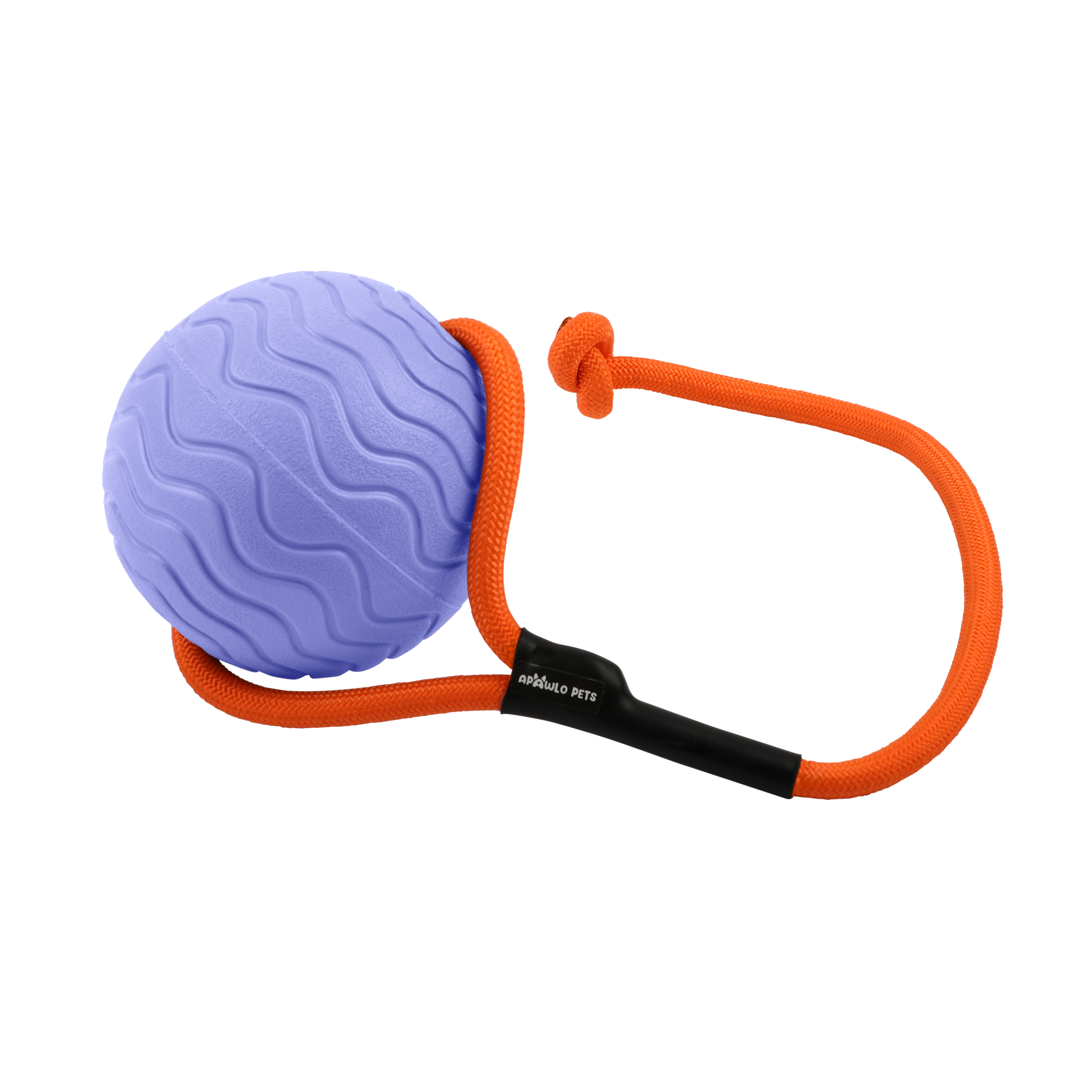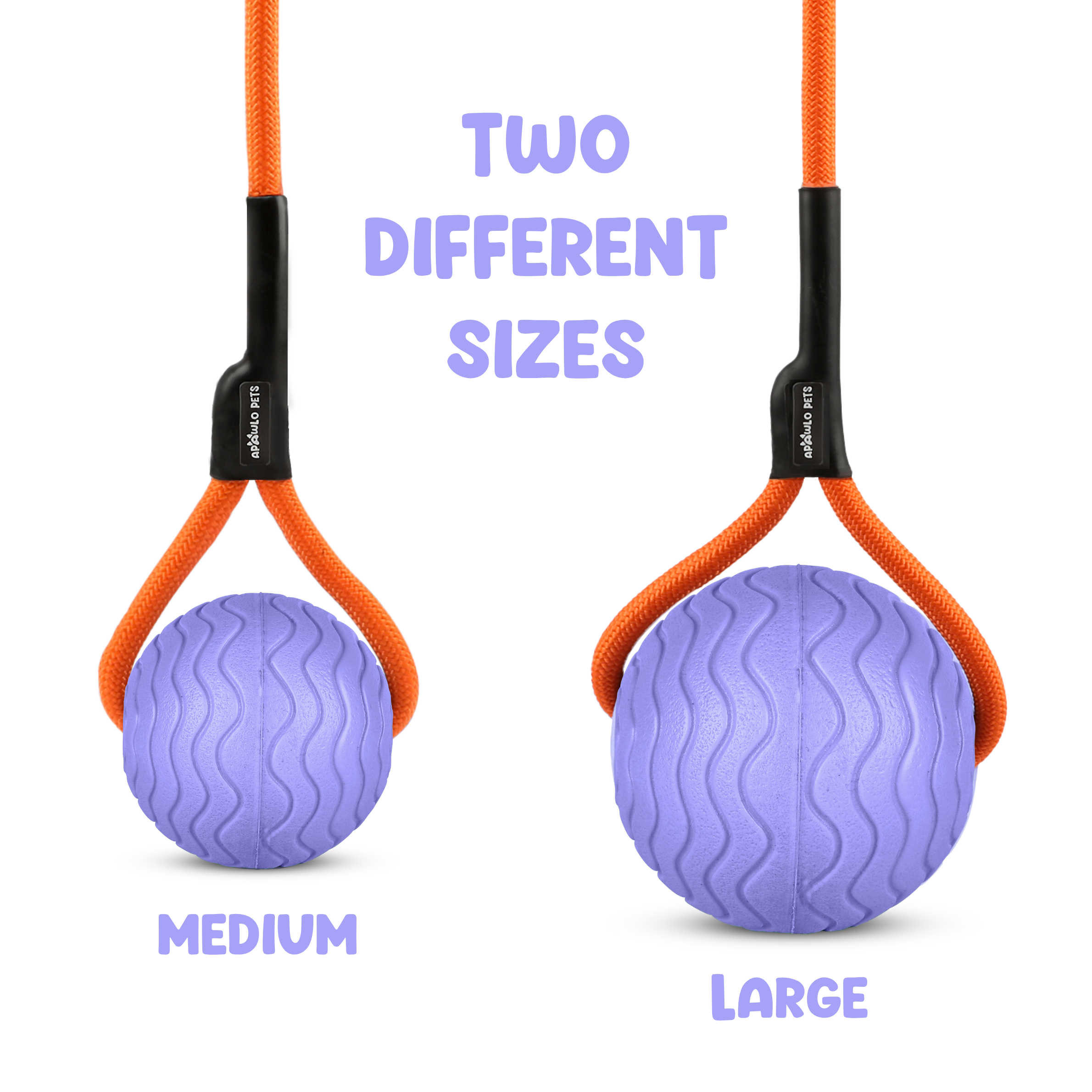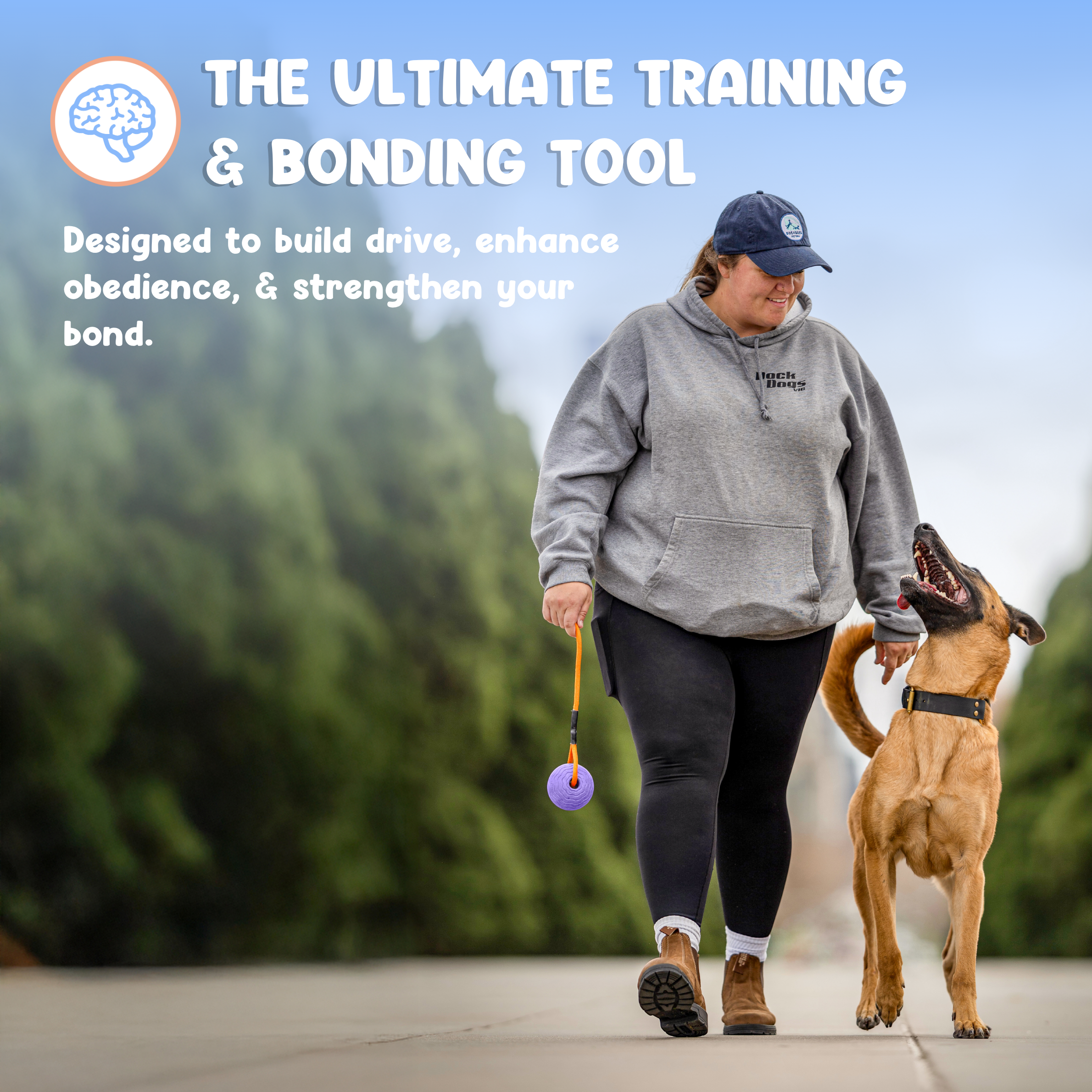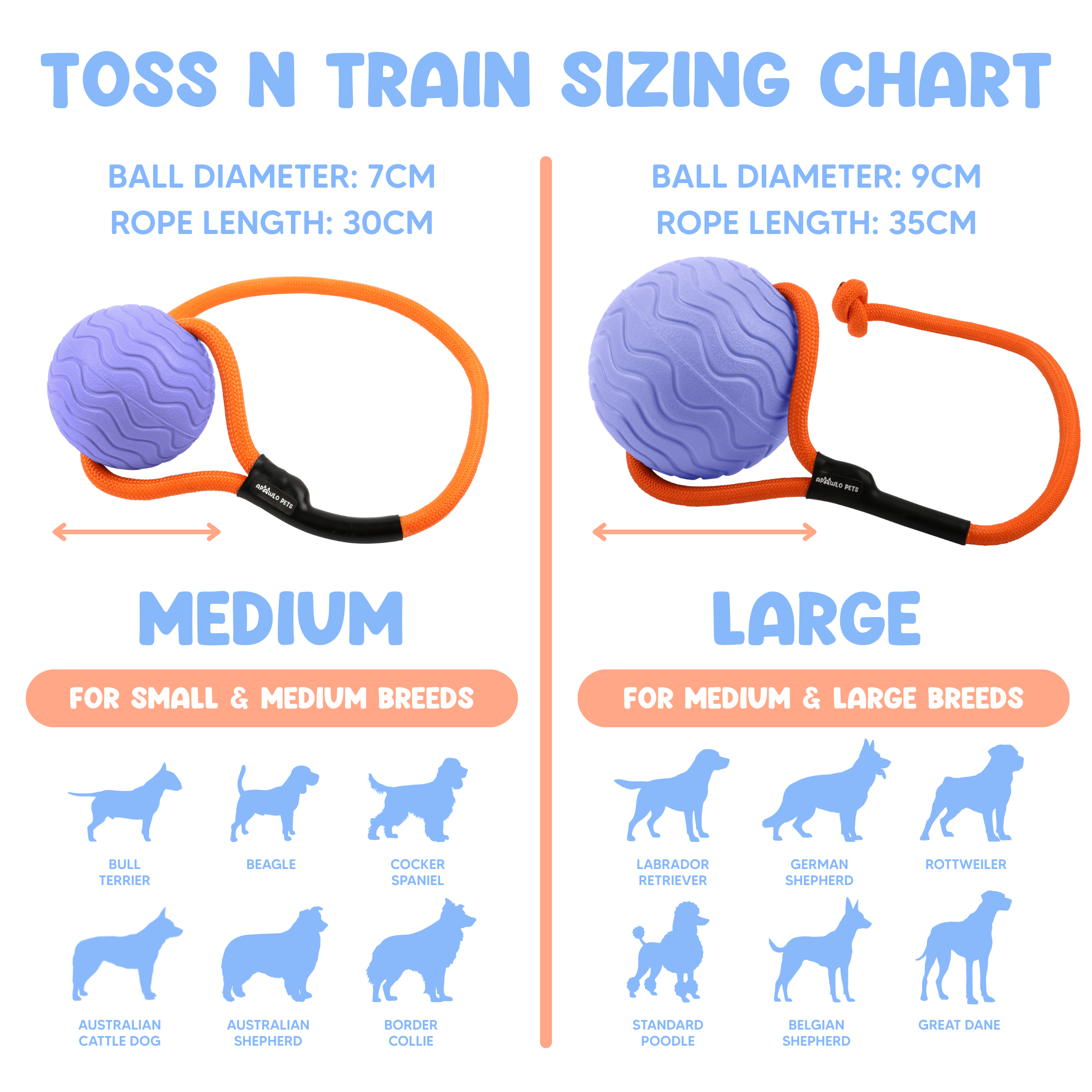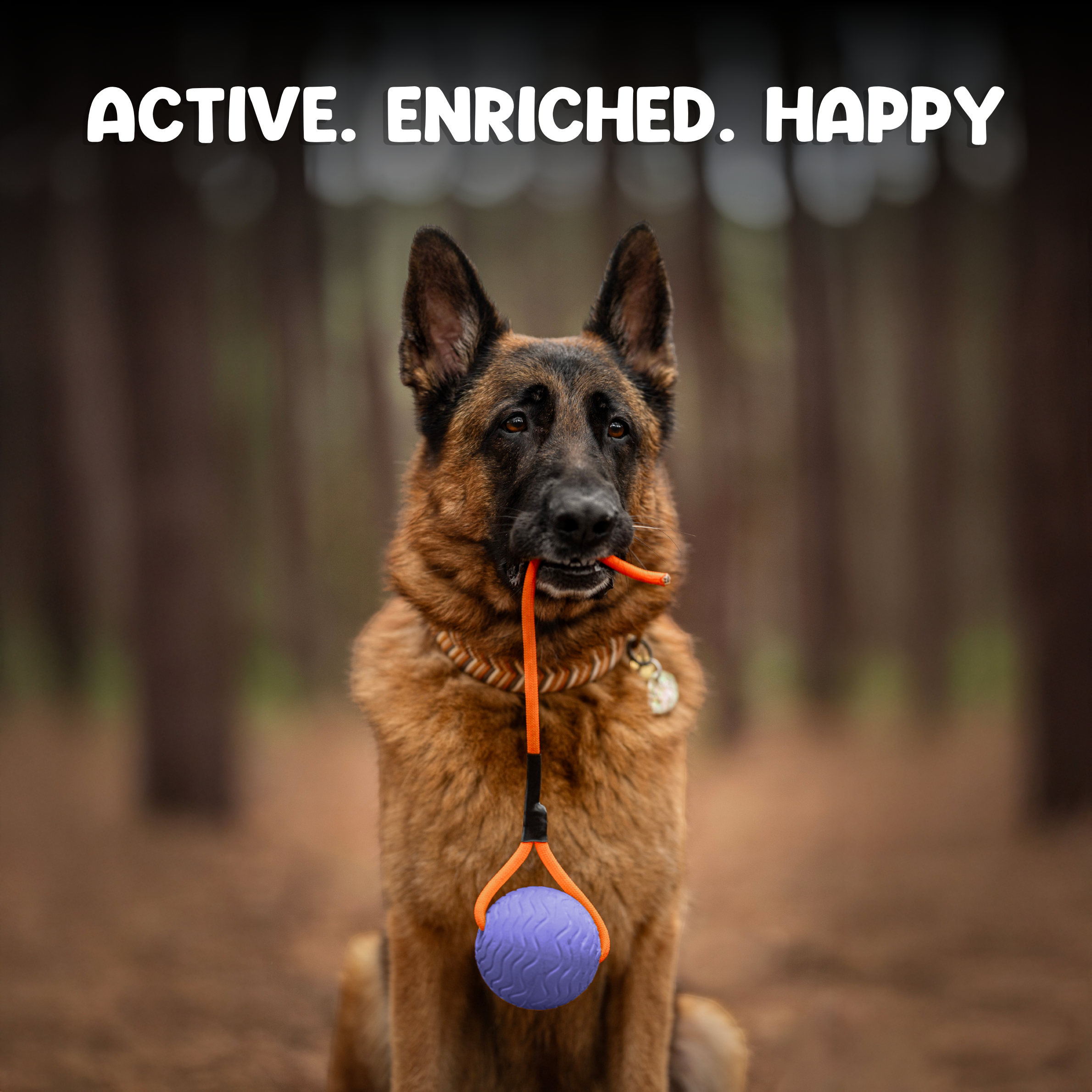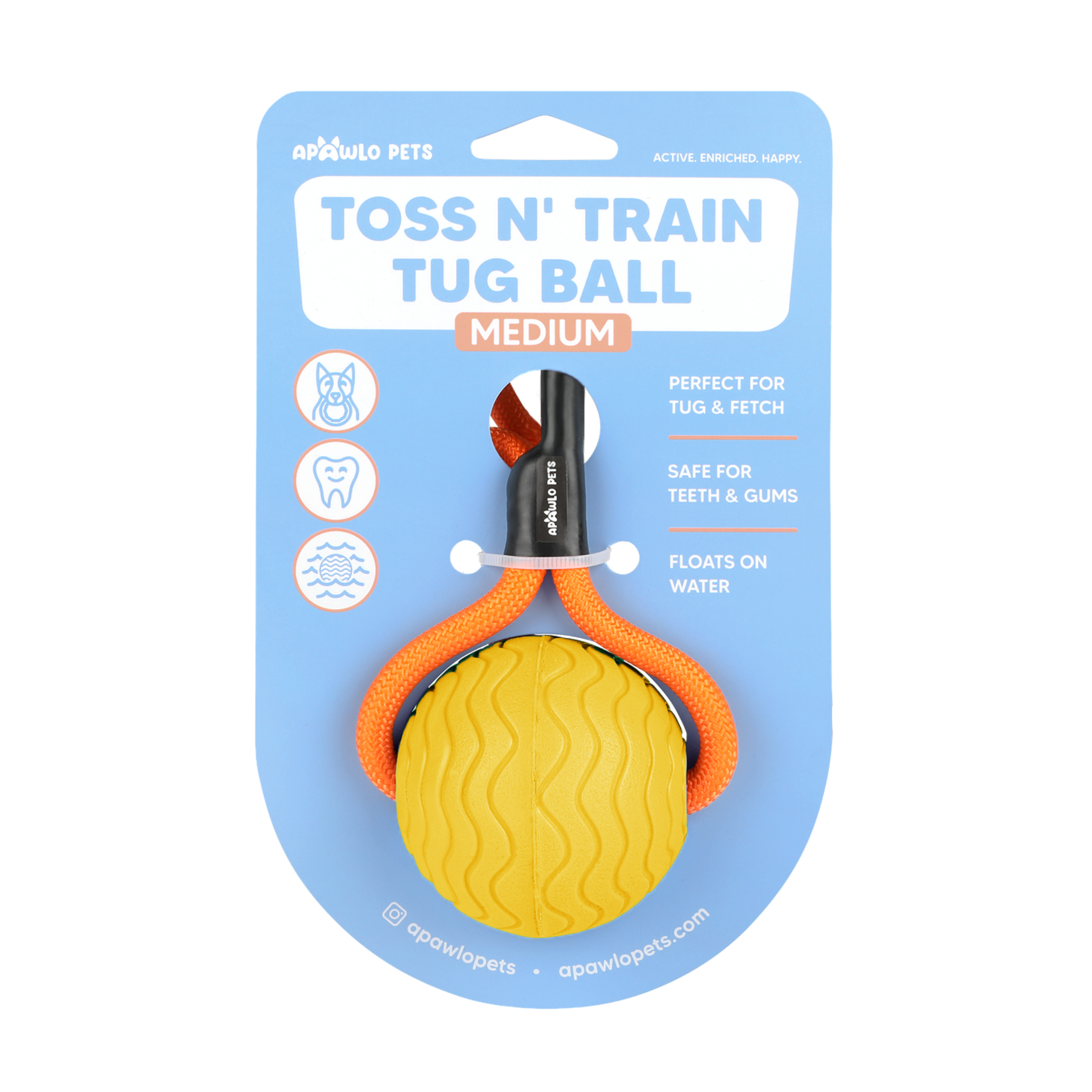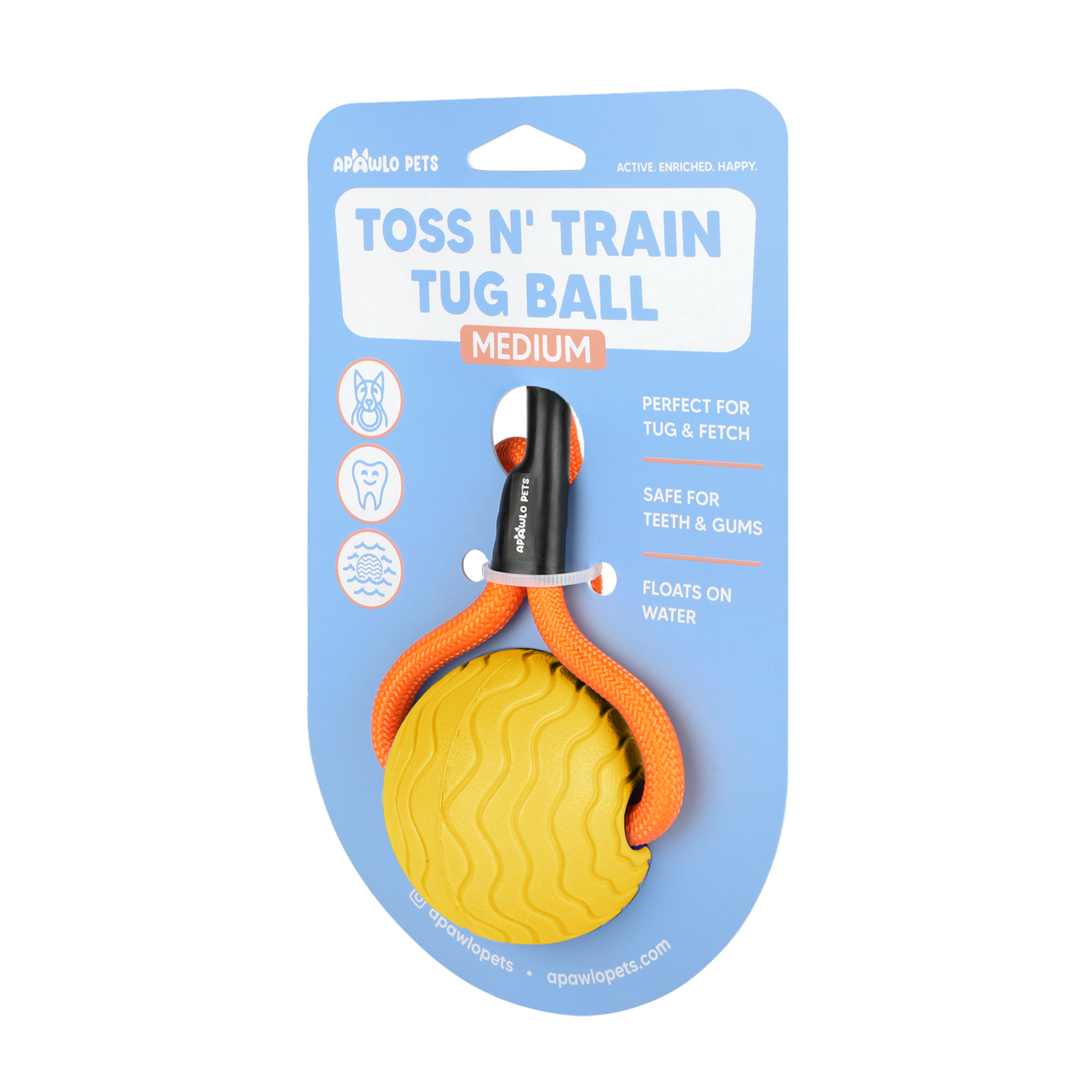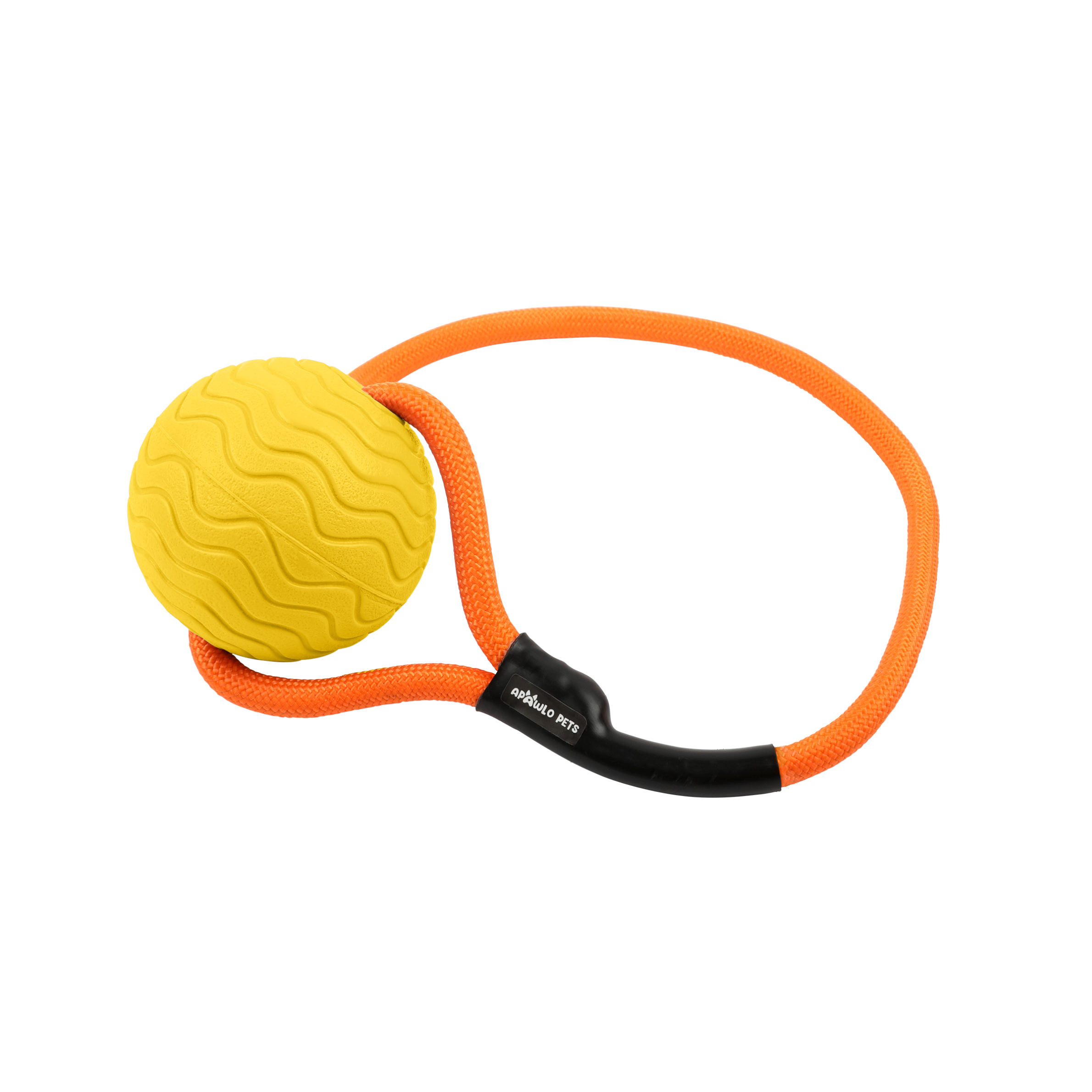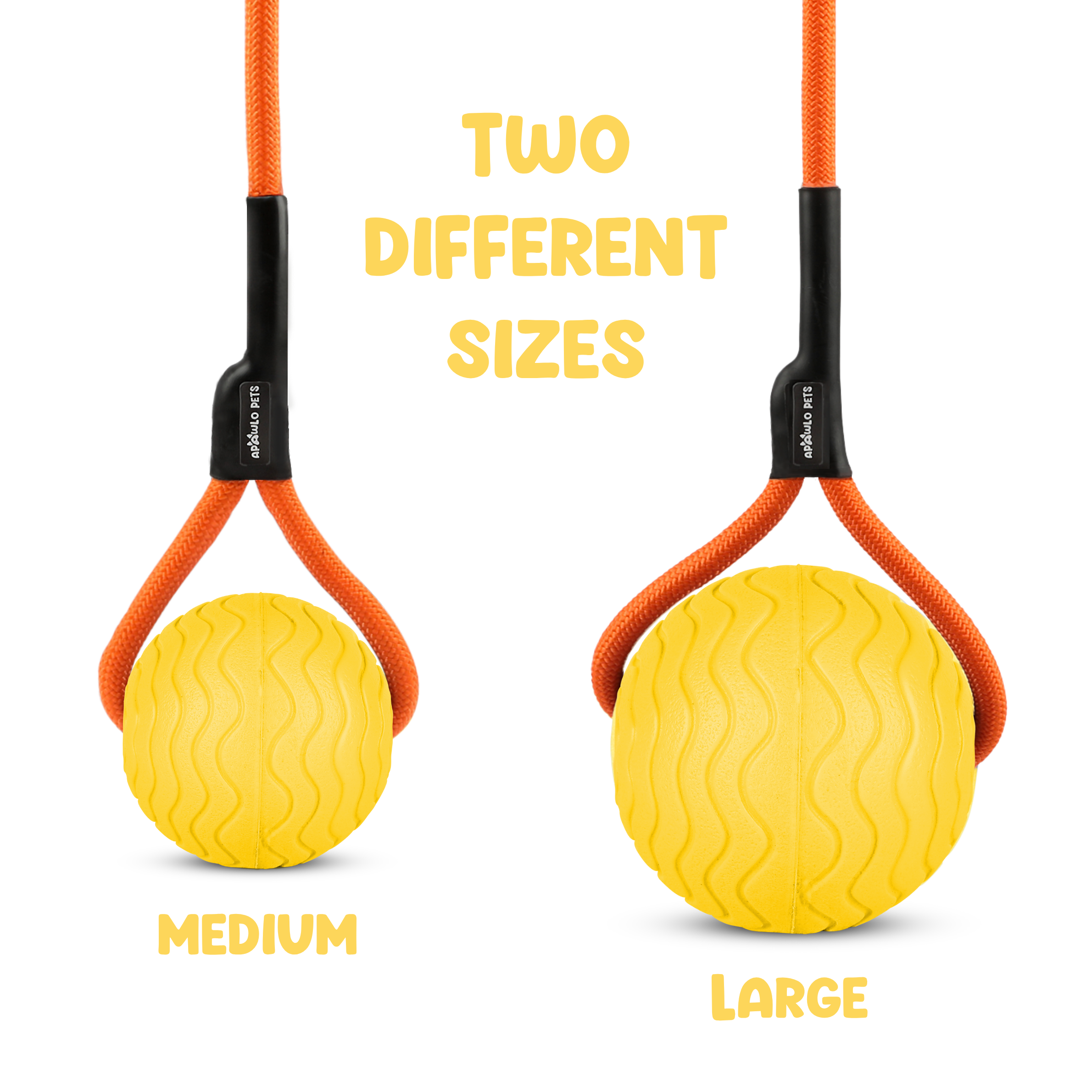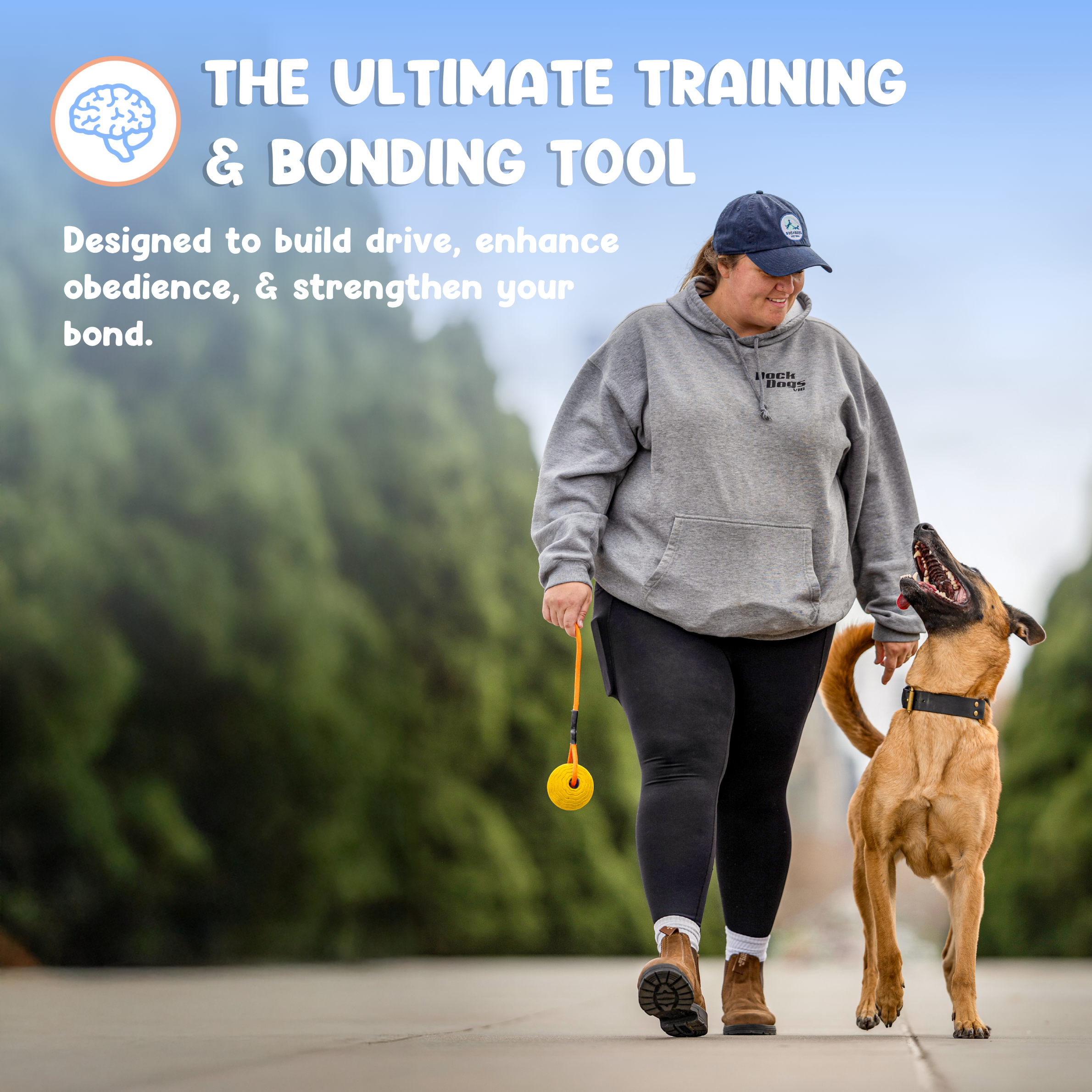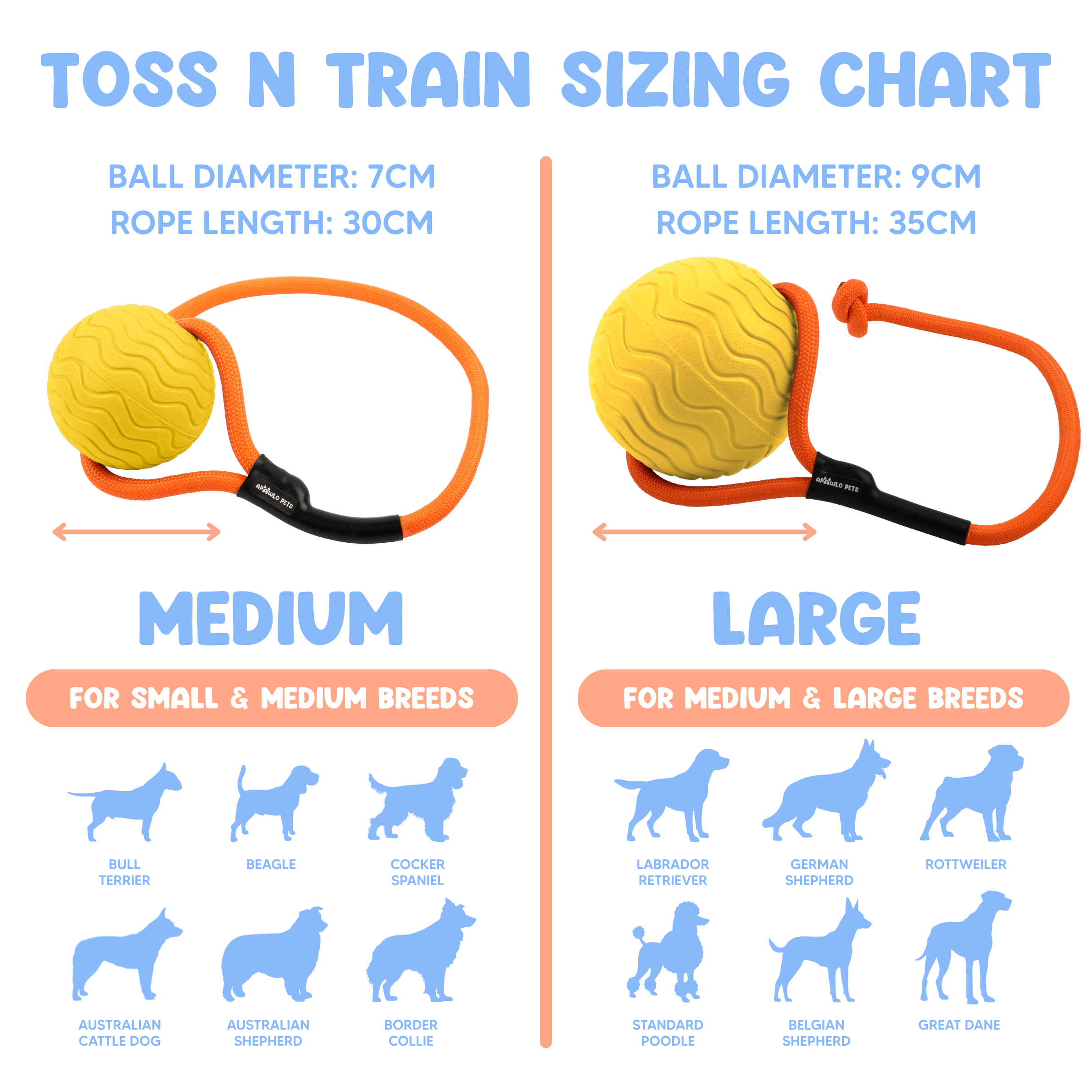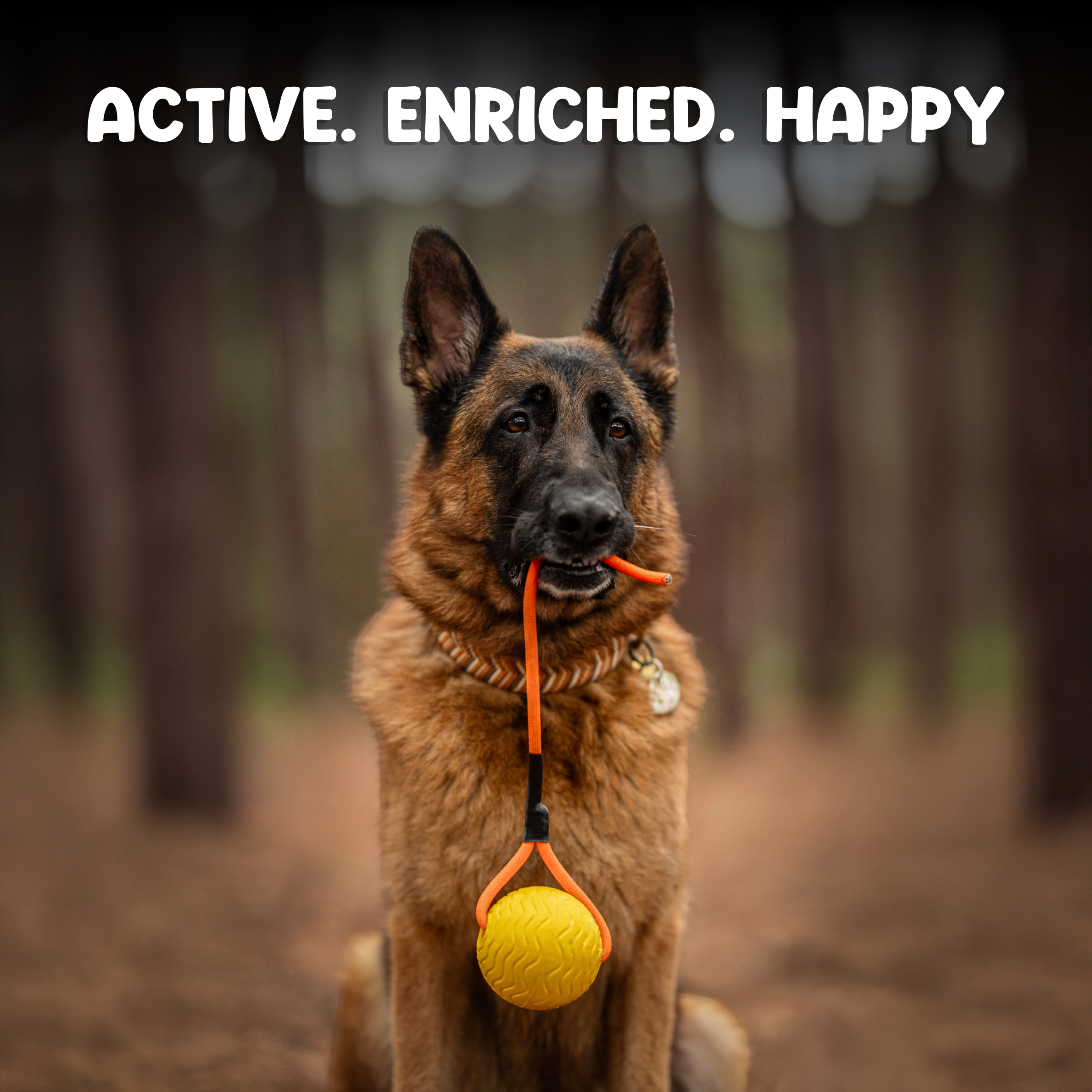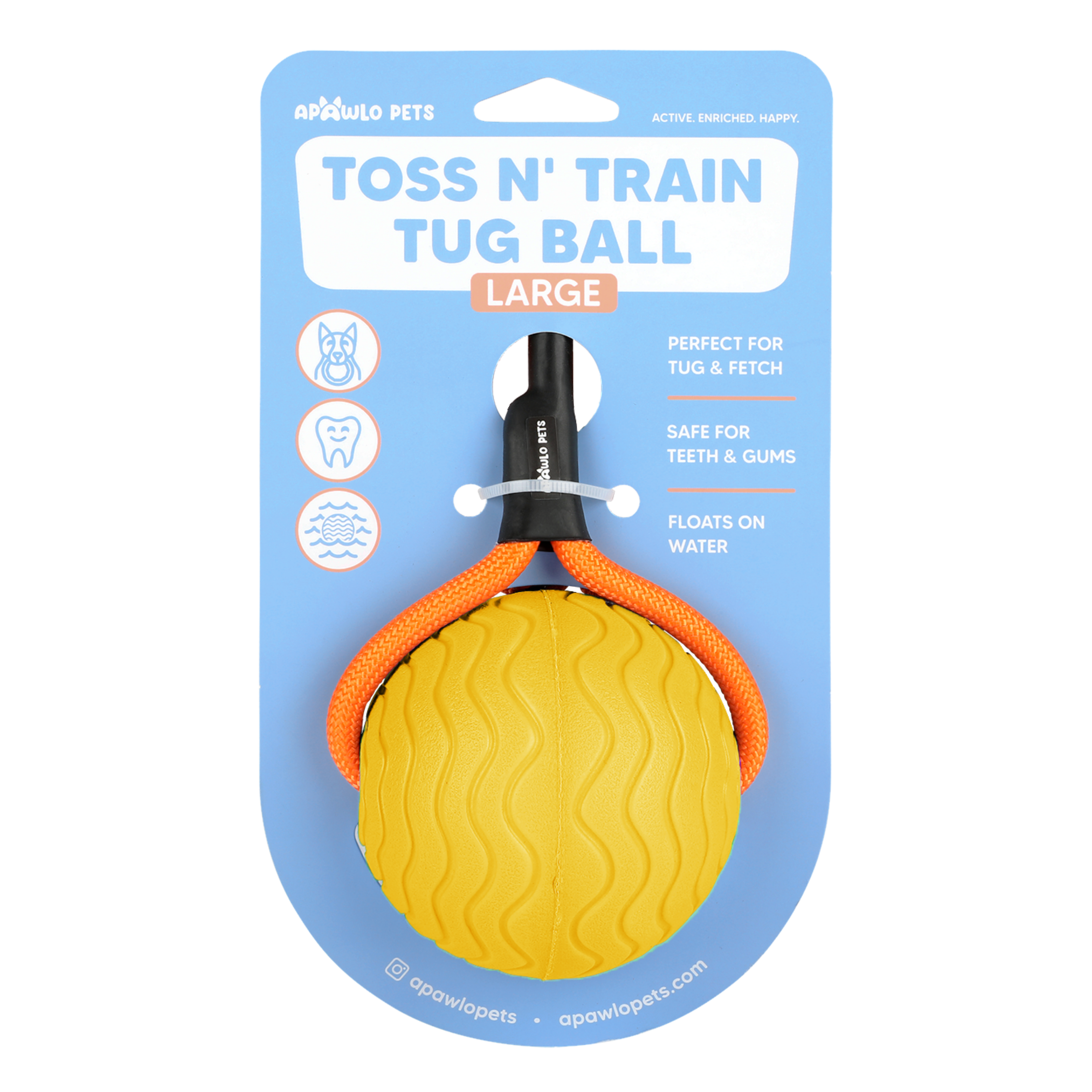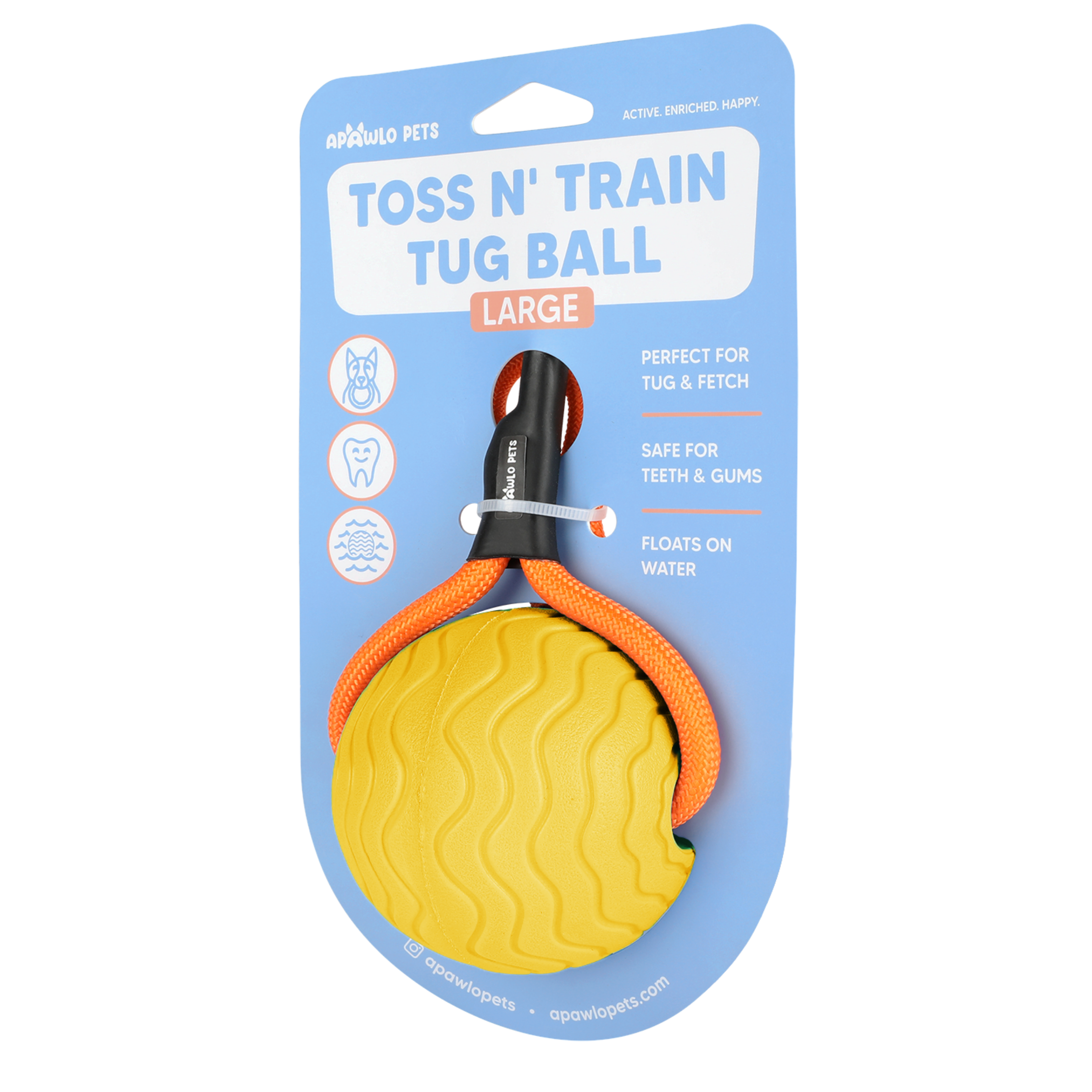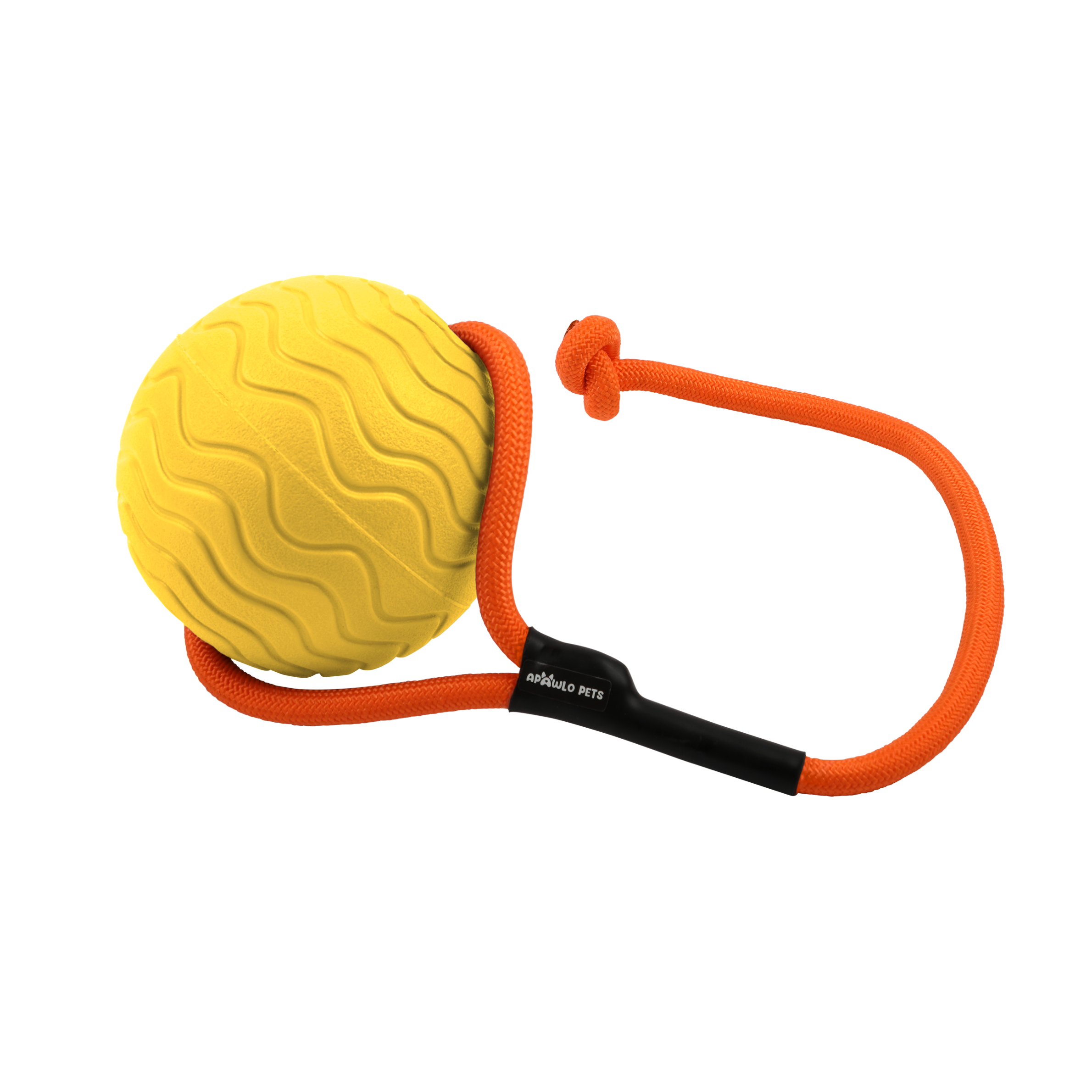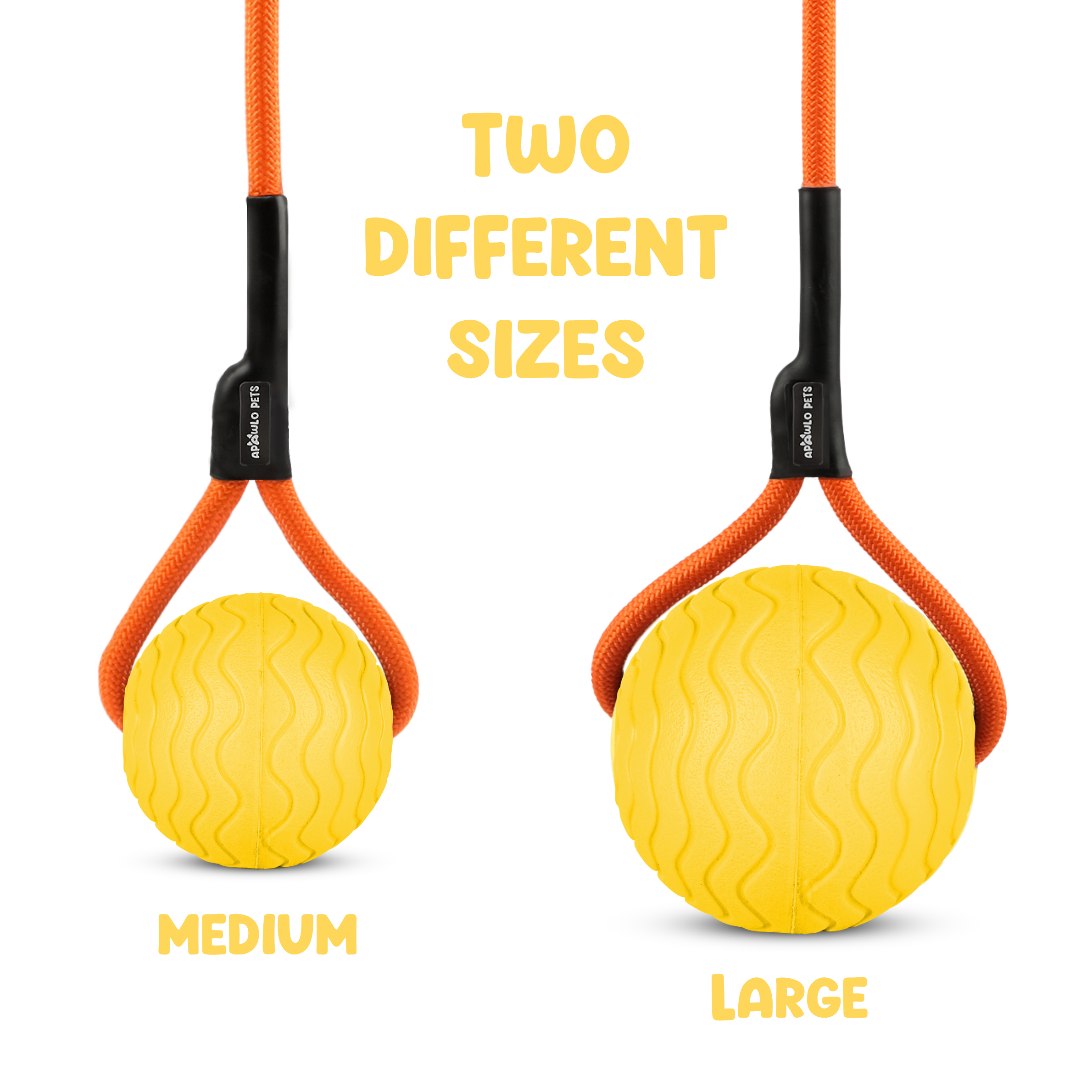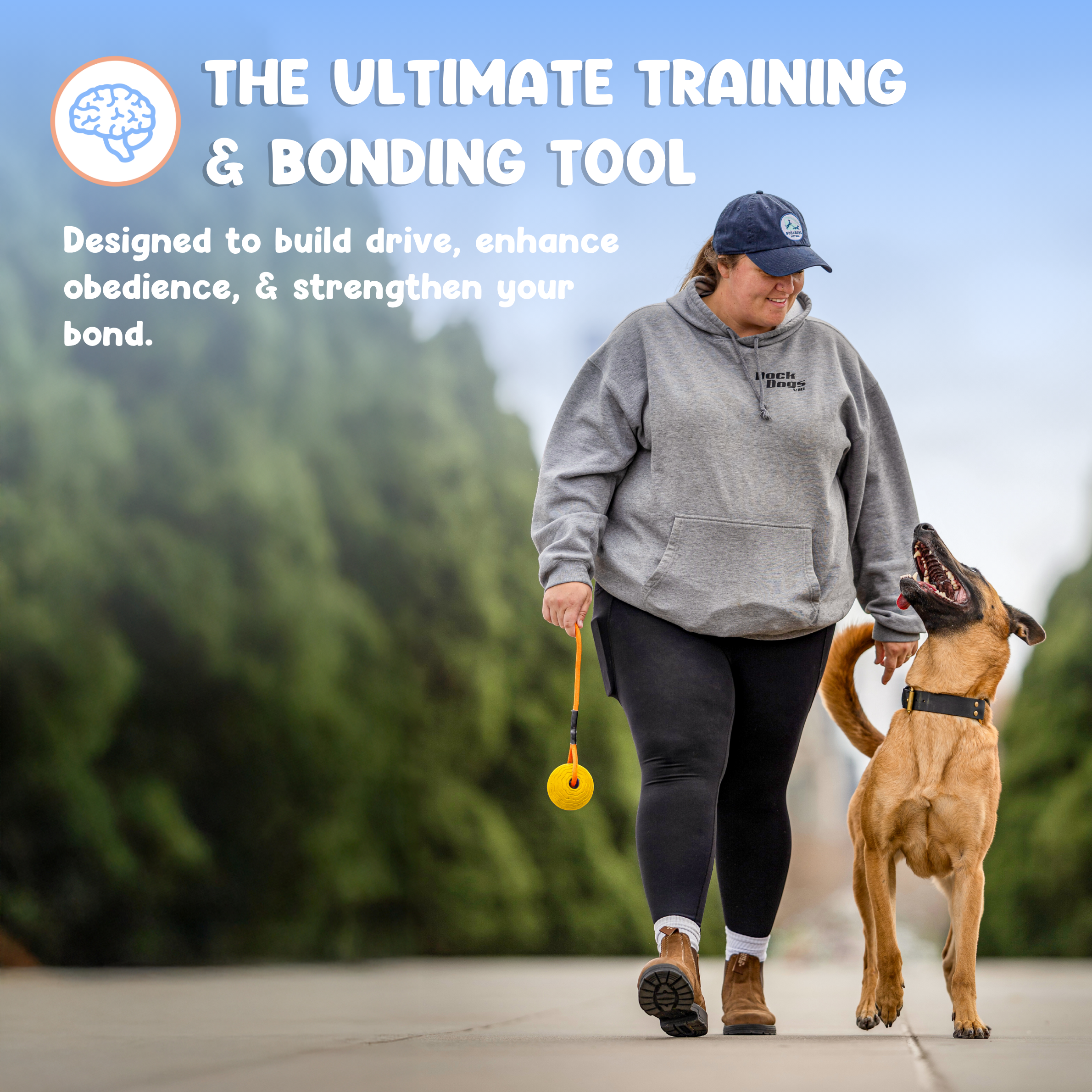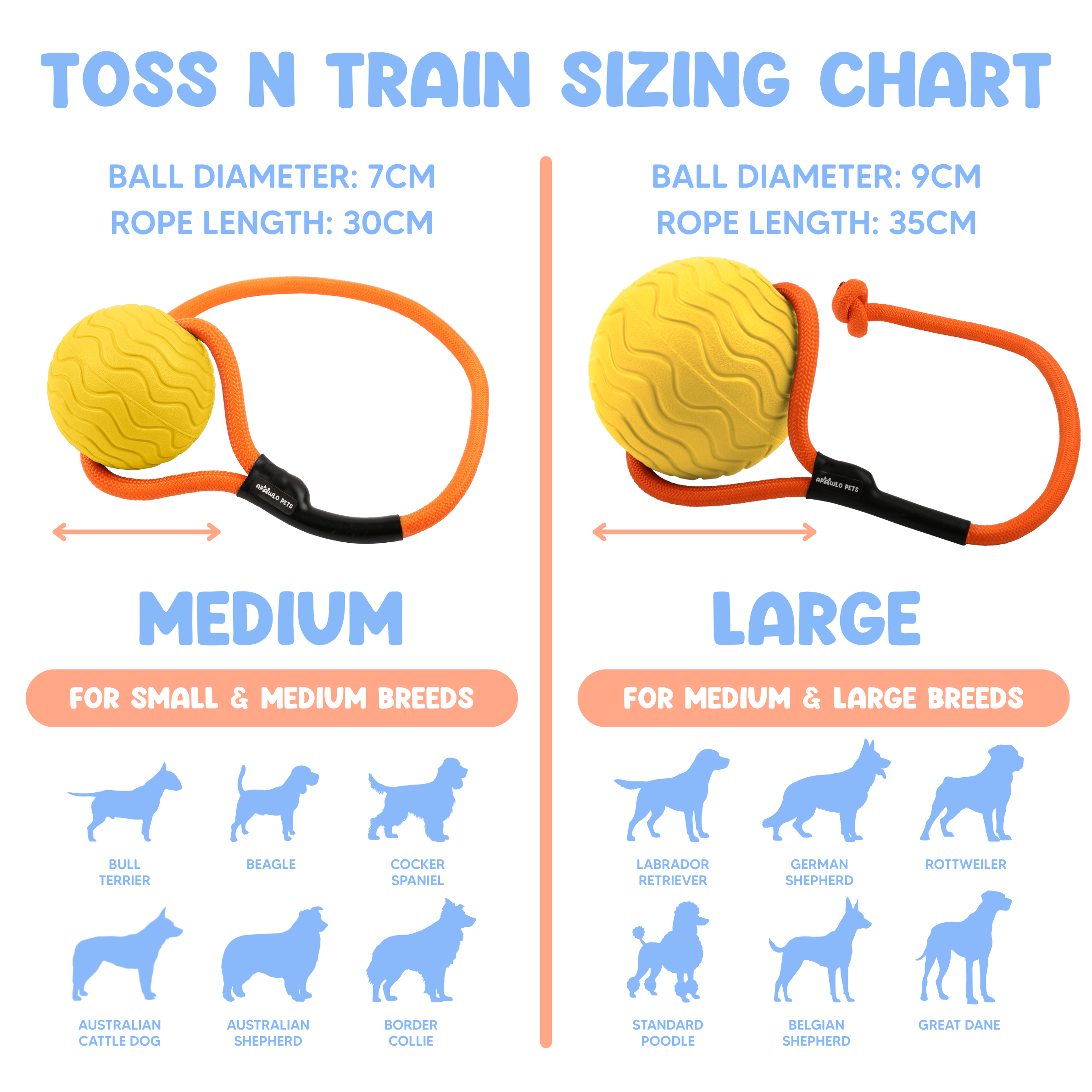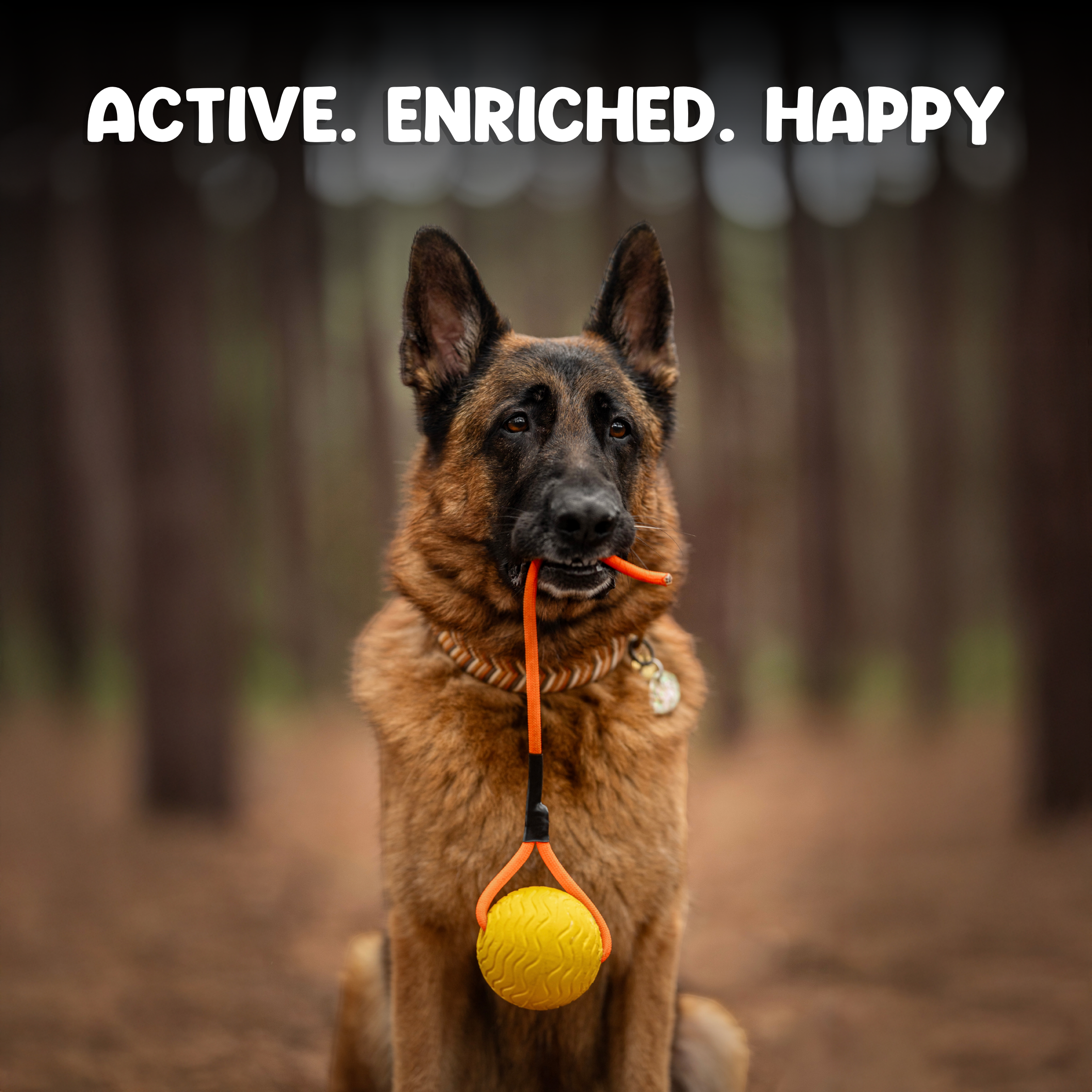The Fulfilment Hierarchy: How Enrichment Shapes Behaviour & Wellbeing
Fulfilment is a word we throw around a lot in the dog world, but what does it actually mean? For me, it’s about looking beyond exercise or enrichment in isolation and asking: what kind of lifestyle does this dog truly need to feel satisfied, balanced, and content?
Fulfilment in Behaviour Change
The growing conversation around fulfilment online has been one of the most positive shifts I’ve seen in the dog world in recent years. Thanks largely to the accessibility of online education and social platforms, owners everywhere are being exposed to new ideas about enrichment, mental stimulation, and lifestyle design. Fulfilment has become a common term, and with that, more people are beginning to ask better questions about what their dogs truly need.
Importantly, fulfilment is now being recognised as part of behaviour change programs—particularly for issues like reactivity. Instead of relying solely on desensitisation and counterconditioning, trainers and owners are beginning to integrate fulfilment into the broader training plan.
This is a huge step forward. But too often, the focus jumps straight to breed specific outlets, without first stepping back to address the species-level foundations that every dog needs in order to thrive.

Where Many Owners Go Wrong
Canine behaviour isn’t driven by a single unmet instinct—it’s the product of their entire lifestyle.
This is where many people get tripped up. They think, “If my collie just had regular access to sheep, their problems would disappear,” or “If my gundog got out hunting more often, they’d finally be fulfilled.”
Yes, those outlets can be fantastic. But they shouldn’t be the first focus.
When I talk to owners struggling with reactivity, anxiety, or other behavioural issues—especially in herding breeds—they’ve often been told that their dog “just needs to be on a farm” or given more breed-specific work.
Reactivity is rarely about one missing piece. Genetics, socialisation, health, past experiences, and environment all play a role. But in so many conversations I’ve had with owners, one of the first cracks in the foundation seems to be species-level fulfilment—not a lack of a herding outlet. Too much time confined indoors, limited freedom of movement, street walks on short leashes where they’re forced to ignore scents, and no real opportunities to forage, shred, or dig.
Once we shift the focus back to getting those foundations right, we start to see measurable improvements in their behaviour and wellbeing.
The Fulfilment Hierarchy: A Framework for Your Dog’s Needs
Over time, I’ve developed a framework I call the Fulfilment Hierarchy. It breaks a dog’s needs into three layers: Species, Breed, and Individual. By working from the bottom up, we can give our dogs outlets that actually make sense for who they are.

1. Species: The Universal Needs
At the base of the hierarchy are things all dogs benefit from. These are the essentials—woven into their biology—that support mental health, well-being, and balance.
There are several different ways people break down the pillars of species fulfilment for canines, but this is the framework I find most useful and practical in day-to-day life.
The 5 Pillars of Species Fulfillment are:
-
Physical (movement & freedom)
Dogs aren’t designed to spend most of their lives confined. Research in animal welfare shows that restricted movement and lack of free exploration leads to stress, frustration, and behavioural issues (Beerda et al., 1999). Daily opportunities to run, roam, and move freely—even if just in safe open spaces—are essential for physical and emotional health. -
Cognitive (learning & problem-solving)
Dogs thrive when their brains are engaged. Cognitive challenges like training, a shaping session, puzzle feeders, a scent discrimination task, or problem-solving games activate dopamine pathways that reinforce learning and provide satisfaction (Berns, 2017). Mental stimulation is just as important as physical exercise for long-term well-being. -
Sensory (how they process the world)
Dogs experience life through their senses far more intensely than we do. Sniffing, scanning, listening, and feeling textures are all ways they take in information and regulate their emotions. A sniff walk, exposure to new environments, or even simply being allowed to stand and smell the breeze are powerful ways to meet this need. Sensory fulfilment helps dogs make sense of their world and lowers stress. -
Social (social contact with people or dogs)
As a social species, dogs need regular, meaningful interaction with humans or dogs to feel secure and content. This can come through play, training, affection, and simply being included in daily life with their people. -
Instinctual (Species) (species-typical survival behaviours)
Beyond sensing the world, dogs are wired with natural drives rooted in survival: foraging, shredding, chewing, licking, digging, and carrying objects. Nose work, scatter feeding, digging pits, or giving safe shreddables all provide healthy outlets.
When these universal needs are met daily, we’re providing the foundation for a healthy, stable dog.

2. Breed: Instinctual Needs
The middle layer is about what a dog was bred for. Every breed carries a heritage—a job they were selected to do over generations. Even if they’ll never “work” in that role, those instincts are still in their DNA.
Examples include:
-
Collies and Kelpies – herding, controlling movement, using eye and balance
-
Scent Hounds – tracking, following trails
-
Retrievers – retrieving games, swimming, carrying objects
-
Terriers – tug, chase, digging, “crittering”
Honouring these instincts doesn’t always have to mean recreating the exact job. It might mean finding safe, surrogate activities that tap into their heritage. For instance, a retriever doesn’t need to bring back ducks to feel satisfied—frisbee, ball games, or structured retrieve work can light them up in a similar way.
3. Individual: The Dog in Front of You
The final layer is unique to each dog. Just like people, dogs have quirks, preferences, and motivators that make them individuals. Two dogs from the same litter can have completely different individual fulfilment needs.
For most dogs, you don’t need to spend too much time searching for these quirks. If you’ve met their species-level needs, you’ve probably solved a large portion of their well-being puzzle already. Add in breed-appropriate outlets, and you’re setting them up for a rich, balanced life.
The individual layer is more like the icing on the cake—those little extra touches that bring joy and strengthen your bond. These quirks aren’t essential foundations, but they can make a meaningful difference.
Examples include:
-
A border collie who has no interest in stock but adores frisbee
-
A cocker spaniel who enjoys bite work
-
A labrador who loves paddleboarding
-
A heeler who finds endless joy in collecting socks.
-
A whippet who adores watching TV
Recognising the individual dog in front of us is how we can design the most fulfilling life for our dogs. It’s about noticing those odd, random things that light them up and making space for them.
Often, these quirks still tap into elements of the species-level needs—like sensory exploration, movement, or problem-solving—but they show up in ways we’d never expect to see in dogs living freely without human influence.

Why This Framework Matters in the Real World
Dogs as Captive Animals
We need to remember—our dogs are captive animals. They may live in our homes, but their world is still restricted. In zoos, animal welfare science has shown us that enrichment and opportunities to perform species-typical behaviours are essential for their behavioural well-being The same applies to dogs. When we limit those outlets, frustration and stress build, often showing up as reactivity.
The Farm Dog Fantasy
We often hear people say, “That dog just needs to be working on a farm” when they see a dog chasing cars or stalking others.
The assumption is that herding work itself will “fix” the behaviour. But the truth is, plenty of collies, kelpies, and heelers live on farms as companions without ever touching livestock—and they don’t spiral into chaos.
What makes the difference isn’t having a consistent herding outlet—it’s the lifestyle a farm naturally creates: freedom of movement, constant variety, and opportunities to explore and problem-solve. In other words, the species-level needs are being met.
What people think of as a “farm dog solution” is really just the species-level fulfilment that farm life tends to provide by default. And here’s the key insight: you don’t need a farm to offer that. With creativity—off-leash or long-line walks, decompression hikes, digging pits, scatter feeding, or access to varied environments—you can recreate much of that richness without acres of land.

Fulfilment as a Foundation for Behaviour Change
In order to facilitate effective behaviour modification, true fulfilment forms the foundation. We build from the ground up—meeting species needs first.
The Complexity of Reactivity
When we only focus on the breed layer to help solve behavioural issues—like giving a herding dog herding activities in the hopes it will “fix” reactivity—we risk missing the bigger picture.
The truth is, oversimplified messaging that presents breed fulfilment as the solution can be incredibly harmful—especially when it comes to reactivity.
Having been through it myself, and documenting that journey openly on my Instagram, I know just how all-consuming it can be. Reactivity eats at your time, your energy, your wallet, and your confidence. It’s stressful, exhausting, and it often makes you feel like you’re failing.
This is exactly why I feel so strongly about bringing awareness to this topic. Reactivity isn’t a single problem with a single solution—it’s usually the result of multiple factors working together. Some of the most common contributors include:
-
Genetic disposition toward sensitivity, excitability, or anxiety
-
Missing critical-period socialisation in puppyhood
-
Health issues that lower tolerance and increase irritability (from poor diet and lack of sleep, to injuries or chronic pain)
-
Fear or trauma from negative past experiences
-
Frustration from leashes, or confinement
-
Unmet species needs (lack of movement, freedom, sniffing, chewing, social connection)
-
Over-arousal from too much unstructured stimulation
-
Lack of decompression opportunities to rest, regulate, and process stress
-
Lack of exposure to triggers, increasing novelty of said triggers
-
And yes, sometimes breed-specific instincts with no outlet
These factors rarely exist in isolation. More often than not, they intersect—genetics amplifying fear, pain lowering thresholds, lack of decompression compounding stress. That’s why addressing reactivity is never about fixing just one thing. It usually requires identifying and addressing several components at once within a well-thought out training plan.
Reactivity is complex, layered, and deeply individual. It demands a nuanced approach—one that looks at the dog’s whole life, not just a single outlet or behaviour.
Please, be cautious and kind to yourself when you see oversimplified messaging online—especially when it’s coming from someone with something to sell. Quick fixes might sound appealing in the moment, but they rarely reflect the reality of living and working with a reactive dog.

The Bottom Line
The Fulfilment Hierarchy reminds us that dogs are complex, layered beings. They’re not just “a breed” or “a pet”—they’re individuals shaped by their species, their genetic history, and their own quirks.
True fulfilment happens when we build from the ground up:
-
Species needs first — the universal foundations that all dogs require to be balanced and content.
-
Breed needs second — honouring the instincts that were bred into them over generations.
-
Individual needs last — those quirky, personal touches that make your dog unique.
When these three layers come together, we stop chasing “quick fixes” and start creating a lifestyle that truly honours our dogs. A fulfilled dog isn’t just easier to live with—they’re happier, healthier, and more connected to us.
So the next time you’re wondering what your dog really needs, don’t just look at their breed description or the latest Instagram trend. Start at the bottom, work your way up, and let your dog show you where they find joy.


